

The Green Transition

Donald Trump’s brain drain could be Europe’s gain Wopke Hoekstra, European Commissioner for Climate, Net Zero and Clean Growth on Emissions
Sustainable Mobility: What moves young adults?
Focus on the LIFE programme: Environmental, Transport and Climate action projects
Disseminating the latest research from around Europe and Horizon 2020


Editor’s Note Editor’s Note
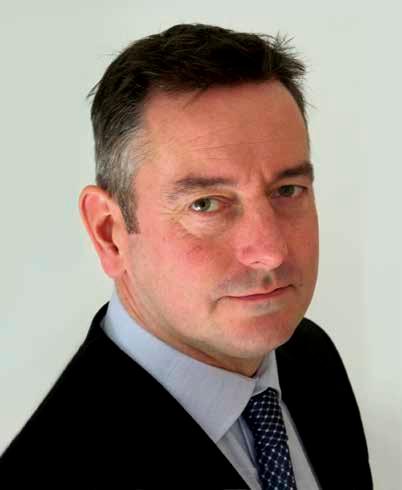
As a seasoned editor and journalist, Richard Forsyth has been reporting on numerous aspects of European scientific research for over 10 years.
He has written for many titles including ERCIM’s publication, CSP Today, Sustainable Development magazine, eStrategies magazine and remains a prevalent contributor to the UK business press. He also works in Public Relations for businesses to help them communicate their services effectively to industry and consumers.

Europe’s inspiring sustainability initiatives, like the European Green Deal, and the EU LIFE Programme, as well as regional climate adaptation strategies, are about more than environmental protection alone. They must be seen as investments that will pay off in time for our security and our economies and for the long-term resilience of our European societies.
As the harsher climate impacts intensify, the more we need to do to offset, reverse, and protect against them. While research reveals truths and leads to brilliant new solutions, sometimes the answer is not new ideas; it’s putting into practice ideas that we already know work, but at scale, such as insulating homes and nurturing natural areas so that biodiversity has a chance to flourish.
By acting against climate threats, Europe strengthens its resilience against political fallout from the problems that climate change creates, such as challenges to food and land security, energy and infrastructure. A way to look at it is that preparing for climate impact is a form of self-defence.
Climate change demands investment in research and innovation and also it needs direct sustainability-focused action, like conservation and retrofitting homes, being conscious of energy efficiency, and the wide range of ideas that matter when we all decide to adopt them.
The sheer volume of initiatives in play is a huge achievement. They have to be, because the aims are big. The European Green Deal intends to make the EU the first climateneutral continent by 2050, focusing on funding initiatives in research and innovation, energy, climate, agriculture, and other related areas. Its shorter-term aim is to ensure 55% less net greenhouse gas emissions and 3 billion additional trees by 2030. Similarly, the EU LIFE Programme is a powerhouse for change with 6,000 initiatives, covering biodiversity protection, circular economy, climate mitigation and adaptation, clean energy transition and more. You can find some of the work from the EU LIFE Programme in this publication.
EU Research is proud to represent and report on these incredible and ingenious initiatives, which not only serve Europe’s interests but also the collective future for us all.
Hope you enjoy the issue.

Editor


River restoration work in Naarmankaira, Priodiversity LIFE project, article on page 18, Photographer Antero Mölläri.
Contents

EU Research takes a look at the latest news in scientific research, highlighting new discoveries, major breakthroughs and new areas of investigation 10 DigiCanTrain
Kadri Kööp, Clara Madrid Alejos, Jenna Poraharju and Orlaith Hernon tell us about the work of the DigiCanTrain project, an initiative which aims to help healthcare professionals develop their digital skills 12
SOCMED
Professor Dora Vargha, Dr Alila Brossard-Antonielli, Dr Luis Aue and Dr Nils Graber are investigating the socialist world’s role in global health history and highlighting its contribution to medical progress 14
The LIFE MarshMeadows project team are restoring wetlands in Latvia and Lithuania, aiming to boost biodiversity by encouraging the return of different bird and amphibian species, as Laura Zvingule explains 16
The LIFE PeatCarbon project is focused on restoring peatlands across Finland and Latvia, helping mitigate the impact of climate change, as Dr. Mara Pakalne and her colleagues explain
19 Priodiversity LIFE
Biodiversity loss is a major concern in Finland, with many natural habitats and species under threat. Viliina Evokari and the Priodiversity LIFE project team are working to reverse the decline of biodiversity
22 Life2Taiga
The Life2Taiga project team plan to use prescribed burns to create biodiversity and suitable habitats for pyrophilic species in Taiga forests across Sweden and Finland, as Julia Carlsson and Per Folkesson explain
25 LIFE URBASO
Dr Nahia Gartzia-Bengoetxea and the LIFE URBASO project team are developing a forest-based solution to naturally reduce the need for water to be treated, so limiting the formation of harmful by-products
28 LIFE RedBosques_Clima
The team behind the LIFE RedBosques_Clima project are developing a new management model, aiming to enhance the ability of forests to adapt to climate change, as Dr José Atauri explains
30
Diversification
of forests with silver birch to safeguard resilience and multifunctional roles of forests
Michelle Cleary and her colleagues are investigating whether planting silver birch could enhance the resilience of forests and protect the future of sustainable forest production in Sweden
34 LIFE medCLIFFS
Invasive plant species can pose a significant threat to indigenous plants, and they must be managed effectively, an issue central to Dr Sònia Garcia’s work in the LIFE medCLIFFS project
36 Beyond Sustainability
Plant-based diets are growing increasingly popular. We spoke to Dr Iben Lykke Petersen and Dr Patrícia Duque- Estrada about their research into the extent to which plant-based foods should be processed
38 GrowLIFE
Food systems account for over one-third of global anthropogenic greenhouse gas emissions. The GrowLIFE project aims to help encourage a shift towards a more sustainable model, as Dr. Leonor Rodrigues explains
41 LIFE FRESHMAN
The LIFE FRESHMAN project team has developed a technique to protect coastal groundwater resources from salinization, while also increasing the volume of freshwater available, as project leader Dr. Gertjan Zwolsman explains
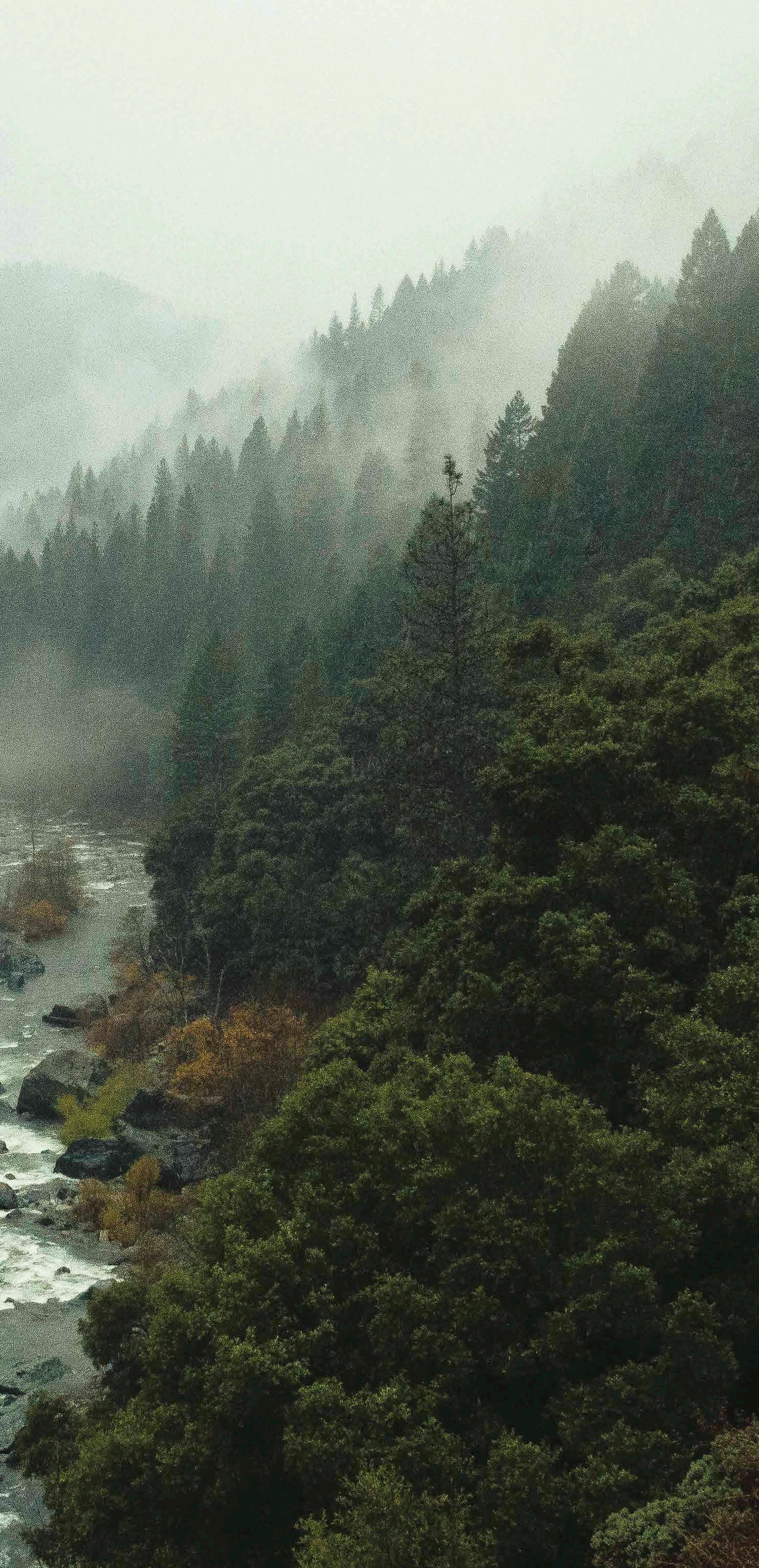
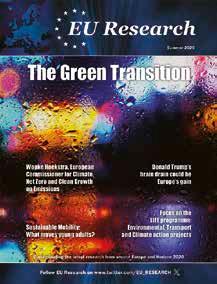
44 H 2 0Lock
Large volumes of water are lost through evaporation from irrigation ponds every year. José Miguel Gimeno and the H 2 OLock project team are developing a new solution to cover these ponds and reduce losses
47 LIFE ABAA
The team behind the LIFE ABAA project are working with farmers in Brittany to reduce ammonia emissions and improve air quality, as Meryll le Quilleuc , Léna Oddos and Nicolas Moreau explain
50 LIFE WASTE2BUILD
We spoke to Jérémie Bernard about the Life Waste2Build project, an initiative which focuses on developing a new system to improve resource efficiency and encourage the shift towards a circular economy
51 HiggsSelfCoupling
Researchers in the HiggsSelfCoupling ERC project are analysing data from the Large Hadron Collider and developing tools to look for evidence of di-Higgs production, as Professor Çi ğdem Işsever explains
54 ECOGAL
We talk to Patrick Hennebelle , Ralf Klessen , Sergio Molinari , and Leonardo Testi , the team behind the ERC-backed ECOGAL project are developing the first ever predictive model of the Galactic ecosystem, aiming to link different structures in the Galaxy together through an integrated approach.
57 Sustainable Mobility
Young adults often lead busy lives, and place a high value on the ability to get around a city quickly, yet transport systems must also meet sustainability standards. We take a look at the habits, attitudes and outlook of young adults toward mobility in 15 global cities.
58 BSR HyAirport
The BSR HyAirport project is paving the way for hydrogen-powered flights and ground operations. Julian Klaaßen explains how airports are preparing for this clean energy transition and why collaboration is key
60 LIFE NIMBUS
Dr. Alessandro Solimeno tells us how turning wastewater into biomethane for city buses not only slashes carbon emissions but also showcases a practical model for greener, more efficient urban transport
62 HOMERENO-LEAP
The EU-backed LEAP project aims to ease the renovation process and help homeowners in the North and West of Ireland access the available retrofitting solutions, as Mel Gavin explains
64 RationAlgic
Professor Stefan Schreieder aims to show that the solutions to polynomial equations in a certain degree and dimension range cannot be parameterized one to one through his work in the ERC-backed RationAlgic project
67 SURE
Ultrasound is a valuable medical imaging tool, yet it is not able to image the smallest blood vessels in the body. The SURE project team are developing a new imaging approach
70 FiRéno+
Current levels of financial support for renovation of buildings in France are insufficient to meet national targets, an issue that the FiRé no+ project seeks to address
EDITORIAL
Managing Editor Richard Forsyth info@euresearcher.com
Deputy Editor Patrick Truss patrick@euresearcher.com
Science Writer Nevena Nikolova nikolovan31@gmail.com
Science Writer Maria Vlastara mvlastara@yahoo.gr
PRODUCTION
Production Manager Jenny O’Neill jenny@euresearcher.com
Production Assistant Tim Smith info@euresearcher.com
Art Director Daniel Hall design@euresearcher.com
Design Manager David Patten design@euresearcher.com
Illustrator Martin Carr mary@twocatsintheyard.co.uk
PUBLISHING
Managing Director Edward Taberner etaberner@euresearcher.com
Scientific Director Dr Peter Taberner info@euresearcher.com
Office Manager Janis Beazley info@euresearcher.com
Finance Manager Adrian Hawthorne info@euresearcher.com
Account Manager Jane Tareen jane@euresearcher.com
EU Research
Blazon Publishing and Media Ltd 131 Lydney Road, Bristol, BS10 5JR, United Kingdom
T: +44 (0)207 193 9820
F: +44 (0)117 9244 022
E: info@euresearcher.com www.euresearcher.com
© Blazon Publishing June 2010 ISSN 2752-4736

RESEARCH NEWS

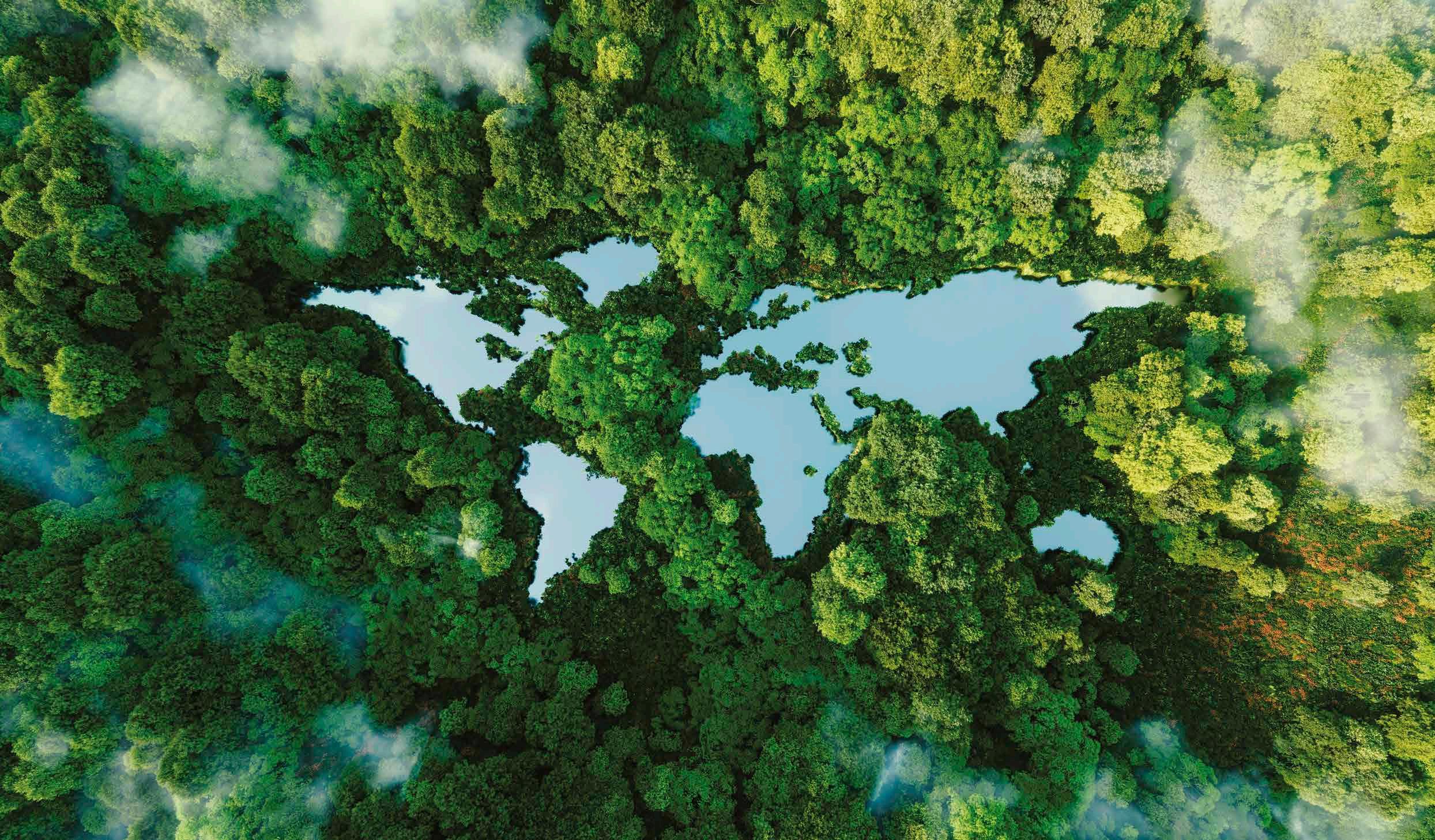
The EU Research team take a look at current events in the scientific news
EU Says it is ‘Well on Track’ to Reach 2030 Climate Targets
European Commissioners share climate optimism despite world being in ‘geopolitical winter’.
The European Union is on track to reach its 2030 climate targets, Brussels said on Wednesday, but uncertainty remains over the bloc’s ambitions to cut greenhouse gas emissions much further by 2040.
The European Commission expects emissions to fall by 54% by 2030 compared to 1990, very close to its 55% target, it said, after analysing member states’ energy and climate plans for the coming years. The EU, however, faces a tough balancing act. It is seeking to boost European industry confronted by fierce competition in the United States and China, ramp up its defences faced with Russia, and tackle climate change that is wreaking havoc at an alarming pace with wildfires and floods.
“The world is in a full geopolitical winter. But despite everything that is going on today, we do feel we have good news, and we’re pleased to say that the EU is well on track to achieve its 2030 target,” climate chief Wopke Hoekstra, said. “It is also fair to say that the ambition on paper needs to be matched by ambition in the real world,” Hoekstra told reporters in Brussels.
The bloc has already cut emissions by 37% compared to 1990, including an 8% drop in 2023, the commission said. Brussels said most member states were now aligned with the target of reaching a share of renewable energy in total consumption of 42.5% by 2030. The commission, however, pointed to disparities between member states on cutting emissions and highlighted the problems of protecting forests and carbon storage. It singled out Belgium, Estonia and Poland, which have not submitted their energy and climate plans, urging them to “do so without delay”. “We have reasons to be proud, although we cannot be satisfied. We’ve come a long way, but we’re not where we need to be yet,” said energy commissioner Dan Jorgensen.
Flexibility
Climate Action Network Europe’s Giulia Nardi said the 2030 targets were achievable “but without effective national policies and credible
financing—both of which are largely lacking in the updated plans— implementation will fall short.” The EU has set a goal of becoming carbon neutral by 2050, and Brussels wants to agree on an interim target for 2040—with the commission seeking to cut emissions by 90% compared to 1990 levels. “A clear target for 2040 and giving predictability, in our view, is important,” Hoekstra said. But negotiations are stalling between EU countries on the 2040 target, and the commission has shied away from formally proposing the 90% cut to member states. For some countries like the Czech Republic and Italy, the target is unrealistic.
The commission is considering greater flexibility in its calculations for 2040, including through the purchase of carbon credits on international markets. The EU’s executive arm insists it will submit a formal proposal before the summer and stresses that the bloc will be ready for the next UN COP30 climate conference, which will be held in November in the Amazonian city of Belem in Brazil.
Cutting red tape
The delays have raised concerns among environmental groups, which have urged Europe to take the lead on fighting climate change—US President Donald Trump having withdrawn from the Paris climate agreement after his return to the White House in January. Environment defenders are also fearful of a wholesale unravelling of the European Green Deal, a landmark package of measures that defined commission chief Ursula von der Leyen’s first term in office but has since come increasingly under fire.
Von der Leyen’s commission has slashed red tape within months of taking office as the political sphere has also changed with right-wing gains across Europe. Brussels has taken the axe to environmental rules affecting businesses—with France and Germany going further in demanding they be scrapped —and also delayed its antideforestation law.
Widening programme under review to assist weaker EU member states
EU research chief expects states to boost budgets and come up with ‘significant reforms’ in research and innovation.
The European Commission is planning a review of its Widening programme for boosting research and innovation capabilities in poorer EU member states, said EU Commissioner Ekaterina Zaharieva.
In the main part of the interview, published last week, Zaharieva addressed demands to increase the budget for FP10 to €220 billion, as well as her plans to simplify EU research funding. However, Zaharieva also touched upon the growing research and innovation gap between richer and poorer EU states. Countries that joined the bloc after 2004 are still struggling to raise national R&D expenditures, attract foreign talent, improve framework conditions for researchers and boost their performance in Horizon Europe. “Part of the widening programme is working,” Zaharieva said. “Now we’re making assessments of the different initiatives there, what works well, what doesn’t.”
0.2% of GDP. The EU average is 2.2% of GDP, which also falls short of a 3% target set more than two decades ago. “Member states will have to do more in terms of reforms and national budget allocations for research and innovation,” said Zaharieva. “Some of the member states need really significant reforms to be able to improve their innovation capacity.”
Zaharieva also hinted that the issue of salaries will return to the Commission’s political agenda during negotiations for FP10. In some of the Widening countries, researchers funded through EU schemes can receive up to 40% less money than in richer EU member states. Meanwhile, MEPs on the European Parliament’s industry and research committee have recommended that Widening countries start implementing national reforms in research and innovation. If they do not, the performance gap between east and west “cannot be closed regardless of efforts made at the EU level.”
Responding to a draft report presented by German conservative MEP Christian Ehler ahead of negotiations on FP10, the MEPs said that the east-west innovation gap is bad for the competitiveness of the EU, and with talent left untapped, economic disparities could grow. The Commission should ensure that upcoming legislation on the European Research Area imposes research and innovation reforms so member states can “eliminate subpar performance.”
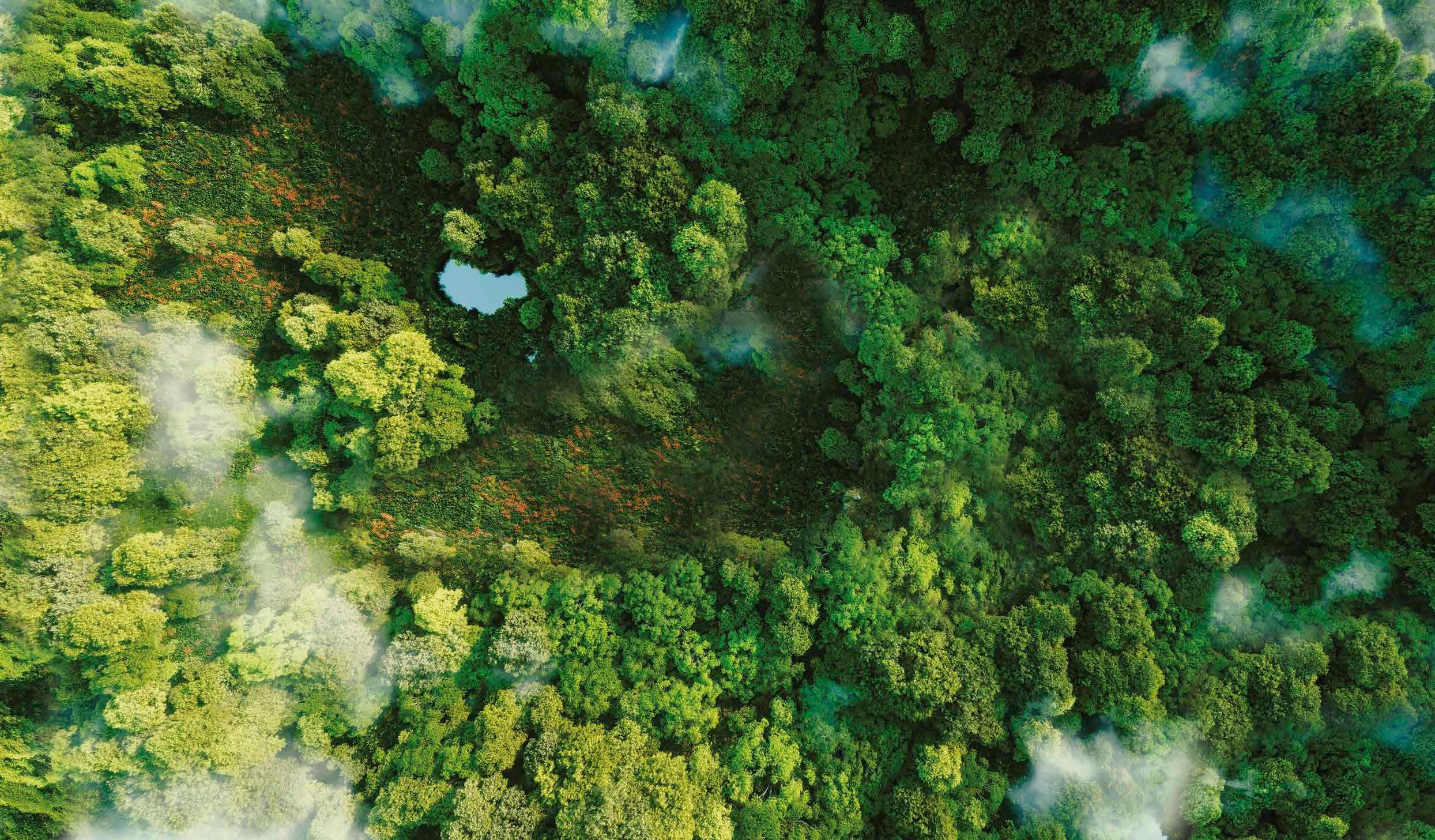
Since it was set up in Horizon 2020 in a bid to close the eastwest divide in research, the Widening programme has helped many researchers, institutions and countries lift their performance in EU research competitions. But the programme has been criticised for being too complex, while experts and stakeholders have called for it to be reformed. “In general, this is a good programme. which was very difficult to negotiate, [and] it has to be preserved,” Zaharieva said. However, she is planning to visit all member states, including the so-called Widening countries addressed by the programme, to get a sense of what works and what doesn’t in its current structure.
Zaharieva also noted that the European Commission will not be able to plug the east-west innovation gap by simply boosting the Widening programme. In many Widening countries, public expenditure on R&D is much lower than the EU average, with some countries reporting less than
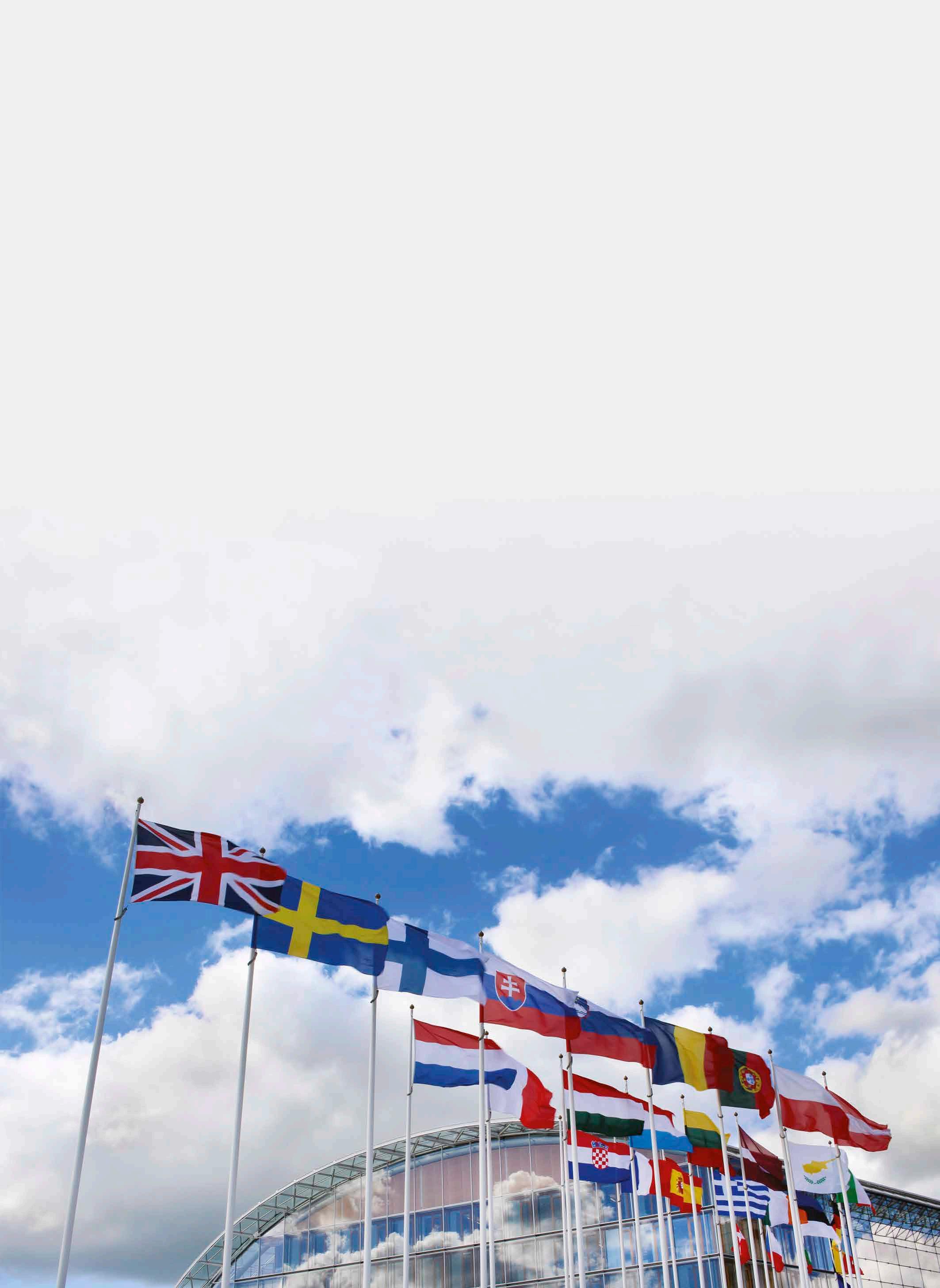
Speaking at an event in Brussels last week, Hungarian MEP and committee member Eszter Lakos said she cannot imagine FP10 without a Widening component. “Politically it’s not feasible, neither in the Parliament nor in the Council,” she said. Lakos said she is setting up a working group in the Parliament to discuss the future of the Widening programme and better prepare for FP10 negotiations.
Human rights vs Research: Should Israel receive Horizon funding?
Israel’s academy pleads with Europe not to cut ties. But critics say sanctions are needed to stop the country starving civilians.
The European Union’s next Framework Programme for Research and Innovation (FP10), set to succeed Horizon Europe, is currently under development and debate. Among the key issues under discussion is the potential inclusion of Israel—a country previously associated with EU programmes, but now facing strong criticism for the military offensive launched on October 7, 2023, along the Gaza Strip.
Raising once again the question of whether Israel should be granted access to EU research programmes (and, notably, their funding) were MEPs Lynn Boylan, Kathleen Funchion, Rima Hassan, and Anthony Smith. They have asked the European Commission to clarify Israel’s right to participate in and benefit from European funds—resources which, under EU treaties, should be allocated only to democratic countries that uphold human rights.
However, it is difficult to expect a clear and consistent response from Ursula von der Leyen’s European Commission. According to Commissioner Ekaterina Zaharieva, Israel’s participation in EU research programmes, which began in 1996, represents “a success story, with mutual benefits in key sectors such as information technology, health, advanced manufacturing, climate change, energy, and biotechnology.”
In an apparent effort not to alienate any party—given the political weight of the country involved—Zaharieva stressed that it is currently too early to determine which countries will be eligible to participate in FP10, as the Commission’s formal proposal has yet to be adopted and discussions among EU colegislators are ongoing.
Still, when it comes to human rights compliance and the eligibility of countries, the EU requires even the smallest beneficiary to uphold the core values enshrined in Article 2 of the Treaty on European Union, including respect for human rights. This obligation should, consequently, be reaffirmed without ambiguity in the context of funding for research and innovation.
Yet, as has been documented on several occasions, Israeli universities—many of which have been awarded Horizon Europe funds—have conducted research for the defence sector, potentially overstepping the limits set by the programme, which clearly stipulates that activities funded under Horizon Europe must serve strictly civilian purposes. Whether this principle will be implemented and maintained in FP10 remains to be seen.



Donald Trump’s brain drain could be Europe’s gain
The US President and convicted felon Donald Trump appears hell-bent on destroying a higher education system that truly did make America great.
European agencies and research institutions are trying to woo US scientists left in limbo with promises of grants and work visas. But the enormous lacuna US President Donald Trump’s drastic cuts to federal funding for academic research have created will not be easy to fill: the White House has so far proposed to cut the National Institutes of Health (NIH) budget by roughly 40%, National Science Foundation’s (NSF) by 55%, NASA by 24% and a whopping 74% cut to the National Oceanic and Atmospheric Administration (NOAA). Several universities have experienced lay offs and hiring freezes, while researchers and institutions have announced revoked grants and the deletion of vital scientific data.
The US’s dramatic cuts to funding, keyword based vetting on research papers and other anti-academic policies has stopped a vast amount of research in its tracks. The landscape is very different now. The US previously dedicated billions of dollars every year to research, which is why it attracted so many bright minds. The science surge began during the World wars, as a wave of largely European scientists – which included the likes of Albert Einstein, Hans Bethe and Edward Teller – fled their countries to work freely, away from political and bureaucratic shackles.
From the second world war onward, the US has recognised the human value and geopolitical soft power of scientific research and steadily began to increase investment in universities and federal agencies. Science and the humanities began to flourish, infrastructure for research increased and attracted the best minds from around the globe. That funding has been the key to US’s success in science and since 1950, 314 Nobel laureates won their awards while working in the US. About a third were foreign born.
ERC offering big bonuses European researchers increasingly chose the US to conduct their research. But the sharp U-turn implemented by the Trump administration may allow Europe to partially recover from decades of brain-drain. Universities and research funders are trying to capitalise on America’s current anti-science stance, and woo researchers stuck in a limbo. The European Research Council (ERC) says it will inflate grants for senior scientists. The Karolinska Institutet, a medical university in

Credit: Joshua Sukoff / Shutterstock.com
Stockholm, has announced a ‘task force’ to admit more talent. The AixMarseille University in France announced the €15 million ‘Safe Space for Science’ initiative to attract researchers from the US. And EU chief Ursula von der Leyen and French President Emannuel Macron launched the €500 million ‘Choose Europe for Science’ programme to make the bloc “a magnet for researchers”.
Ultimately, America’s lost science funding will be near impossible to match. Take the National Institutes of Health (NIH), the biomedical research leviathan with a roughly $47 billion annual budget. In 2022, the NIH spent just under 85 times more on biomedical grants than the European Commission.
Researchers funded by the NIH collaborated with other scientists worldwide and produced thousands of research papers that have in turn led to breakthroughs in medicine and drug discovery. These papers trickle down to other researchers, who build on the data to conduct their own work – and so on. Even if Europe or other leaders in research like Canada or China increase funding and create incentives for researchers to work, the loss of federal funds for scientific research in the US would be a net loss for the world.
Liquid carbon created for the first time, offering breakthrough for nuclear fusion reactors
Scientists working at one of the world’s leading X-ray lasers have used very high pressures and temperatures to elucidate for the first time the liquid structure of one of the most common elements in the universe - carbon.
A team of researchers has successfully measured liquid carbon — a mysterious and extreme state of matter — using cutting-edge lasers and X-ray technology. This seems to mark the first time scientists have directly observed the internal structure of carbon in its liquid form, a state found deep inside planets and relevant to future clean energy technologies like nuclear fusion.
The experiment, led by the University of Rostock and HelmholtzZentrum Dresden-Rossendorf (HZDR), took place at the European XFEL, the world’s largest X-ray laser facility in Germany. Results were recently published in Nature. Carbon only exists in its liquid form under extreme pressure and temperatures above 4,500°C, making it almost impossible to study in laboratories. This is the highest known melting point of any element — and no container could survive those conditions.
Yet understanding liquid carbon is key for:
Modelling planetary interiors (like those of gas giants or carbon-rich exoplanets).
Advancing nuclear fusion research, which could one day provide clean, limitless energy.
Improving our knowledge of material behavior under extreme conditions, which affects everything from energy systems to waste treatment under high pressure.

To get around the containment problem, the team used a high-power laser (DIPOLE 100-X) to compress a tiny piece of solid carbon just enough to briefly turn it into liquid — for only a few nanoseconds (billionths of a second). At that precise moment, they fired an ultrashort X-ray pulse from the European XFEL to capture how atoms were arranged in the liquid. By repeating this many times with different timing, the researchers essentially made a “movie” of carbon melting in real time.
This is seemingly the first experiment to combine laser compression, ultrafast X-ray diffraction, and high-resolution detectors, in a way that can capture matter in extreme states with this level of detail. The structure of liquid carbon resembles that of solid diamond, with each atom bonded to four others — an unusual property for a liquid. It behaves similarly to water in terms of having unique structural properties, like dynamic bonding. The team also pinpointed the melting point of carbon more precisely than ever before, resolving previous discrepancies in theoretical models.
Quite apart from the greater light it sheds on the behaviour of carbon, the breakthrough is said to open a new era in high-pressure science. According to the researchers, the same method could soon be applied to other materials critical for energy, waste processing, or planetary science. As data processing and automation improve, what currently takes hours of lab time could soon be done in seconds, vastly speeding up research. “We now have the toolbox to characterize matter under highly exotic conditions in incredible detail,” said Dr. Ulf Zastrau, lead of the High Energy Density (HED) group at European XFEL.
‘Supergiant’ crustaceans the size of cats are thriving in Earth’s deep oceans, say scientists
The world’s largest amphipod is not as rare as previously thought – instead it is a remarkably widespread deep-sea species thriving across vast and extreme ocean depths, a new study reveals.
A giant crustacean that resembles a large white shrimp may be far more common across the deep sea than thought, with potential habitat extending over much of the ocean floor. “We have called this species rare for so long. We call everything in the deep sea rare,” says Paige Maroni at the University of Western Australia. “But in actual fact these species are probably more connected than we would have ever expected.”
The crustacean, known as Alicella gigantea, has the distinction of being the world’s largest amphipod, growing up to 34 centimetres in length. But this “supergiant”, living on the floor of the deep ocean, hasn’t been easy to find. “Because [the deep sea] is so hard to get to, it’s been under sampled for so long, and we’re finally playing catch up,” says Maroni. She and her colleagues collected 75 records of A. gigantea, stretching back to the first collection of a specimen in 1899. These included finds in the Pacific, Atlantic and Indian oceans. They also used DNA sequences from specimens across all three oceans to reconstruct genetic relationships among different populations.
They found the specimens had been collected from depths ranging from 3890 to 8931 metres. They estimate that about 59 per cent of the sea floor falls within this range. The genetic data also suggested the
specimens, although distributed across this vast area, all represented one genetically similar species. Maroni says this implies the crustaceans could live across far more of the ocean floor than sparse collections would suggest. The 59 per cent figure based only on depth is a maximum habitat extent, but is the best available based on the little we know about these creatures.
gigantea, the world’s largest
may be more common than we had thought.
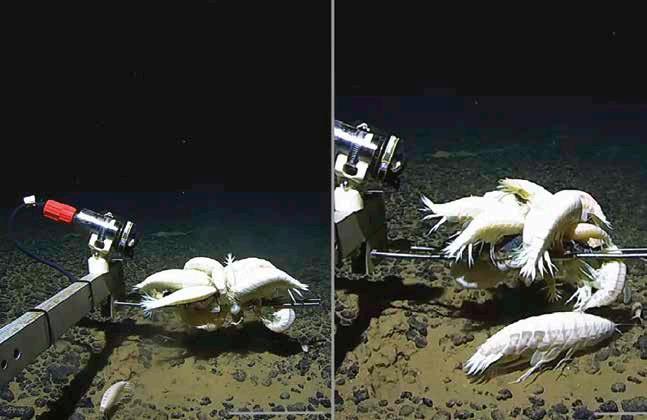
New discovery harnesses mRNA in the search for an HIV cure
Australian researchers have made a breakthrough in HIV research by repurposing the same mRNA delivery system used in COVID-19 vaccines, not to prevent infection, but as a potential strategy to find a cure.
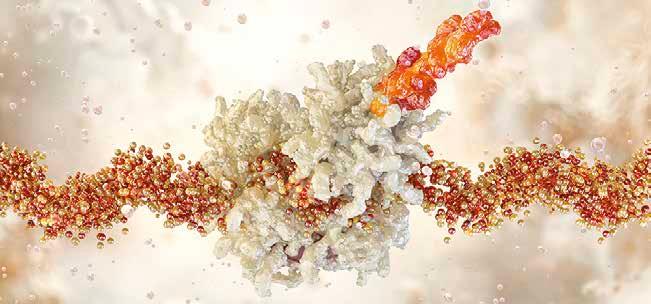
Using mRNA to stop HIV from hiding away in white blood cells could be the key to developing a way to eradicate the infection, rather than simply managing viral levels in the body. The tantalising development has been reported by researchers at the Peter Doherty Institute for Infection and Immunity in Melbourne, Australia, who have used mRNA to force HIV to be mobilised from the reservoir of latent virus integrated into resting CD4-positive T lymphocytes in lab studies.
Viruses that remain in that latent state cannot be targeted using standard antiretroviral therapy (ART) for HIV, so while treatment can suppress it to almost undetectable levels, the dormant viruses can re-emerge if treatment is interrupted. Exposing that reservoir could, in theory at least, render the viruses vulnerable to ART and allow the infection to be eradicated. The researchers have worked out a way

to deliver mRNA sequences that force HIV out of hiding, something that was previously thought impossible because CD4+ T cells lack the cellular mechanism needed to take up the lipid nanoparticles (LNPs) that are usually used to deliver large molecules like RNA.
Dr Paula Cevaal – the lead author on the work published in Nature Communications – said that the team had solved that challenge by designing a new type of LNP – dubbed LNP X – that can be taken by resting CD4+ cells and allow mRNA-based latency-reversing agents (LRAs) to be delivered. While other types of LRAs, including oral HDAC inhibitors, have been tested in trials, none have been able to reduce the size of the HIV reservoir. The mRNAs offer greater potency, switching off the genetic sequences that block viral replication, and don’t seem to cause any toxicity to the host cells.
The initial data with the LNP X approach were so good that the team was unconvinced by the results and repeated the experiments. The approach “could be a new pathway to an HIV cure,” whilst acknowledging there is still a long way to go before human clinical testing is an option. “We have never seen anything close to as good as what we are seeing, in terms of how well we are able to reveal this virus,” Cevaal added. “So from that point of view, we’re very hopeful that we are also able to see this type of response in an animal, and that we could eventually do this in humans.” The work also raises the possibility of using LNP X to target T cell populations associated with other diseases with mRNA-based therapeutics.
Alicella
amphipod,
Maroni et al./Royal Society Open Science
Digital skills for cancer care

eHealth Technology has an important role to play in modern cancer care, yet digital skills are not traditionally a core part of healthcare training. Kadri Kööp , Clara Madrid Alejos , Jenna Poraharju and Orlaith Hernon tell us about the work of the DigiCanTrain project, an initiative which aims to support healthcare professionals and help them develop their digital skills.
A variety of digital tools are available today to support cancer care in prevention, diagnosis, treatment, monitoring, and patient management. For example, electronic health records (EHRs) facilitate seamless information sharing among healthcare teams, telemedicine enables remote consultations, and digital decision-support systems assist clinicians in treatment planning.
However, digital skills are not traditionally a core part of health care professionals’ training, and many are relatively unfamiliar with new technologies. “Many healthcare professionals say that they lack confidence in this area,” says Kadri Kööp, a researcher at the Tallinn Health Care College in Estonia, part of the team behind the EUbacked DigiCanTrain project. This is an issue the project is working to address through providing education and training programmes to professionals working in cancer care. “Healthcare professionals need to know how to use these tools, and how to assess their quality,” stresses Clara Madrid Alejos, a project manager at the Catalan Institute of Oncology (ICO), one of the 14 partners in the project consortium.
DigiCanTrain project
This is a goal the project team is working towards, starting from an understanding of what the healthcare professionals themselves need, and researching how technology can
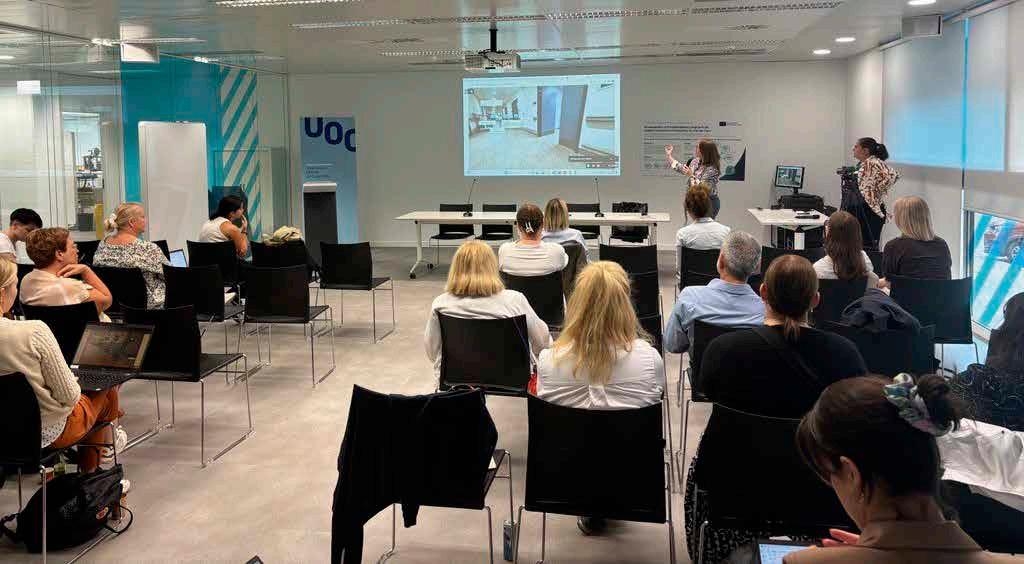
be harnessed to improve cancer care. A number of competence areas have been identified based on a detailed literature review and expert workshops, helping shape the development of the training programme. “We have training modules, as well as broader modules about communication,” outlines Kööp. The aim is to equip healthcare professionals with the digital skills that are required to use new eHealth technologies effectively, which spans a wide range of areas. “For example, AI has been used to improve the detection of breast cancer in mammograms. Telemedicine and remote consultations are very useful for reaching people in remote areas,” continues Kööp.
According to Orlaith Hernon, a lecturer in the School of Nursing and Midwifery at the University of Galway, Ireland, technology can play an important role in enhancing communication within cancer care. It can help facilitate better interactions between patients and healthcare professionals, especially in remote areas far from hospitals or cancer centres. Additionally, it can assist in communication among the interdisciplinary team, promoting collaboration and coordinated care. “By promoting seamless communication among various professionals, these tools contribute to a more holistic, patient-centered approach, ensuring that care is comprehensive, personalised, and aligned with the patient’s

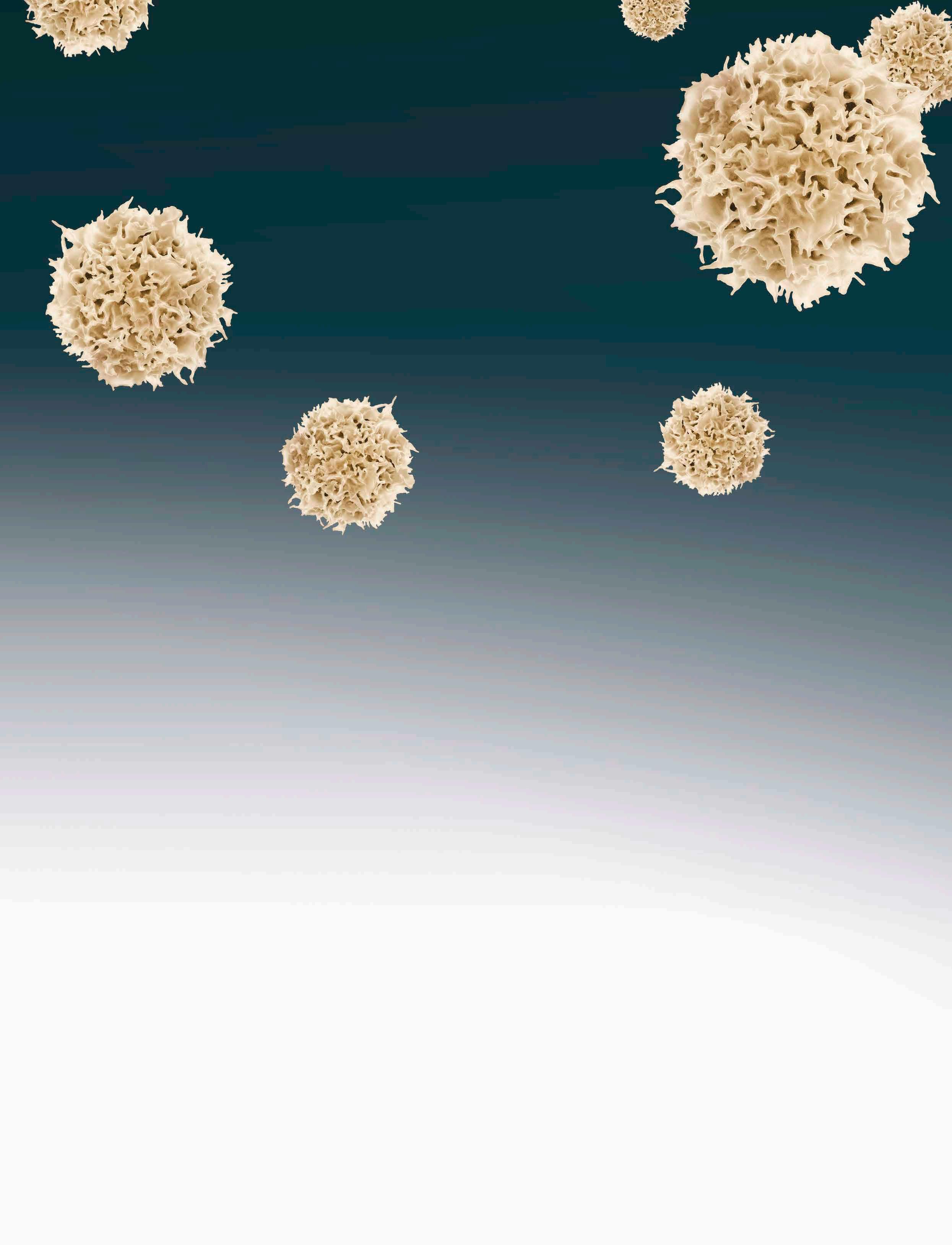
Co-design of the DigiCanTrain programme
Planning the practical implementation of the DCT programme in Barcelona in September 2024.
needs and preferences,” says Madrid Alejos.
Modern technologies can be useful in optimising patient engagement, which is another important consideration in the project. Alongside healthcare professionals, patients also need to be convinced about the benefits of new technologies, and to trust in their effectiveness. “It’s important not only to improve the quality of the treatment, but to look at the whole continuum of cancer care,” stresses Madrid Alejos. Technology is applied extensively across the entire continuum, and new innovations continue to emerge. “In Europe, digital services in cancer care, like digital care pathways, symptom-tracking apps, and eHealth portals, help patients access support, monitor their health, and stay connected with healthcare providers,” says Jenna Poraharju, Doctoral researcher at the University of Turku in Finland.
The training developed in the project is designed to teach healthcare professionals to effectively integrate new technologies into their practice, boosting their confidence and at the same time building their own trust in innovative methods, which can then encourage them to further develop their digital skills. “Five modules have been
education and training programme is central to this, says Madrid Alejos. “We give the knowledge to the trainers, who then pass it on to participants in hospitals. The trainers can then adapt and modify the content,” she outlines. This is part of the wider goal of moving towards more personalised care that reflects individual needs, and digital technology will have an important role to play. “With digital technology we can bring together information about patients, then treatment can be adapted to reflect an individual’s lifestyle or personal preferences,” continues Madrid Alejos. “This also means we can reduce unnecessary interventions, which in turn reduces sideeffects and contributes to lower costs.”
Cost of healthcare
The wider backdrop to the project’s work is the financial pressures facing healthcare systems across Europe in line with changing demographic profiles, with more and more people living for longer, sometimes with complex medical needs. Effective use of technology could help reduce the costs of healthcare, while also opening up new possibilities in terms of identifying
“With digital technology we can bring together information about patients, then care can be adapted to reflect an individual’s lifestyle or personal preferences.”
developed as part of the curriculum. There are core modules that all learners must take and then they can choose their professionspecific modules. Each learner’s path is dependent on their professional background. The programme is designed for two groups, Trainers and Participants. The Trainers will complete the programme first and they will then support Participants throughout the programme,” says Hernon. “This training will not only allow healthcare professionals to deepen their knowledge in their own specialty but also provide them with the opportunity to explore modules from other disciplines. By doing so, participants will gain a better understanding of the roles and approaches of other professionals involved in cancer care, fostering inter-professional collaboration and a more integrated approach to patient care.” explains Madrid Alejos.
There are also variations in the prevalence of different forms of cancer across Europe, so the project team are keen to ensure that the training and content supports the development of skills that can be adapted to the specific circumstances of each country. The ‘training the trainers’ part of the
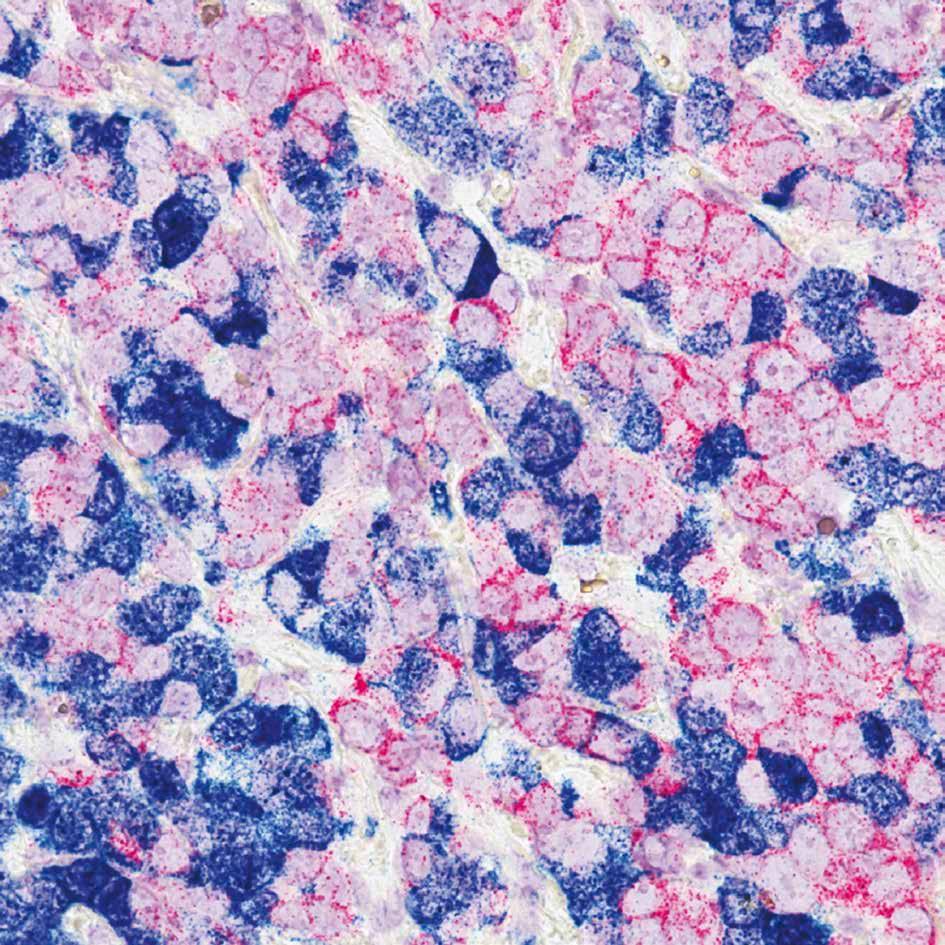
populations with an increased risk of certain conditions. “For example, the Estonian Biobank holds genomic data on more than 20 percent of the national population, it’s a large database. It’s now possible to map the genomic risk factors associated with different forms of cancer, then get in contact with people with high risk factors,” outlines Kööp. The scope of the training could potentially be extended in future, but at this stage the priority is more to assess the results of the pilot phase. “We will gather feedback after every module, and after the pilot phase,” says Kööp.
Researchers are working to evaluate this feedback, which can then guide the ongoing development of the training. “We want to help healthcare professionals gain familiarity with eHealth technologies, to a point where they view them as a kind of collaborative partner. Healthcare professionals need to apply their own critical thinking and analysis, not over-rely on technology,” says Kööp. Pull quote: With digital technology we can bring together information about patients, then care can be adapted to reflect an individual’s lifestyle or personal preferences.

DigiCanTrain
Digital Skills Training for Health Care Professionals in Oncology
Project Objectives
The DigiCanTrain project aims to design, pilot, and evaluate the DigiCanTrain education and training programme for clinical and non-clinical healthcare professionals working in cancer care. The ultimate goal is to improve access to continuing professional education, increase digital skills, and the use of eHealth technology of clinical and non-clinical health care professionals working with people affected by cancer.
Project Funding
Countries: Belgium, Finland, Greece, Ireland, Romania, and Spain. This project has received funding from the European Union’s EU4Health programme under Grant Agreement No. 101101253.
Project Partners
https://digicantrain.turkuamk.fi/contact-us/
Contact Details
Virpi Sulosaari
DigiCanTrain
Turku University of Applied Sciences
T: +358 44 907 4569
E: kirjaamo@turkuamk.fi

: #digicantrain
W: https://digicantrain.turkuamk.fi/
W: https://health.ec.europa.eu/noncommunicable-diseases/cancer/europesbeating-cancer-plan-eu4health-financedprojects/projects/digicantrain_en
Jenna Poraharju, Orlaith Hernon, Clara Madrid Alejos, and Kadri Kööp




Jenna Poraharju, RN, MHSc , and Doctoral researcher at the University of Turku, Finland. She is specialized in Health Pedagogy within Nursing Science and has experience of empowering learning environments in digital pedagogy.
Orlaith Hernon, RGN, RCN, RNT, BSc, PgDip, MSc, PhD is a lecturer in the School of Nursing and Midwifery at the University of Galway, Ireland. Her primary research area includes educational research and the use of educational technologies and was awarded a PhD in the area of learning technologies.
Clara Madrid Alejos , Psychologist, MSc, and PhD candidate at the University of Barcelona, specializes in e-learning within Educational Psychology.
Kadri Kööp, MSc , works as a lecturer at Tallinn Health Care College. Her research and teaching areas are research methodology, lifestyle counseling, and individual and professional development of nurses.
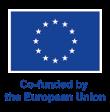

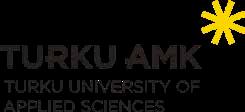
Putting socialist countries in the global health picture
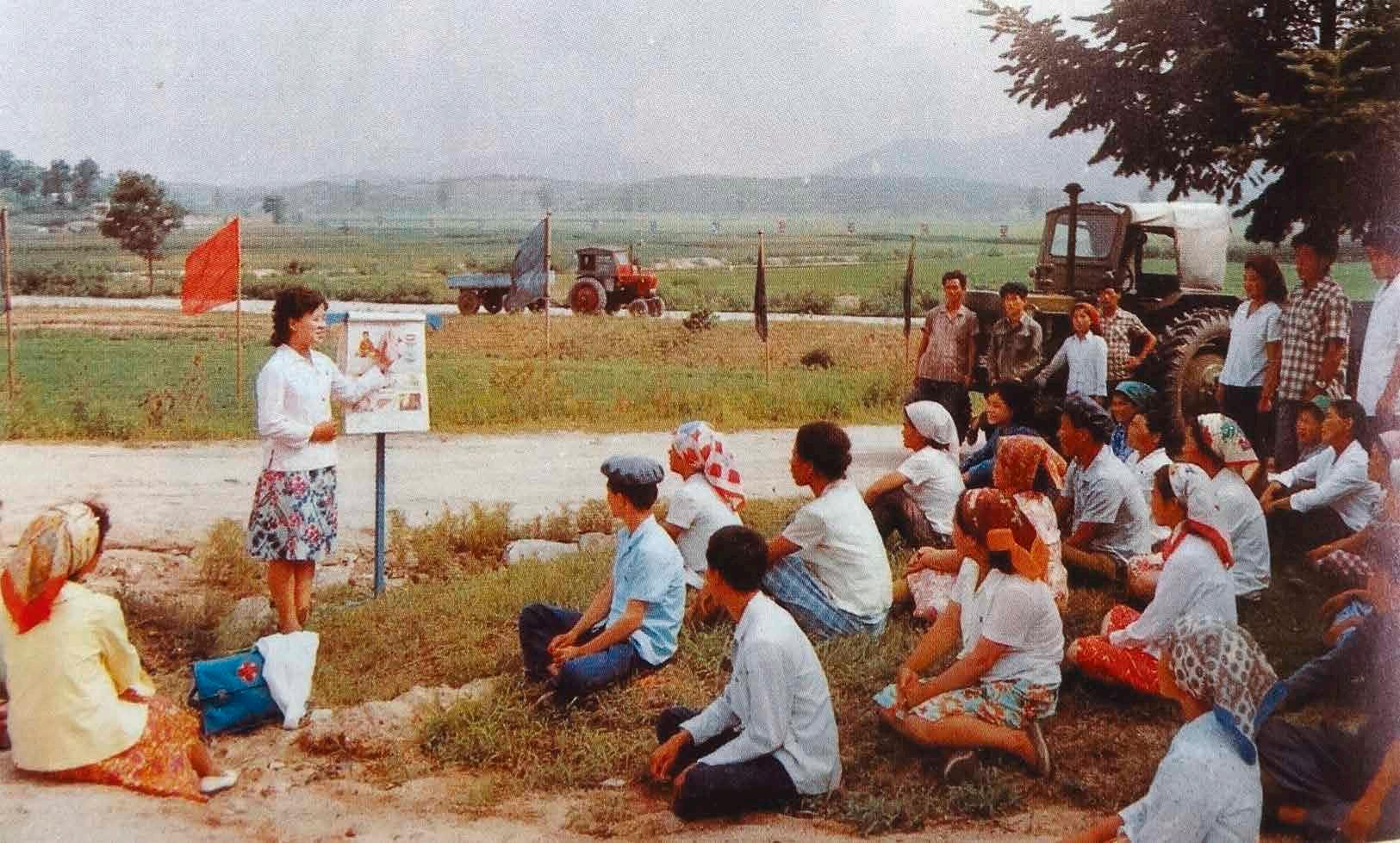


There has been a reluctance to acknowledge the extent of socialist countries’ participation in international and global health in the Cold War era, resulting in an incomplete historical analysis. Professor Dora Vargha , Dr Alila Brossard Antonielli , Dr Luis Aue and Dr Nils Graber are investigating the socialist world’s role in global health history.
The current challenges facing the global health community cannot be understood without a deep knowledge of the historical background and contribution of different countries, societies and actors. The role of the socialist world in this respect has historically been underplayed, an imbalance the team behind the ERC-backed Socialist Medicine project are working to redress. “We aim to include ideas, practices and actors from the so-called socialist world in the analysis, and this is crucial for understanding global health history more broadly,” explains Dora Vargha, Professor of History and Medical Humanities at Humboldt University in Berlin, the project’s Principal Investigator. The socialist world in this sense includes the countries that formed the Eastern Bloc during the Cold War, as well as other nations from different parts of the world. “The socialist world in our analysis includes some East Asian countries, such as Vietnam and North Korea, as well as certain parts of India and South Asia, and also nations in Africa and Latin America, such as Mozambique and Cuba,” continues Professor Vargha.
Researchers from these countries played key roles in major breakthroughs in the prevention of different diseases, yet in many cases they
don’t form part of the conventional health narrative, which typically emphasises the role of Western nations and colonial powers. It is commonly thought for example that American organisations have been the major players behind the drive to eradicate polio, yet Professor Vargha says socialist countries made important progress several decades before the Global Polio Eradication Initiative was established in 1988. “Czechoslovakia was already pushing forward on polio eradication in the early ‘60s, and the method that was developed has its roots in research from Hungary, Czechoslovakia and Cuba,” she stresses.
Socialist medicine
The project team are investigating healthcare structures in these and other socialist countries, as well as the new methods and technologies they helped develop, moving away from the conventional Western-centric narrative of global health history. The project is focused largely on the Cold War era (1947 -1991), with researchers conducting interviews with prominent figures from the period and examining archives, yet they are also looking at some earlier documents. “To understand the Cold War you may also need to look
at the work of socialist thinkers from the 19th century,” says Professor Vargha. Their ideas were reflected to a large extent in the structure of healthcare systems in socialist countries, including some newly independent African states. “Mozambique and Angola nationalised their healthcare systems when they gained independence, private medicine was abolished,” says Dr Alila Brossard Antonielli, a post-doctoral fellow working on the project. “In Mozambique for example the healthcare system was nationalised in 1975, followed by socialisation two years later, so almost all healthcare was free of charge.”
A lot of emphasis is placed on providing universal access to healthcare under the socialist system, with a major role for the state. From a socialist viewpoint, health is always political, and issues around poverty, housing and working conditions were typically a major priority for the authorities. “From a socialist perspective, those are issues that should be addressed through medical interventions,” says Professor Vargha. Tuberculosis (TB) for example is often considered to be a disease of poverty, with people in poor living conditions more vulnerable. “Mozambique always had a TB programme, it’s a disease that can be treated effectively, part
Primary Healthcare in the People’s Democratic Republic of Korea. Pyongyang, 1987. WHO archives, 18/370/2 KRD/R 8.
of a commitment to disease prevention,” says Dr Brossard-Antonielli. “While Mozambique had dedicated programmes to tackle specific infectious diseases, the emphasis was more on prevention, an approach which was extended beyond urban centres to rural areas. Doctors and nurses were highly active in these areas, while medical technicians and rural health agents would teach local people things like how to clean the water and dispose of rubbish in a way that mitigated the risk of people developing intestinal diseases.”
This was done with the support of UNICEF and the World Health Organisation (WHO), as part of the international discussions on Primary Health Care in the 1970s. While the rivalry between the Soviet Union and the US was a core feature of the Cold War, Professor Vargha and her colleagues in the project are looking beyond the superpowers, and evidence shows there was a degree of collaboration and information-sharing between the capitalist and socialist worlds. “Many Eastern Europeans published work in mainstream western journals, in English. They would collaborate at conferences where they would meet other researchers and policy-makers, while they
and trans-national coordinating groups were formed in both the East and West to help spur the development of new treatments. “Clinical trials led to the development of new cancer treatments and protocols. I’ve found that new drugs were developed through these clinical trials, some of which socialist countries wanted to export to the West,” says Dr Graber.
Infectious diseases
Research in oncology and other areas of medicine was not conducted exclusively in the countries that took a lead, rather the aim was to establish hubs or centres of excellence. This gave doctors the opportunity to learn about how diseases were treated in other countries, a major topic of interest in the project. “A lot of infectious diseases are related to the conditions under which people live,” says Dr Luis Aue, a post-doctoral researcher working in the project. In his research, Dr Aue is looking at tropical medicine in the GDR; the country had an extensive surveillance system to manage the threat of infectious diseases entering the country from abroad. “The system was really impressively detailed. This covered things like the way everybody who entered the GDR from
“We are trying to include the so-called socialist world into the analysis of global health, and to shift our understanding of what belongs in the historical narrative.”
would work together at the WHO and other organisations,” she continues. There were also strong networks within the socialist world, and some countries worked together to coordinate medical research. “At annual health minister conferences plans were made about which country would take a lead on oncology for example, or on mother and child health issues,” says Professor Vargha.
The Council for Mutual Economic Assistance (Comecon), an organisation which brought together many socialist countries, played a major role in encouraging international research cooperation and coordination. Chemotherapy and immunobiology groups were set up through Comecon in the ‘70s for example to coordinate research across member countries, spanning a wide geographical range. “These groups linked Cuban researchers with those from the USSR, as well as the German Democratic Republic (GDR), Poland and other Eastern European countries. Comecon’s coordinating role was really key in the ‘70s, in terms of conducting research and developing new drugs,” outlines Dr Nils Graber, a post-doctoral fellow investigating the role of Comecon as part of his work in the project. The early ‘70s was a period when clinical trials were becoming more standardised,
abroad should be examined, how they should be prepared for their travels, and the system of surveillance for diseases that could come back to the GDR,” he explains.
The planning was extremely thorough, yet economic realities meant there weren’t always sufficient resources available to treat people effectively. Nevertheless, the authorities in the GDR were proud of their surveillance system, while other features of the country’s healthcare system are viewed in a positive light by many people today. “There have been discussions about whether some of the GDR delivery models were abolished too quickly, especially the policlinic model, where state funded care providers worked together,” outlines Dr Aue. The project will help shine a light on these aspects of socialist medicine, with Professor Vargha and her colleagues planning to publish papers and help stimulate wider interest in the medical humanities. “This is primarily a historical project, but it brings together researchers from other disciplines as well, including sociology, anthropology and political science,” she continues. “We’re planning to write several books and articles on the basis of the project’s research, while we’re also organising events and pursuing new avenues of research.”

SOCMED
Socialist Medicine: An Alternative Global Health History
Project Objectives
This project identifies the particular health cultures produced by socialism and explores the impact of socialist internationalism in co-producing global health in the 20th century. By centering the analysis on socialist countries and their global relations, this research changes our fundamental understanding on the history of the emergence of global health in the post-Cold War order.
Project Funding
The SOCMED project has received funding from the European Research Council (ERC) under the European Union’s Horizon 2020 research and innovation programme (Grant agreement No. 949639)

Project Team
https://socialistmedicine.com/the-teamsocialist-medicine-copy-2/
Contact Details
Project Coordinator, Prof. Dr. Dora Vargha Department of History
Humboldt-Universität zu Berlin Unter den Linden 6, 10099 Berlin
Germany
T: +49 (030) 2093-70 588 E: dora.vargha@hu-berlin.de W: https://socialistmedicine.com/aboutsocialist-medicine/




Dora Vargha is a historian of medicine, science and technology, with expertise in the history of epidemics, the politics of health, and Cold War history.
Dr. Luis Aue received his PhD from Free University Berlin. His research focuses on the history of global and international health expertise.
Dr. Alila Brossard Antonielli holds a PhD in Health and Social Sciences from the École des Hautes Études en Sciences Sociales.
Dr. Nils Graber holds a PhD from the research centre Cermes3 at EHESS in Paris


Prof
Prof Dora Vargha, Dr. Luis Aue, Dr. Alila Brossard Antonielli, and Dr. Nils Graber
Vargha, D. (2023). Missing pieces: Integrating the socialist world in global health history. History Compass, 21(7), e12779.
Boosting biodiversity in wetlands

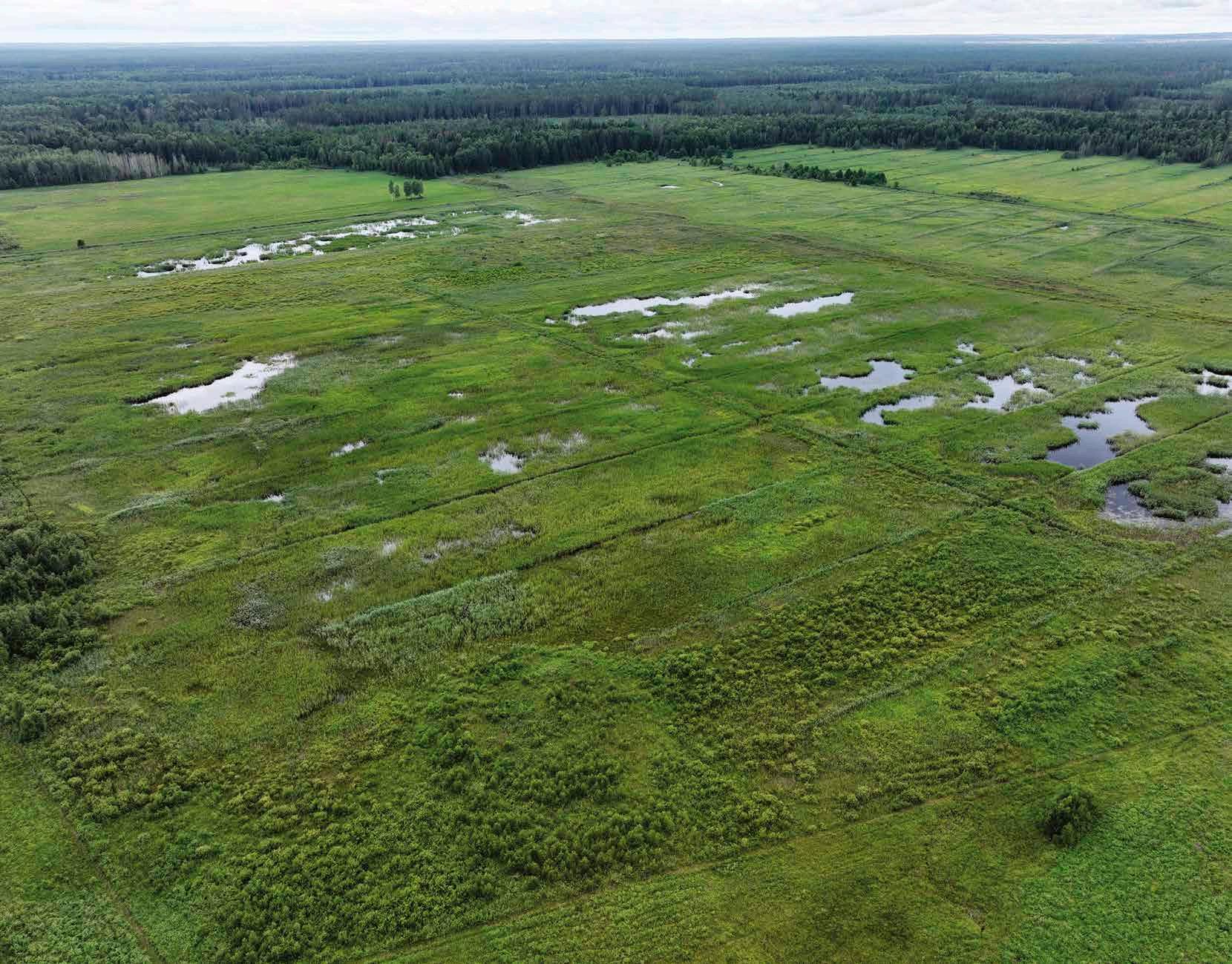
Wetlands provide a wide variety of ecosystem services, yet many farmers are keen to convert them to arable land. The team behind the LIFE MarshMeadows project are working to restore wetlands in Latvia and Lithuania, aiming to boost biodiversity by encouraging the return of different bird and amphibian species, such as Crested Newts and Great Snipes, as Laura Zvingule explains.
Many farmers view wetlands as essentially unproductive, and seek to convert them into arable land that can be used to cultivate crops, while at the same time urban development threatens the long-term health of these areas. However, wetlands are home to a wide variety of different plant and animal species, while they also provide a number of highly valuable ecosystem services, as Laura Zvingule, project manager at the Latvian Fund for Nature, explains. “Wetlands filter water and sequester carbon for example, while they also hold huge cultural importance for Latvians and Lithuanians. There are many myths and stories about wetlands,” she says. As Manager of the EU-backed LIFE MarshMeadows project, Zvingule is part of a team working to restore several large wetland complexes, aiming to demonstrate their value to farmers. “We want to show farmers that it is possible to farm on restored wetlands, that cattle can graze there,” she outlines.
LIFE MarshMeadows project
This work is centred on three Natura 2000 areas, namely Lubāna mitrājs and Sita & Pededza paliene in Latvia, as well as wetlands in the area around the city of Baltoji Voke in Lithuania. Fundamental restoration work is being conducted on these sites, such as restoration of hydrology, removal of excessive biomass and grazing. Alongside, wetlands around three flood plain meadows in Latvia covering a total area of 580 hectares are being restored as part of the project, yet this work is less far-reaching than at the main sites.
“The only restoration work happening there is that we’re cutting the trees and bushes and letting the cattle graze in the area. We aim to

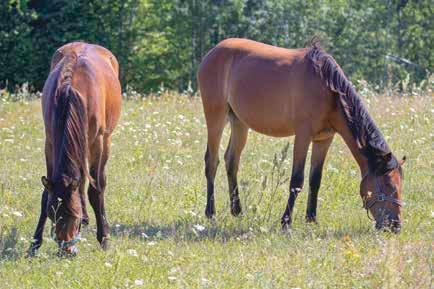
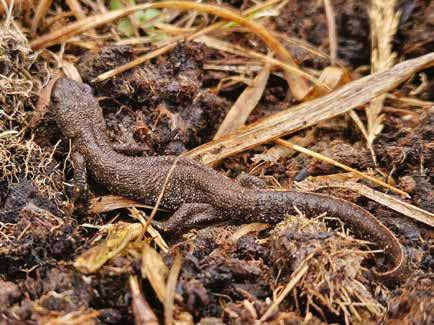
manage these areas, so they can still function as wetlands,” explains Dr Zvingule. These different wetlands face a variety of threats to their long-term health, including urban development, the presence of invasive species and conversion to arable land. “In Latvia there are still drainage systems remaining from Soviet times. These systems are commonly
used to drain the wetlands and convert them to arable land,” says Dr Zvingule.
The loss of wetlands leads to habitat and biodiversity loss, issues that the project team aim to address. Different approaches to this restoration work are being followed in the main locations. “In Gr ī vu sala, Latvia, we have closed almost all drainage systems, so the water can move naturally. In Lithuania by contrast our team is creating an artificial sluice system and improving the conditions of ditches to have a better water management, that allows wet conditions in the springtime – favourable for birds – and drier conditions in the autumn, which are favourable for farming. The wetland complex of Baltoji Voke is previously excavated peatland, so a different approach had to be taken to restore and manage this area,” says Dr Zvingule. The hope is that this restoration work will encourage the return of certain species to these wetlands, such as Great Snipe, Spotted Crake, Bluethroat, Crested Newts, Firebellied toads and others. “The number of some species in these areas has dramatically decreased over recent years due to overgrowing reeds, bushes and unfavourable water level fluctuations,” continues Dr Zvingule. “We’re essentially looking to bring these species back.”
The project team is monitoring the impact of the restoration works, its effect on the local ecosystems, grassland vegetation, birds, amphibians and local socio-economy. While the evidence so far shows that birds are returning to the Lubāns complex, Dr Zvingule says it is proving more challenging to bring amphibians back as they are only able to travel short distances between different
Wetland vegetation in Lithuania. Photo by Domas Uogintas
Highland cattles in winter, Lithuania Photo by Birutė Stukė
Wild horses Zemaitukai Liethuania Photo by Vitalij Gulbickij
Crested newt Lithuania Photo by Eglė Vičiuvienė
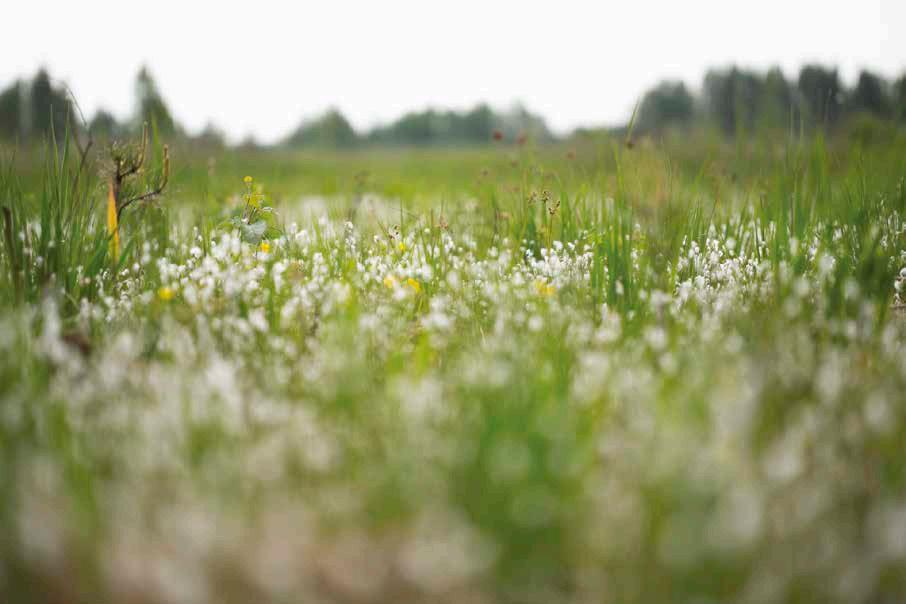
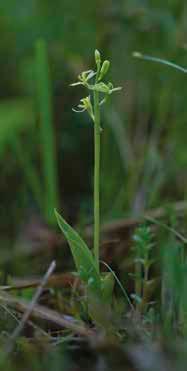
“We want to help improve the condition of vegetation and enhance biodiversity in these wetlands. We are looking to bring back certain species.”
locations, to the wetlands around Baltoji Voke. “We aim to reach a certain number of two amphibian species (Crested Newts, Fire-bellied toads ) in Baltoji Voke, but they were previously almost extinct in the area, and we’re facing some difficulties here,” she acknowledges. One major reason behind this is the presence of certain invasive species of fish, which preys on amphibian eggs. “In this case a fish called Monkey goby came from the Caspian Sea basin - most likely as a result of human activity - and they can now survive our more mild winters. They are more aggressive than local fish and often do not have natural predators, which changes the balance of local ecosystems,” says Dr Zvingule.
With the restoration work at the Gr ī vu sala largely complete, monitoring is now the focus of a lot of attention in the project, alongside maintaining and managing the wetlands. Cattle are now grazing the area, and the project team are monitoring how this affects the condition of different habitats and species, while progress is also being made at Baltoji Voke. “Our Lithuanian colleagues are still completing the restoration work, the cattle are grazing in over 80 hectares already. They expect to complete everything by the end of 2025, but the management of the site and farming activities will have to continue for decades to see the real results of restoration,” outlines Dr Zvingule. The next step will be to share the project’s findings with other farmers and encourage them to work with restored wetlands. “When we have clear numbers and can show that it is possible to farm on the wetlands, we will start to work with the farming community,” continues Dr
Zvingule. “The Ministry of Agriculture in Latvia has recently announced a competition, where farmers can apply for money to create artificial wetlands.”
This demonstrates a wider interest in wetlands, and Dr Zvingule is ready to provide advice to farmers on the kinds of plants and animals that are well suited to these environments. Looking further ahead, Dr Zvingule is also interested in applying the lessons that have been learned in the project to the restoration and management of other wetlands, and steps have already been taken in this direction. “We will hold a meeting this Summer with grassland experts from Boreal region, and we will discuss how these practices could be adopted in other areas,” she says. One major topic of discussion will be the right approach to managing wetlands. “Some people believe that cattle grazing is the most appropriate way of managing wetlands, while others disagree. Discussions are ongoing,” continues Dr Zvingule. “We hope that, through this meeting of experts, we will be able to transfer knowledge to other regions.”
The Boreal region includes not just Latvia and Lithuania, but also covers Sweden, Finland and Estonia, so there is vast scope to transfer these practices and support the restoration of wetlands in other parts of the continent.
In terms of the LIFE MarshMeadows project, the aim is to reach a favourable conservation status at these different wetlands so that they can continue providing essential ecosystem services, and the signs so far are promising. “We want to help improve the condition of vegetation and enhance biodiversity in these wetlands.” says Dr Zvingule.
LIFE MarshMeadows
Piloting integrated wetland restoration approaches in Latvia and Lithuania
Project Objectives
The main objective of the project is to restore two large wetland complexes and the ecosystem functions in three Natura 2000 territories in Latvia and Lithuania.
Project Funding
This project is co-funded by the European Unions LIFE programme, NATURA 2000, the State Digital Development Agency Republic of Latvia, and the Ministry of the Environment of the Republic of Lithuania
Project Partners
• Latvian Fund for Nature (LV)
• Baltic Environment Forum (LT)
• Friedrich Haase, LTD “Friedrich Haase”
• Jurijs Prokofjevs, LTD “Sita Nature Park”
• Ivars Silkāns, LTD “Tīravoti”
• Mareks Pušpurs, LTD “M.M.P Vest”
• Valdas Balčiūnas, “Pievu Pauksciai”
Contact Details
Project Manager
Laura Zvingule
Latvian Fund for Nature
Blaumaņa iela 32-8, Rīga LV 1007
T: +37 1 67830999
E: laura.zvingule@ldf.lv
W: https://lifemarshmeadows.eu/en/

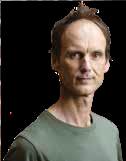

Gabija Tamulaitytė is national coordinator for the LIFE MarshMeadows project. She is an experienced geographer and environmental expert specialising in biodiversity conservation, peatland restoration and sustainability.
Jānis Ķuze has long experience of working in EU projects around conservation and wetland management and restoration. He has been a Member of the Board of the Latvian Fund for Nature since 2011.
Laura Zvingule is an environmental project manager working for the Latvian Fund for Nature. She is the manager of the LIFE MarshMeadows project, overseeing implementation work by all seven partners.


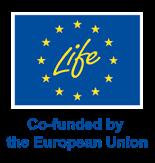
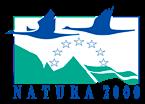
Gabija Tamulaitytė, Jānis Ķuze, and Laura Zvingule (left to right)
Wetland vegetation in Lithuania. Photo by Eglė Vičiuvienė
Liparis loeselii, Lithuania. Photo by Eglė Vičiuvienė
Restoring peat for the climate’s sake


The LIFE PeatCarbon project team are working to restore peatlands across Finland and Latvia, helping save the peat carbon storage and mitigate the impact of climate change, as the project experts Dr. Māra Pakalne, Dr. Tuula Aalto, Dr. Sari Juutinen, Dr. Jenni Hultman, Msc. Rūta Abaja-Felce and Indigo Janka explain.
A significant proportion of Europe’s peatlands have been drained over the past few centuries, often for use as agricultural land, which has led to rising emissions of carbon dioxide (CO2), a major greenhouse gas. Peatlands act as a vast carbon sink in their natural wet state, but when the water level goes down, decomposition is strongly enhanced, leading to the emission of CO2 into the atmosphere. “The moment that these peatlands are drained they will start emitting CO2 ,” explains Indigo Janka, part of the team behind the LIFE PeatCarbon project. There is a balance in peatlands between inputs from plant photosynthesis, and outputs in the form of decomposition, which defines the net carbon sequestration capacity. “The outputs from peatlands, when in a pristine state, are smaller than the inputs, though the difference can be really small. It is question of accumulation over long time. It’s a wet environment and anoxic conditions prevail, so decomposition is low. Historically the balance has favoured peat accumulation,” says Dr. Sari Juutinen, a senior researcher at the Finnish Meteorological Institute.
LIFE PeatCarbon project
The situation changes however when peatlands are drained, which leads to an increase in decomposition of the accumulated organic matter, and more carbon is then released to the atmosphere than is sequestered through the peatland. In Latvia, a lot of carbon storage capacity has
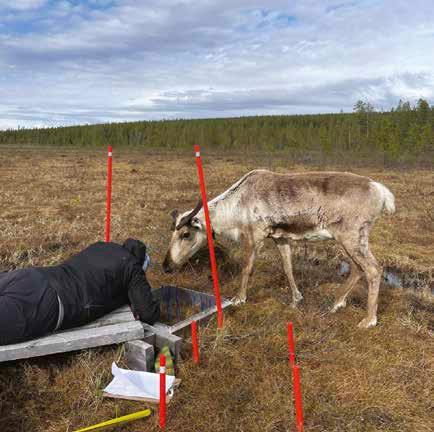
been lost in this way over the past century or so. “In Latvia, peatlands have been drained since the ‘30s, while large quantities of peat have been extracted for export,”
atmosphere, so big numbers are involved,” stresses Dr. Sari Juutnen.
This issue lies at the core of the LIFE PeatCarbon project, which brings together partners from four European countries (Latvia, Finland, Germany and Denmark) to restore peatlands and help reduce decomposition of old peat layers at four sites in Latvia and Finland. This starts from a deep understanding of the local environment. “In Latvia and Finland we have been carrying out lots of fieldwork, including hydrological, geological and vegetation studies and greenhouse gas flux monitoring, using an applying chamber as well as eddy covariance methods. The combination of methods allows us to get data from a wide area and also truly measure CO2 exchange
“We have seen dramatic effects in a restoration area where dams were built in 2006. When you close ditches, water is then kept in the bog. We have seen that the water level has been raised at this site.”
explains Dr. M ā ra Pakalne, Manager of the LIFE PeatCarbon project. Peatlands in Finland have also changed dramatically over the last few centuries. “Peatlands have been drained extensively in Finland. Around half of the original Finnish peatland area has been drained for forestry,” says Dr. Sari Juutinen, a researcher at the Finnish Meteorological Institute. This trend threatens to accelerate climate change if left unchecked. “The amount of carbon in modern peatlands is almost equal to the amount in the
over a peatland forest before and after the restoration, and to compare a restored area with the reference one. We have also developed hydro-geological models of the sites,” explains Dr. M ā ra Pakalne.
A deep understanding of local conditions provides a solid basis for restoring peatlands, through measures such as building dams and closing ditches, as well as cutting trees, with the aim of raising the water level and reducing peat decomposition. “Restoration actions in the Finnish sites of Välisuo and Matorova
Välisuo project site in Finland. Photo: Jack Chapman.
Peatland restoration area in Cena Mire with Skaists Lake. Photo Jānis Bikše.
Mires took place in the first half of 2024, and in August 2024 we could already see changes in the water table,” says Dr. Jenni Hultman, a senior scientist from the Natural Resources Institute Finland. The ideal location in which to build a dam depends on the local hydrology, and the project team is looking to establish a fuller picture in this respect. “You have to have an understanding of where the water comes from and where it goes in order to restore the natural hydrology of a site,” points out Dr. Sari Juutnen. Peat and hydrological studies have been carried out at both the Finnish and Latvian sites, including Lielais Peleč āres Mire, an enormous bog in Latvia covering over 5,000 hectares. “It covers a large area and it’s only accessible by one road. So it’s a big challenge to even reach it,” says Dr M ā ra Pakalne. “We’re also working at the Cena Mire site near Riga, as well as others.”
The Cena Mire previously covered around 10,000 hectares, but now only 2,500 remain, with much of the rest now used for urban development and agricultural land. Alongside restoring these and the sites in Finland, Dr. M ā ra Pakalne and her colleagues are also monitoring the impact of earlier restoration work at other LIFE project sites. “We have seen for example good effects in a restoration area where dams were built in 2006. When you close ditches, water is then kept in the bog. We have seen that the water level has been raised at this site, and die-off of pine trees is observed,” she outlines. An ecosystem model is being developed in the project to gain deeper insights into these effects, bringing together data from several sources. ”The data collected is being used to train the ecosystem model to better understand the impacts of restoration on GHGs“ says Dr. Tuula Aalto, Finland national project coordinator. “We are using different types of remote sensing data in the project. In Latvia we are using airborne and satellite data, while our Finnish colleagues are working with data from drones and satellites,” says Rū ta Abaja-Felce, a member of the project team.
A large amount of airborne data has been collected from most of the project sites, including some where restoration work has already been conducted. This allows researchers to compare the situation before and after restoration work. “We want to look at the effects of restoration. Does it lead to changes that we can see in the data?” explains Abaja-Felce. Some of the reference data will be gathered using the GEST (Greenhouse Gas Emission Site Types) methodology, an approach which
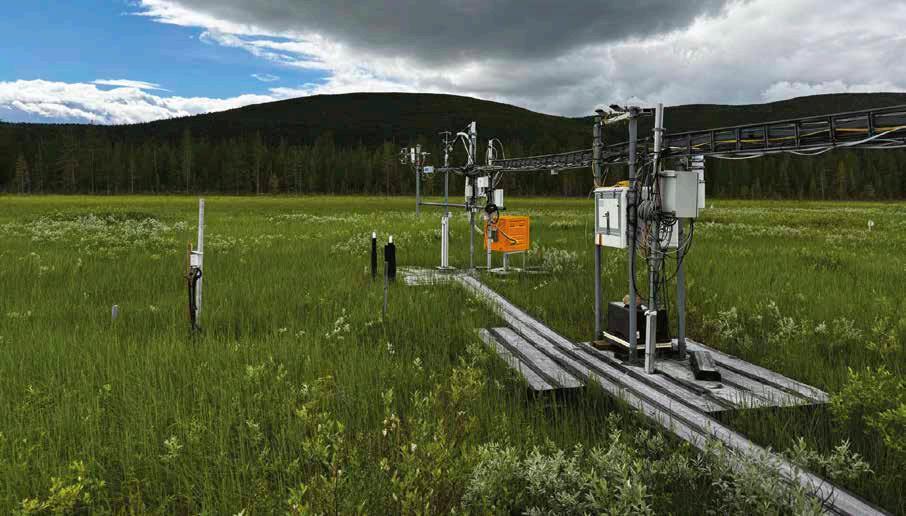
gives researchers an insight into levels of GHG emissions at different sites based on vegetation and water level which can be further mapped using remote sensing images. “With the GEST methodology, the vegetation associated with different sites are linked with specific GHG flux values, using data on groundwater levels as well,” continues Abaja-Felce. “We can then map the vegetation from above by using remote sensing. In that way we can then look to produce GHG emission maps for each of the project sites.”
This approach is still being refined and modified, as not all GEST types are associated with precise GHG measurements, so scientists are also collecting GHG measurements from the different sites. The relationship between GHG emissions and vegetation types may also vary, depending on the prevailing climate conditions, which Rū ta Abaja-Felce says highlights the need for observational data. “There could be some differences between Finland and Latvia for example, so we need these real GHG measurements on the sites, to classify the different vegetation types,” she explains. The

remote sensing data will be classified using information from the available literature, while GHG measurements gathered during the project will add a further level of detail. “We hope to refine our classifications, which will help us identify what types of GHG emissions could be expected from particular types of vegetation,” says Rū ta Abaja-Felce.
The goal of ecosystem and hydrological modelling is to build a more complete picture of the relationship between hydrology, vegetation and GHG emissions at peatland sites, which can then guide ongoing restoration efforts. A key indicator of peatland health is the presence of original peatland vegetation, for example Sphagnum moss, which leads - together with other peatland vegetation - to the formation of peat, while the absence of it is linked with degradation. “Very dense cover of heath, without sphagnum mosses under the cover, means that a site is quite degraded,” outlines Rū ta Abaja-Felce. This remote sensing method could be a cost-effective way of assessing the condition of peatlands, and in planning their restoration and ongoing
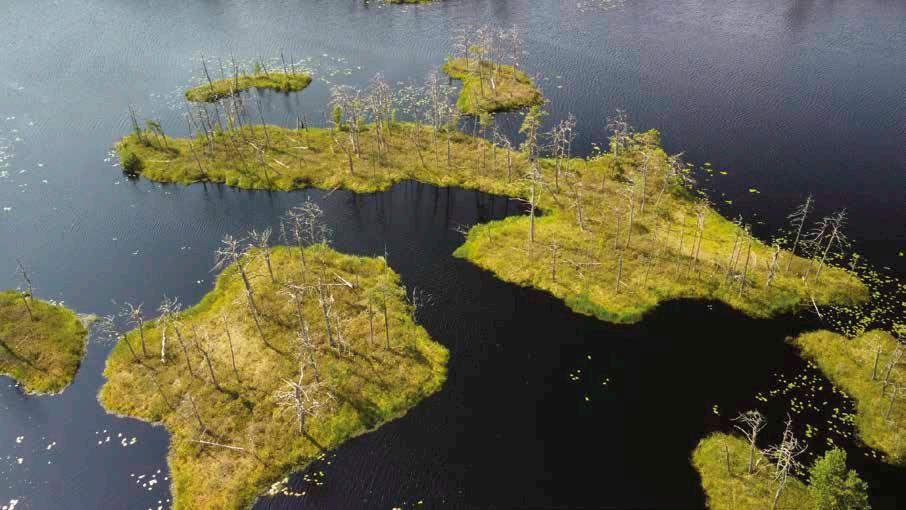
Greenhouse gas monitoring station in Lompolojänkkä Mire in Finland. Photo Māra Pakalne.
Skaists Lake in Cena Mire MIre Nature reserve. Photo: Jekaterina Matuko.
LIFE PeatCarbon
Mire restoration for greenhouse gas reduction and carbon storage in the Baltic Sea region
Project Objectives
The LIFE PeatCarbon project aims to mitigate climate change by restoring degraded peatlands in Latvia, Finland, Germany and Denmark, applying innovative GHG monitoring tools, and developing replicable models. The project enhances capacity, provides EU-level best practices, and contributes to the Paris Agreement through measurable emissions reductions and improved national GHG inventories.
Project Funding
This project has been part funded by European Commission LIFE Climate Change Mitigation Program project. Project number: 101074396. National co-financing is provided by the Ministry of Smart Administration and Regional Development.
Project Partners
https://www.peatcarbon.lu.lv/en/workpackages/work-packages/
Contact Details
Project Coordinator, Dr. biol. Māra Pakalne
University of Latvia Botanical Garden, 2 Kandavas Street, Riga, LV 1083, Latvia
T: +371-2951100
E: mara.pakalne@lu.lv
W: https://www.peatcarbon.lu.lv/
M āra Pakalne, Sari Juutinen, Jenni Hultman, Rū ta Abaja-Felce, Indigo Janka, and Roberts Grodko (left to right)






M āra Pakalne , University of Latvia, LIFE PeatCarbon project manager.
Sari Juutinen , Finnish Meteorological Institute, expert in GHG emissions.
Jenni Hultman , Luke, Finland, expert in vegetation and microbial studies
R ū ta Abaja-Felce , Institute for Environmental Solutions, Latvia, peatland habitat expert.
Indigo Janka , NABU, Germany, public awareness expert.
Roberts Gorodko, University of Latvia, public awareness expert.
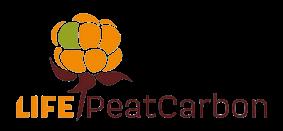
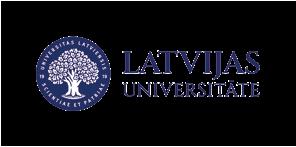
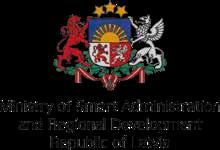



management. “This method can help predict what changes you can expect by restoring the vegetation and raising the groundwater level, and the impact of this on GHG emission levels,” continues Abaja-Felce.
This work is currently ongoing, with the project team working intensively to both restore peatlands and monitor GHG emissions. A number of hydrogeological studies have been conducted and advanced hydrological models have been developed for all the sites, while on-site measurements have helped researchers pinpoint which types of habitats within peatlands are associated with large levels of GHG emissions.
Knowledge sharing
The remote sensing method will now be tested at the different project sites, and if it proves reliable and effective then it could be applied at other locations in future, with peatland restoration recognised as a major part of efforts to combat climate change. There are many other projects working in this area, and Janka says the LIFE PeatCarbon team are committed to sharing knowledge and helping restore peatlands so they can store more carbon. “For example, we collaborate extensively with the LIFE Multi Peat project, which is focused on restoring peatlands in Germany and several other countries. Experts meet and talk to each other, exchange information about their results and share best practice,” she explains. “This is an important aspect of the project and something that we want to continue. We are trying to make sure that the knowledge
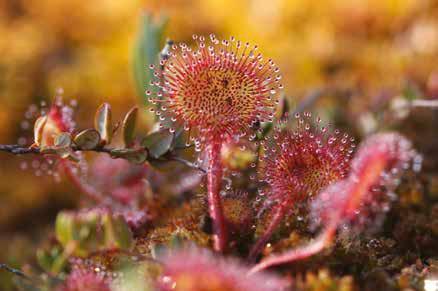
and insights that we gain in the project are not lost and are shared widely.”
The project is set to run until around the middle of 2027, yet peatland restoration and management is very much a long-term job, so the plan is to continue monitoring these sites to some degree in future. While carbon dioxide emissions can be reduced quite rapidly by restoring peatlands to their natural, wet state, the impact of restoration work in other respects may take longer to assess, underlining the need for long-term monitoring. “For example, it may be that returning original vegetation takes quite a long time after restoration work,” says Dr. Sari Juutnen. Project partners from Luke are monitoring microbial communities and their function at the sites in Pallas. “Our pre-restoration results show the sites from well drained areas and the ones from the more pristine, waterlogged sites to host different microbial communities. Also microbial metabolism differs and it will be really interesting to see how the communities change with restoration actions and whether the communities become more similar,” states Dr Jenni Hultman.
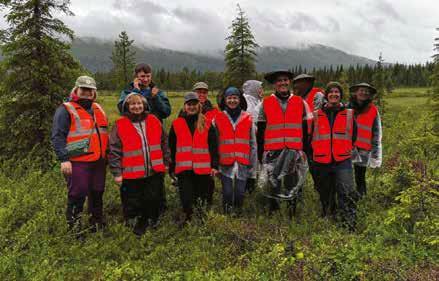
Project team in Välisuo project site in Finland. Photo: Katri Pasanen
Sudas-Zviedru Mire in the Gauja National Park. Photo: Jekaterina Matuko.
Raised bog plants in spiders net. Photo Māra Pakalne. Round-leaved sundew – Drosera rotundifolia Photo Māra Pakalne.
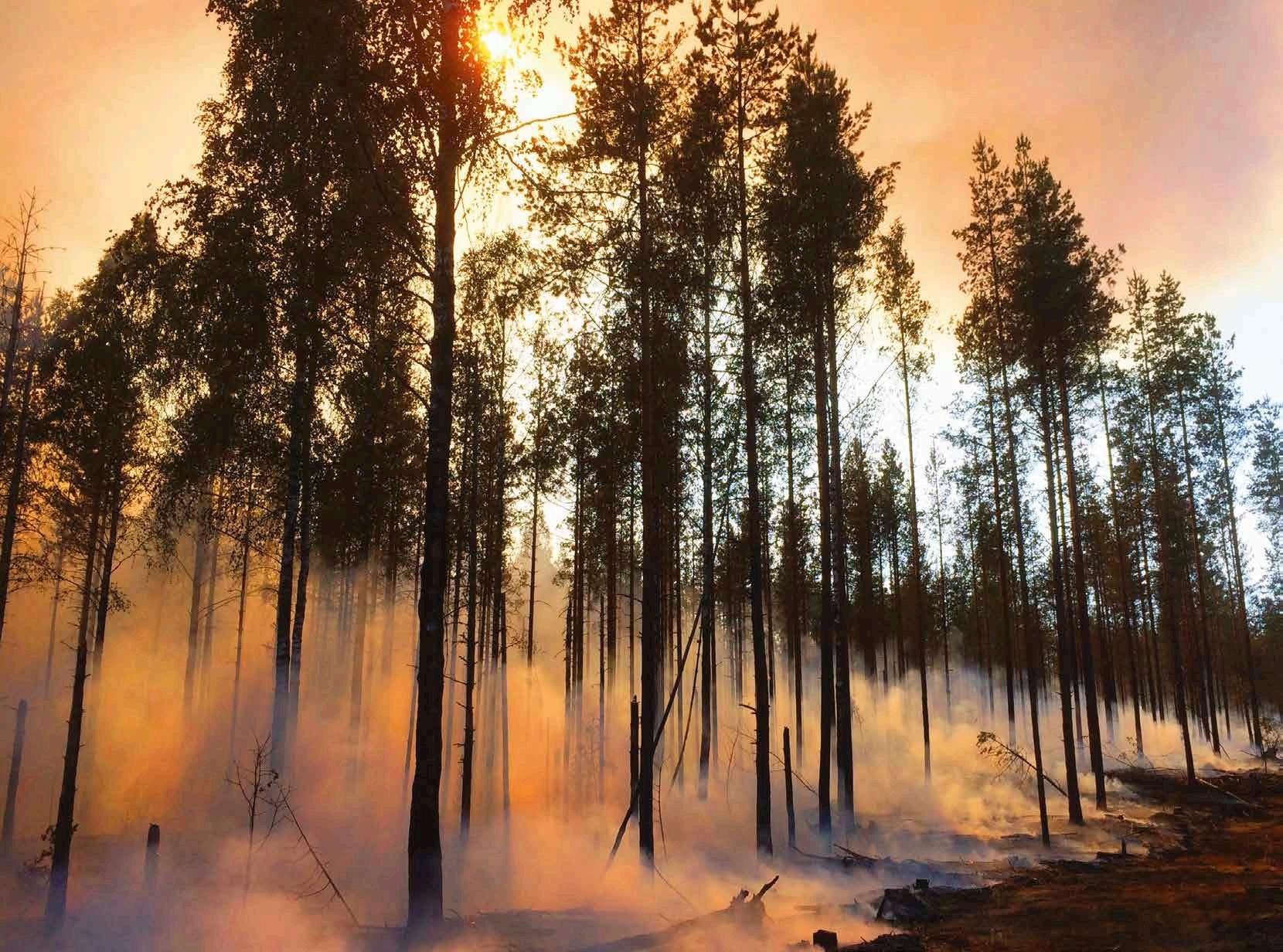
Priodiversity LIFE project
The Priodiversity LIFE project is the largest initiative ever established in Finland to tackle biodiversity loss, with partners engaged in a variety of different activities, including spatial analysis and biodiversity monitoring. We spoke to Anssi Ahtikoski , Matti Koivula and Ninni Mikkonen about their work in the project and how it contributes to the common goal of identifying biodiversity hotspots and restoring natural habitats.
Matti Koivula is a Research Professor at the Natural Resources Institute Finland (LUKE)
EUR: Could you tell us about your role in the project?
MK: I lead a work package on long-term biodiversity monitoring. We monitor both the number of different species and the abundance of those species, depending on the data that have previously been collected. We’ve taken species data from restoration-related experiments conducted about 10-20 years ago, many of which have not been sampled since. Our idea is to repeat the sampling, combine the old and new data, and assess the long-term impact of restoration on biodiversity.
EUR: Where are you doing this work? What types of sites are you monitoring?
MK: Some of the sites are managed forests, in which deadwood has been created, or selective harvesting has been done with a view to increasing the proportion of deciduous trees. Other contexts include what we call traditional biotopes, home to certain plant species associated with relatively dry and open habitats, or sunny conditions. These habitats are quite rare in Finland, as agriculture has changed the landscapes dramatically over the past centuries. About one-quarter of the redlisted species in Finland are associated with these traditional rural habitats.
EUR: Are you focusing primarily on the most threatened species in the project?
MK: The research focus is really on these threatened and declining species. We’re looking at whether they can be helped through different restoration operations.
Anssi Ahtikoski is a Principal Scientist in the Forest Management Group at LUKE
EUR: Could you tell us about your role in the project?
AA: I’m responsible for the spatial analysis
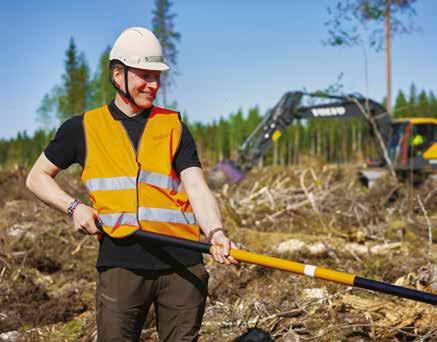
work, which will help in decision-making around the development of the ReBAPs. We provide alternative forest management scenarios, based on the biodiversity hotspots, and we produce different forest management regimes with our simulator. Those regimes are then fed into the optimisation framework, which resolves questions around for example the most cost-efficient way to manage forests, or the best ecological corridors to apply.
EUR: How do you measure the biodiversity value of a region?
AA: We use specialised software to calculate the conservation value of different species and habitats. We can predict the amount of deadwood and decaying wood in a particular area for example, which is one of the main fuels for biodiversity. The more deadwood you get in an area, the more valuable it is in conservation terms. We can follow a similar process for different species of flora and fauna.
EUR: How do you identify the ecological corridors?
AA: One option is least coast path (LCP) analysis, which gives us the most costefficient method of connecting these biodiversity hotspots.
Another method involves taking into account how a particular group of species will move between biodiversity hotspots, for which we need to consider the relevant constraints. We’re looking at how we can include that kind of information in our analysis.
Ninni Mikkonen is a researcher at the Finnish Environment Institute (Syke)
EUR: Could you tell us about your role in the project?
NM: I’m leading a group of scientists in a project sub-task. We are responsible for collecting spatial biodiversity data for the ReBAPs.
We’re looking at all kinds of data in this work, from satellite data to aerial photographs to field surveys. We are also doing conservation prioritisation work, using software called Zonation.
EUR: Do you have different types of data coverage in each of the eight regions the project is focusing on?
NM: The eight regions are of course different, the landscape structure and land use are different in Lapland and in the south of Finland, for example.
Sometimes we use data to consider biodiversity issues across the whole of Finland, while in other situations we look at regional priorities separately.
EUR: Have more data become available over the course of the project?
NM: This is an ongoing conversation, and we’re balancing questions around which data should be openly available. A lot of information is also still held in paper records and could be digitised. We are collecting different datasets together and giving them to the regions so that they can be used.
EUR: How do you collaborate with the people responsible for improving biodiversity on the ground?
NM: We have a private meeting every month, where we present them with the latest data and show them how it can be used. They can ask questions, request more detailed analysis on certain points, and make suggestions.
Photograph by Tuomas Haapalehto
Photograph by Mikko Törmänen

Restoring habitats to protect biodiversity

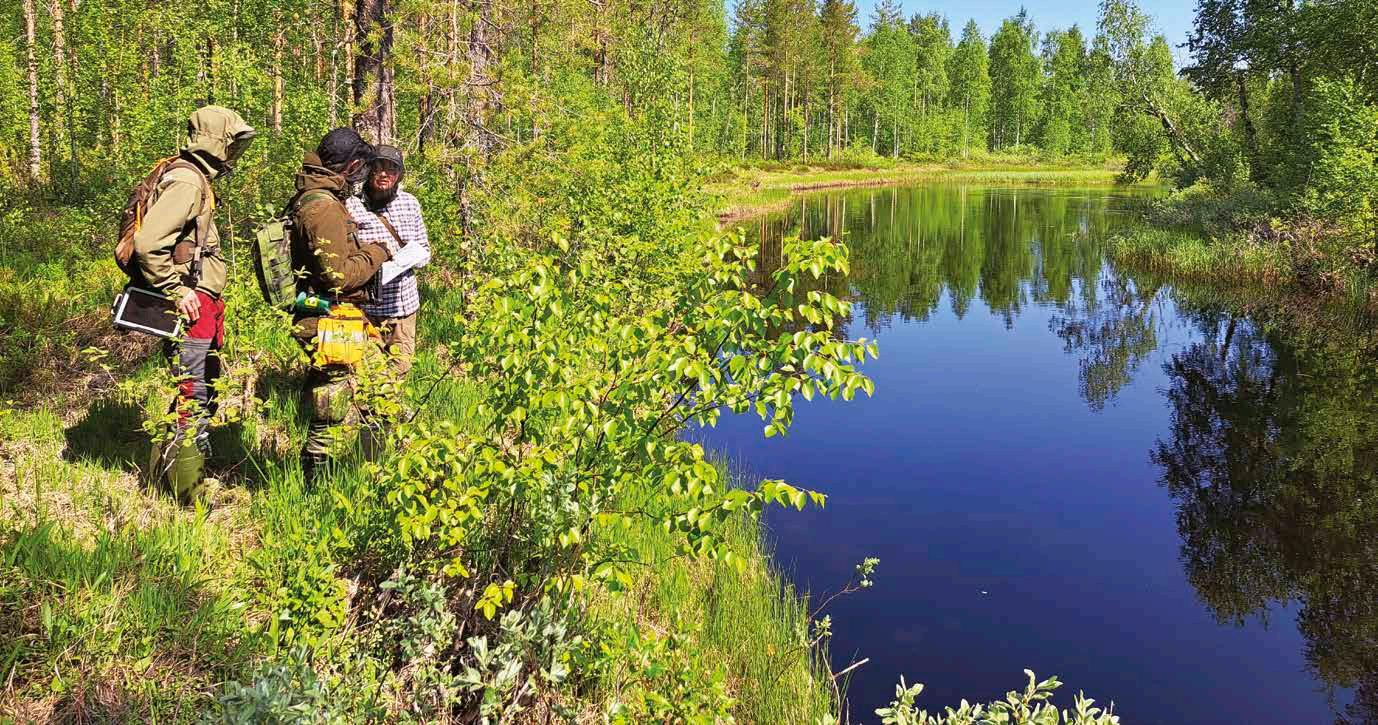
Biodiversity loss is a major concern in Finland, with many natural habitats and species under threat due to a variety of factors, including intensified land use and climate change. The team behind the Priodiversity LIFE project are working to help reverse the decline of biodiversity in Finland and restore natural habitats across the country, as Viliina Evokari explains.
The ongoing loss of biodiversity across Finland is causing widespread concern, with nearly half of the country’s natural habitat types classified as threatened and many species in decline, in large part due to intensive land use. The Priodiversity LIFE project has been formed to help try and reverse this decline, focusing primarily on eight counties across Finland. “We’re trying to identify regional hotspots for biodiversity within those eight counties, so that we can identify the priorities in those areas,” explains Viliina Evokari, manager of Priodiversity LIFE. The project brings together partners from across Finland, with the shared goal of protecting and restoring biodiversity in these areas through coordinated, concerted action. “The Centres for Economic Development, Transport, and the Environment together with the local stakeholders are developing regional biodiversity actions plans (ReBAPs), based on scientific information,” says Evokari. “We have used heat maps to identify biodiversity hotspots, then we will use the available resources to take practical action.”
Biodiversity hotspots
These biodiversity hotspots are not isolated locations free from external influences, so the surrounding environment is also a major consideration in the project. “We think that we need kind of buffer zones around these protected areas and biodiversity hot-spots,” stresses Evokari. Areas identified as important for biodiversity are not automatically protected, nor is land use in the surrounding area immediately
restricted. However, providing information to stakeholders about the local environment and the species within it means that biodiversity can be taken into account in future decisions around land use, alongside economic considerations.
This issue of the buffer zones around biodiversity hotspots will be addressed in the ReBAPs, along with identifying ‘green’ corridors to connect ecologically important areas, part of the wider goal of identifying
explains. These data will then inform the development of the ReBAP’s for the eight counties, which are broadly representative of Finland’s environmental diversity. “Finland is a big country, and Lapland in the North is completely different to counties in the South, where the problems around biodiversity loss are more acute,” outlines Evokari.
Once the biodiversity hotspots have been identified, such as bird habitats, rural biotopes, or forests for example, the next
“We want to build a common understanding between stakeholders, including businesses, municipalities and local people, of what needs to be done to address biodiversity loss.”
a pathway towards reversing biodiversity decline. “We want to build a common understanding between stakeholders, including businesses, municipalities, and local people, of what needs to be done to address biodiversity loss,” continues Evokari.
The key task at this relatively early stage of the project is to analyse the available scientific information and identify the main areas of interest, those locations where restoration efforts should be focused later on. Teams at two research organisations (the Finnish Environment Institute and Natural Resources Finland) are conducting spatial analysis as part of their role in the project, while Evokari says a lot of attention is also devoted to ensuring that the data are FAIR (Findable, Accessible, Interoperable, and Reuseable). “We have lots of data available in Finland, but they are not always accessible or easy to utilise,” she
step will then be to restore and manage them effectively. A concept called the total management approach has been developed, targetting the biodiversity hotspots and the surrounding green infrastructure as a whole, rather than more fractured, disparate areas of privately- or state-owned land. “There are many different organisations represented in the project, which makes it possible for us to work on both privately and state-owned land, as well as in protected areas and outside them. Nature doesn’t respect the boundaries between privately and state-owned land, so now we can look at things as a whole,” explains Evokari. “A lot of land in Finland is owned by the state, and it’s typically much easier to operate in those areas. Where we work on privatelyowned land, we do so in consultation with the landowners.”
The project team plans to assess the impact of the total management approach in the restoration areas, looking at its effectiveness in comparison to the more traditional approach. Some measures such as raising the water table will be done during the project, depending to a degree on the nature of the habitat. New species data will also be collected relating to restoration experiments established 10-20 years ago to obtain information on long-term species recovery, thus providing an indicator of the long-term benefits of restoration. “The status of key species helps us understand the overall condition of the habitat,” outlines Matti Koivula, Research Professor at the Natural Resources Institute Finland (LUKE). The focus with this repeat sampling of the old experiments is on the most threatened species in the different habitats. “We have abundant research-based information on species that have been declining because of human activity. For example, clear-cutting has led to the decline of hundreds of forest species since the 1950s,” says Professor Koivula. “We hope to see whether restoration operations help these red-listed species.”
Online portal
This and other previously produced information will be collated and made available to stakeholders via an online restoration portal, helping to sustain the impact of the project beyond the initial eightyear funding term. The online portal will be an invaluable resource for stakeholders, such
as organisations involved in restoration work for example, or private landowners. “We will also provide a lot of training resources via this portal,” continues Evokari. The initial focus of the project’s work is the eight counties, yet biodiversity loss is a major issue across Finland, so Evokari hopes this approach to restoring biodiversity will be adopted more widely in future. “There are at least seven other counties preparing ReBAPs at the moment, and we expect that more will follow,” she says. “We hope to get more funding to do larger-scale restoration projects across the whole of Finland. We will need extra funding to implement the ReBAPs, and then to scale it across the other counties.”
The wider backdrop to this work is the EU Biodiversity Strategy for 2030, which sets out some ambitious goals around the restoration of natural habitats. The Priodiversity LIFE is one part of Finland’s efforts to reach biodiversity targets, and will provide a solid foundation for ongoing restoration work beyond the conclusion of the project in 2031. “ By the end of the project we aim to have implemented, at large scale, all the actions required to reverse biodiversity decline. We want to have a better information base about where actions need to be targeted, and more people who can do the work around monitoring and restoring biodiversity,” outlines Evokari. “We are using scientific information to identify the areas where we need to operate, those with a particularly high level of biodiversity.”

Priodiversity LIFE
Enriching biodiversity in Finland
Project Objectives
The Priodiversity LIFE project provides solutions to stop biodiversity loss. The project brings together a wide and diverse group of committed stakeholders who, together, have the potential to find the most effective and cost-efficient means to stop biodiversity loss in Finland. The Priodiversity LIFE project is coordinated by Metsähallitus Parks & Wildlife Finland.
Project Funding
The project period will be eight years, or from 2024 to 2031, and it will be cofinanced by the European Union’s LIFE programme. It has a budget of EUR 50 million, of which EUR 30 million will come from the EU’s LIFE programme.
Project Partners
There are a total of 18 project participants. Please see the website below for full details.
Contact Details
Project Manager, Viliina Evokari, Metsähallitus Parks & Wildlife Finland, P.O. Box 80 (Opastinsilta 12 C), FI-00521 Helsinki, Finland
E: viliina.evokari@metsa.fi
W: https://www.metsa.fi/en/project/ priodiversity-eng/




Adj. prof. Anssi Ahtikoski from Natural Resources Institute Finland has focused on financial assessments on forestry, both at stand and landscape level. He has published over 50 scientific papers tackling with e.g., stand-level optimization and cost-efficient conservation.
Matti Koivula is a research professor in forest entomology at Natural Resources Institute Finland. Koivula has been studying the relationship between forestry and biodiversity in two continents for about 30 years.
Ninni Mikkonen is PhD biologist at the Finnish Environment Institute and has a background in ecology. She focuses on spatial conservation prioritization and ecological decision making.



Project manager Viliina Evokari leads the Priodiversity LIFE -project. She works at Metsähallitus Parks & Wildlife Finland.
Viliina Evokari, Adj. Prof. Anssi Ahtikoski, Matti Koivula, and Ninni Mikkonen (left to right)
Photograph by Jouko Mettiäinen
Burning for biodiversity in Taiga forests
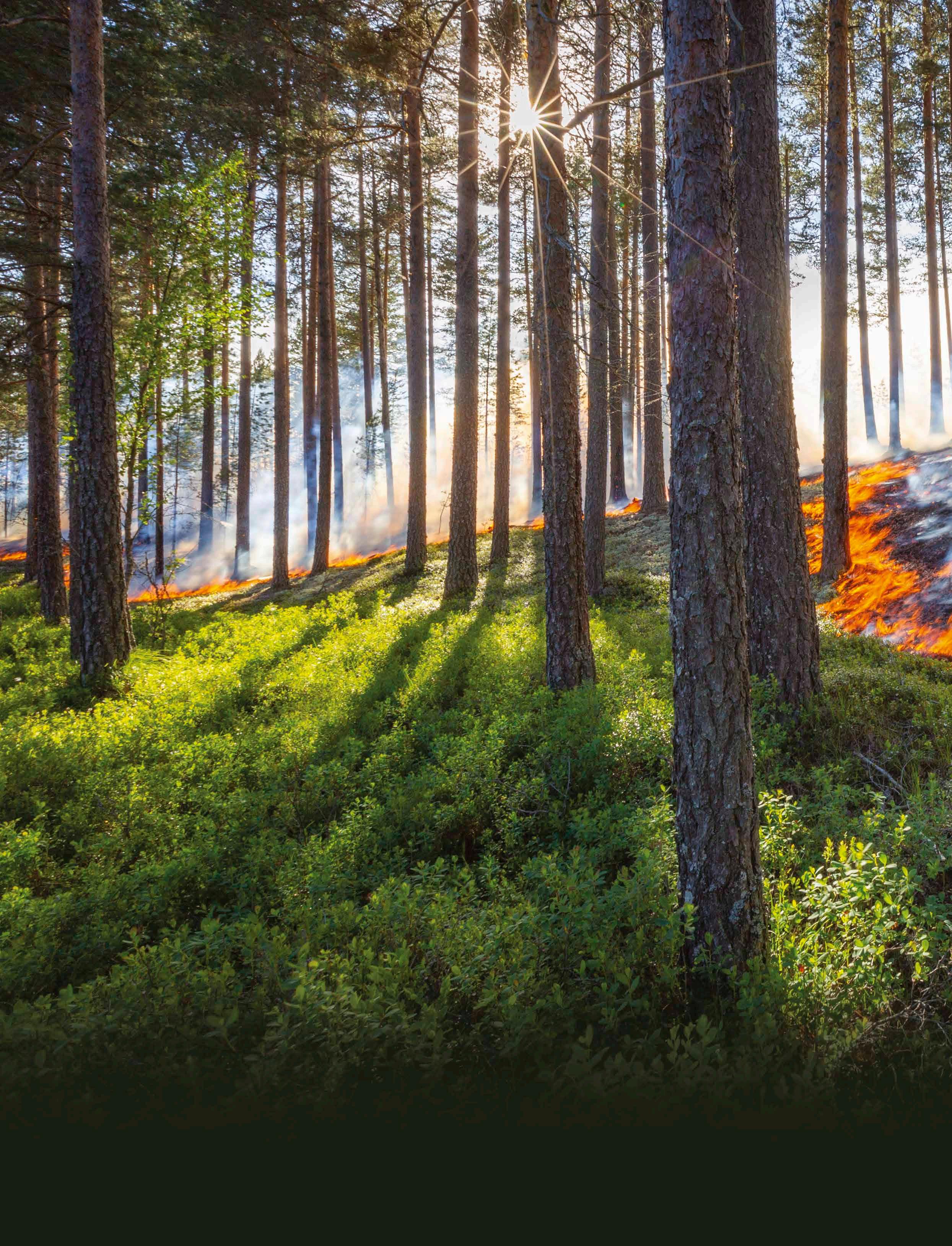

Wildfires are occurring less frequently in Taiga forests across Sweden and Finland, leaving a variety of fire-dependent species at risk. With natural fires less common now than in the past, the team behind the Life2Taiga project plan to use prescribed burns to create biodiversity and suitable habitats for pyrophilic species, as Julia Carlsson and Per Folkesson explain.
A number of species depend on the habitats created in the immediate aftermath of a fire, while other species rely on the deadwood that results from these events. While fires have burned naturally throughout history in Taiga forests across Finland and Sweden, they tend to occur less frequently nowadays. “We do have severe wildfires annually in Sweden, but not as frequently as hundreds of years ago,” says Julia Carlsson, manager of the Life2Taiga project. This is adversely affecting biodiversity across Taiga forests, to a point where some firedependent – or pyrophilic – species are at risk of going extinct. “If we had natural fires occurring periodically then we would have a natural forest succession, with different species present. However, we lack the natural disturbance of fire nowadays, so many Taiga forests are going into an unnatural, less favourable state, with less natural biodiversity,” explains Per Folkesson, a member of the Life2Taiga project team.
Life2Taiga project
This is an issue the project aims to address by bringing back the natural disturbance of fire with prescribed burns, aiming to create biodiversity and conserve natural habitats. In a prescribed burn, a fire is started by igniting strips along a line within a clearly defined area, with rigorous safety measures in place. “We always have water hoses placed around the entire burn and we also create fire breaks. Then we ignite the fire in lines perpendicular to the wind direction,” outlines Folkesson. The intensity of a fire can be modified by changing the ignition
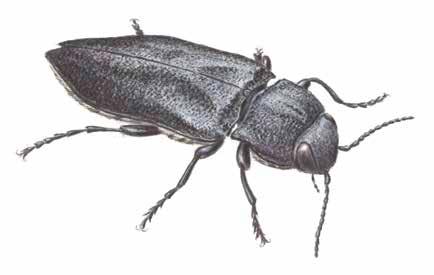
patterns, in line with the goal of a prescribed burn and the particular characteristics of a site. “We can change how close together these lines are, which affects the intensity of the flame,” continues Folkesson.
The plan is to conduct 215 of these prescribed burns on around 3,400 hectares of Taiga forest, with the goal of creating habitats for a variety of different firedependent species. The idea is to change the structure of Taiga forests, and ensure that there is a diverse range of tree species and ages within them. “We want forests to not be too dense, but rather more open,
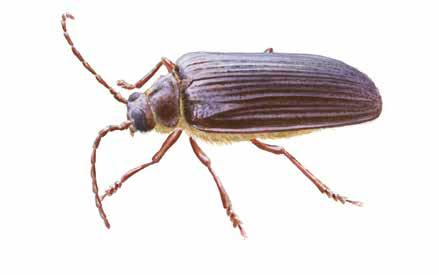
Illustration by Niklas Johansson
Illustration by Niklas Johansson
Melanophila acuminata
Tragosoma dipsarium
with sunlit patches, creating warm microclimates on the ground and on lying stems. We’re also looking to maintain or increase the substrates for several different species groups, including insects, fungi, plants and mosses. So we’re talking about biodiversity in many different senses,” outlines Carlsson. The prescribed burns will be conducted in forests across Sweden and Finland, many of which have not seen a fire for long periods, beyond the historic norms. “These forests are, in most cases, in Natura-2000 areas. Some are young forests between 50-60 years old that need an initial disturbance, while others are older,” says Carlsson.
Many of the forests in Sweden shaped by forestry techniques are dominated by a single tree species, often spruce or pine, while others influenced more by natural processes may have greater diversity, with a variety of species and ages. The project team are looking to conduct prescribed burns in different locations, when the conditions
are right. “The burning season in southern Sweden lasts from the end of April to early September, it starts later in the North. It can’t be too dry in the soil or the vegetation layer, but it can’t be too moist either,” says Carlsson. Conditions can vary throughout the season, and Folkesson says this is an important consideration in deciding when to burn a forest. “Tree roots extend down into varying depths in the soil. In Sweden we may have quite thick top layers of organic soil that can burn effectively,” he outlines. “We may have very different targets in terms of how deep we want the fire to go and how hard it should burn, so how much of this top layer of organic soil we want to remove.”
There is a choice here between burning early in the season, and effectively just burning the surface, or doing it later on in the year to reach greater depths. However, it’s difficult to plan too far ahead, as the weather conditions have to be right before a burn can go ahead. “We want the right
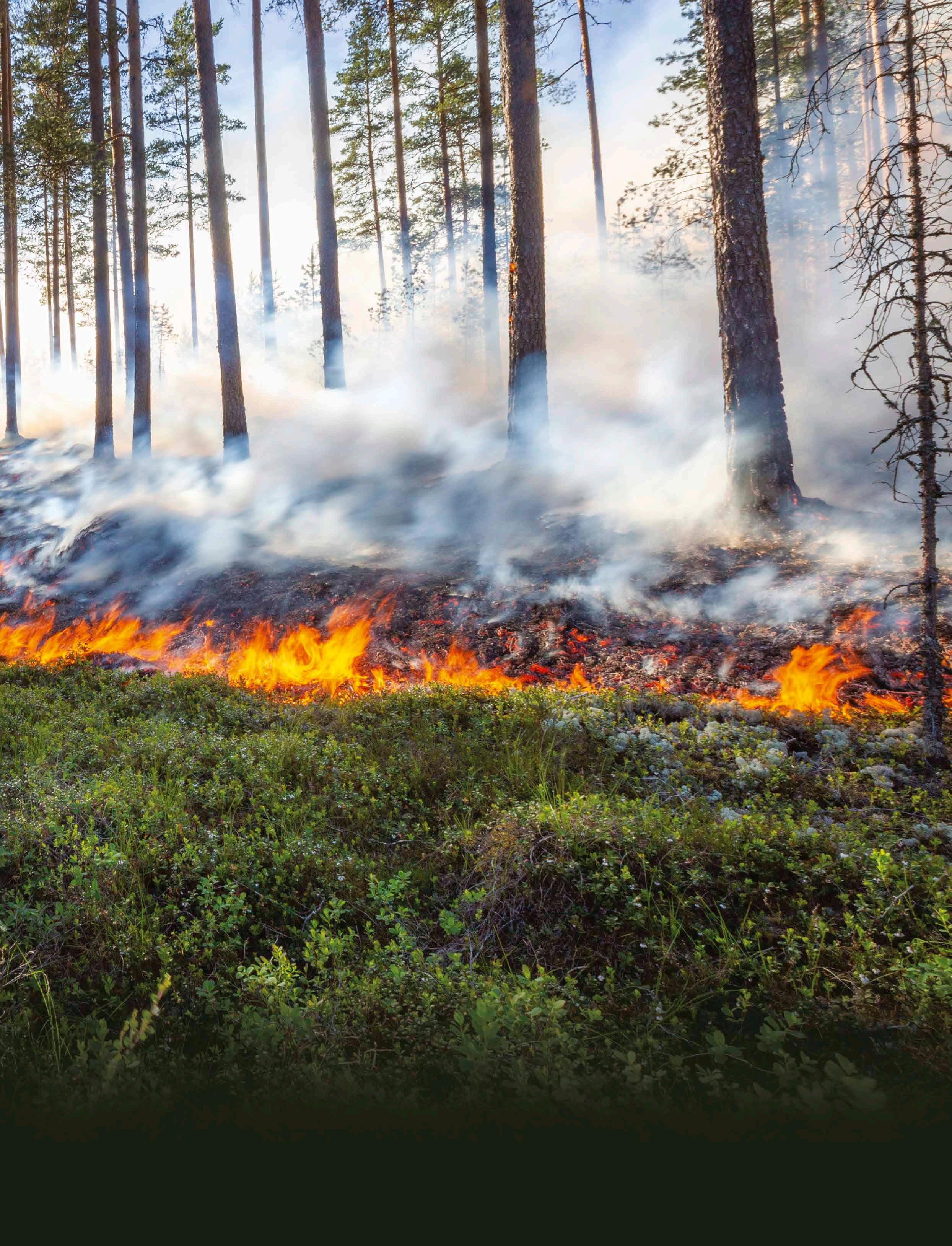
wind direction and wind speed, while we also consider the air temperature and other parameters. We have our own weather stations measuring those different values at the burning site, while we also follow the national meteorological institute’s fire weather index,” continues Carlsson. Ideally the wind should be blowing in just one direction, and a burn will be halted or called off altogether if the wind is too variable. “We might interrupt the burning if we see

Prescribed burn in Taiga forest carried out to help to encourage biodiversity. Photographer Kjell Store
Geranium lanuginosum Photographer Per Folkesson
Life2Taiga
Improved and efficient restoration by controlled burning in boreal Western Taiga woodlands
Project Objectives
• Improving habitat structures of the fire-adapted natural old pine forests of Western Taiga (9010*)
• 165 Natura 2000 sites in Sweden and Finland
• Prescribed burning on 3,455 hectares
• Fire-mimicking measures on 2,864 hectares
• Create substrates for at least 40 firedependent organisms
• Provide know-how and replication possibilites among authorities, forestry companies and contractors
• Advance the technical knowledge on how to suppress wild fires
• Produce Best practice guidelines on methods, techniques and innovations, e.g. helicopter ignition
• Increase acceptance for prescribed burning as a safe and efficient nature restoration method
Project Funding
Co-funded by the European Commission LIFE fund.
Project Partners

The County Administrative Boards in Dalarna, Gotland, Gävleborg, Jämtland, Jönköping, Kalmar, Kronoberg, Norrbotten, Södermanland, Uppsala,Värmland,Västerbotten,Västernorrland, Västmanland,Västra Götaland, Örebro and Östergötland, Swedish Environmental Protection Agency and Metsähallitus Parks and Wildlife Finland.
Contact Details
Julia Carlsson
Project Manager Life2Taiga
County Administrative Board in Västmanland Department of Nature Conservation 721 86 Västerås
Sweden
T: +46 10-224 90 00
E: life2taiga@lansstyrelsen.se
W: https://www.lansstyrelsen.se/ vastmanland/natur-och-landsbygd/ skyddad-natur/skotsel-av-skyddad-natur/ naturvardsbranning/life2taiga.html

Per Folkesson
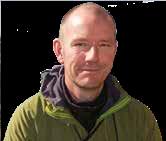
Dr. Julia Carlsson is the coordinating project manager of Life2Taiga, affiliated to the County Administrative Board of Västmanland.
Per Folkesson has been working with prescribed burning for many years and is one of the regional project managers for the County Administrative Boards of Södermanland.

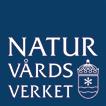
that the wind or humidity changes, and if it turns out that we can’t control the security, it might be that we end the burning for that day,” says Carlsson. “In some cases we might stop a burn, while in others we can compensate for changes in the wind.”
Fire mimicking
A prescribed burn is always the preferred option for the project team in terms of creating biodiversity, but in some areas it’s not feasible, for example if the topography is very challenging and it’s difficult to create borders around the burning site. In these circumstances Carlsson says fire mimicking techniques can be used to help achieve the project’s goals. “For example we might mechanically thin out the trees, try to open up spaces between them, or ringbark trees,” she outlines. The first choice is always to conduct a prescribed burn where possible, as fire-mimicking techniques need to be repeated and may not have the same lasting effects as a fire. When fires do go ahead it’s important to communicate effectively with people in the affected areas, an issue
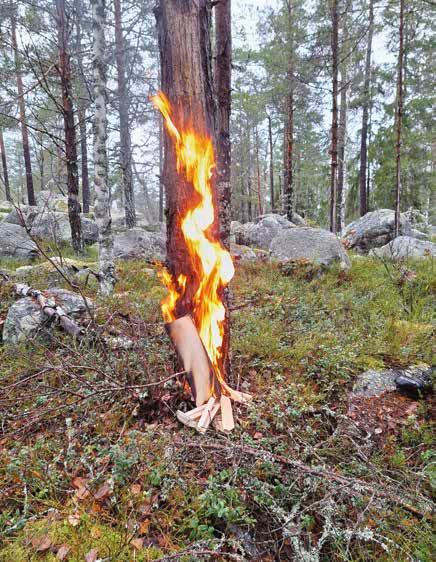
not mistaken for wildfires. The main priority is to publicise prescribed burns and reassure the public on safety, while the project team also collaborates closely with fire rescue services, both locally and regionally. “We inform them of our burning plan in advance and when it will go ahead. We also communicate with
“We want forests to not be too dense, but rather more open. We’re also looking to maintain or increase the substrates for several different species groups, including insects, fungi, plants and mosses.”
Carlsson says has been taken into account in the project. “We send out information by post to local residents and invite them to meetings to share information,” she says. “Most forest land is owned by the state, but where it is privately-owned, we establish agreements in advance.”
Effective communication is essential to gaining the consent of the local community, heightening awareness of the purpose of prescribed burns, and ensuring that they are
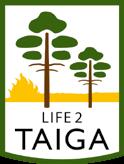


the public via local radio and media,” says Carlsson. The insights gained over the course of the project will also be shared in a set of best practice guidelines, which Folkesson believes will be invaluable for forest owners required to conduct prescribed burns. “Forest owners know that they need to burn, but quite a few of them feel insecure about how to do it, so these best practice guidelines could be very useful,” he stresses.
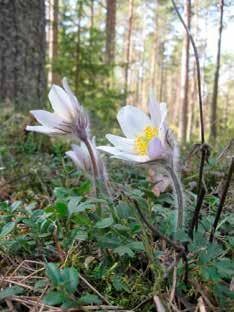
Tricholoma matsutake Photographer Andreas Wedman
Pulsatilla vernalis Photographer Johan Rova
Fire-mimicking measure. Photographer Julia Carlsson
Managing forests to improve water supplies
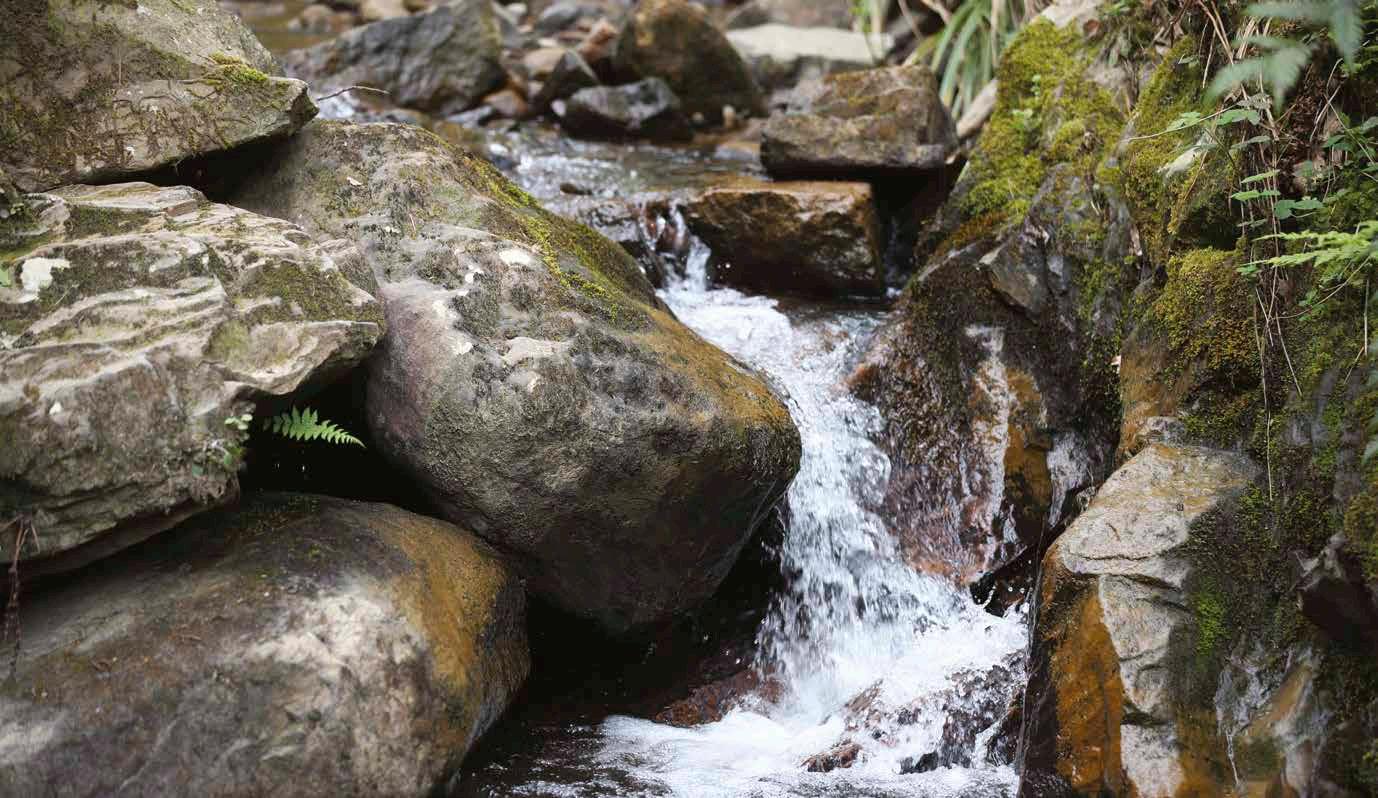

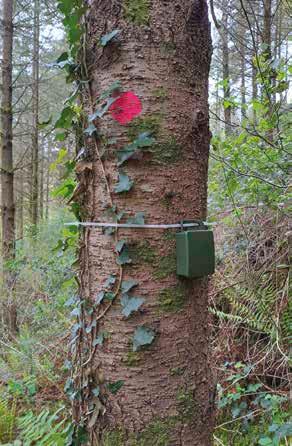
Sediments and pathogenic microbes must be removed from raw water to make it safe for human consumption, but disinfection with chlorine leads to the formation of by-products which are harmful to health. Dr Nahia Gartzia-Bengoetxea and her colleagues in the LIFE URBASO project are developing a forest-based solution to naturally reduce the need for water to be treated.
The water that comes out of our taps has been treated and purified beforehand to ensure it is safe for human consumption. Typically sediments are removed first with flocculants and coagulants and disinfected after with chlorine. However, treating water with chlorine itself leads to the formation of disinfection byproducts which represent a threat to human health. “Chlorine reacts with the natural organic matter in raw water and produces disinfection by-products like trihalomethanes, potentially carcinogenic substances,” explains Dr Nahia GartziaBengoetxea, a researcher at the NEIKERBasque Institute for Agricultural Research and Development. The amount and quality of natural organic matter in raw water varies according to the environment from which it is abstracted, and Dr GartziaBengoetxea says effective management of the surrounding land might improve the quality of water and so reduce the need to purify it. “We know that managing the area around water abstraction points affects the quantity and quality of the raw water in the abstraction point. This could then have some impact on the treatment that we
have to apply on the water, and ultimately on human health,” she outlines.
This is a topic Dr Gartzia-Bengoetxea is exploring in the EU-backed LIFE URBASO project, in which she and her colleagues are investigating the impact of the continuous cover forestry approach on both water quality and quantity in the surrounding area. The project team are working in the vicinity of Urdaibai Biosphere Reserve in the Basque country, a region in northern Spain that is heavily covered by planted forests. “Most of the surface water abstraction points in the Urdaibai reserve are located in planted forest areas mainly pine and eucalyptus plantations,” says Dr GartziaBengoetxea. These planted forests are typically managed using clearcut forestry practices, which Dr Gartzia-Bengoetxea says leads to an increased risk of soil erosion, which in turn has adverse effects on water quality. “Eucalyptus and pine trees are planted at the same time, then they are all cut together and the cycle starts again. So everything is the same age and species, and all the trees are cut at the same point,” she explains. “This means there is high potential for soil erosion.”
Buffer zones
As part of her role in the project Dr GartziaBengoetxea is working to improve the quality of surface water at the abstraction points and so increase the amount of drinking water available, reducing pressure on existing resources. The proposal is to essentially establish four buffer zones around the abstraction points, aiming to protect water from pollution and reduce the need for it to be treated. “The first zone is the riparian buffer zone, which extends 25 metres each side of the river. Then, there are three circular buffers, the first of which extends from the abstraction point until around 100 metres away,” says Dr Gartzia-Bengoetxea. These zones will be managed and protected, with the aim of reducing the amount of sediment in water at the abstraction points, and modulating levels of natural organic matter. “In the zone closest to an abstraction point, we plan to establish native riparian forests to control sediment,” outlines Dr Gartzia-Bengoetxea. “In the second and third protection zones, further away from the abstraction points, we will adopt multifunctional forest management, with a focus on close-to-nature forestry. The primary ecosystem service in these areas is
Mape demonstration site, Urdaibai Biosphere Reserve. Author: Luis Tejido. EFE
A sound recorder installed on a tree for monitoring bird biodiversity using bioacoustics. Author: Nahia Gartzia Bengoetxea. NEIKER
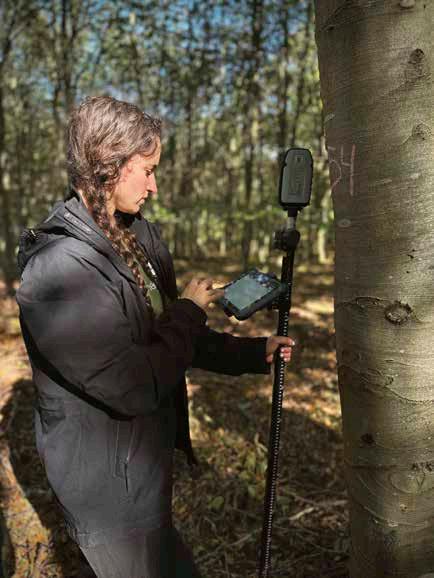
potable water production, while also allowing the production of high-quality timber .”
This work is being conducted at three demonstration sites, with the LIFE URBASO team aiming to transform the existing pine and eucalyptus plantations into native, continuous cover forestry silviculture. The impact of these measures on both water quality and quantity will be assessed in the project. “We are measuring the quantity of the water resource, the suspended solids in the water, the natural organic matter, while we are also measuring levels of ptaquiloside (PTA), a natural toxin produced by bracken ferns. Bracken fern is very common in forests and there is some evidence that PTA might have carcinogenic effects in humans,” continues Dr Gartzia-Bengoetxea. The wider effects of this forest transformation, beyond its impact on water quality and quantity, will also be monitored. “We will look at the impact on bird biodiversity, forest structure and plant diversity,” says Dr Gartzia-Bengoetxea. “We
are also adding some deadwood to soil, to increase levels of soil organic carbon and improve climate resilience. We are monitoring the impact of this approach in the project.”
The project team are also working with local residents around the Urdaibai Reserve, as well as visitors, landowners and other stakeholders, who may have different interests. The idea is not to impose a vision, but rather consider different viewpoints, aiming to strike a sustainable balance between the social and economic value of forests. “Our
Water quality
This work is currently focused on the surroundings of Urdaibai Biosphere Reserve, yet water quality and availability is a major concern across many parts of the world, so the project team is also keen to share their findings with other areas facing similar challenges. A manual has been produced, providing guidance to other councils or local organisations who may want to adopt the approach followed in the project in their own area. “We’ve developed guidelines
“In the zone closest to a water abstraction point, we plan to establish native riparian forests to control sediment. In the second and third protection zones, further away from the abstraction points, we will adopt a continuous cover forestry approach.”
researchers ask people questions like; what do you think about forests? What would you be willing to pay to ensure reliable access to high-quality raw water?” outlines Dr GartziaBengoetxea. A number of in-depth interviews have been conducted along these lines and the responses are currently being analysed, which will open up new insights into the financial value that people attach to high-quality raw water. “The project is developing a scheme for an ecosystem services payment model in the project,” says Dr Gartzia-Bengoetxea.
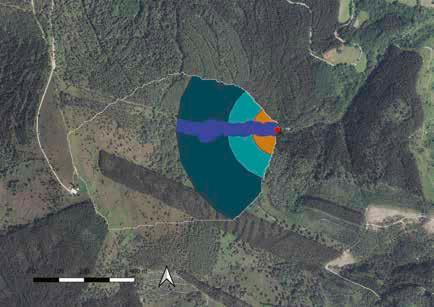
to automatically delineate these buffer zones around water abstraction points in the Basque country,” outlines Dr GartziaBengoetxea. Other regions in northern Spain and Portugal could implement this kind of methodology, while the project’s work has also attracted wider attention. “We met with researchers from the James Hutton institute in Scotland last year, who were developing guidelines for the Scottish government on protecting drinking water supplies,” says Dr Gartzia-Bengoetxea.
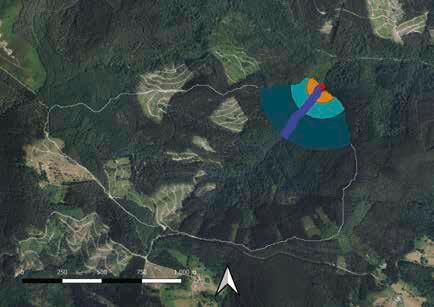
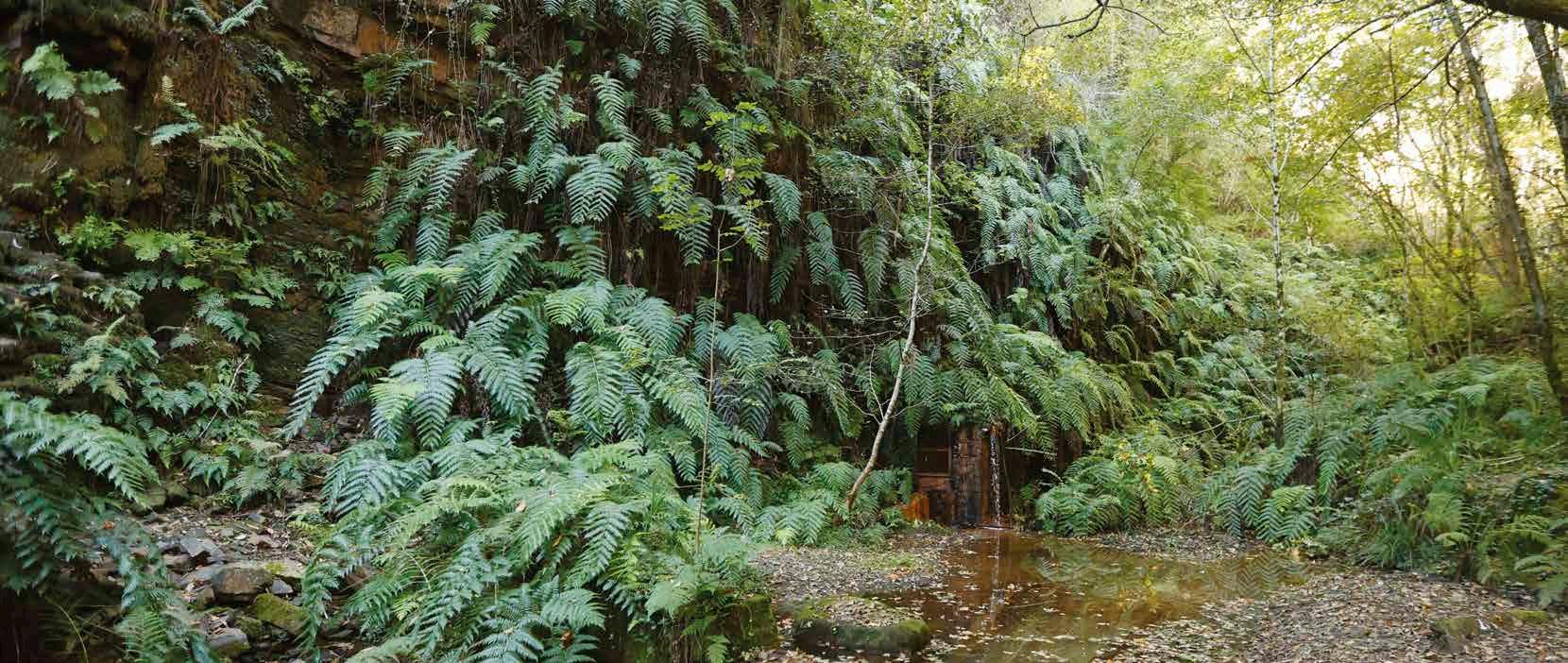
Delineation of four buffer zones at the Karrakola demonstration site (municipality of Bakio).
Researcher geolocating a tree for future monitoring.
Author: Estibaliz Alonso. NEIKER
Delineation of four buffer zones at the Mape demonstration site (municipality of Busturia).
Drinking water abstraction area in Urdaibai. Author: Luis Tejido. EFE

The wider context here is growing concern around water scarcity, intensified by the projected impact of climate change. The Basque country has a wet climate, and while overall precipitation levels are expected to remain fairly high in future, Dr Gartzia-Bengoetxea says rainfall patterns within that are projected to change. “It is expected there will be more intense rainfall, and longer periods of drought,” she says. This will affect water availability, which underlines the importance of managing resources effectively; Dr Gartzia-Bengoetxea and her colleagues are currently working to assess the impact of their approach in this respect. “We want to see if we can transform these young eucalyptus and pine forests, into more irregular, autochotonous forests, and if more water is then available in the abstraction points. We are also measuring levels of dissolved organic carbon as a proxy for certain disinfection byproducts,” she outlines. “We are looking to achieve certain targets in terms of levels of dissolved organic carbon.”
This monitoring work is still ongoing, and is set to continue beyond the conclusion of the project in 2026. By that point, Dr Gartzia-Bengoetxea hopes to have a clearer picture of the impact of the
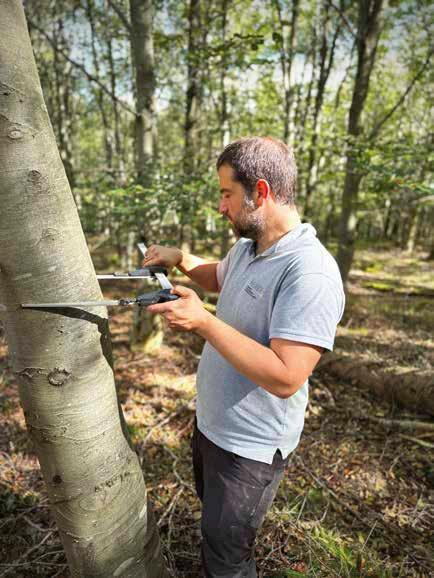
project’s work. “We will gather more data on observed changes, showing the impact on these demonstration sites, on water quantity and quality, and on biodiversity and climate resilience,” she says. This could then encourage other local authorities to look at how they manage forested areas, and Dr Gartzia-Bengoetxea says there is wider interest in the project’s work. “Many municipalities are looking into implementing the project’s proposals at their water abstraction points,” she continues.
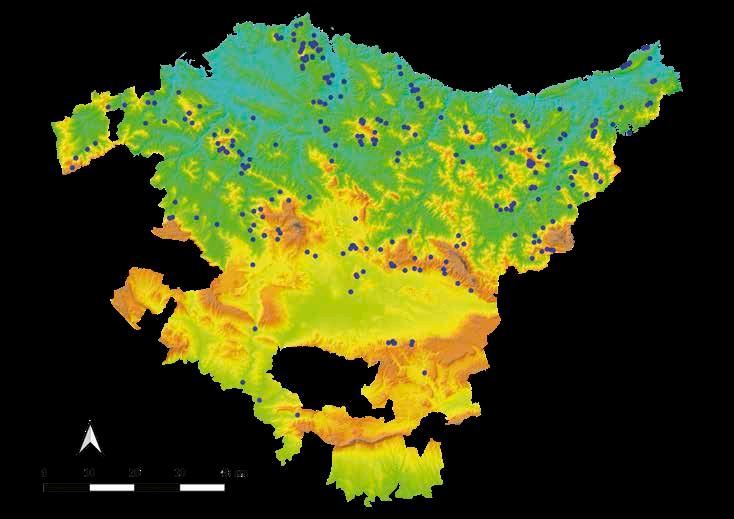
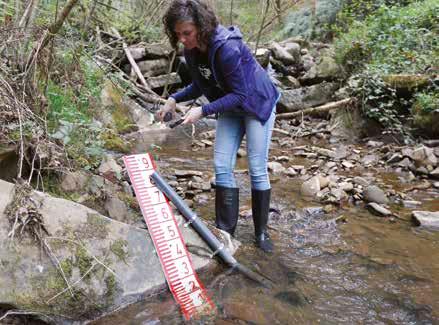
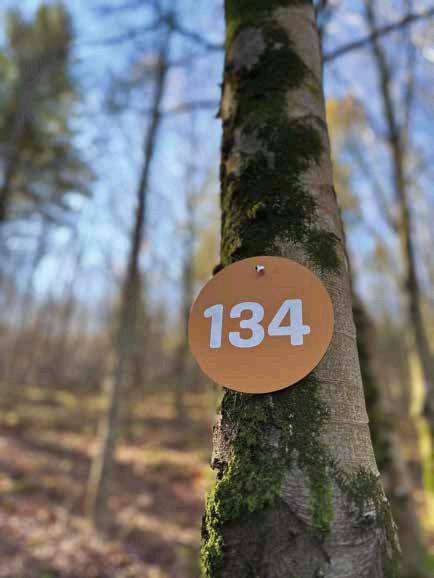
LIFE URBASO
Forest Based Solutions for Surface Drinking Water Protection, Biodiversity, Bioeconomy and Climate Resilience
Project Objectives
LIFE URBASO is evaluating forest-based solutions for the protection of surface water resources used for human consumption and biodiversity, with the aim of enhancing climate resilience and supporting the bioeconomy. The project proposes four protection zones, each with specific forest management protocols designed to safeguard the quantity and quality of raw water from abstraction points intended for human consumption. The main objective is to protect water abstraction areas in line with Article 6 of the Water Framework Directive.
Project Funding
The LIFE URBASO project is co-funded by the European Union’s LIFE Environment and Resource Efficiency under Grant Agreement Number LIFE20 ENV/ES/000687 | Acronym: LIFE URBASO.
Project Partners
• Basque Centre for Climate Change (BC3)
• Euskal Herriko Unibertsitatea • Bilbao Bizkaia Ur Partzuergoa • EFE https://lifeurbaso.com/en/participants/
Contact Details
Project Coordinator,
Dr Nahia Gartzia-Bengoetxea
NEIKER-Basque Institute for Agricultural Research and Development 812 Bizkaia Science and Technology Park 48160 Derio, Bizkaia, Spain
T: +34 627 998873
E: ngartzia@neiker.eus
W: https://lifeurbaso.com/en/project-actions/

Dr. Nahia Gartzia Bengoetxea is a researcher at NEIKER – the Basque Institute for Agricultural Research and Development. Her work focuses on forest soils and their interactions with forestry practices and the environment, aiming to ensure that soils continue to provide the multiple ecosystem services on which society depends. Her research aims to generate knowledge and practical tools to guide forest management toward sustainability and climate resilience.



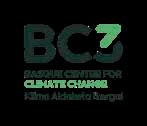


Dr Nahia Gartzia-Bengoetxea
Numbered tree within the established Marteloscope for forest training. Author: Estibaliz Alonso. NEIKER
The 269 surface water abstraction points intended for human consumption in the Basque Autonomous Community (CAPV) registered in the Protected Areas Register of the Water Framework Directive.
Researcher measuring tree diameter. Author: Estibaliz Alonso. NEIKER
Researcher recording water level data at a demonstration site. Author: Luis Tejido. EFE
A new climate of resilience for Spanish forests


Many forests in Southern Europe are comprised primarily of one species of tree in an even canopy, often of similar ages, factors which heighten their vulnerability to the effects of climate change. The team behind the LIFE RedBosques_Clima project are developing a new management model, aiming to enhance the ability of forests to adapt to climate change, as Dr José Atauri explains.
The forests of southern Europe are highly vulnerable to the effects of climate change, with increasingly frequent heatwaves, higher temperatures and lower rainfall having a significant impact on our trees. Huge expanses of trees across southern Spain died last Summer due to lack of water for example, while in general trees are weaker and less robust than in the past. “Many European forests are relatively young and too dense, with too many trees per hectare. Where there are large numbers of trees in a relatively small area they compete for water and light, and they don’t grow in a healthy way,” explains Dr José Atauri, Head of Conservation at FUNGOBE/ EUROPARC-Spain, one of the partners in the LIFE RedBosques_Clima project.
LIFE RedBosques_Clima project
As technical coordinator of the project, Dr Atauri is part of a team working to help forests adapt to the impact of climate change so that they can continue capturing and storing carbon, as well as providing other vital ecosystem services. This work is focused on several forests in Spain, which act as pilot sites. “One forest is in the region of Catalonia, three are in the Valencia region, and another is in CastillaLa Mancha,” outlines Dr Atauri. “They are highly representative of typical forests in Spain. They are young, with a very continuous, even tree canopy and dense coverage. We have a lot of very young forests in Spain, less than 80 years old. We are developing measures, recommendations and management tools, aiming to diversify the structure of these forests.”
This work builds on the earlier LIFE RedBosques project which focused on
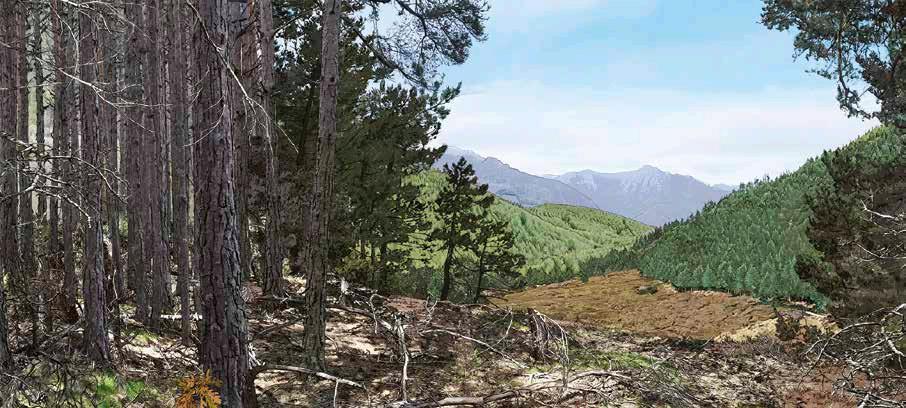
identifying and analysing the features of oldgrowth forests, forest stands which have developed over extended periods of time with no timber extraction. These stands are more diverse than younger forests, with a wider variety of tree species and ages, while Dr Atauri says they also have other features which make them more resilient in the face of climate change. “These old-growth
The team behind the LIFE RedBosques_ Clima project are now looking to use these insights to inform forest management, aiming to improve adaptive capacity and secure their long-term future against the backdrop of a changing climate. Many forests in Spain are relatively young, following the widespread abandonment of rural areas over the last 6070 years. “We have more forests than ever in
“Many European forests are relatively young and too dense, with too many trees per hectare. Where there are large numbers of trees in a relatively small area they compete for water and light , and they don’t grow in a healthy way.”
forests are not continuously wooded, they are interspersed with gaps, which enhances their resilience,” he explains. Over the four years of the LIFE RedBosques project, Dr Atauri and his colleagues gained some deep insights into old-growth forests. “We learnt a lot about the properties of old-growth forests,” he continues.
Spain, as agricultural land is being abandoned and colonised by forests,” says Dr Atauri. “Previously people who lived around forests would take away some of the wood for their livelihoods. But now much of this land has been abandoned and forests can regenerate and grow, which is why they are now very much denser than they were.”
Sierra Santo Domingo Protected Landscape. Photo by M. Muñoz
Illustration of poor forest adaptation.

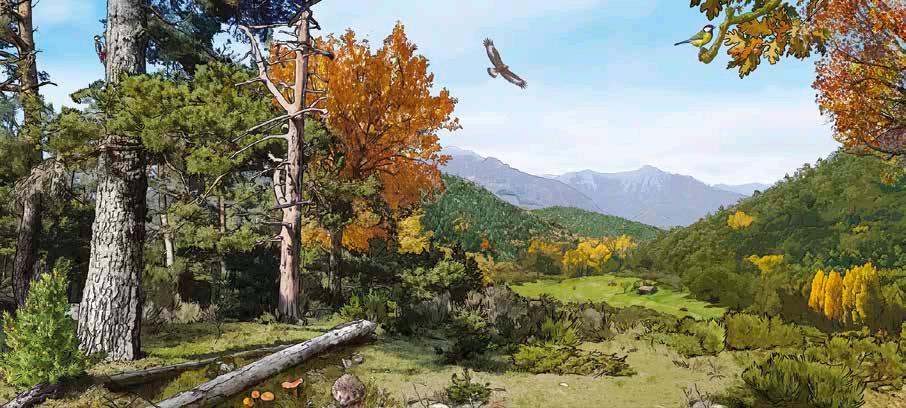
A key priority in the project now is to enhance the resilience of these younger forests, taking into account their specific features and characteristics. A vulnerability index has been developed as part of the project, which will be applied at the pilot sites to gain a fuller picture. “The index allows us to evaluate how vulnerable a particular forest is to drought. This involves measuring some properties of the forest structure, such as how many species with different functional traits there are and their regeneration abilities, the age profile of the trees and the overall density of the forest,” outlines Dr Atauri. “These can all be measured and reflected in the vulnerability index. So we can identify the specific characteristics of a forest that leave it more vulnerable.”
This can then guide conservation and adaptation measures to enhance resilience. Managing the forest in such a way that they incorporate some of the key features of old-growth forests helps reduce vulnerability, says Dr Atauri. “We recommend allowing some trees to get older, to establish some gaps in forests, and to grow a wider range of species with more diverse climate requirements,” he says. While the project at this stage is focused primarily on the pilot sites, climate change is already affecting wooded areas across Spain and southern Europe, so Dr Atauri is keen to implement these ideas more widely in future, helping to protect and conserve forests. “This is essentially a demonstrator project, and we hope to work in more locations,” he continues.
Management tools
The more immediate priority however is to finalise the project actions, including applying the management tools at the pilot sites, with LIFE RedBosques_Clima set to conclude in November. The pilot actions are largely complete, and the project team are now looking to share and communicate their findings. “We are working to convey the message that allowing forests to be more diverse and complex is one of the main strategies to adapt to new climate conditions,” outlines Dr Atauri. There is also interest in establishing a successor project, which would again focus on climate change. “It would primarily be about how to manage forests in a way that makes them less vulnerable to the effects of climate change,” says Dr Atauri. A variety of different approaches have been proposed to help achieve this, including the promotion of herbivory and cattle grazing, as well as potentially using prescribed burns to restore the local ecology and promote biodiversity. Another possibility is using wild herbivores to boost the resilience of forests.
“Those are some of the initial ideas that have been proposed, but they haven’t yet taken full form,” acknowledges Dr Atauri. The ultimate goal is to protect and conserve forests, which Dr Atauri says play a wide variety of environmentally important roles.
“They control the water cycle and the microclimate for example. They also give us places for recreation and research, and important products like wood,” he points out. “That wide range of services must be protected for the future, by protecting and managing our forests in an effective way.”
LIFE RedBosques_Clima
Nature-based solutions to improve adaptation of forests to climate change
Project Objectives
The LIFE RedBosques_Clima project aims to improve the resilience of forests to climate change by enhancing heterogeneity and biodiversity. It provides tools to assess vulnerability and guide adaptation strategies, applying them in pilot cases. The project also facilitates knowledge transfer to forest managers, policymakers, and stakeholders to promote large-scale replicability.
Project Funding
LIFE RedBosques_Clima (LIFE20 CCA/ ES/001624). Funded by the European Union through the LIFE20 Climate Action program.
Project Team
https://redbosquesclima.eu/en/team/
Project Partners
https://redbosquesclima.eu/en/project-partners/
Contact Details
Project Coordinator,
José Antonio Atauri Mezquida
Fundación Fernando González Bernáldez Oficina Técnica EUROPARC-España
ICEI Edificio A, Campus de Somosaguas, UCM 28224 Pozuelo de Alarcón (Madrid)
T: +91 394 2522
E: fungobe@fungobe.org
W: https://redbosquesclima.eu/ W: www.fungobe.org
: @fungobe
W: www.redeuroparc.org : @redeuroparc
This material reflects the views of the authors. The Commission/EASME is not responsible for any use that may be made of this information or its content.

José Antonio Atauri Mezquida holds a degree in Biology and a Ph.D. on Ecology. His research work has been primarily focused on landscape and forest ecology. He currently works for FUNGOBE/ EUROPARC-Spain, as coordinator of conservation projects, where coordinated the LIFE RedBosques project and currently LIFE RedBosques_Clima.
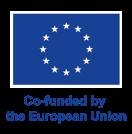

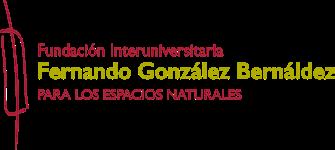
José Antonio Atauri Mezquida
Illustration of good forest adaptation.
Enhancing the resilience of Swedish forests


A forest dominated by just a couple of species can be regarded as more vulnerable to pests and diseases than one with a wide variety of different trees. The team behind a Formasbacked project are investigating whether planting silver birch could enhance resilience and protect the future of sustainable forest production in Sweden, as Michelle Cleary explains.
The Swedish forestry sector is heavily dependent on spruce and pine, which together cover about 80 percent of the country’s productive forest land. These two species face serious problems however, which threaten the long-term health of Swedish forests. “We’re currently experiencing the biggest spruce bark beetle epidemic that we’ve ever seen in Sweden, millions of trees have died, and many places across Europe are facing similar challenges. We’re seeing more severe and frequent insect outbreaks as a result of climate change,” explains Michelle Cleary, an Associate Professor at the Southern Swedish Forest Research Centre at the Swedish University of Agricultural Sciences. There are also a variety of threats to the health of pine trees. “Several fungal diseases cause problems in pine, such as fungi causing root rot and foliar and stem diseases” continues Professor Cleary. “An over-reliance on pine and spruce trees, with the different health challenges that forests are facing, threatens the security of Swedish forests.”
Diversifying forests
This issue is central to Professor Cleary’s work in a research project backed by Formas, the Swedish government research council for sustainable development. The project team are looking into planting silver birch - which is already quite common in Sweden - as a way to diversify forests and enhance their resilience. “A less diverse forest is more vulnerable, given the current and future challenges that forests will face, particularly in the context of climate change and global trade which is leading to the introduction of sometimes damaging organisms. Diversifying forests is a means of spreading the risk and adding security to the forestry sector,” says Professor Cleary. While silver birch is fairly common in Sweden it hasn’t traditionally been managed intensively, whereas a lot of attention has been centered on pine and spruce. “Damaging agents such as root rot caused by Heterobasidion spp. have been researched extensively in Sweden and, in practice, attempts are made to control the disease to reduce economic losses,”
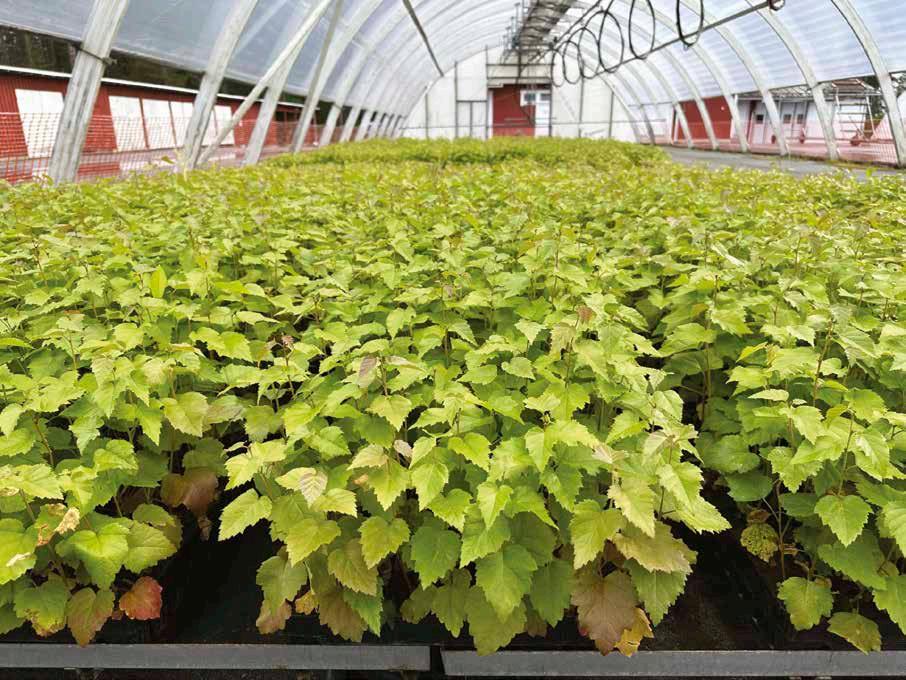
continues Professor Cleary.
A variety of thinnings may occur over the course of a rotation, and each time trees are harvested, freshly cut stumps can then be colonised by the Heterobasidion fungus. When Heterobasidion grows in stumps it can then grow down through the roots and infect neighbouring trees, which Professor Cleary says can be a serious problem. “It can cause significant decay in the timber, in particular spruce trees. So, in Sweden we treat the stumps at every thinning operation, as a protective measure. A biological control agent is sprayed on the stump, as soon as the tree is cut,” she explains. If more silver birch is to be planted in future, it will be important to assess its vulnerability to the Heterobasidion fungus, a topic that researchers are investigating in the project. “Do we anticipate that Heterobasidion will be a serious problem in silver birch, to a point where we would also need to also treat birch stumps with this biological control agent, at thinning?” outlines Professor Cleary.
The project team have conducted some field experiments where they have thinned out the silver birch, and looked at its susceptibility to infection by Heterobasidion.
This work has not yet concluded, but results so far suggest that Heterobasidian is not a major threat to silver birch, in large part because of the presence of another fungus inside the tree which seems to have inhibitory effects. “This seems to be very prevalent in silver birch trees. It doesn’t cause any disease, but it clearly comes into the tree at some point - maybe via an insect vector - and colonises the wood,” says Professor Cleary.
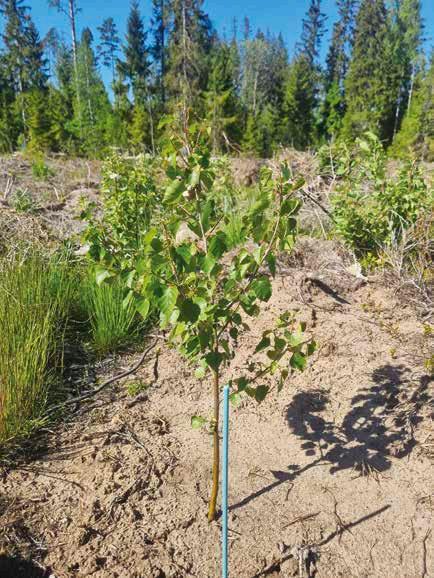
Photo credit Michelle Cleary
Photo credit Kinga Stolarek
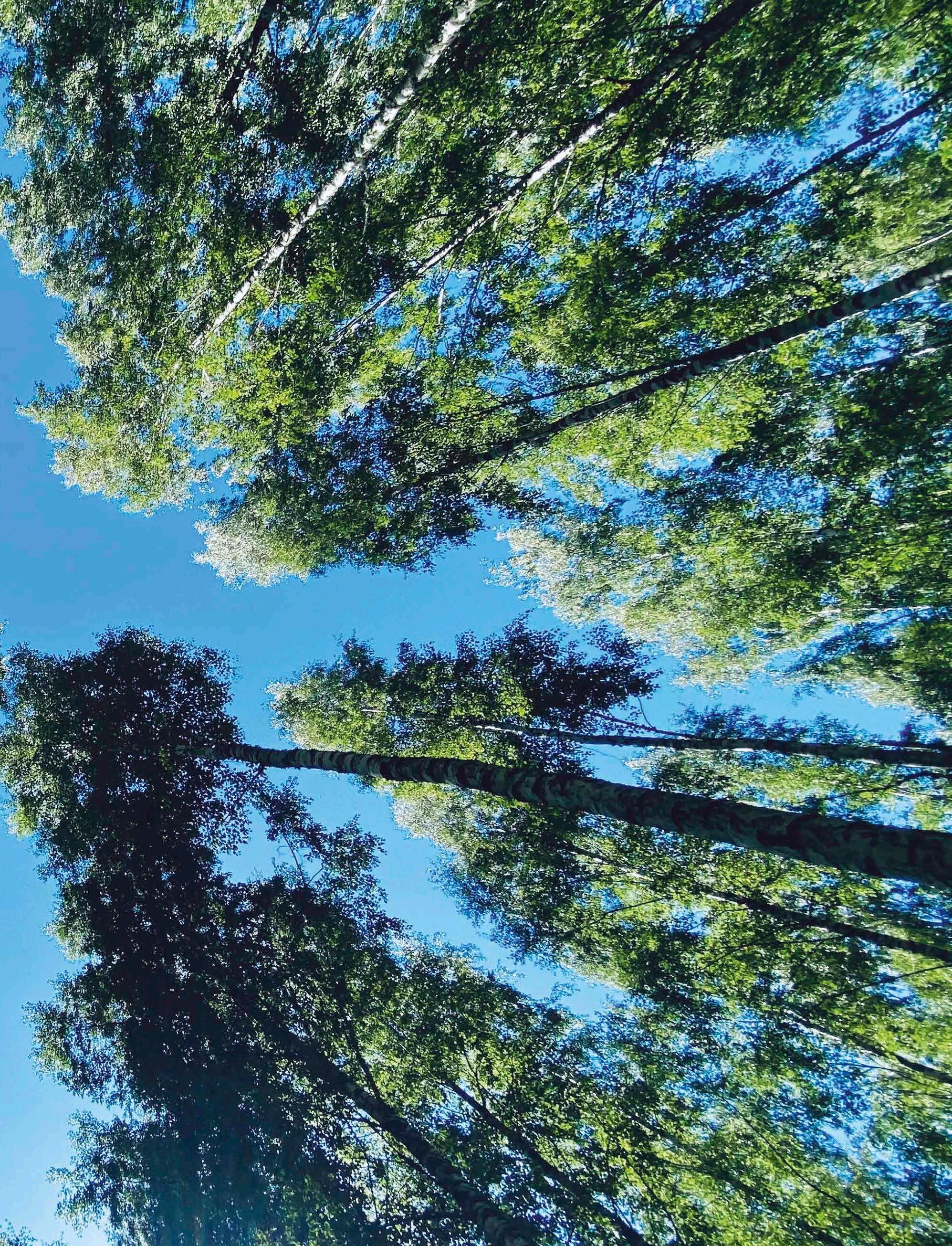
The importance of this fungus was not anticipated at the outset of the project, and the discovery of it has raised new questions, which Professor Cleary and her colleagues are also addressing in their work. “We’ve started some additional studies, looking at antagonistic effects. We’ve been growing the two fungi together to characterize their interactions,” she outlines.
This focus on silver birch has also brought other issues to prominence, one of which is the impact of pine weevil populations, which have recently been shown to attack newlyplanted birch. Seedlings are typically planted on clear-cuts, open areas within a forest created when trees are harvested, and pine weevils are attracted to the volatiles that are then emitted. “They can smell the stumps, and they essentially over-winter in the stumps of trees that were previously cut. When new trees are planted, weevils can then feed on those trees,” explains Professor Cleary. Pine and spruce seedlings are commonly treated with a protective coating to prevent seedling mortality, now Professor Cleary and her colleagues are looking at whether birch seedlings also require this protection. “Our early observations on young plantations showed a high percentage of the seedlings had been damaged by weevils, but lower than that which is typically seen in pine,” she outlines. “This could be an exceptional result though, so we need to study this further.”
Field experiments
A number of field experiments have been established, with researchers laying out traps, catching and identifying insects and assessing damage across the growing season, from around the end of April until September. This work involves getting down on the ground, and digging around the base of seedlings to assess the extent of any damage. “We did this pretty intensively over the course of a full growing season - on a weekly basis for the first few months, then maybe bi-weekly for the rest of the period. We were very concerned about catching the insects at the right time, so that we could identify them,” says Professor Cleary. “We have been looking to identify which weevil species are involved in causing damage to trees. There are four different weevil species that are damaging trees – two of them are actually causing mortal damage, by girdling the stems, while the two others are mostly chewing on leaves.”
The project team have conducted an experimental trial in which half of a group of silver birch trees were treated with mechanical protection and the other half
weren’t, from which researchers could then assess its effectiveness. Researchers have also probed other issues which may influence the vulnerability of trees to pine weevil populations, including their age. “We looked at a site which had been clear-cut a year prior, while a second site was a very fresh clear-cut. We wanted to see if there was an age difference, in terms of the level of weevil damage,” says Professor Cleary. This work has so far focused on a single site, but it’s unclear whether this is representative of weevil damage more broadly, so Professor Cleary plans to scale up this research in the future. “We’ve got financial backing to
establish a nationwide experimental series, in which we will be able to track weevil damage over one or two growing seasons, and see how variable it is,” she continues. This will also allow researchers to monitor the long-term impact of weevils on the quality of its growth rate, which is an important consideration in forestry. A tree that has been girdled by weevils may not necessarily be dead, so Professor Cleary says it’s important to continue with this research and make further observations. “It may well be that the stalks around the roots are still alive and the tree can resprout,” she explains. Browsing by moose, deer or other
“A less diverse forest is more vulnerable, given the current and future challenges that forests will face, particularly in the context of climate change. Diversifying forests is a means of spreading the risk and adding security to the forestry sector.”
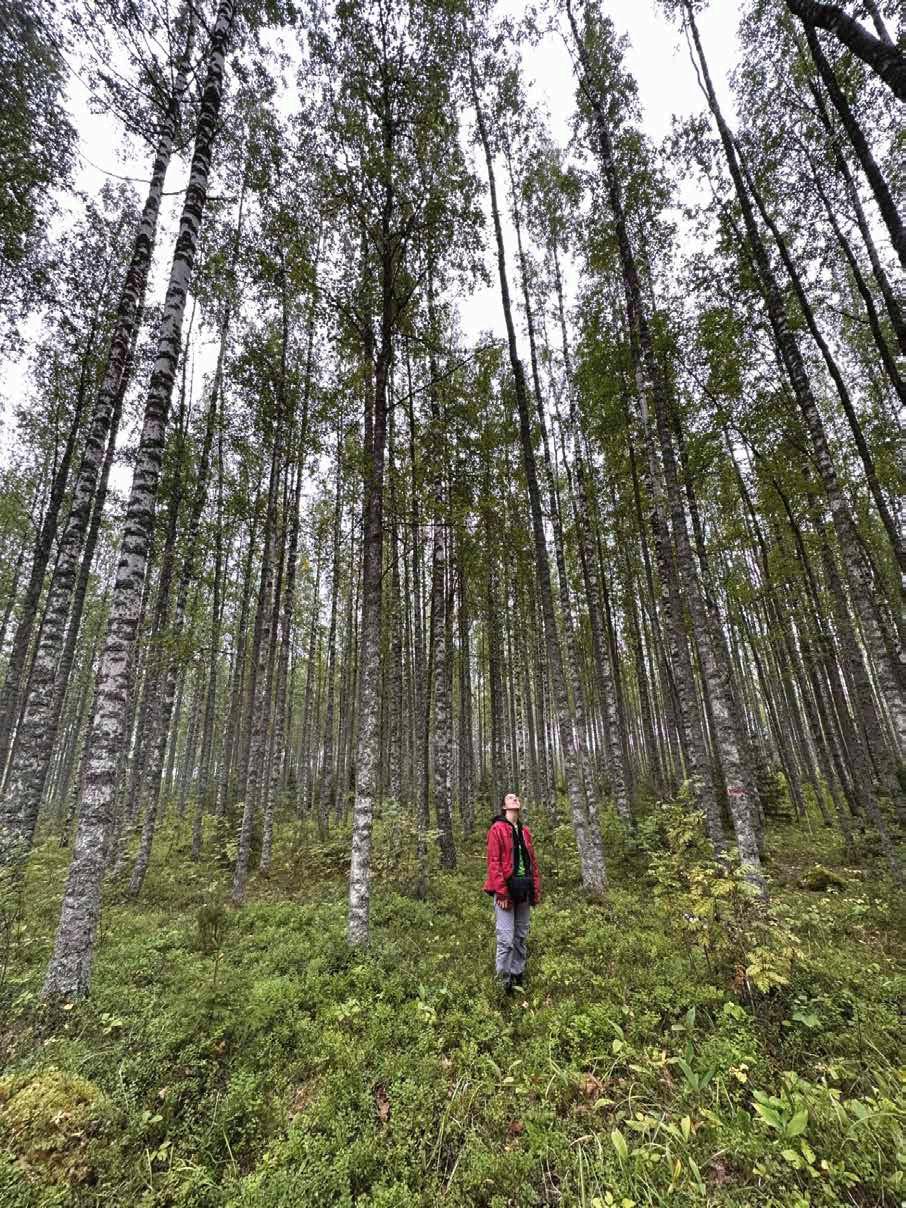

Photo credit Michelle Cleary
Photo credit Babtunde Dosumu
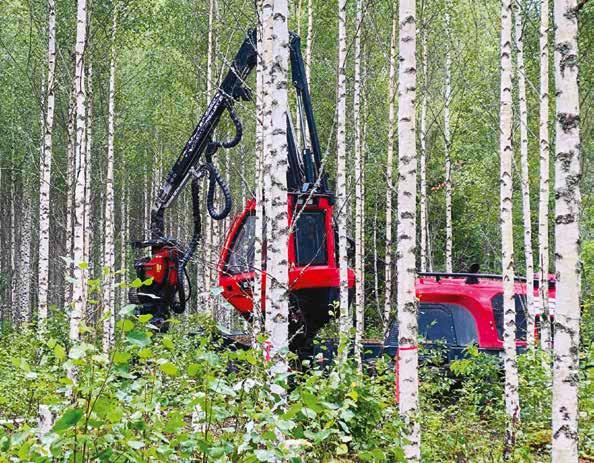
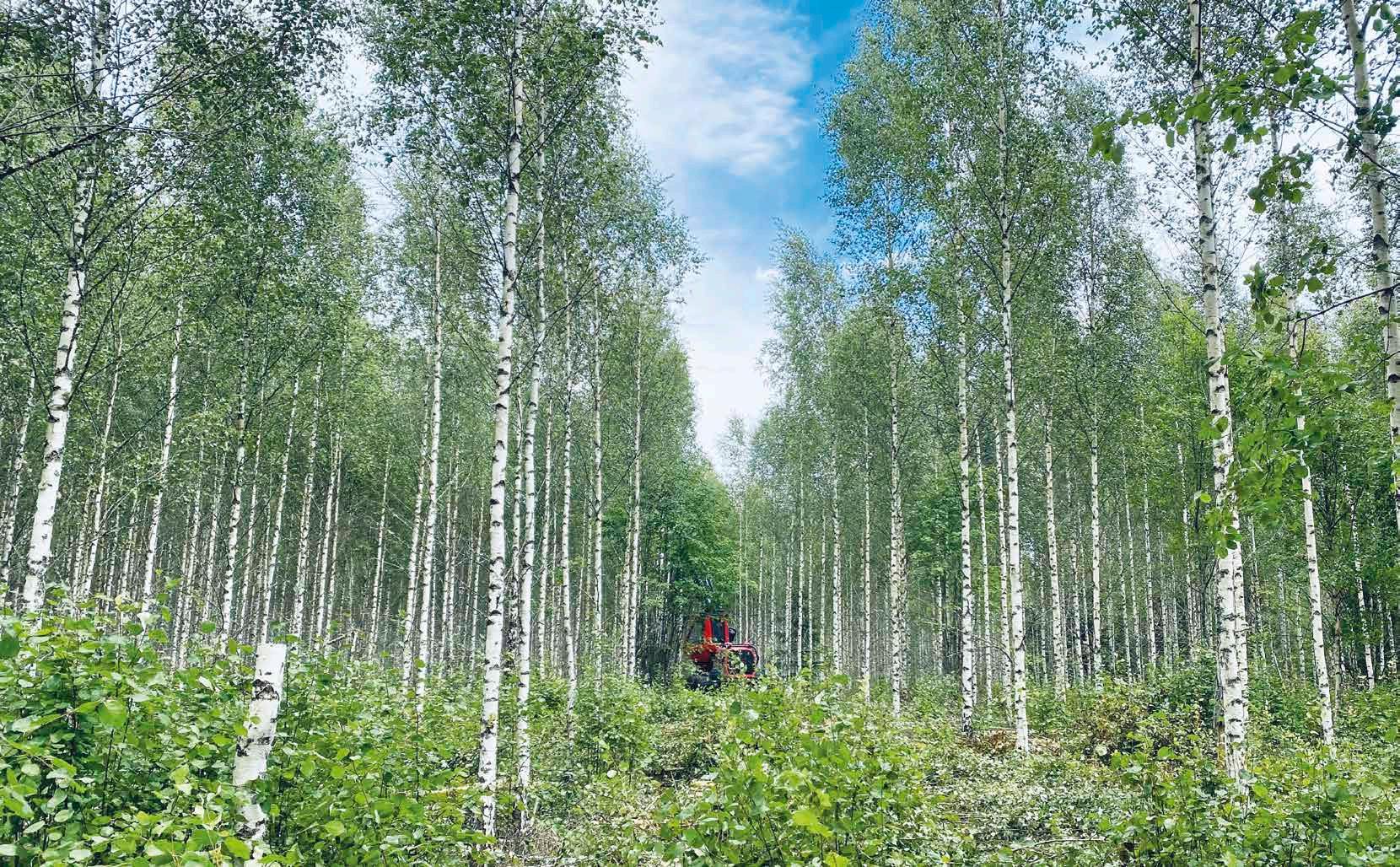
animals can also damage trees, and affect their growth patterns. “We’re working with trees that have been selected for their superior growth traits,” says Professor Cleary. “If trees have been really heavily browsed then they will sprout again, and when they resprout, from the base of the tree, they can come up not single-stemmed but multi-stemmed. This detracts from the initial goal of producing single-stemmed, fast-growing trees.”
The growth prospects of these trees are harmed by damage, with browsing in particular a major problem in Sweden. An assessment in September found quite substantial damage, and Professor Cleary plans to make further observations, to look at whether these trees are able to recover. “It may be that they can resprout and become single-stemmed trees, but we believe these first few years are really setting them back. The best way of preventing damage is fencing off newlyplanted areas, but many forest owners don’t like the idea. It’s very expensive and there are no subsidies available, so the forest owners bear all of the costs,” she explains. Alongside addressing these well-established threats, Professor Cleary and her team are also looking ahead and considering the problems which may emerge in future.
“Climate change is affecting host-pathogen, host-pest interactions for example, which may cause problems in future,” she says.
Alien invasive species
There is also a lot of concern over the possibility of alien invasive species arriving from overseas via the global trade in plants and plant products. One pest currently causing problems in North America is an insect called bronze birch borer, which causes decline and mortality in birch trees. “This
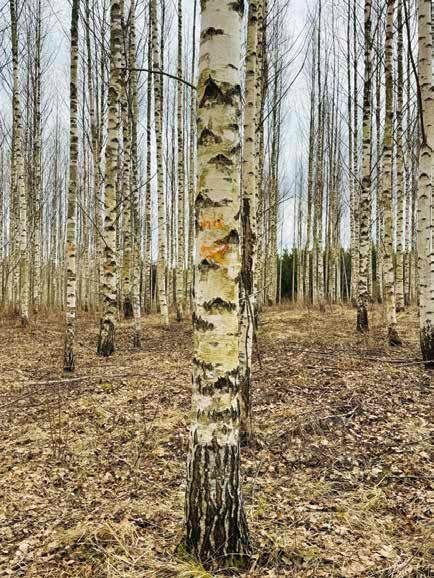
insect is typically a secondary pest of native birch species, it usually requires some sort of stress factor before it attacks trees,” outlines Professor Cleary. Field trials in North America have shown that European birch is highly vulnerable to bronze birch borer. “Another known pest is Emerald ash borer, which was introduced to North America from Asia. This has proven to be absolutely devastating - causing near extinction of several North American ash species,” says Professor Cleary. “This pest is very similar in its lifecycle and its ecological strategies as bronze birch borer, and where you have this coevolutionary mismatch in host-pest associations, it would have serious effects on birch populations if it ever arrived in Europe.”
The presence of invasive species has in the past often not been detected early enough to implement eradication measures effectively, an issue that Professor Cleary is working to address. A molecular tool has been developed to rapidly detect bronze birch borer from environmental DNA (eDNA), for example in frass from the insect - its faeces. “The trade in wood products is one possible pathway in which we might find this insect. We can test the frass with this new tool, a rapid molecular assay, and detect bronze birch borer,” explains Professor Cleary. This assay has
Photo credit Babtunde Dosumu
Photo credit Babtunde Dosumu

been tested against the other Agrilus - the genus - species in Europe, to make sure it’s very specific in terms of identifying bronze birch borer, while Professor Cleary and colleagues have also been working to validate the tool. “If we want National Plant Protection Organisations (NPPOs) to use this tool, they have to know that it works on real samples, so it is important that we validate it,” she stresses.
which are shared with the different agencies in European countries,” says Professor Cleary. Pests like bronze birch borer don’t recognise national borders of course, and clear, efficient communication is crucial to detecting them early and then eradicating them. “It’s important for people to know what these pests look like, and to know who they should contact to report a problem and get it dealt with, ” continues Professor
“If we want National Plant Protection Organisations (NPPOs) to use this tool, they have to know that it works on real samples, so it is important that we validate it.”
This molecular tool has now been shown to work on wood samples, and Professor Cleary believes it will be highly valuable for NPPOs responsible for inspections at national points of entry. The tool has attracted a lot of interest from different NPPOs around Europe and the European and Mediterranean Plant Protection organisation (EPPO), which coordinates plant protection efforts across the continent. “EPPO will include this tool in their diagnostic protocols,
Cleary. “We’re trying to heighten awareness of these invasive pests.”
There is a strong applied focus to this work, with Professor Cleary and her colleagues responding to the needs of stakeholders, which will continue to be a prominent consideration in research. “A lot of our research is stakeholder-driven, and we will work to produce recommendations for forest owners on how to manage their stands,” she says.

DIVERSIFICATION OF FORESTS WITH SILVER BIRCH TO SAFEGUARD RESILIENCE AND MULTIFUNCTIONAL ROLES OF FORESTS
Project Objectives
Norway spruce and Scots pine totally dominate Swedish forest production, but recent damage to these tree-species is jeopardizing future sustainable forest production. It is extremely important that the tree-species used in forestry is diversified. The project will set the base for a large introduction of planted silver birch in Swedish production forests. The project addresses important knowledge gaps around the management of silver birch.
Project Funding
This project is funded by the Swedish Research Council FORMAS under Agricultural and Veterinary SciencesAgriculture, Forestry and FisheriesForest Science 40104.
Co-investigators
• Renats Trubins • Urban Nilsson • Emma Holmström • Vilis Brukas • Karin Hjelm • Adam Felton
Contact Details
Project Coordinator, Michelle Cleary
Senior Lecturer at the Southern Swedish Forest Research Centre Inst för sydsvensk skogsvetenskap, Box 190 234 22 Lomma T: +46 40415181 E: michelle.cleary@slu.se W: https://www.slu.se/en/departments/ southern-swedish-forest-researchcentre/research/research-programmes/ diversification-key-to-resilient-andmultifunctional-forests/

Michelle Cleary is an Associate Professor and Senior Lecturer in Forest Pathology at the Swedish University of Agricultural Sciences. She also works as a Vice-Director for the Centre of Excellence Trees For Me which is developing competence focused on fast-growing broadleaf trees for sustainable forestry, materials and energy in Sweden.
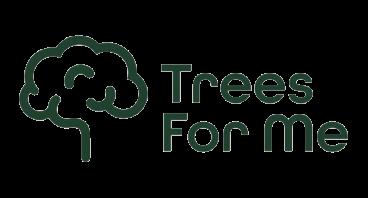
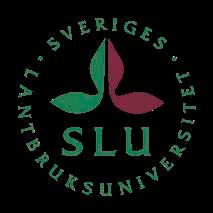

Michelle Cleary
Photo credit Michelle Cleary
Rooting out invasive plants


Invasive plant species can pose a significant threat to indigenous plants, and they must be managed effectively to maintain floristic diversity. We spoke to Dr Sònia Garcia about the LIFE medCLIFFS project, in which researchers are working to identify and manage invasive species, helping to protect the environment on the coast of northern Catalonia.
The presence of invasive plants can disrupt the ecological balance in an area, limiting the growth prospects of autochthonous species and in some cases threatening their existence. The Cap de Creus peninsula on the Costa Brava in Catalonia is the only place in the world where the Seseli farrenyi plant can be found, yet the growth of invasive species such as Carpobrotus spp. (ice-plant) threatens its future. “This ice-plant is present not only in the Costa Brava, but across the whole Mediterranean. It forms a kind of mat, and where the ice-plant grows, almost nothing else can,” explains Dr Sònia Garcia, a researcher at the Botanical Institute of Barcelona, a joint centre belonging to the Spanish National Research Council (CSIC) and the Museum of Natural Sciences of Barcelona (CMCNB). Other invasive species also threaten the autochthonous plants of the Cap de Creus, notably two species of genus Limonium, which grow on sea cliffs around the coast, “These invasive species don’t have natural competitors, so they out-compete the autochthonous/local plants. This leads to changes in the landscape of the region,” continues Dr Garcia.
LIFE medCLIFFS project
As a researcher in the LIFE medCLIFFS project, Dr Garcia is part of a team working to both identify where these invasive plants
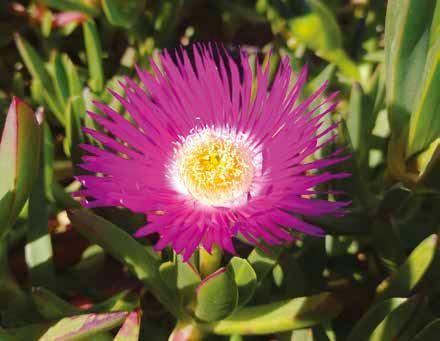
are, and also manage them more effectively. In some cases, this might mean removing them entirely, while in others the aim is more to understand where they are to prevent their further spread. “For example, the ice-plant has spread all over the place, there is no way we can remove it everywhere it is found. We want to remove this plant from protected areas and places where there are endemic plants,” outlines Dr Garcia. The project team are engaging the wider public in helping to find these invasive plants and assess the extent of the problem. “We use the citizen science platform iNaturalist. There is a list of more than 100 invasive – or potentially invasive – species, and we want to record their presence,” says Dr Garcia. “If an observer goes into an area covered by the project with the iNaturalist app, and they take a picture of this ice-plant for example, then this observation will be uploaded to our project.”
A group of volunteers are additionally responsible for monitoring different stretches of coast annually in groups of two, and recording the presence of certain species. Alongside data on the presence and abundance of these species, volunteers also

gather other types of information such as their approximate coverage and whether they are senescent or not, which together can help researchers assess the risk they are likely to pose in future. “This data, from observers and volunteers, is used to feed an algorithm that helps us to look forward and assess whether a plant is going to be a problem in certain areas,” explains Dr Garcia. This could prove to be a valuable tool for land managers and forest authorities, believes Dr Garcia. “It can help them identify whether they should take action to remove a specific plant, and whether a situation is likely to get worse,” she says. “We are working to develop this tool in the project, so that it is ready to use in the field in both predicting the growth of invasive species and preventing their spread.”
The way these plants are managed may then vary according to the severity of the threat they pose to autochthonous/local species and the specific locations in which they are found. Those plants that have already spread widely will only be removed when they are in areas with a high level of biodiversity, while other species must be removed wherever they are found. “For example, there is a cactus called Cylindropuntia pallida, which is causing a lot of problems in Australia. It creates almost little forests of these plants, and they have very strong spines that can even perforate shoes. This plant has to be removed when it is observed,” stresses Dr Garcia. Different methods can be used to remove these plants, which researchers are testing in the project. “We are doing pilot tests with chemical control, using herbicides at minimally effective doses. We are also looking at mechanical control, which can involve removing plants from cliff walls by hand,” continues Dr Garcia. “With the Opuntia ficus-indica cactus, we are trying socalled biological control.”
Carpobrotus spp. Photo by Jordi López-Pujol.
Photo by Sònia Garcia.
Biological control
This approach involves using an insect called Dactylopius opuntiae , a natural parasite of Opuntia ficus-indica. The project team are introducing this insect into locations where Opuntia ficus-indica is growing, which Dr Garcia says can be an effective way of controlling the plant. “Over a period of two-three years the plant dies,” she explains. This may not be welcomed by some people however, who may have grown used to the presence of invasive species and find them attractive, an issue of which Dr Garcia is well aware. “Opuntia ficusindica has been in Spain since around the 16th century, but it’s not actually from here, and it can cause some significant problems,” she says. “However, people don’t always know about the problems caused by invasive species, and sometimes they know more about the virtues. For example, the cactus produces an edible fruit that can be sold, while other invasive plants like Gazania rigens are highly attractive, and some plant nurseries sell these species. Carpobrotus spp. had initially been sold as an ornamental plant too, but selling it commercially is now prohibited by law”
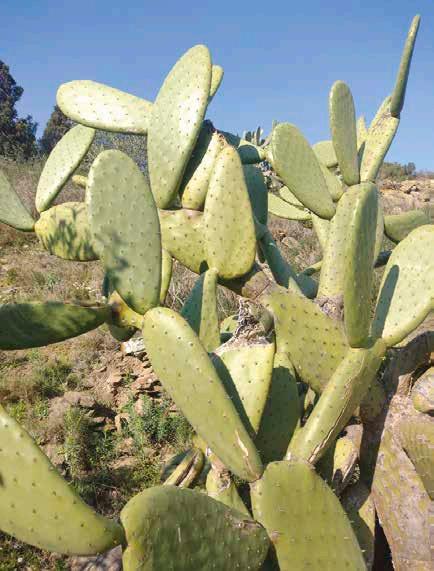
where it is unrealistic to try and remove them completely. The aim is to achieve a favourable conservation status, which supports the conservation of endemic species like Limonium spp. and Seseli farrenyi. “We aim to control invasive species in places where they can outgrow or damage precious, endemic
“The ice-plant – Carpobrotus spp. – has spread all over the place, there is no way we can remove it everywhere. We want to remove this plant from protected areas and places where there are endemic plants.”
The project team are working to heighten awareness of the problems caused by invasive species, and encouraging nurseries to look at alternatives. A code of conduct has been produced, providing a clear set of guidelines. “There is a list of plants that must be avoided (consensus list), another list of likely invasives that should not be sold (watch list), and a third one of recommended alternatives (white list). We also aim to suggest 3-4 alternative non-invasive plants for each invasive plant,” says Dr Garcia. This will limit the further spread of invasive species, while work to remove certain plants will continue beyond the conclusion of the funding term, helping protect autochthonous species in the long-term. “The Catalan government and the government of Girona will support the removal of invasive plants where necessary, from areas where there are endemic species,” continues Dr Garcia. “We expect that the volunteer networks will continue monitoring the coastline, while the tool for predicting the distribution of certain species and the risk of further spread is almost finished.”
Many of these invasive species originally arrived in Europe via the ornamental plant trade and are now well-established, to a point
species that don’t grow elsewhere,” says Dr Garcia. This will be an ongoing process, so Dr Garcia and her colleagues in the project also provide training and educational materials to encourage people to play their part. “We want to help people recognise invasive plants, then they can learn how to manage them appropriately,” she outlines.
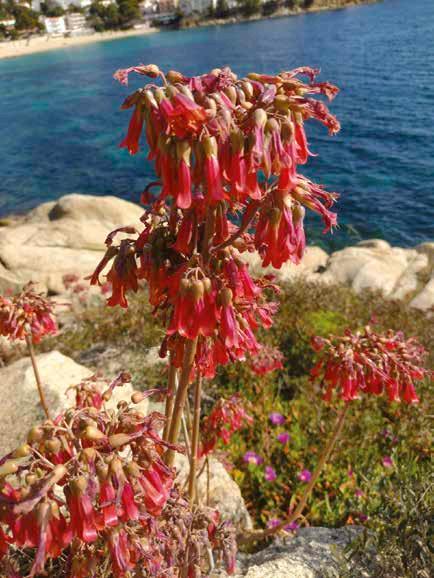
LIFE MEDCLIFFS
Towards an integrative management of Invasive Alien Plant Species in Mediterranean Sea cliffs of European interest
Project Objectives
LIFE medCLIFFS is a European Union-funded project aimed at improving the management of invasive plant species threatening the Mediterranean sea cliffs along Catalonia’s Costa Brava. It focuses on prevention, rapid detection, and eradication efforts, while also engaging citizen scientists to monitor and control these species, thereby preserving native flora and habitats.
Project Funding
The project is also financed by the LIFE Programme of the European Union and counts also with the invaluable support of several organisations and individuals who volunteer in order to make the LIFE medCLIFFS objectives a reality.
Project Partners
LIFE medCLIFFS is run by a consortium of six public and private non-profit partner organisations that implement the project as a joint initiative. https://lifemedcliffs.org/en/project/projectpartners-supporting-entities/
Contact Details
Project Coordinator: Sònia Garcia Institut Botànic de Barcelona Passeig del Migdia s/n 08038 Barcelona
SPAIN
T: +34 932890611
E: soniagarcia@ibb.csic.es
E: info.lifemedcliffs@csic.es
W: www.ibb.csic.es
W: www.lifemedcliffs.org

Sònia Garcia , a researcher at the Institut Botànic de Barcelona (CSIC-CMCNB), coordinates the LIFE medCLIFFS project, focusing on managing invasive plant species along the Costa Brava. Her research also deals with the genomics of plant invasions, studying species like Kalanchoe × houghtonii and the Carpobrotus complex in the Mediterranean habitats






Sònia Garcia
Opuntia ficus-indica. Photo by Jordi López-Pujol.
Kalanchoe × houghtonii. Photo by Jordi López-Pujol.
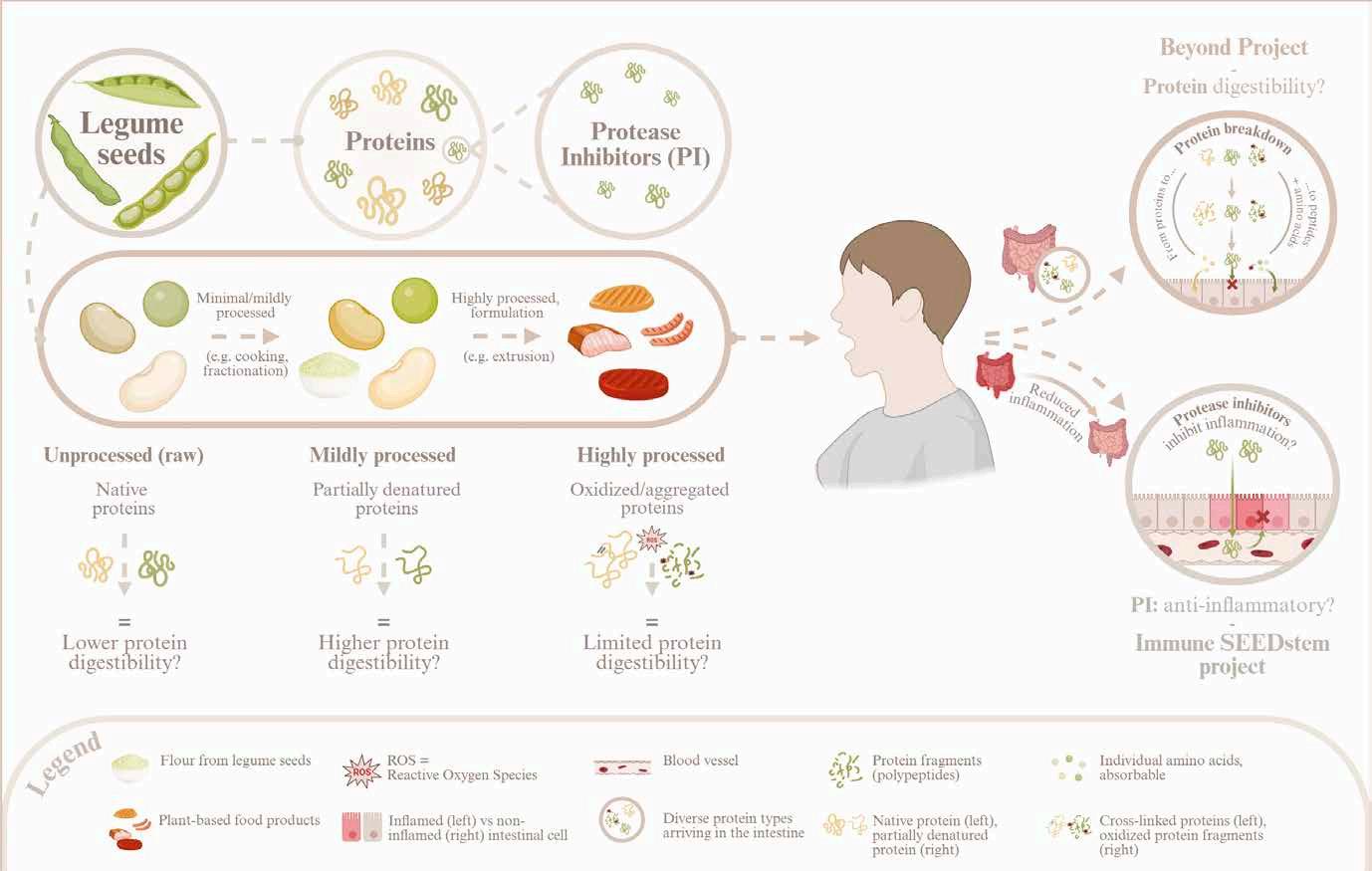
Processing the benefits of plant-based foods

Plant-based diets are growing increasingly popular, yet plant proteins are less digestible than those from animals, so some processing may be required to improve their nutritional quality. We spoke to Dr Iben Lykke Petersen and Dr Patrícia DuqueEstrada about their research into the extent to which plant-based foods should be processed in the context of the shift towards a more sustainable food supply chain.
The agricultural sector is a major contributor to global warming, motivating many people to move to plant-based diets. However, plant proteins are less digestible than those from animals, so some processing may be necessary to improve their nutritional quality. “We need to process sources of plant proteins so that people can properly digest proteins and absorb amino acids and other nutrients,” outlines Dr Patrícia Duque-Estrada, Assistant Professor in the Food Analytics and Biotechnology Section of the Department of Food Science at the University of Copenhagen. This may negate the environmental benefits of plant-based diets to some degree, and it can be difficult to identify the degree of processing that should be applied, a topic Dr Duque-Estrada is exploring in the BEYOND project (Beyond sustainability: a holistic approach to evaluate the nutritional quality of plant protein-based foods). “If we process these plants too much it can lead to some negative effects – maybe we
don’t absorb the proteins as well any more. It’s also important to consider the impact on sustainability, as if plants are processed more, that’s less sustainable,” she explains. “In the project we are looking at the extent to which we need to process plant-based foods. Can we process them less and still provide proteins with good nutritional quality?”
Beyond sustainability
This research is focused specifically on proteins from yellow split peas, which are an important source of protein in a plant-based diet. When plant seeds such as peas are processed or exposed to high temperatures it may lead to certain modifications, such as glycation or protein oxidation, which can affect the nutritional quality of the protein. “After we digest proteins we absorb aminoacids, which are the building blocks of proteins. If we modify these amino-acids to a certain level, we might not be able to use them any more,” says Dr Duque-

Estrada. Naturally occurring substances inside beans and other legumes can also affect digestibility, some of which may be toxic and need to be removed. “We know for example that certain lectins are toxic. This is why we have to soak legumes and boil them for a certain amount of time, to reduce the amount of lectins,” outlines Iben Lykke Petersen, Associate Professor in the Department of Food Science “There are also other compounds that have a negative effect on nutritional quality, at least if they are present in amounts above a certain threshold. They can also react with proteins when plant-based foods are processed at higher temperatures. That can have negative effects on the bioavailability of proteins.”
Researchers in the project are considering both the natural substances in plant-based foods that may affect digestibility, antinutritional factors (ANFs) such as protease inhibitors, and also the modifications that can occur as a result of processing. In one
Illustration created by Elena Bergamasco, a PhD student working on

strand of research, Dr Duque-Estrada has performed fractionation processes on peas in collaboration with project partners; this resulted in two different protein ingredients, which were then compared and analysed. “From dry fractionation, we obtained a protein-enriched fraction, also called a protein concentrate, which still contains some ANFs, together with some starch and fibres. It’s a complex process, but it’s also very sustainable, as we don’t add water or heat,” she explains. The wet fractionation process, commonly used in the food industry, by contrast involves adding water and chemicals to purify the proteins. “Our partners Bioptimate looked into changing the pH and the salt concentration, and in that way modifying the solubility of the proteins. With this method we can remove most of the starch and the fibres,” continues Professor Petersen. “We get a very pure fraction of proteins, also called a protein isolate, with some of the ANFs removed, but we have also used more energy during processing.”
The pure protein isolate is often found to have a higher nutritional quality. Both the less pure protein concentrate and the protein isolate may then be processed further before eventually forming part of a product like a beef patty alternative. As part of the project,
Immune SEEDstem project
Researchers are also looking at protease inhibitors from a different angle in the Immune SEEDstem project, with Professor Petersen and her team aiming to characterise levels of protease inhibitors in several types of legumes from different locations and different growing years. The idea is to characterise these legumes on a fairly basic level and investigate whether levels of protease inhibitors remain consistent or whether they fluctuate according to soil conditions and other factors, then Professor Petersen plans to look at how protease inhibitors complex with proteins as they move through the human digestive system. “The inhibitors probably make complexes with our own digestive enzymes, so that our digestive enzymes cannot digest the proteins that we eat,” she says. While this might seem to suggest that it would be desirable to reduce the level of these protease inhibitors, some research suggests that they can have beneficial effects on the immune system. “One type of these inhibitors – called Bowman-Birk inhibitor – has been shown to have beneficial effects on another type of proteases present in our gut (the matrix metalloproteinases), that have been found to be up-regulated in the pre-states of cancer,” continues Professor Petersen.
“We are looking at the extent to which we need to process plant-based foods. Can we process them less and still provide proteins with good nutritional quality? ”
Professor Petersen is investigating whether using less pure or more pure protein has an effect on the nutritional value of the end food product. “Proteins are combined with other macronutrients during processing, leading to reactions like the Maillard reaction and protein oxidation. Does using a higher nutritional quality protein make a difference? Or can we just use the less pure ingredient with lower nutritional quality?” she outlines. The aim is to look beyond the nutritional value of individual ingredients, such as the isolates and concentrates, and take a holistic view of a product as a whole. “There are more and more plant-based products on the market, and there are lots of different components inside their matrix,” says Dr Duque-Estrada. “We want to look more into that, and to understand what happens when we mix all the various components together. How does it affect stability? How would the process affect the way proteins are digested and absorbed in our body? We want to look at the final cooked product itself, as this is what we as consumers eat.”
This would seem to indicate that eating more legumes can boost our immune system, a topic that Professor Petersen plans to investigate further in future. If researchers can show that certain protease inhibitors enhance resilience against disease, this would dramatically change perceptions of these compounds. “We would be able to say that they have some beneficial effects, and so maybe we shouldn’t remove all of them during processing,” outlines Dr Duque-Estrada. If health benefits can be demonstrated, this would be a powerful argument for increasing legume consumption, believes Professor Petersen. “In Denmark it is currently recommended to eat 100 grams of cooked legumes a day, while average intake is around 3-5 grams,” she explains. “If it can be shown that adhering to these recommendations will help prevent the prestates of cancer and other conditions, such as chronic intestinal diseases and inflammatory bowel disease, this would be a powerful motivation for increasing legume consumption. However, the project only started a year ago, so we’re still in the early stages.”
Beyond Sustainability
Beyond sustainability: a holistic approach to evaluate the nutritional quality of plant protein-based foods
Project Objectives
The Beyond Sustainability project are supporting the green transition, aiming to gain deeper insights into the ideal balance between sustainability and nutritional quality. While plant-based diets are increasingly popular, plant proteins are less digestible than those from animals, so some processing may be necessary to improve their nutritional quality. The project team aims to help identify the right level of processing for plant-based foods, with a view to maintaining nutritional standards and encouraging the shift towards a more sustainable agricultural model.
Project Partners
• Wageningen University & Research (NL): Prof. Maarten Schutyser, Prof. Atze Jan van der Goot • Federal University of Rio de Janeiro (BR): Prof. Anna Paola Pierucci • Brazilian Agricultural Research Corporation (BR): Dr. Caroline Mellinger • Bioptimate, bioptimate.com (DK): Dr. Keld Ejdrup Markedal, Dr. Jens Christian Sørensen
Project Funding
Independent Research Fund Denmark (Danmarks Frie Forskningsfond) (project number 1127-00274B).
Contact Details
Iben Lykke Petersen, PhD

Associate Professor in Plant Proteins for Food Department of Food Science University of Copenhagen Rolighedsvej 26, DK-1958 Frederiksberg C T: +45 35 32 13 26
E: ilp@food.ku.dk
W: https://food.ku.dk/english/research_at_food/ research-projects/2022/beyond-sustainabilitya-holistic-approach-to-evaluate-the-nutritionalquality-of-plant-protein-based-foods/
Iben Lykke Petersen
Patricia Duque-Estrada


Iben Lykke Petersen is Associate Professor in the Department of Food Science at the University of Copenhagen. Her research interests include plant protein ingredients, particularly from pulses, and the nutritional quality of plant proteins.
Patricia Duque-Estrada is an Assistant Professor in the Department of Food Science at the University of Copenhagen. She is a food and nutrition scientist, focused on the nutritional quality of plant proteins.

Immune SEEDstem project Funded by Plant2Food, A Novo Nordisk Foundation Sponsored Initiative (Grant number NNF22SA0081019).

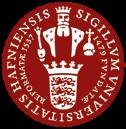
Reducing emissions, from farm to fork

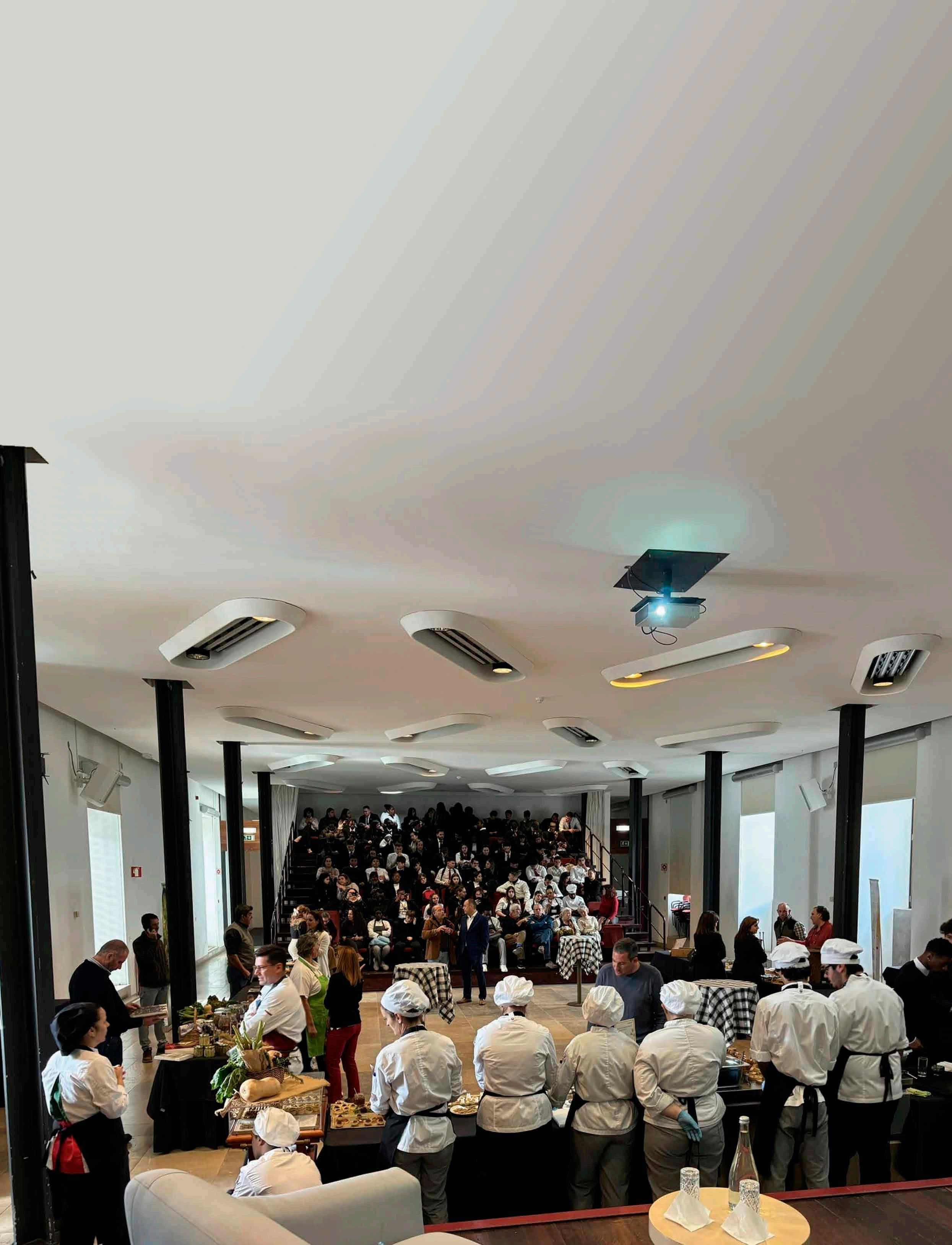
Food systems account for over one-third of global anthropogenic greenhouse gas emissions. The team behind the EU-backed GrowLIFE project is working with key stakeholders in the Portuguese food system, from farm to fork, with the aim of encouraging a shift towards a more sustainable model, as Dr. Leonor Rodrigues explains.
The food system is responsible for more than a third of total greenhouse gas emissions, which are generated at each stage of the food production process. “Emissions in the food system result from the use of certain fertilisers and manure management practices in the agricultural sector, but also from long-distance transportation of food products from producers to consumers, all the way through to food waste and disposal,” points out Dr Leonor Rodrigues, a researcher at the University of Lisbon’s Faculty of Sciences. “Moreover”, she says, “conventional agricultural practices generally lead to excessive use of water, soil erosion and biodiversity loss. All these negative environmental impacts can be reversed via the use of sustainable agricultural practices and a more local circulation of food products”. Together with her colleagues in the GrowLIFE project, an initiative co-funded by the EU LIFE programme and developed in collaboration with the Schools of Hospitality and Tourism of Portugal, Dr Rodrigues aims to help move the food system in a more sustainable direction by working with key actors involved. “We want to take a systemic and participatory approach to address food sustainability, considering perspectives from different stakeholders,” she outlines. “The project has identified three main target audiences – producers, policymakers and consumers – with a special focus on culinary professionals.”
Cultivating Connections: GrowLIFE in Action
A number of activities have been established for these different audiences, namely Participatory Visits to Sustainable Farms, Sustainability Routes, Training for Chefs, and Farmers’ Open Days, across 17 municipalities in Portugal. The idea is to create the right conditions for people in these stakeholder groups to meet — for example, encouraging farmers to meet with chefs to discuss the challenges they face. “The intention is that, together, they come up with solutions that make sense to each of the different parties involved,” says Rodrigues.
One of the key activities, Participatory Visits to Sustainable Farms, promotes peerto-peer learning among farmers by bringing them together to exchange knowledge on sustainable practices. “Farmers from the surrounding area will come and visit a sustainable farm, discuss the practices they use, and determine which are most effective in each farm, given the environmental and social idiosyncrasies of each,” explains Rodrigues. The topics covered include mixed farming, crop rotation, composting, and crop planning to reduce reliance on fertilizers. “Crops can be rotated on a temporal basis, as well as spatially. This has beneficial effects on soil health and biodiversity maintenance.”
Sustainability Routes, another activity within GrowLIFE, facilitate dialogue and
collaboration among stakeholders in different municipalities. These routes create opportunities for knowledge exchange and joint strategy-building to strengthen local food systems. By connecting farmers, culinary professionals, and policymakers, this activity encourages long-term partnerships focused on the sustainability of the food system.
In parallel, Training for Chefs is being introduced at the Schools of Hospitality and Tourism to equip culinary professionals with the tools to transition to a more sustainable food system. Students will visit sustainable farms to learn firsthand about their practices. Rodrigues hopes this will deepen their commitment to using seasonal, local produce. “We want students to think about how they can use produce from these farms in their recipes,” she says. “In Portugal, we typically have quite a rich Mediterranean diet, and there is a large scope to increase the amount of plant-based products that we consume. Chefs are becoming increasingly interested in creating inventive and delicious vegetable-based dishes and GrowLIFE is building on this momentum.”
Finally, Farmers’ Open Days provide a space for farmers to showcase and sell their seasonal, local products. Organized primarily by the Schools of Hospitality and Tourism, these events bring together farmers, students, and culinary professionals, offering tastings and open conversations about food sustainability.
Farmer’s Open Day at the School of Hospitality and Tourism of the Algarve, in the South of Portugal.
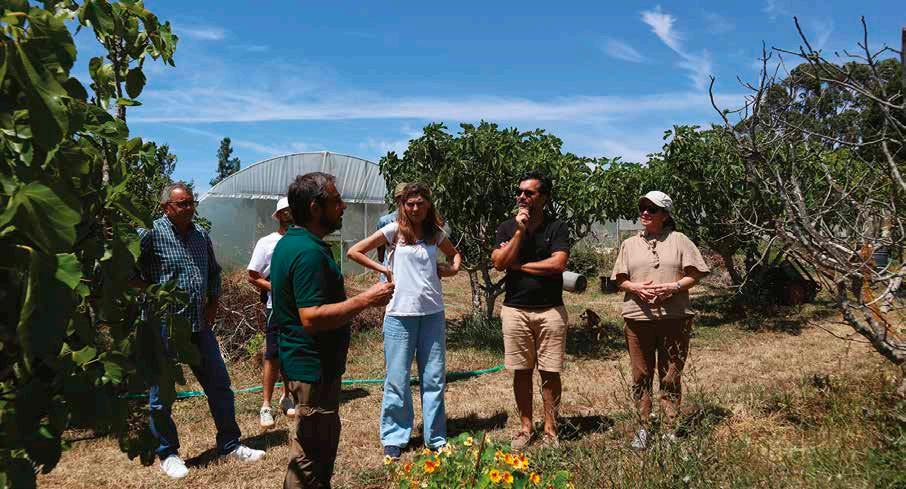
“These open days are not limited to chefs or students of culinary schools; they are also open to the general public,” notes Rodrigues. Participants discuss the challenges they face, forging connections that will last beyond the project. “The intention is that chefs will then work with these farmers and use their produce more often in their cooking, and that the regular consumer will be inspired by both the products and what the chefs make of them,” she adds.
Environmental concerns
The GrowLIFE project stems from public concern over climate issues, and a growing awareness of the environmental impact of the agricultural sector. One possible way of addressing these concerns is encouraging people to eat more seasonal, locally-produced food, which relies on fewer external products and minimizes the use of pesticides. This
replication,” she outlines. “Anyone that is interested in running activities like farmers’ open days, either in Portugal or elsewhere, can download these documents.”
The long-term challenge is to maintain the commitment to a sustainable food system in producers, policy makers and consumers. The project’s multi-stakeholder approach is proving highly effective in these terms, says Rodrigues. “It encourages active involvement, fosters trust and collaboration, and enhances long-term engagement. These are important issues in terms of making sure that sustainability practices are not just a passing trend but will continue to be used in the long run,” she stresses. The project team seeks to promote sustainable practices more widely. “Beyond GrowLIFE we’re part of an agroecological consortium project, LIFT, starting later this year that will bring together partners from Spain,
“GrowLIFE aims to foster the sustainability of the food system by working with the key actors involved . The project has identified three main target audiences – producers, policymakers and consumers – with a special emphasis on chefs.”
project represents an important contribution in this respect. “We are committed to demonstrating the benefits of sustainability to the different stakeholders. Interest from consumers in sustainable produce will encourage farmers to provide it and chefs to purchase it. For the municipalities, having localized food systems is clearly beneficial, and they can play a major role in fostering them, from supporting local farmers to promoting events that bring together farmers and consumers,” stresses Rodrigues.
The project is currently focused on 17 Portuguese municipalities, but Rodrigues says the activities can be replicated in other regions, encouraging the wider spread of sustainable practices. “We are creating guides and manuals for each of the activities in the project, specifically to facilitate
Denmark, Sweden, Norway and Portugal,” continues Rodrigues. “We will apply similar methodologies, focusing on agroecological production and public procurement. We will use a Living Lab approach in this work.”
This will run alongside continued work in GrowLIFE, with Rodrigues and her colleagues interacting with stakeholders and looking to build a deeper understanding of their needs, which can then inform the design of the project’s activities. In the longterm, Rodrigues hopes to continue working within the agroecological framework and promoting more sustainable agricultural methods. “It’s clear that conventional approaches like monocultures and extensive use of pesticides are often environmentally harmful. The agroecological approach is based on working with nature,” she says.
GrowLIFE
For A More Sustainable Food System
Project Objectives
GrowLIFE promotes a sustainable food system by ensuring access to healthy food, supporting farmers’ livelihoods, and protecting the environment. It engages all food system stakeholders— producers, policymakers, consumers, and culinary professionals—in a collaborative, participatory approach. This aligns with the EU’s vision for Agriculture and Food, driving systemic change across food production, distribution, and consumption.
Project Funding
The LIFE21-GIC-PT-GrowLIFE project is co-funded by the European Union’s LIFE Programme under Grant Agreement Number 101074425.
Project Beneficiaries
Coordinator – Faculdade de Ciências da Universidade de Lisboa
Participant- FCiências.ID – Associação para a Investigação e Desenvolvimento de Ciências
Participant – Turismo de Portugal
https://projetogrowlife.pt/parceiros/
Contact Details
Prof. Sara Magalhães
GrowLIFE Project
cE3c - Centre for Ecology, Evolution and Environmental Changes
Faculdade de Ciências da Universidade de Lisboa Campo Grande 1749-016 Lisboa, Portugal
E: snmagalhaes@ciencias.ulisboa.pt W: projetogrowlife.pt
: @projetogrowlife

: Projeto GrowLIFE

: projeto-growlife


Leonor Rodrigues is an evolutionary ecologist whose research explores how evolutionary forces shape agricultural systems. She studies herbivore responses to stressors and the impact of environmental stresses on mating systems. A passionate advocate for agroecology, Leonor actively contributes to Caravana Agroecológica, bridging farmers, consumers, and researchers to promote sustainable agricultural practices.
Sara Magalhães is a full professor at FCUL and leads the “Evolution of Host-Parasite Interactions” group at CE3C. Her research focuses on ecological and evolutionary dynamics, particularly involving parasitic spider mites and plant defenses. A strong advocate for knowledge exchange, Sara cofounded Caravana Agroecológica, connecting researchers, farmers, and consumers to promote sustainable agriculture.


Leonor Rodrigues Sara Magalhães
Photo from the 1st Participatory Visit organized by GrowLIFE at the PapaFigos.Bio farm in Cartaxo.

A fresh look at protecting coastal water resources
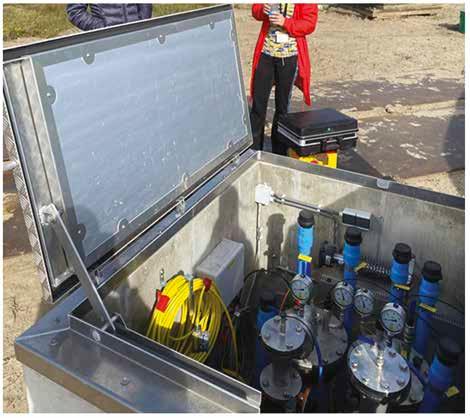
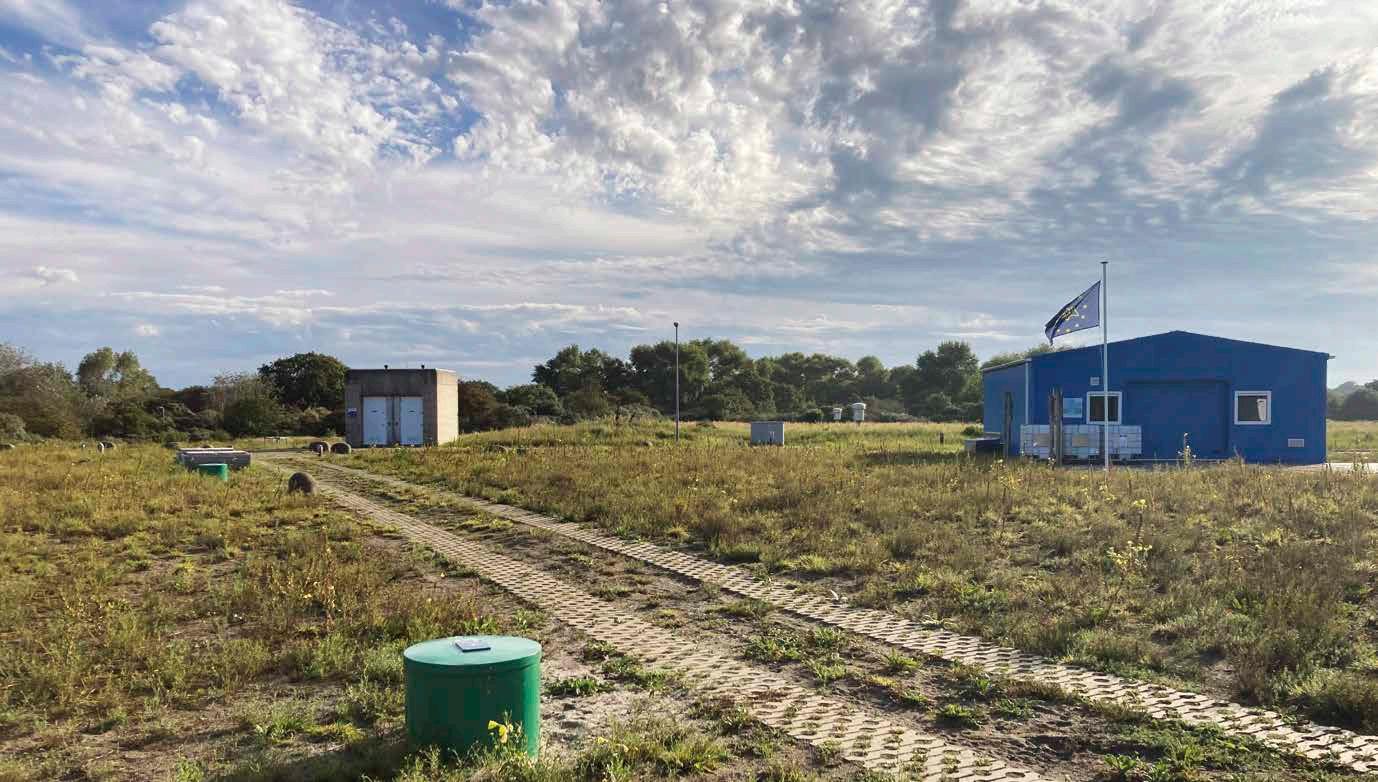



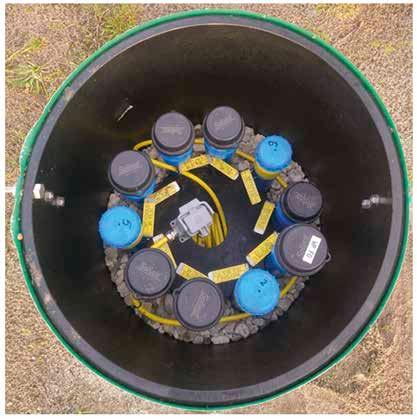


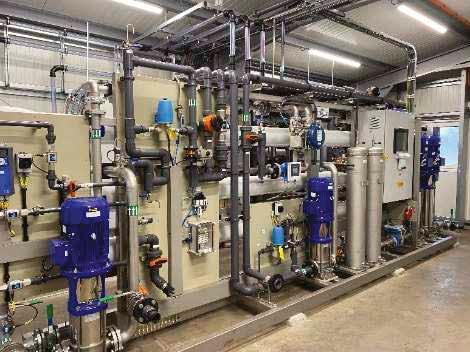
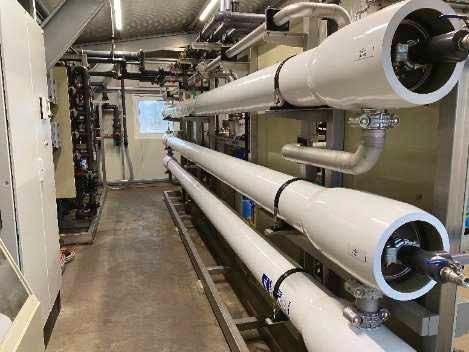








Europe’s coastal freshwater resources are under intense pressure, with overexploitation leading to salinization of coastal aquifers (groundwater bodies). The team behind the LIFE FRESHMAN project has developed an innovative technique to protect coastal aquifers from salinization, while also increasing the volume of readily available freshwater, as project leader Dr. Gertjan Zwolsman explains.
Many coastal zones around Europe rely on freshwater reserves in aquifers for drinking water production, agriculture or industry. These freshwater reserves depend on rainfall or infiltration from local rivers, and if more freshwater is extracted than is replenished on an annual basis, the aquifers will be overexploited, risking serious long-term consequences on groundwater quantity and quality. “Aquifers (sandy or gravel layers in the soil profile) are the basis of underground freshwater storage. If coastal aquifers are overexploited, seawater will intrude into them, leading to salinization”, explains Dr. Gertjan Zwolsman, senior strategist on water resources at Dunea, a public drinking water utility which supplies drinking water across the Southwest Netherlands. “In the coastal dunes around The Hague there are four aquifers, separated by confining layers of clay and peat,” he outlines. “Based on previous drilling of groundwater wells, we know precisely what the subsurface looks like in the dunes.”
FRESHMAN project
The coastal dunes around The Hague play an important role in drinking water supply to the city. Below the surface, a freshwater lens is present of 60-90 meters depth, underlain by brackish groundwater. This brackish water could provide an additional source of drinking water after extraction and treatment. This is a topic that Zwolsman and his team are
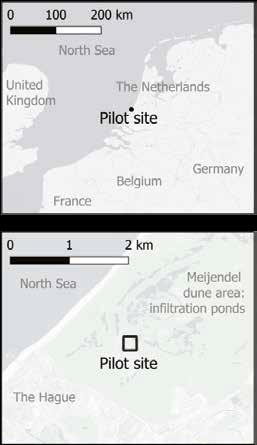
exploring in the EU-funded LIFE FRESHMAN project. “Our pilot project is being conducted at Dunea’s main drinking water production site in the coastal dunes around The Hague, where population growth is leading to increased drinking water demand, underlining the wider importance of the project’s work. The pilot consists of a well field and a water treatment facility (Figures 1 and 2). We have
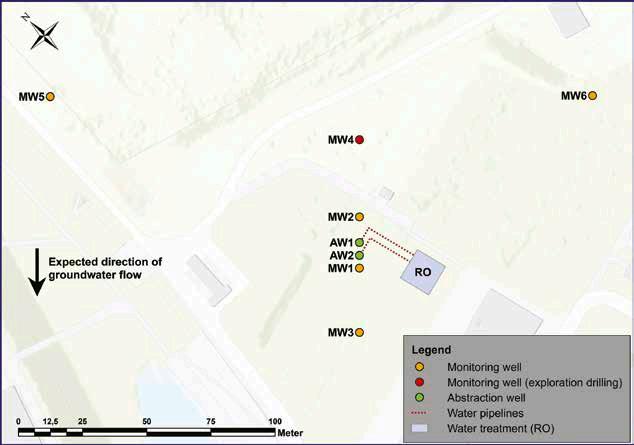
Figure 1: Overview of the demonstration pilot: well field and water treatment facility.
Figure 2a: Location and layout of the demonstration pilot.
Monitoring Well
Extraction wells (fresh and brackish)
Treatment facility (Candle filter & RO)
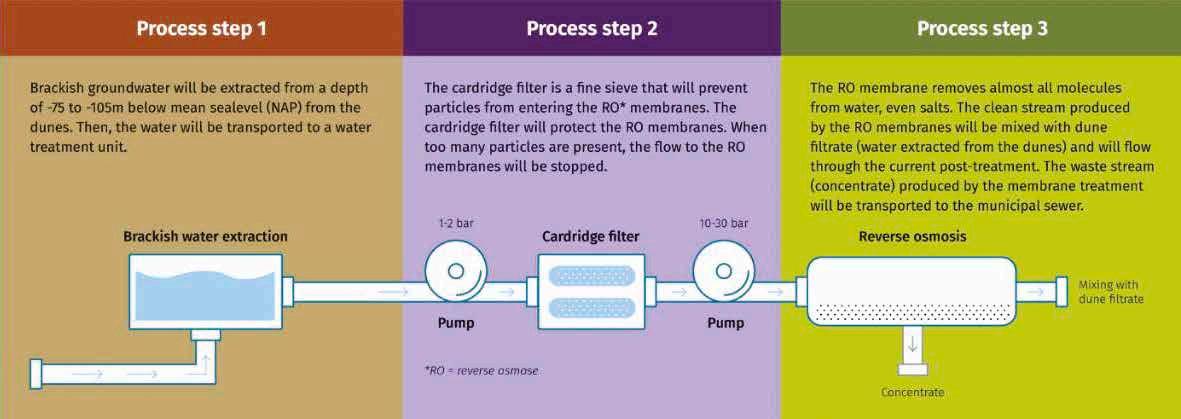
installed two extraction wells. The first is for extraction of brackish groundwater and has three separate well screens between 90 and 110 meters below ground level. The other well is for extraction of deep fresh groundwater and has two well screens between 60 and 90 meters below ground level,” he explains. “We wanted to investigate the sensitivity of this deep freshwater well to salinization. We have installed six monitoring wells around the extraction wells (Figure 2a), to follow the impact of groundwater extraction on the salinity distribution in the aquifers.”
The project team started by exploring the geohydrological conditions at the pilot site, by drilling an exploration well of 200 meters deep. The soil profile of the exploration well and the vertical distribution of the chloride concentration (and related variables) were recorded (Figure 3). Fresh groundwater, with a chloride concentration of less than 150 milligrams per liter (mg/l), is present up to a depth of 90 meters. In the 20-meters thick brackish zone below, the chloride concentration increases to 10.000 mg/l (50% seawater).
The well field was installed in the third quarter of 2021. The soil profile of the wells and the vertical salinity distribution were carefully recorded (Figure 4). “We started brackish water pumping in January 2022. Our first aim was to investigate the operational stability of the process of extracting and purifying brackish groundwater. We used a pumping rate of 50 m3/hour, divided over three well screens.”
A side stream of the extracted brackish groundwater (20 m3/hour) was purified by reverse osmosis (RO; Figure 2b). The brackish groundwater passes a cartridge filter, which removes any particles, and is then pressurised to 30 bar. The water passes through reverse osmosis membranes, leading to the removal of salts and other natural substances, such as nutrients and trace metals. “In the RO tubes, the water is split into two streams, ultrapure freshwater and a saline waste stream. In the field pilot, this saline water stream is discharged to a sewer, passes a waste water treatment plant, and finally ends up
in the North Sea. The freshwater is added to our existing drinking water treatment train,” says Zwolsman. This reverse osmosis process works similarly for both brackish and saline water, although Zwolsman says the freshwater yield (recovery) is lower for seawater (ca. 30%) than for brackish water (ca. 50-60%). Moreover, higher pressures are required to treat water with a higher salt concentration. “The higher the pressure you
apply, the more energy-intensive the process is. Also the quality of the resulting freshwater is affected and disposal options are limited with a more concentrated saline waste stream”, he says.
The reverse osmosis process has been applied on water with varying salt concentrations, from almost fresh to heavily saline, and it produces high quality freshwater in all cases. “The salt concentration in the freshwater we produce of course depends on the salt concentration of the extracted brackish groundwater, but all our freshwater complies with Dutch drinking water quality standards,” stresses Zwolsman.
After 18 months of operation, with only a few days downtime, the project team now has proven the operational stability of the production process. “We were initially a bit concerned about potential clogging of the well screens, because of the presence of small clay particles (colloids) in the
“The coastal zones around Europe are densely populated with high freshwater demand for drinking water, agriculture and industry.”

3:Vertical profile of chloride, resistivity and electrical conductivity in the exploration well. Soil composition is also indicated: aquifers are yellow to brown and confining layers (aquitards) are in green.
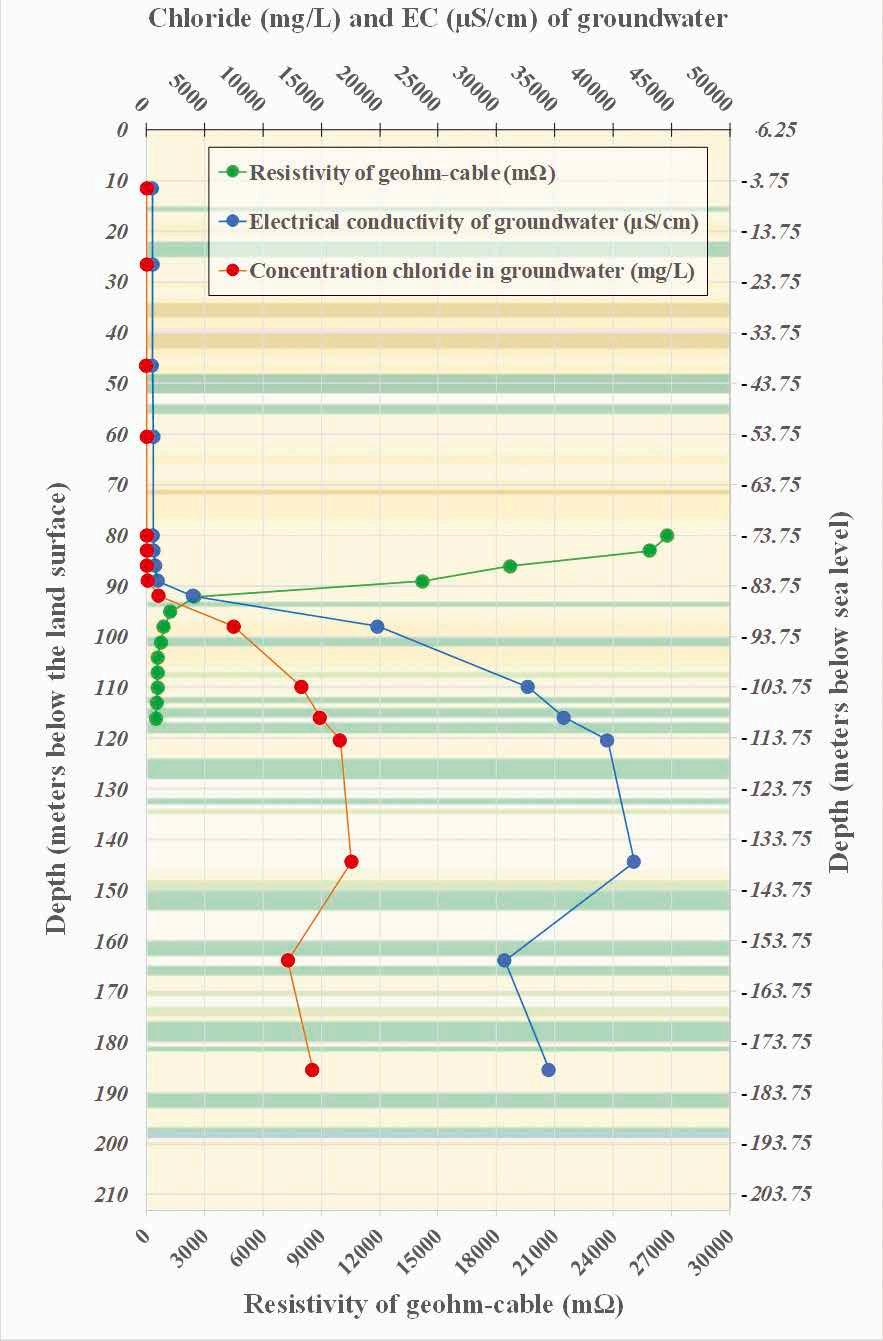
Figure
Figure 2b: Treatment of the brackish groundwater.
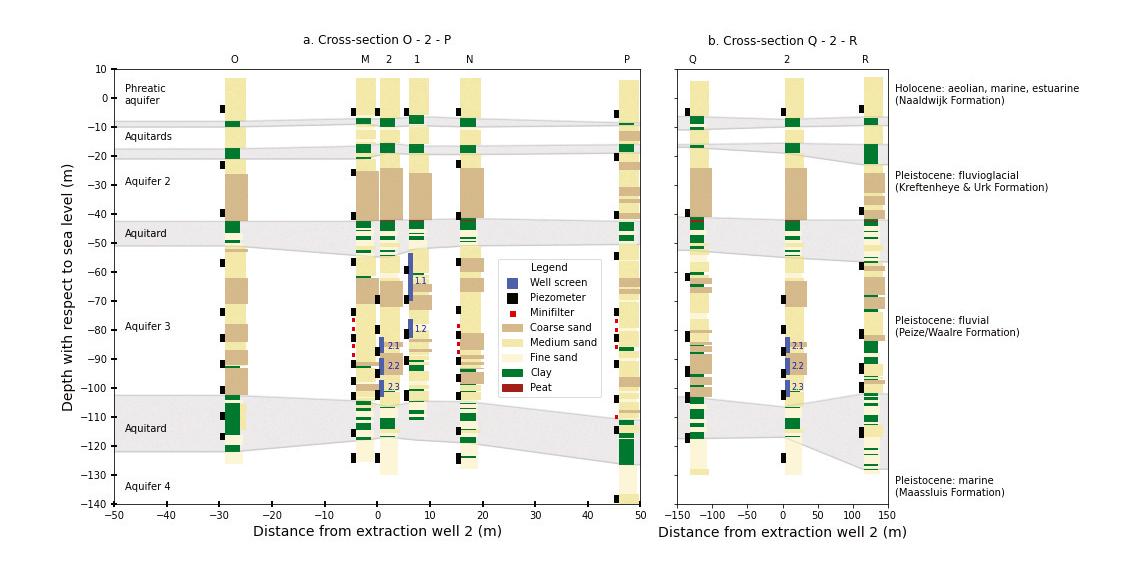
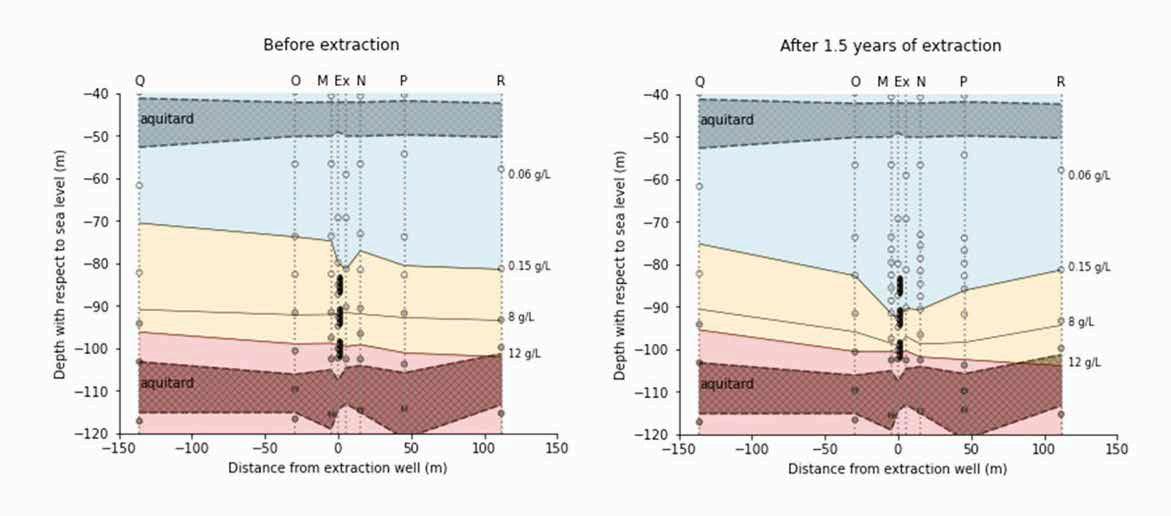

groundwater. This hasn’t happened though, so it hasn’t been necessary to clean the well screens,” he says. The RO membranes at the demonstration site needed to be cleaned twice over the three years of operation. This is because of scaling, the precipitation of minerals on the surface of the membranes, which have to be removed periodically. However, this is quite normal for the operation of RO membranes.
“Another important goal of the project was to demonstrate that continuous extraction of brackish groundwater would lead to an increase in the volume of the freshwater lens above,” explains Zwolsman. The team investigated this hypothesis in the first phase of the project and found that after 18 months of brackish water pumping, the transition from fresh to brackish groundwater had shifted downwards by up to 15 meters at the extraction wells, and by 5 to 10 meters in the monitoring wells MW1-MW4 (Figure 5, wells M to P). The growth of the freshwater lens was estimated to be 43.000 m3.
Protection of freshwater wells
In a second phase of the pilot, the team looked at whether they could protect
Dunea’s existing deep freshwater wellswhich are positioned above the brackish water layer - from salinization. “We found that extracting fresh groundwater led to attraction of brackish groundwater to the freshwater extraction screens, leading to salinization of the well screen, a process often referred to as upconing”, he outlines. This is a situation that Dunea must prevent at all times, so the project team attempted to reverse it. “After salinization, we resumed
Doing so, we were able to control the interface between fresh and brackish groundwater, thereby protecting our deep freshwater wells from salinization.”
This is a very positive finding, potentially showing a way to protect existing coastal groundwater resources from salinization, while also increasing the volume of readily available freshwater (Figure 6). “The coastal zones around Europe are densely populated with a high demand for drinking water, as well as water for agriculture and industry,” stresses Zwolsman. “Our long-term aim is to apply this technology more widely in other coastal zones. A key step towards this is to demonstrate its effectiveness in other locations beyond the pilot site, so work is also ongoing at a replication site in Flanders.”
“Our Flemish partners are working in a low lying polder site close to the coast near the village of Koksijde, with different geological characteristics but similar challenges to our site in the Netherlands,” outlines Zwolsman. “In the replication pilot, the aquifer is relatively shallow (25 meters deep), with a freshwater lens on top and brackish water at the bottom. Just as in the demonstration pilot, freshwater extraction is threatened by salinization, due to upconing of brackish groundwater towards the extraction wells. So they also studied the extraction of brackish groundwater as a measure to protect the existing freshwater well.”
There is one freshwater extraction well and one brackish water extraction well at the Flemish site, with several surrounding monitoring wells to assess the impact of the technology on the salinity distribution within the aquifer. The team at Koksijde is also seeking to prove that there are no significant operational problems associated with the technology, such as well clogging.
“Aquifers are the basis of underground freshwater storage. If coastal aquifers are overexploited, then seawater will intrude into them, leading to salinization.”
the extraction of brackish groundwater to reverse the salinization of the freshwater extraction well, which we achieved within three months,” continues Zwolsman. “Then, we attempted to control the interface between fresh and brackish groundwater, based on continuous recording of electrical conductivity (EC) within the pumped aquifer. If significant changes in EC occurred, the pumping rates of the brackish and freshwater wells were adjusted accordingly.
Wider potential of the technology
The replication pilot in Koksijde was terminated in March 2025. The results are in keeping with the results of the demonstration pilot, demonstrating the technology’s wider potential, and opening up the possibility of applying it in other areas with comparable geohydrological settings, i.e. in coastal areas with sandy aquifers. Such aquifers are widely found among European
Figure 5: Growth of the freshwater lens (light blue) after 18 months of brackish water extraction . The X-axis shows the distance of each monitoring well to the brackish water extraction well; the Y-axis shows the chloride concentration in the monitoring wells as a function of depth. The 0,15 g/l line (chloride) indicates the transition from fresh (blue) to brackish groundwater (yellow).
Figure 4 (Above):Vertical profiles of soil composition of the extraction wells (1 and 2) and the monitoring wells (M to R). The well screens and the monitoring screens (piezometers) are also indicated.
coasts, and many of them are overexploited, which makes them vulnerable to salinization due to seawater intrusion. “We can extract fresh groundwater from coastal aquifers, and protect the wells by simultaneously extracting brackish water from below,” explains Zwolsman. “We are actively exploring the possibility of applying the technology in other locations (Figure 6). This autumn, we plan a study tour to Spain to visit several coastal aquifer recovery sites and investigate whether the technology can also be replicated there,” he continues. “Spain faces significant challenges with respect to freshwater availability. Many of the aquifers around the Mediterranean coast are known to be salinizing, and there is a lot of interest in remediating these aquifers by injecting freshwater, e.g. using highly purified effluent from waste water treatment plants. Simultaneous extraction of brackish or saline groundwater from below may enhance remediation of these sites.”
The expertise that the LIFE FRESHMAN project team has gained in stabilising fresh and brackish groundwater holds clear relevance , and Zwolsman is keen to share the project’s insights. At the same time, Zwolsman says he and his colleagues can also learn from the experience of their
Spanish colleagues in working on a bigger scale. “We are only working on a pilot scale, and we can learn from their practical experience,” he acknowledges. With the field pilot set to end imminently, the FRESHMAN team is now working to finalise the project, while also considering plans for a successor initiative. “Two months ago, we concluded all the experiments that were initially planned. Now we are working on the project deliverables, including writing reports and doing an economic analysis of the technology,” he continues. “We of course have to consider the overall cost and environmental sustainability of the technology, but the most important issue is to safeguard freshwater availability.” This is a prominent issue in many parts of Europe, with climate change and population growth leading to intense pressure on freshwater resources, highlighting the need to carefully manage and protect them. The project’s innovative work forms part of wider efforts to address water scarcity and ensure a sustainable, long-term supply, and Zwolsman is looking forward to continuing his work in this area, building on the progress that has already been achieved. “We want to investigate replication options in other coastal zones around Europe,” he says.
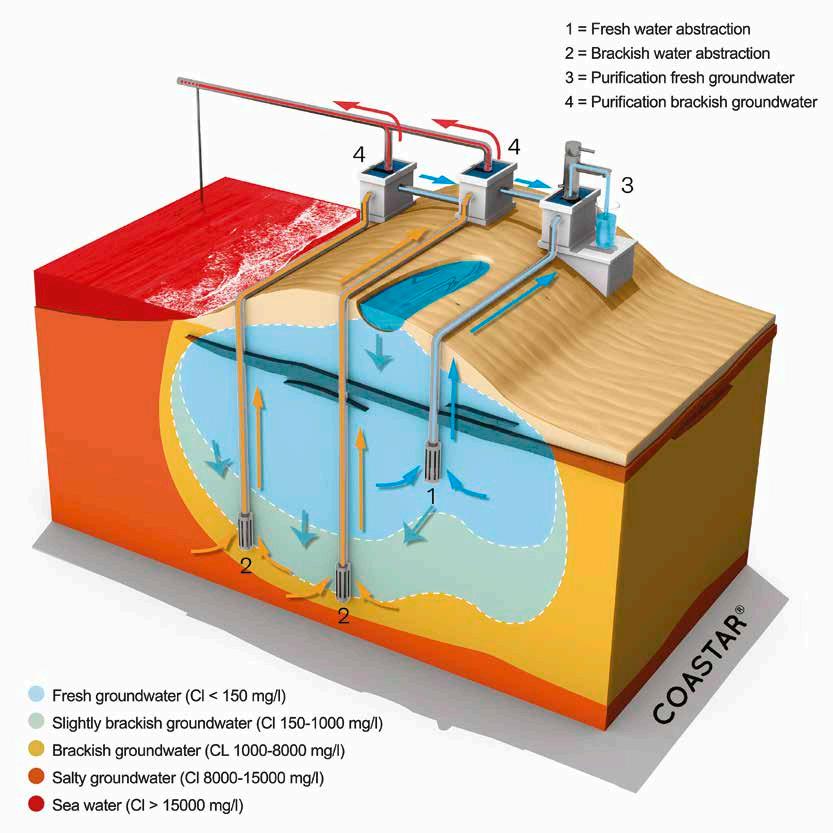

LIFE FRESHMAN
Sustainable freshwater management in coastal zones
Project Objectives
1. To demonstrate that brackish groundwater in coastal aquifers is a stable and attractive source of drinking water.
2. To demonstrate that pumping brackish groundwater can increase the storage of fresh water in coastal aquifers.
3. To demonstrate that pumping brackish groundwater can protect existing freshwater wells in coastal aquifers.
Project Funding
This project is financed by the EU-LIFE Climate Action Programme under Grant Agreement number LIFE19 CCA/NL/001222 – LIFE_FRESHMAN. Additional funding was received from the Dutch Delta Programme.
Project Team
The project team consists of Teun van Dooren (KWR), Klaasjan Raat (KWR), Franca Kramer (Dunea), Ruud Steenbeek (Dunea), Marco Kortleve (Dunea), Nicole van Veldhoven (Dunea), Sandra Zittersteijn (Dunea), Gertjan Zwolsman (Dunea), Emmanuel van Houtte (Aquaduin), Jonas van Eeghem (Aquaduin), Peter Cauwenberg (De Watergroep) and Han Vervaeren (De Watergroep).
Project Partners
• Dunea N.V., public water utility (NL)
• KWR, Water research institute (NL)
• De Watergroep, public water utility (Be)
• Aquaduin, public water utility (Be)
Contact Details
Gertjan Zwolsman, PhD
Coordinator LIFE-Freshman
The Freshman-project (dunea.nl)
Dunea Duin & Water | Plein van de Verenigde Naties 11 | 2719 EG Zoetermeer
| Postbus 756, 2700 AT Zoetermeer
T: +31 6 12 73 09 73

E: G.Zwolsman@dunea.nl : https://www.linkedin.com/in/zwolsmangertjan-a9849622/ W: https://www.dunea.nl/algemeen/life-freshman
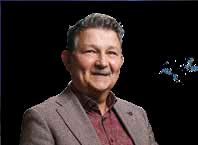
Dr Gertjan Zwolsman is senior strategist and advisor at Dunea, a public water utility in the Netherlands. His professional interest is on protection of current drinking water sources and the development of new (unconventional) sources of drinking water. He is project leader of the EU-LIFE project Freshman (2020-2025), which focuses on increasing freshwater availability in coastal zones by extraction of brackish groundwater.




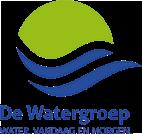

Dr Gertjan Zwolsman
Figure 6: The Freshman concept: brackish water extraction from coastal aquifers, to protect freshwater wells from salinization and to increase the freshwater stock in the aquifer.
Protecting water, sustaining agriculture

Large volumes of water are lost through evaporation from irrigation ponds every year, and the problem is set to grow more severe in future as global temperatures rise. The team behind the H2OLock project are developing a new, modular-based solution to cover these ponds and reduce losses, as José Miguel Gimeno explains.
The vast majority of agricultural irrigation ponds are left entirely uncovered, leaving them vulnerable to significant losses through evaporation when temperatures rise. With water scarcity a major concern across Europe, which is likely to intensify as our climate changes, it’s increasingly important to protect existing resources and use them efficiently. “We can’t allow ourselves to be wasteful with water,” stresses José Miguel Gimeno, an engineer at Arana Water Management, a company which specialises in managing and saving water. As part of his work on the EU-backed H2 OLock project, Gimeno is developing a solution designed to reduce losses through evaporation, which he believes could play an important role in protecting the security of water supplies, which is a major issue in the context of climate change. “This solution is designed to address concerns around water scarcity, which are likely to grow more prominent in future with the increasing likelihood of droughts,” he says.
H2O Lock project
The solution itself is comprised of a low-weight set of sectorized floating
modules and blankets, and functions by preventing the sun’s rays from reaching the water surface, so reducing losses from evaporation. This idea dates all the way back to classical antiquity, when the Romans covered ponds, now Gimeno
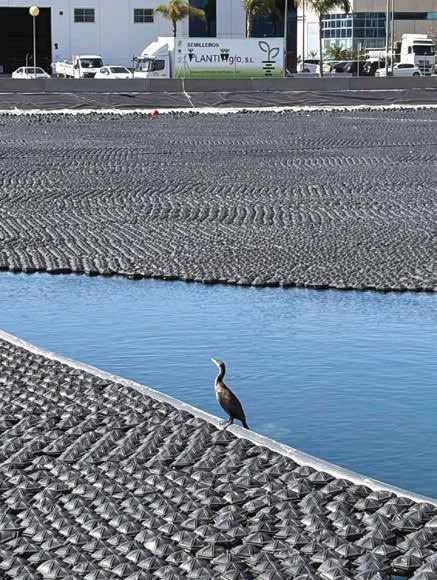

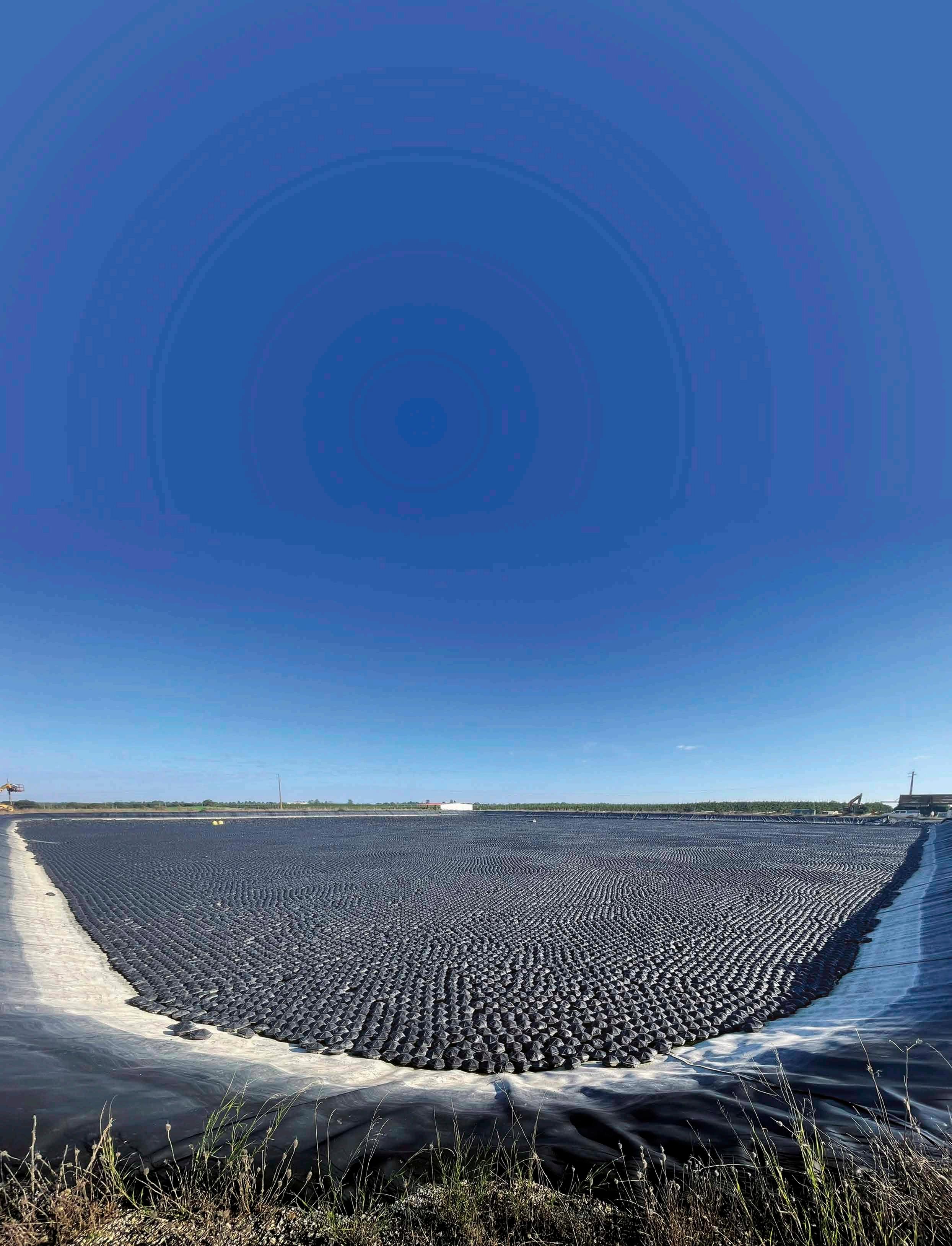
and his colleagues have developed a sophisticated solution called evapo-control to cover challenging surfaces. “Our system has been developed for surfaces that have historically been very difficult to cover,” he explains. High winds are a particular problem in terms of covering ponds, an issue which the project team is working to address. “We are working to cover ponds of up to 10 hectares in size, and such a big surface is by nature more exposed to the wind and the elements,” continues Gimeno. “The main advantage of evapo-control is that its geometry combats the wind more effectively than existing solutions.”
This system is designed for man-made ponds that are not renatured or connected to other sensitive aquatic ecosystems, with the aim of protecting and conserving the stored resource. A lot of effort and energy has been expended in preparing this water for animal consumption or to support the growth of plants and crops, heightening the importance of protecting it. “The water stored in irrigation ponds has been extracted, treated, transported or regenerated from other processes, so there


A test pond measuring over one hectare in Portugal. The floating modules automatically organize themselves, covering 100% of the pond’s surface thanks to its hexagonal shape and the action of the wind.
The floating cover is compatible with the function of a wildlife watering station, however, it scares away large flocks of birds.
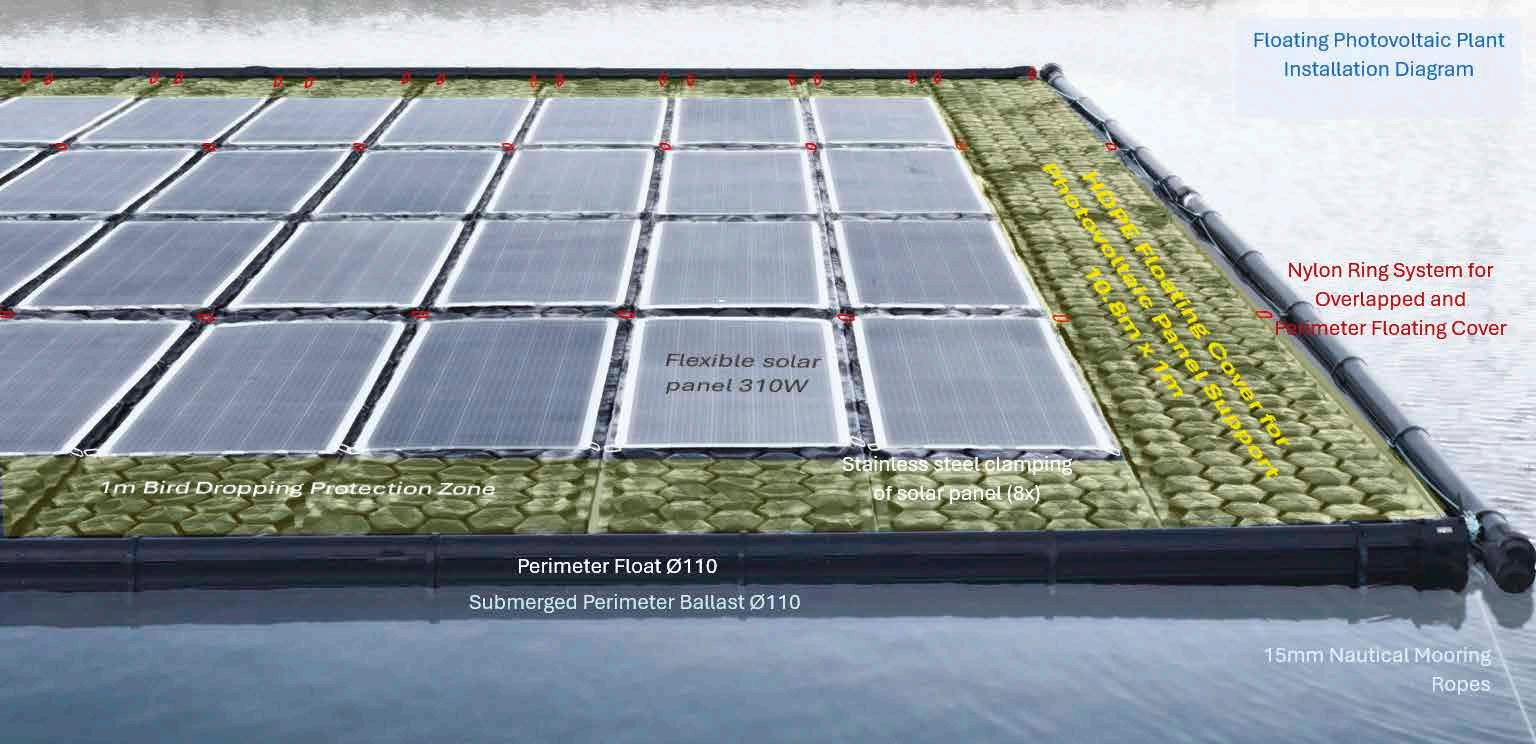
are a lot of environmental and economic costs associated with it. The water is ready to be used at this point, it’s the last link in the chain,” stresses Gimeno. While some farmers may in the past have been relatively careless about water management, Gimeno says profligacy cannot be justified in the current circumstances. “In the near future all water storage sites must be covered in order to protect resources effectively,” he stresses.
The project’s research holds great importance for the agricultural sector, which depends on a reliable supply of water to irrigate fields, which is under threat from current high levels of evaporation. The solution has been tested on a 3-hectare pond in Spain and on another one of more than one hectare in Portugal. “Our tests have shown that we are able to reduce losses through evaporation by more than 80 percent,” he outlines. This represents a substantial saving, which if translated more widely would alleviate water scarcity concerns, while Gimeno says covering water also has other positive effects. “By covering water you also protect it from other problems, such as algal growth. When you cover a water surface, you prevent light from reaching algae, so it can’t photosynthesise and ultimately it dies,” he explains. “It also prevents other problems, such as deposits of bird faeces, which lead to microbiological contamination.”
A pond has to be completely covered to prevent algal growth, as even a very small input of light is enough to support growth, which then affects water quality. Properly protecting water eliminates the need to use
chemical algaecides and improves its quality, facilitating its management. “All irrigation systems have a filter. If we can prevent algae growth, then that means less material will get stuck in filters, and they won’t need to be used as regularly,” outlines Gimeno. This means farmers will have to spend less time and money on maintenance, reducing costs, while the system can also generate renewable energy, bringing further financial
“The solution is designed to address concerns around water scarcity, which are likely to grow more prominent in future with the increasing likelihood of droughts.”
benefits. “The evapo-control solution also incorporates photovoltaic panels on floating blankets to generate energy,” says Gimeno.
“The solution has been shown to work very effectively in this respect, producing the same amount of energy as a conventional ground installation of solar panels.”
This provides a powerful incentive to farmers to adopt evapo-control, and the
project team are working to heighten awareness of the solution in agriculture, and help move the sector to a more sustainable footing. One of the partners involved in the project is the Community of Irrigators of Lorca, a large association of farmers in the southeast of Spain who manage water jointly. “We are doing demonstration sessions showing the technology to groups of their farmers who could decide to install it in their own ponds,” explains Gimeno. The assessment tests, which lasted almost two years and were conducted by the Polytechnic University of Cartagena, one of the partners in the H 2 OLock project, are coming to an end, with results showing a reduction in evaporation losses of more than 80%. The team is now focusing on communication and demonstrating its
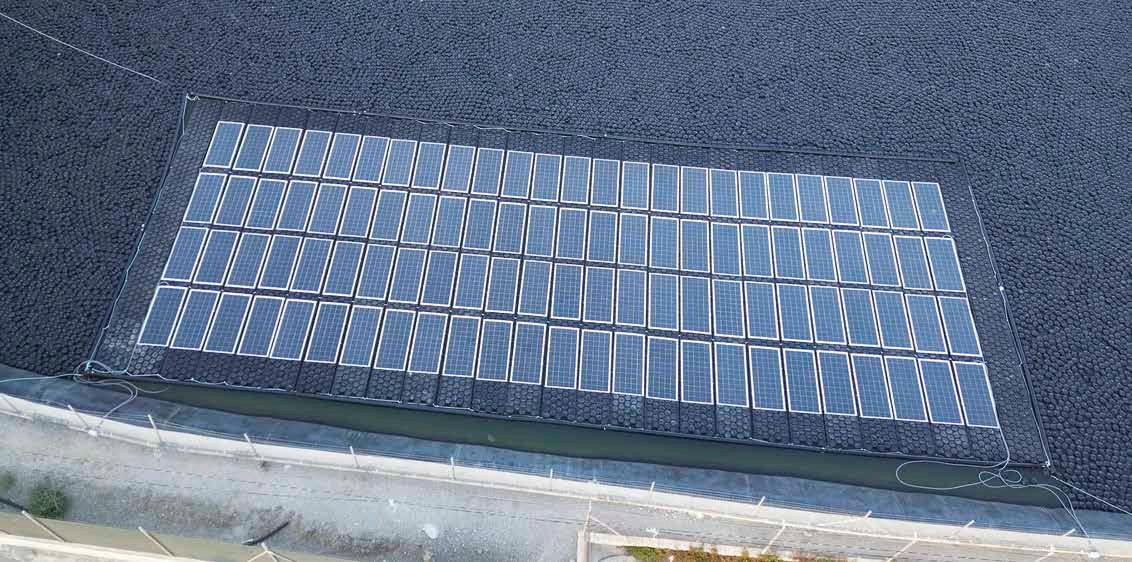
Floating solar installation assembly diagram tailored to the needs of each farmer.
Floating solar plants can be installed on ponds with or without the rest of the surface protected with Evapo-control.
H2OLock
LIFE project for water and energy efficiency
Project Objectives
The overall objective of the LIFE H2OLock project is to demonstrate a versatile system specifically designed for use in large agricultural water reservoirs. Achieve the design and configuration of a versatile system with the goal of ensuring a costeffective solution specifically designed for the agricultural sector that will reduce water evaporation and produce renewable energy in medium and large agricultural water reservoirs, contributing to more sustainable and efficient agriculture.
Project Funding
This project has received funding from the European Union’s LIFE 20212027 Programme under grant agreement nº 101074546

Project Partners
• Comunidad de Irrigators de Lorca
• The Association of Wine Growers of the Municipality of Palmela – AVIPE
• CTC TECHNOLOGY CENTER
• Arada Ingeniería
• ARANA WM
• Global Factor https://h2olock.es/en/who-we-are-at-h2olock/
Contact Details
Project Coordinator,
José Miguel Gimeno
ARADA´s Project Coordinator
C/Alamo, 23. 1ºD 30800 Lorca (Murcia)
T: +34 0 682 66 75 60
E: jm.gimeno@arana-wm.com
W: https://h2olock.es/en/
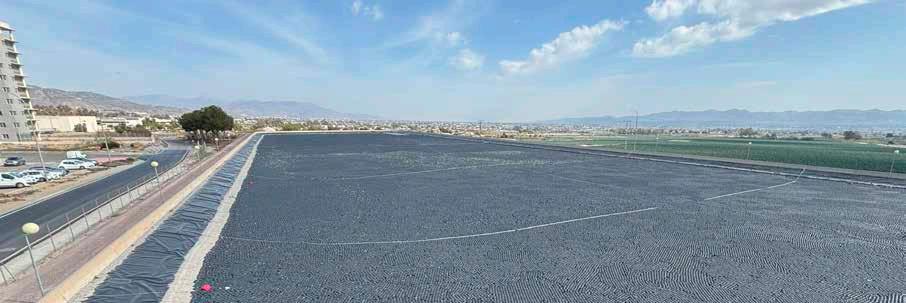
versatility. “The solution can be customized and adapted to local priorities and the environment,” says Gimeno.
Water scarcity
The H 2 OLock team are currently collaborating mainly with stakeholders in Spain, but water scarcity is of course a prominent concern across much of the world, so the project’s work holds wider relevance beyond national borders. The problem is especially urgent in southern Europe, in countries such as Portugal, Italy, Greece and Spain, where the need for even more effective water management is evident. “These are countries with a high risk of drought. However, countries such as France, Belgium, Holland or Germany are also very vulnerable,” explains Gimeno. The project’s work could complement these management measures by protecting existing resources. In addition, there are plans to commercialize the solution. “Our idea is to bring this solution to the market now. At Arana Water Management we are

José Miguel Gimeno is the co-founder of ARANA Water Management, and has more than 30 years of experience developing industrial, irrigation, and waste management plant projects. He holds a degree in Agricultural Engineering and a Master’s degree in Environmental Assessment and Environmental Planning.



already commercializing a current version, while we continue to develop a new improved version,” continues Gimeno. There remains significant scope for improvement, for example by modifying the geometry and the thickness of the material to further reduce losses. Results from the testing phase for the new version are expected over the next few months, and Gimeno is confident that it will also reduce losses by more than 80 percent, which represents a very significant volume of water. “The amount of water lost through evaporation depends on the location of the pond. In the area of Spain where we do the tests, we are talking about between 1.4-1.5 m³ lost due to evaporation for every square meter exposed to the sun,” he says. The water saved can then be used to irrigate fields and support crop growth, contributing to the wider goal of establishing a circular economy and using precious resources efficiently. “Evaporation control solutions are very important in addressing water scarcity concerns,” stresses Gimeno.
José Miguel Gimeno
Section of a floating system for photovoltaic energy production.
The floating solution is universal, in the sense that it can be installed on any pond, regardless of its geometry, type or operating status.
Aerial view of the floating cover of the nearly 3-hectare experimental pond in Lorca.
A clearer picture of ammonia emissions

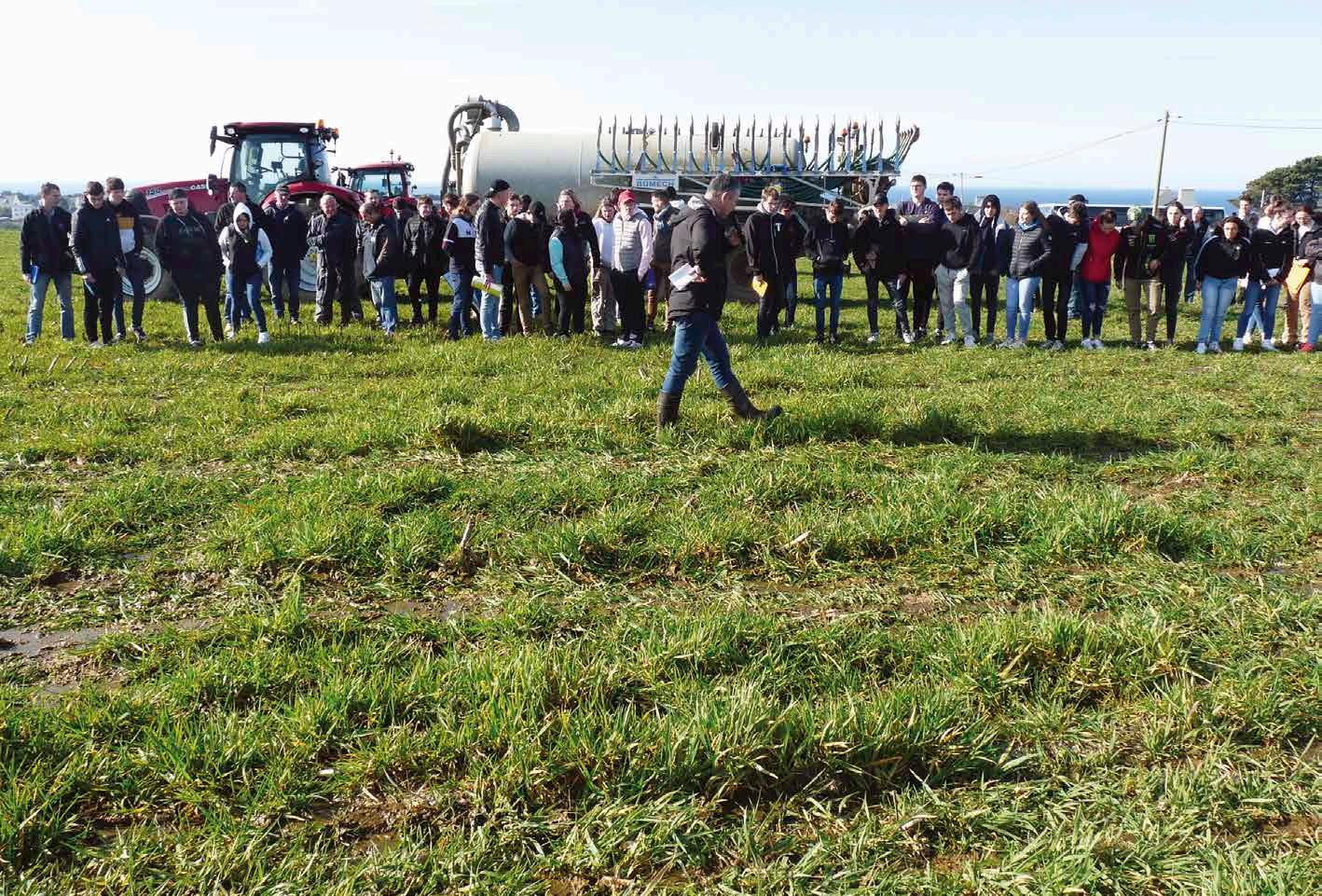
Ammonia emitted into ambient air can interact with other pollutants, leading to the formation of particulate matter, which is a major threat to public health. The team behind the LIFE ABAA project are working with farmers in Brittany to reduce ammonia emissions and improve air quality, as Meryll le Quilleuc, Léna Oddos and Nicolas Moreau explain.
The French government has set a target of reducing ammonia emissions by 13 percent by 2030, part of the wider goal of limiting pollution and improving air quality. The agricultural sector accounts for around 95 percent of overall ammonia (NH3) emissions in France, and 99 percent in Brittany, so has a major part to play in meeting this goal. “Ammonia is emitted during several different types of agricultural work. For example, when a building containing animal faeces is cleaned, ammonia is emitted. If slurry-spreading practices facilitate the interaction of air and animal faeces, it can also lead to the emission of a lot of ammonia,” explains Léna Oddos, Soil Management and Fertilization Research Officer at the Regional Chamber of Agriculture in Brittany. Certain agricultural practices are known to limit ammonia emissions, such as low-emission techniques for spreading farm manure, but they are not yet widely used in the sector, an issue central to Oddos’s work in the EC-backed LIFE ABAA project. “We are trying to understand why these practices aren’t widely used in the agricultural sector, and how we can encourage their wider adoption,” she outlines.
One of the main factors currently limiting adoption is the cost of nationally recommended practices, while their perceived complexity can also deter some farmers. While some practices may seem complex to those unfamiliar with them, Oddos says that sharing knowledge amongst
farmers can encourage them to change their working methods and help reduce ammonia emissions. “When farmers have been properly trained, and can exchange knowledge with other farmers that have been able to put these practices in place at their farms, they may become more comfortable with them,” she outlines. Relatively simple changes like optimising cattle feed, spreading manure in a way that minimises contact with air, or incorporating fertilizer immediately into the soil when it is applied, can all have a significant impact on ammonia emissions. “We want to raise awareness amongst farmers and train them, to make it easier for them to then implement these kinds of practices,” outlines Oddos.
Air quality
The LIFE ABAA project brings together the Regional Chamber of Agriculture with Air Breizh, a not-for profit organisation responsible for monitoring air quality in Brittany. Ammonia emissions are a major concern in this respect, as while ammonia itself is not toxic at the concentration levels typically found in ambient air, it does interact with other pollutants when released into the atmosphere. “These interactions may then lead to the development of other pollutants, such as particulate matter, which is a major threat to public health,” explains Meryll le Quilleuc, part of the team at Air Breizh. The project aims to help address this issue by encouraging farmers to change their
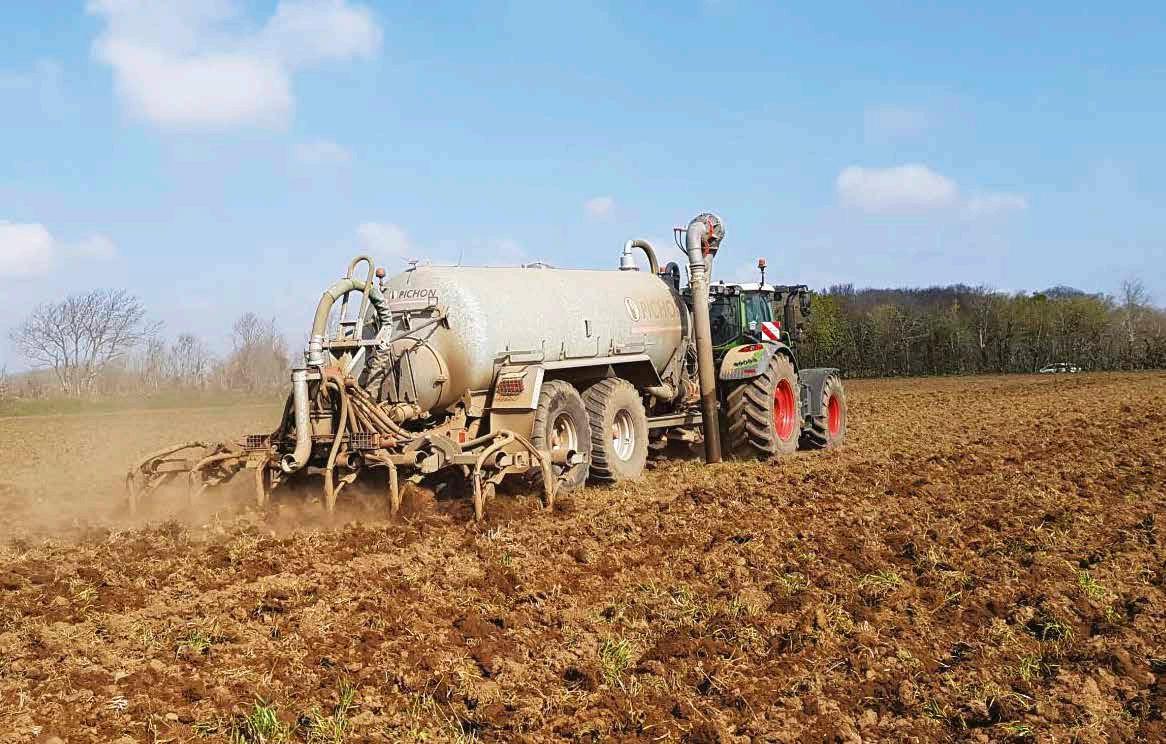
Slurry spreading before the sowing of maize with a low emission arable tine injector.
practices and reduce ammonia emissions, which Oddos says is ultimately in their economic interests. “Ammonia contains nitrogen, which is an element that plants need to grow. If farmers are able to reduce their ammonia emissions then they won’t need to spend as much money on mineral fertilisers, so saving costs,” she explains. “We’re currently working with 20 farmers based at a site in the west of Brittany, near the city of Brest. We are trialling a set of best available techniques (BATs), and looking to assess their impact on ammonia emissions.”
A number of measurement stations have been installed at the farms to build a deeper picture in this respect. Great care was taken over the location of these measurement stations, as ammonia has only a very short lifetime in the atmosphere. “If we put the measurement station too far away from a building or field known to be associated with ammonia emissions, then we won’t really get reliable data, while if we put them too close then we won’t get a picture of their wider impact,” says Nicolas Moreau, a Modelling and Geographic Information System (GIS) Engineer at Air Breizh. Alongside gathering data from farms, Moreau has also been working with existing air quality models, aiming to refine and improve them. “The first step in the modelling work was to study the accuracy of existing air quality models. I compared them to the measurements, to see if the models were accurate. I analysed data
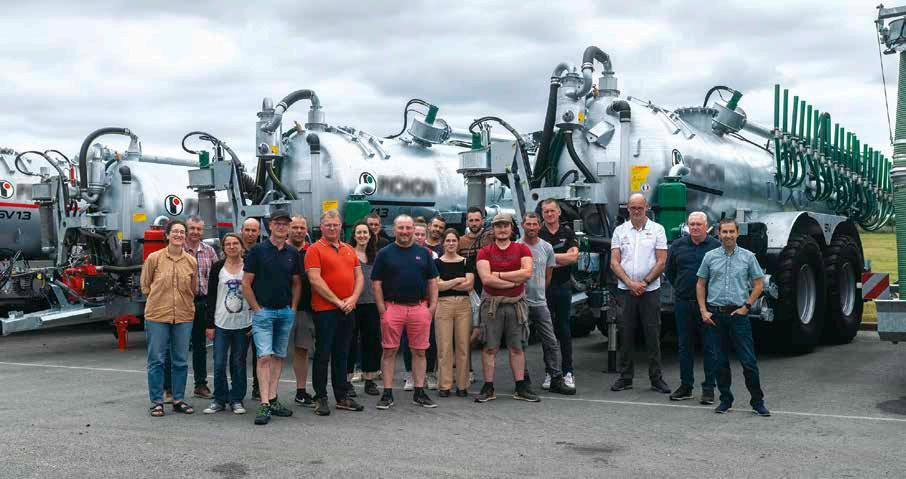
“Ammonia contains nitrogen, which is an element that plants need to grow. If farmers are able to reduce their ammonia emissions then they won’t need to spend as much money on mineral fertilisers, so saving costs.”
covering a full two year period, and then I also conducted analysis of the seasonal periods,” he outlines. “We already know that more ammonia is released in Spring than during the Winter, as that’s when soil is fertilised.”
The idea is to compare the performance of models over these periods, and to then look to improve them on the basis of ammonia measurements from the stations in Brittany, as well as some from other regions of France. A further dimension of the project’s work involves
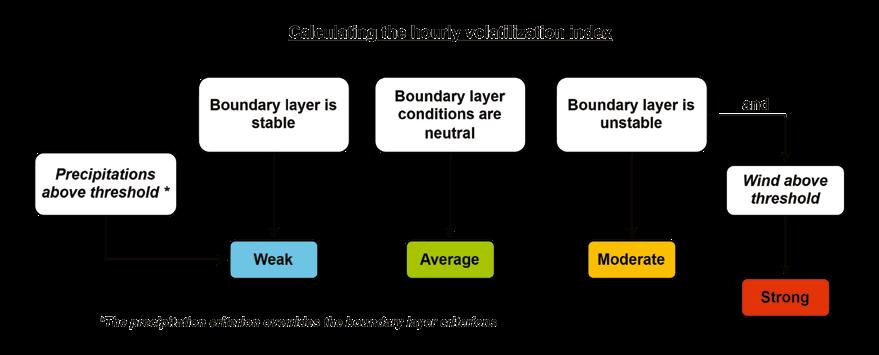
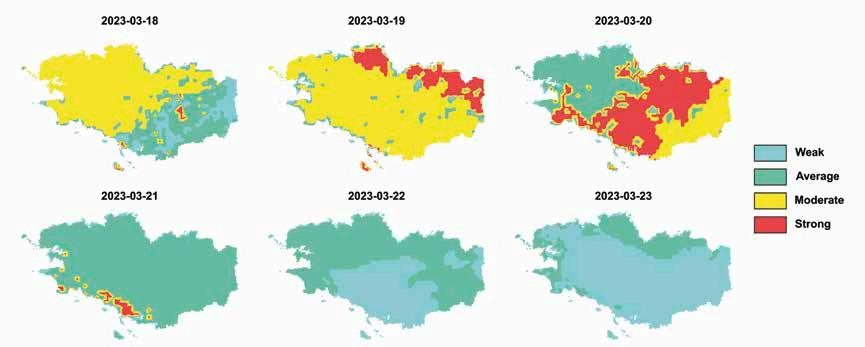
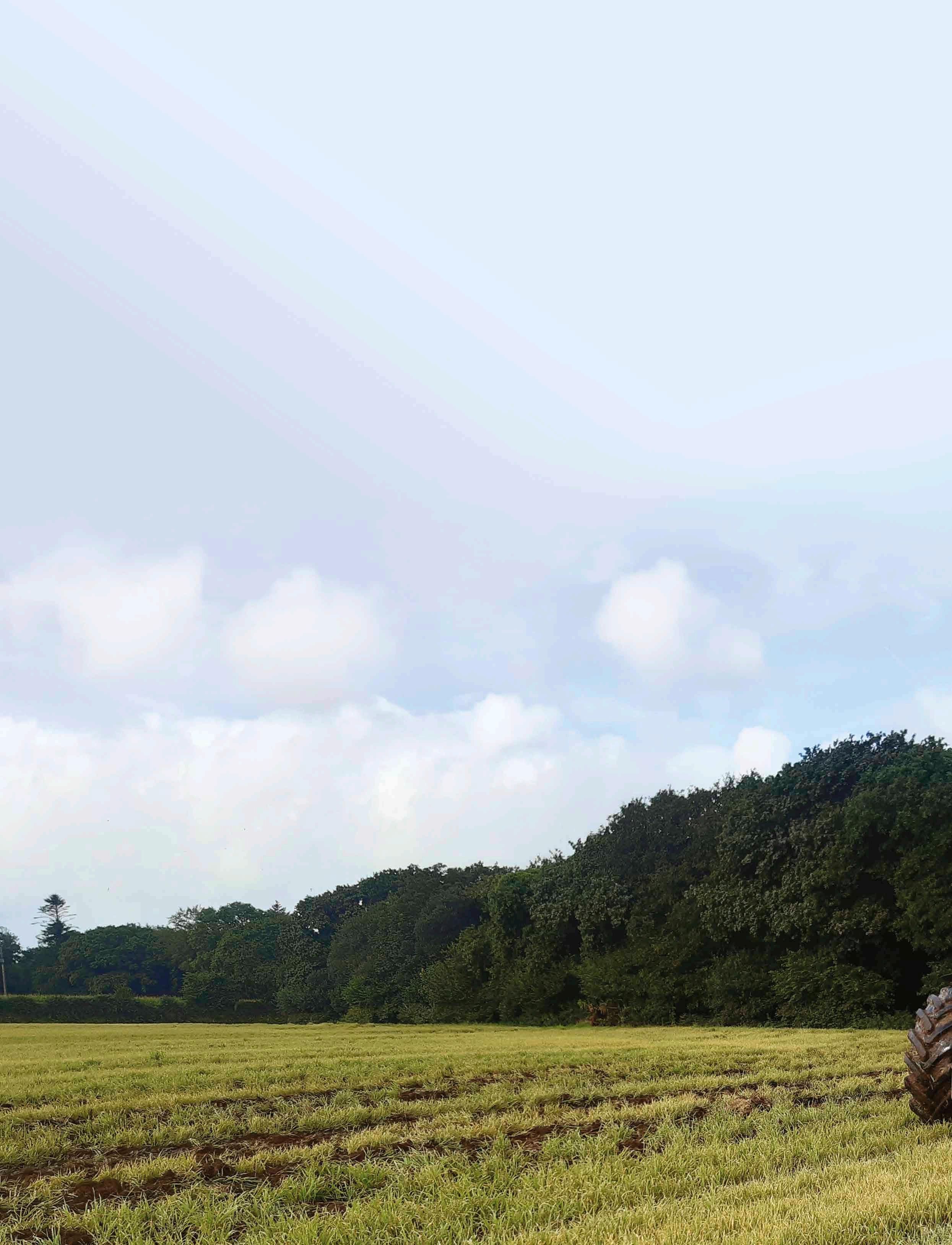
using meteorological data to develop a volatilisation index, designed to assess the amount of nitrogen lost from the soil - in the form of ammonia - in different conditions. “The goal is to understand what atmospheric conditions lead to the volatilisation of ammonia out in the field,” continues Moreau. Several meteorological factors are at play here, which farmers should take into account when considering the right time to conduct different types of agricultural work. “High temperatures and
The ABAA farmers group during the visit of a spreading equipment manufacturer in Brittany.
Left: The hourly index diagram illustrates the method used to calculate the hourly volatilization index. This hourly index is then aggregated into a daily index by identifying the most frequently occurring index each day.
Below: These maps provide a visual representation of the volatilization index. Although they are not utilised within the Agrivision’Air tool, they are helpful for identifying potential issues.
high winds lead to increased volatilisation,” says Oddos. “We’re trying to build a fuller picture of the impact of these factors on ammonia emissions in Brittany. We have national figures on ammonia emissions, but we want to gain more detail on the picture here in Brittany, and understand the local background.”
AgrivisioN’Air tool
A decision-support tool called AgrivisioN’Air has been developed in the project, aiming to provide farmers with relevant, local information, so they can then adapt their working practices to reduce ammonia volatilisation. The team are now devoting a lot of effort to encouraging farmers to use this and other tools, while there is also wider interest in the project’s work and in potentially bringing AgrivisioN’Air to other regions of France and beyond. “We are working with the associations of air quality and chambers of agriculture in other French regions. We organised a webinar on the 21st May to present the project to other European organisations. The replay is now available on our website,” says le Quilleuc. At the same time, Oddos is also keen to work with more farmers in Brittany, which would heighten awareness of the BATs and
the potential environmental and financial benefits. “We would like to work with more farmers in the region, to really have a good exchange of knowledge about which practices are effective,” she continues. This may be about agronomy techniques or soil management, while certain organisational practices can also help farmers adopt reduce ammonia emissions. The farmers currently participating in the project work together in some aspects for example, one of which is combining resources to purchase equipment which they may not have been able to afford individually. “We want to understand how these farmers work together in what is a fairly small territory, so that we can then look to replicate these methods everywhere else in Brittany,” says Oddos. With the project nearing its conclusion the team is currently working on several reports, while they are also considering the possibility of a successor project, building on what has been achieved in LIFE ABAA. “We hope to continue working in this area in future, beyond the end of the project, and are looking to establish projects in collaboration with organisations from other regions,” says Oddos.

LIFE ABAA
ABAA, Reducing agricultural ammonia emissions to improve air quality
Project Objectives
To achieve the ambition to improve air quality by reducing ammonia of agricultural origin, the ABAA project relies mainly on a pioneering group of farmers, ETA (Entreprise de Travaux Agricoles) and CUMA (Coopérative d’Utilisation du Matériel Agricole) to test new less emissive practices and on the deployment of an ammonia and fine particle measurement network on the pilot territory of Brest. The project also includes the development of an app allowing farmers to simulate nitrogen losses related to ammonia emissions during spreading.
Project Funding
The LIFE ABAA project is run by Air Breizh, the French air quality monitoring association, in partnership with the Brittany Chamber of Agriculture. The project is financed by the European LIFE program, the Brittany region and the regional health and environment plan.
Project Team
https://lifeabaa2021.eu/lequipe-du-projet/
Contact Details
Project Coordinator, Air Breizh
3E rue de Paris, 35510 Cesson-Sévigné, France
E: lifeabaa2021@airbreizh.asso.fr
W: https://lifeabaa2021.eu/



Meryll Le Quilleuc is LIFE ABAA project manager at Air Breizh, with a PhD in atmospheric chemistry.
Nicolas Moreau , air quality modelling engineer at AirBreizh, responsible for the association’s forecasting system and involved in the ABAA project.
Léna Oddos is a research officer with the Soil Management and Fertilization team at the Brittany Chamber of Agriculture. Within the ABAA project, she coordinates development actions to reduce ammonia emissions.









Meryll Le Quilleuc, Nicolas Moreau, and Léna Oddos (left to right)
Slurry spreading before the sowing of rapeseed with a low emission arable tine injector.
Finding the value in construction waste


The construction sector generates large amounts of waste every year, much of which could be recovered and re-used. We spoke to Jérémie Bernard, project coordinator for Toulouse Métropole, about the work of Life Waste2Build, a Life funded project, in developing a new system to improve resource efficiency and encourage the shift towards a circular economy.
The construction industry has historically generated large quantities of waste, yet as sustainability concerns become increasingly prominent, the sector as a whole is under pressure to use resources more efficiently and reduce its environmental impact. One way to achieve this is by carefully deconstructing old buildings instead of demolishing them, so materials can be reused, an issue central to the LIFE Waste2Build project, an initiative based in the French city of Toulouse. “When we deconstruct a site we carefully remove material and equipment so that they aren’t wasted,” explains the project’s coordinator Jérémie Bernard. The project team are developing a methodology and tools to encourage the shift towards a circular economy in both the renovation of buildings and also new construction projects. A key initial step is a pre-demolition audit, when the materials available in a building are identified. “If you have a clear understanding of the materials present in a building, you can then think about how these resources can be re-used,” says Jérémie.
LIFE Waste2Build
Using the waste demolition to build within a Circular Economy approach
Jérémie Bernard
Project Coordinator, Life Waste2Build
Direction Implantation Economique
Direction Générale Développement
Economique
Toulouse Métropole
T: +33 (0) 531 229 110 / +33(0) 634 267 664
E: jeremie.bernard@toulouse-metropole.fr
W: https://metropole.toulouse.fr/lifewaste2build-en
Toulouse Métropole is a French local authority with a population of 747,000, bringing together 37 communes including Toulouse. It is the fourth largest urban area in France (45.8 has), with 4,992 employees. TM is responsible for waste management, gardens and green spaces, mobility, urban planning, the environment and sustainable development, the attractiveness of the area and international influence.
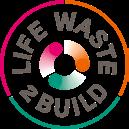


Re-using materials
This might be tiles for example, or certain metallic structures, which can then be made available to architects or construction companies via a digital platform that is being developed in the project. Some of these materials can be applied immediately in construction projects, while others may need to be cleaned, reconditioned and qualified to meet the required standards. “We may have to treat some materials, and sometimes we add elements to meet the needs of companies,” outlines Jérémie. This might represent a significant change in approach for companies more used to the traditional construction model, so Jérémie and his colleagues in the project are providing extensive guidance. “We’ve developed a methodology to support companies through all steps of a construction project, beginning with the pre-demolition audit (PEMD diagnosis in France), through to the recommendations on how to proceed,” he continues.
covering a wide variety of public and private building projects. “It’s very important for us to have a high degree of variety, so we can learn from these different experiences. We want companies to adopt this kind of approach on all their projects, not just a single type,” says Jérémie. These 58 worksites are based in and around Toulouse, but in future Jérémie hopes to encourage other areas to adopt this approach and spread it more widely. “We have signed replication agreements with three other municipalities; Strasbourg, Marseille and Bologna in Italy,” he outlines. “We have held numerous meetings to share our tools and methodology, and to exchange best practice.”
“When we deconstruct a site we carefully remove materials and equipment so that they aren’t wasted.”
The wider aim is to move towards a circular economy where materials are re-used and recycled, in line with the goals set out in France’s anti-waste law, which was passed in 2020. So far the project’s approach has been implemented at 58 exemplary worksites,
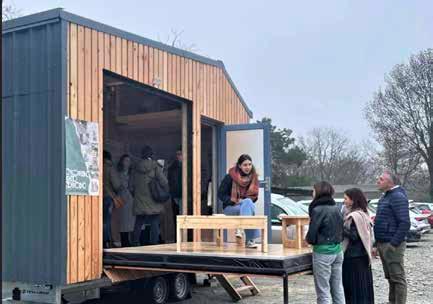
There is a lot for the project team to be proud of in this respect, with over 16,050 tonnes of material recycled and 11,700 re-used across the 14 completed worksites (over 58 during the entire project), while the equivalent of over 5,516 tonnes of CO2 emissions have been prevented. As the project’s work progresses, and the benefits of this approach become more widely known, Jérémie hopes more companies will adopt it. “The intention is to bring more companies and project owners on board. We want this approach to become the norm, the usual way of working,” he says.
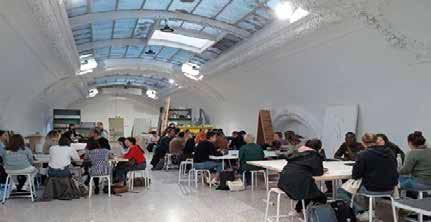
Niwa, Ga Smart Building Headquarters constructed with more than 12% of re-used materials.
A Higgs boson pair candidate event with four particle showers (jets) which were initiated by b-quarks in 13 TeV proton-proton collisions. This collision event was recorded with the ATLAS detector at the Large Hadron Collider at CERN in 2016. The tracks of the produced particles are displayed as green lines. The energy deposits in the calorimeters are shown as yellow, orange, green or blue cuboids, where the length of the cuboid is proportional to the deposited transverse energy.
Searching for Higgs boson pair production at the Large Hadron Collider

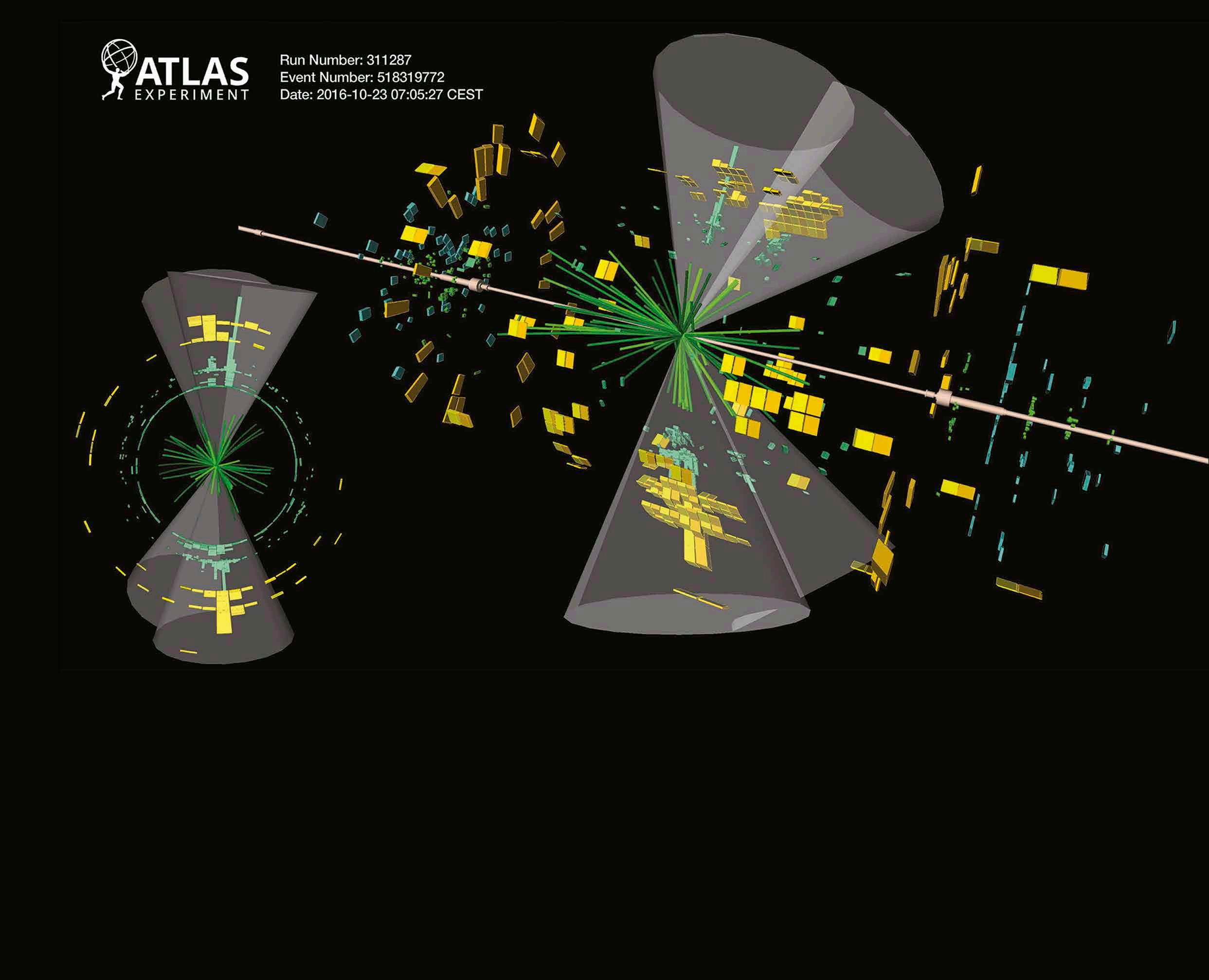
The Standard Model of particle physics predicts that the Higgs boson should couple to itself, and produce for example Higgs boson pairs. Researchers in the HiggsSelfCoupling ERC project are analysing data from the Large Hadron Collider and developing tools to look for evidence of di-Higgs production, as Professor Çi ğdem İ şsever explains.
The existence of the Higgs boson was experimentally verified at the Large Hadron Collider in 2012, and researchers continue to study its properties and are trying to find experimental evidence that it interacts with itself. As the Principal Investigator of the HiggsSelfCoupling project, Professor Çi ğdem İşsever is investigating the process by which pairs of Higgs bosons are produced, research which could shed new light on whether the shape of the Higgs potential matches theoretical predictions. “By understanding Higgs selfcoupling, through the production of pairs of Higgs bosons, we will be able to see if the shape of the Higgs potential is really as predicted by theorists,” she outlines. “The shape of the Higgs potential has important implications on structures in the universe and the fate of the universe.”
New insights into the strength of the Higgs self-coupling could help scientists
learn more about the Higgs mechanism, a mechanism which explains how elementary particles acquire mass. “The Higgs potential is a scalar field which has been the focus of a lot of attention in research. But what we haven’t yet probed is whether the shape of this potential is really as earlier theorists predicted, or if
HiggsSelfCoupling project
This topic is central to Professor İşsever’s work in the HiggsSelfCoupling project, in which she and her colleagues are analysing data from particle collisions at the LHC recorded by the ATLAS experiment, looking to identify collisions where pairs of Higgs bosons were produced. This involves
“We try to identify what kinds of particles were produced in collisions at the Large Hadron Collider, what energies they had, and the directions they were flowing in from the point of collision.”
it is actually different in some way,” says Professor İ şsever. “The way to probe this is through measuring the strength of the Higgs coupling to itself, through the production of Higgs pairs, because the production rate of Higgs pairs depends on the strength of the Higgs self-coupling.”
studying the debris from the vast number of collisions generated within the ATLAS detector and working through the available data. “We try to identify what kinds of particles were produced in collisions, what energies they had, and the directions they were flowing in from the point of collision,”
explains Professor İşsever. Based on that information, Professor İşsever says it’s possible to then essentially reconstruct these particles and identify Higgs pair candidates. “If the signature fits, then candidate particles in the final state actually have the mass of the Higgs boson, and fulfil the right kinetic characteristics,” she continues. “However, we always talk about candidates here. We can compare the characteristics of the Higgs pair candidates that we have identified with our predictions, in order to judge if this was likely to have been the signal that we were looking for.”
The Standard Model of particle physics predicts that the Higgs boson should couple to itself and produce Higgs pairs, while other models and theories predict that heavier particles could also decay into Higgs pairs. So alongside looking for evidence of the Standard Model di-Higgs process, Professor İşsever’s team is also looking for resonances or signatures of new particles which could decay into Higgs pairs, which could have very different characteristics.
The production of Higgs pairs from a proton-proton collision is pretty rare, significantly less common than
the production of a single Higgs, and Professor İ şsever says it can be difficult to gather sufficient evidence. “We have not yet collected enough data or statistics to see these events in significant numbers,” she explains. “These di-Higgs processes are so rare that, in order to achieve the project’s goals, we need a lot of data. We want to analyse all the data from run 2 and run 3 of the LHC, in order to have the highest possible number of di-Higgs events in my dataset.”
- is in the 4b state, roughly 33 percent of the cases. Most of the time Higgs pairs would be expected to decay into a pair of b-quarks,” she outlines. While this approach generates a relatively large amount of signal, there’s also a lot of background noise that needs to be identified and removed, which affects the sensitivity. “There are also final states with not such a large amount of statistics but less background. For example, one of a pair of Higgs bosons may decay into a b-quark pair, and the other into two photons (γγ), or
“If the signature fits, then candidate particles in the final state actually have the mass of the Higgs boson, and fulfil the right kinetic characteristics.”
This work has been disrupted by the pandemic and Professor İşsever is still in the process of gathering and analysing data, with run 3 of the LHC ongoing. As the rate of diHiggs production is low, Professor İşsever says it’s important to work with a final state that offers the highest possible chance of seeing them, which is the 4b-quark (4b) final state. “If you have two Higgs bosons, the maximum branching ratio - the decay fraction
two tau leptons (ττ),” continues Professor İşsever. “The main channels used to investigate the production of Higgs pairs are 4b, bb-ττ and bb- γγ gamma.”
Candidate particles
Researchers are currently sifting through the available data and looking to identify candidate particles with the characteristics of Higgs boson pairs. This involves the use
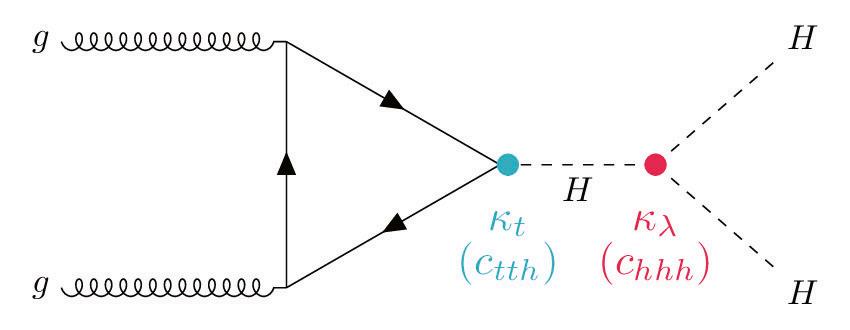
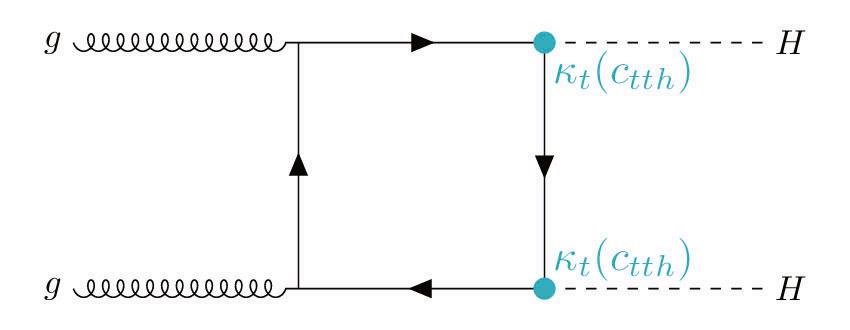

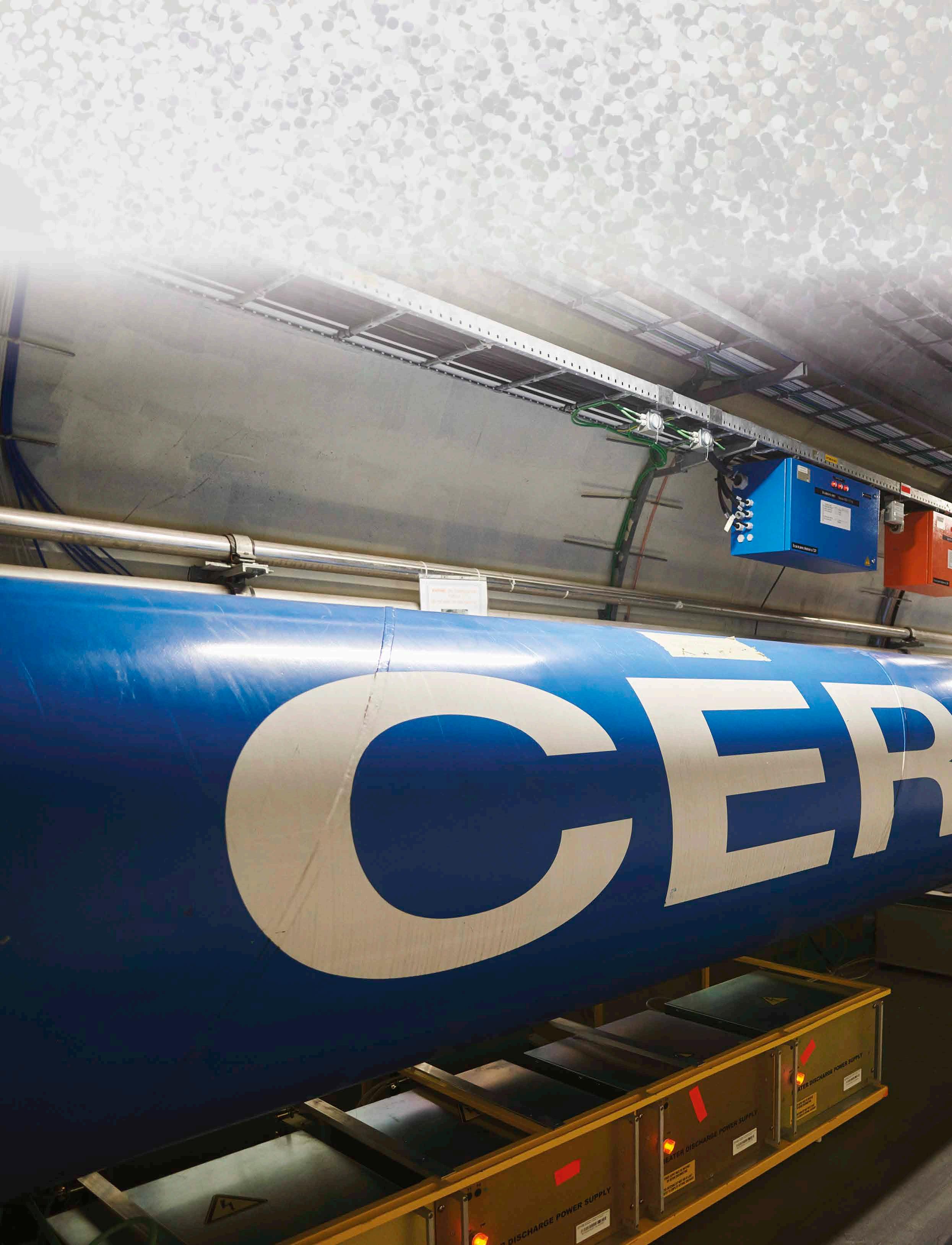
Diagram showing the coupling of the Higgs boson to itself (red dot). © ATLAS Experiment © CERN
The blue dots show the coupling of the Higgs to the top quark. © ATLAS Experiment © CERN
of sophisticated new methods and analytical tools, including machine learning algorithms and H-bb taggers, algorithms which identify certain features typical for Higgs bosons decaying into a pair of b-quarks. “For example, H-bb taggers are used to analyze traces of particle showers in the detector and trying to identify features that are typical of b-quarks or b-jets,” explains Professor İşsever. The algorithm then generates a score variable or probability of a particular particle shower being a Higgs boson that decayed into a b-quark pair or not. Then it can be subjected to further, more detailed analysis.
A further important consideration in the project is distinguishing Higgs pair events from quantum chromodynamics (QCD) interactions that form a background to this signature. While some QCD events are relatively easy to identify and remove, others are more difficult. “There are also QCD events which produce in their final state 4b-quarks. Those are so-called indistinguishable backgrounds, and we can only try to get rid of these events by studying their kinematics and utilizing more sophisticated methods.”
Run 3 of the LHC is currently ongoing, running at a collision energy of 13.6 trillion electronvolts (TeV) after which the LHC will shut down for a few years in order to perform upgrades to the machine and the experiments, so Professor İ şsever is very keen to make the most of the data that it will generate until then. “This is the key source of data that we will be able to work with for a while, so I will want to analyse it in great depth,” she stresses. This work is currently in progress, and Professor İ şsever’s team hopes to uncover fresh insights that could also open up new avenues of investigation beyond the Standard Model. “If we see new signals that are not predicted by the Standard Model in the data which we are now analysing then that would be very exciting,” she says. “The Standard Model is not able to explain quite a few of the major unanswered questions in physics, like what dark matter is and why there is an asymmetry between matter and anti-matter in our universe. Hence searches for signatures that point beyond the Standard Model are also immensely important and exciting.”
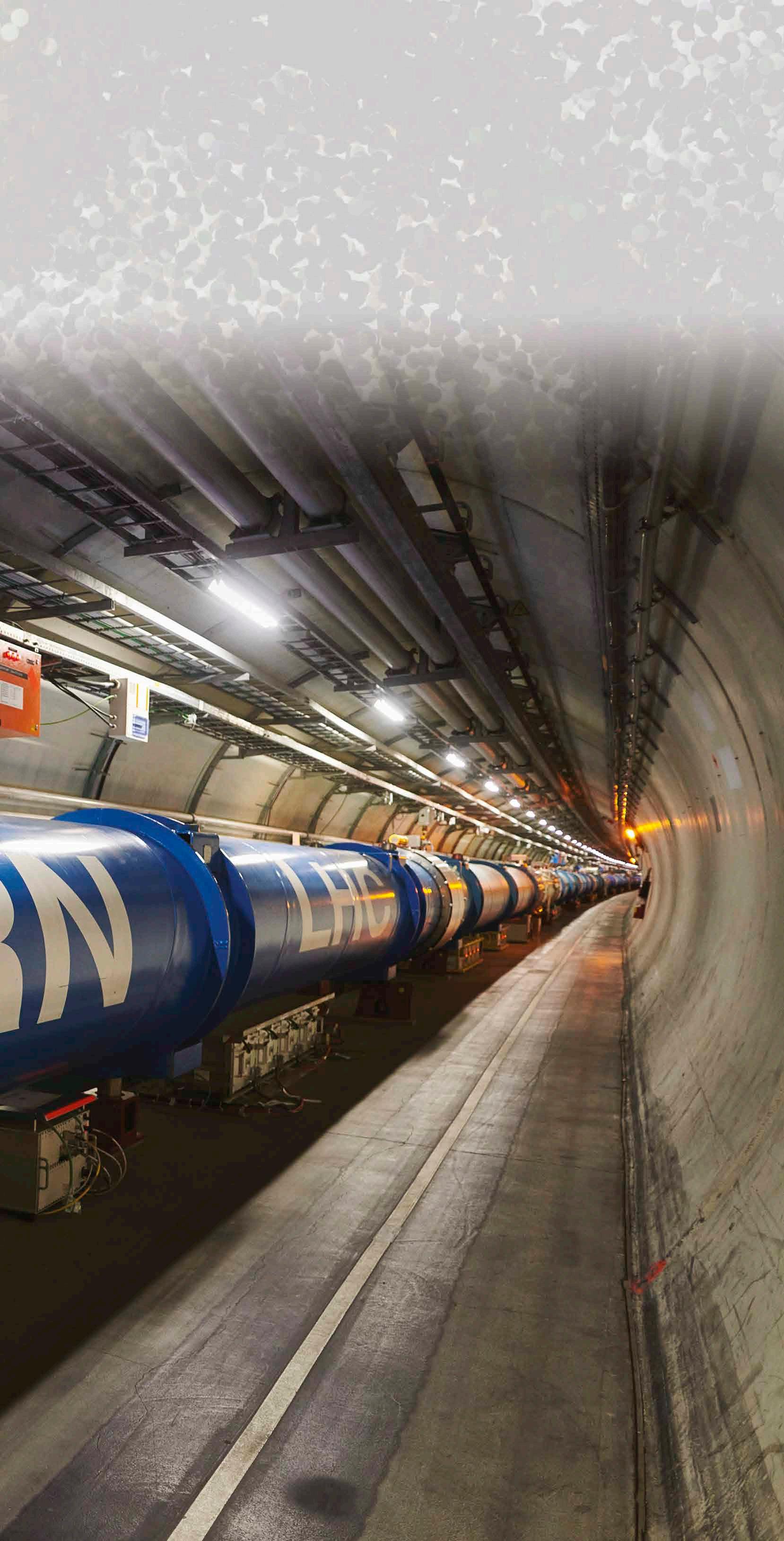
HiggsSelfCoupling
Uncovering the Origins of Mass: Discovery of the di-Higgs Process and Constraints on the Higgs Self-Coupling
Project Objectives
This project aims to discover the diHiggs process and to set stringent bounds on the strength of the Higgs coupling to itself that provides unique information on the underlying nature of how particle acquire mass.
Project Funding
The research for this work has received funding from the European Research Council (ERC) project HiggsSelfCoupling (Grant agreement no 787331).

ERC-ADG - Advanced Grant
EU Contribution € 2 262 897,00
Contact Details
Project Coordinator, Professor Çiğdem İşsever Humboldt-Universität zu Berlin
Institut für Physik
T: +49 30 2093 82270
E: isseverc@hu-berlin.de
W: https://www.physik.hu-berlin.de/de/ eephys/ag-c-issever

Çi ğdem İşsever is Professor of Physics at Humboldt University of Berlin, where she is head of the Experimental High Energy Physics Group. She is also lead scientist at the DESY synchrotron, and a visiting Professor at the University of Oxford.

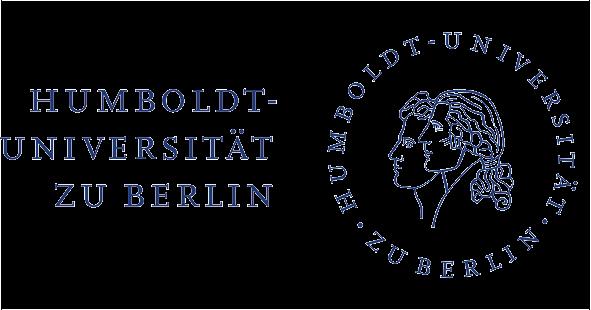

Professor Çi ğdem
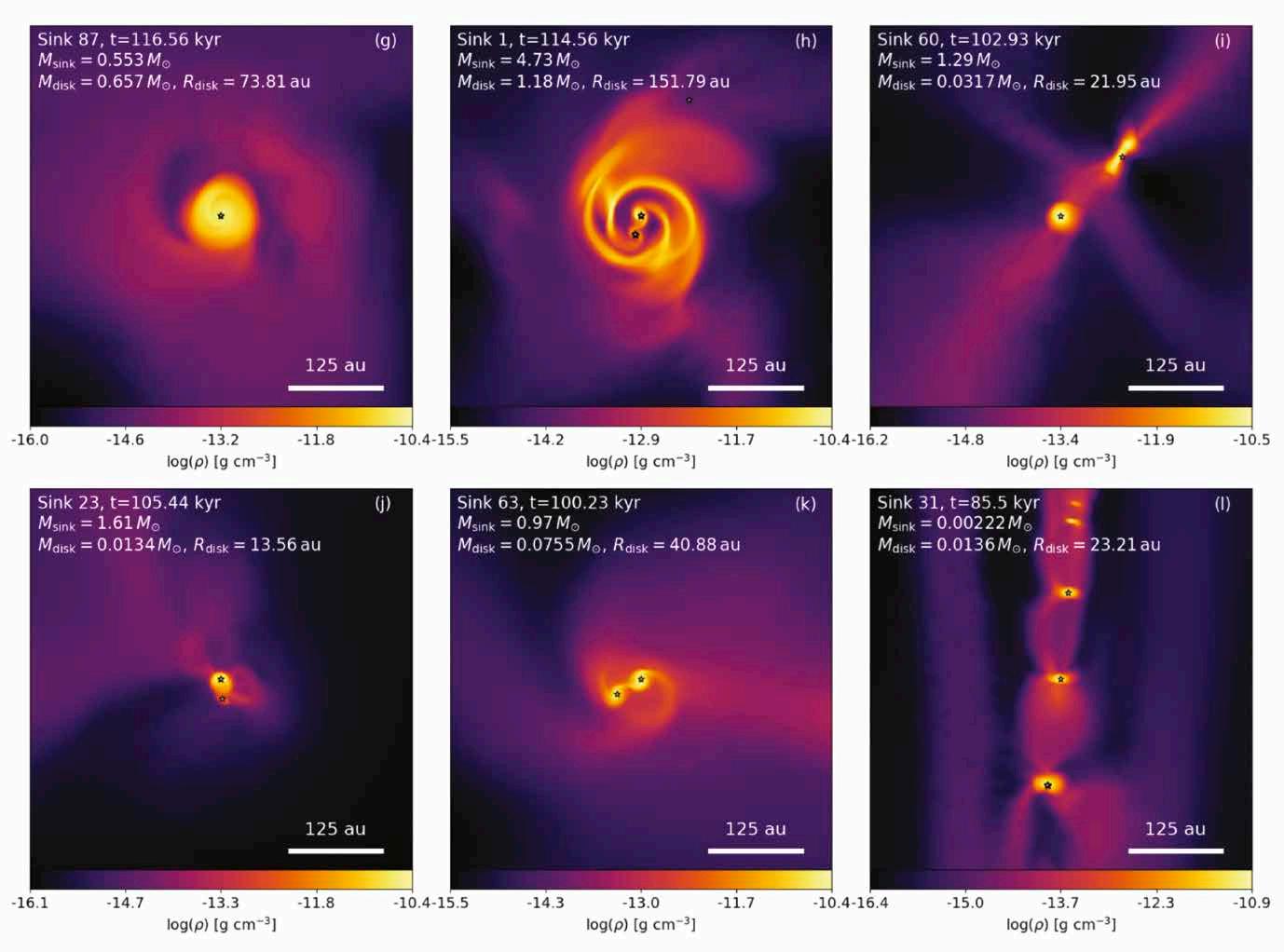

Patrick Hennebelle, Ralf Klessen, Sergio Molinari, and Leonardo Testi, the team behind the ERC-backed ECOGAL project are developing the first ever predictive model of the Galactic ecosystem, aiming to link different structures in the Galaxy together through an integrated approach. This work will open up new insights into the conditions under which stars and planets form.
The Universe is known to have had a very simple structure in its early stages, with detailed observations of the cosmic microwave background (CMB) showing a consistent temperature across the sky. Cosmic evolution over the past 13.6 billion years since the Big Bang has been a progression from simplicity to ever-increasing complexity, with emerging structures spanning an enormous range of scales from large galaxy clusters, to molecular clouds, down to protoplanetary disks, stars and planets.
These different structures have historically been modelled separately, in isolation from each other, without necessarily paying too much attention to the feedback and interactions between them at different spatial scales. For example,

detailed models of planetary-forming disks have been developed by some research groups, without considering the material that continuously flows onto this structure from the scale immediately above.
This does not reflect the current understanding of how galaxies and the structures within them form and evolve. While previously it was thought that structures in the Milky Way evolve only slowly, over extended timescales, evidence gathered over recent years shows that it is in fact a highly dynamic process, with gravity, turbulence and magnetic fields all contributing significantly to the dynamic evolution of our Galaxy.
Our intuitive picture of how a galaxy works typically starts at larger scales, cascading down to structures like spiral
arms and molecular clouds, and eventually arriving at stars and planets. While stars are relatively insignificant in size compared to the Galaxy as a whole, they still have a dramatic impact on how the rest of the Galaxy evolves. Collective feedback from stars – for example radiation, stellar winds, cosmic rays and supernova explosions – will ultimately have an influence at larger scales and on the processes of structure formation.
ECOGAL project
The team behind the ERC-backed ECOGAL project are pursuing a more comprehensive approach to modelling the Milky Way, linking together a hierarchical distribution of structures in an integrated approach. This encompasses the entire Galactic disk, to molecular clouds, to ever denser
structures, right down to individual starforming regions with protoplanetary disks, in which planets are formed.
This research brings together groups from across Europe, including specialists in observational astronomy, numerical astrophysics, instrument development and astroinformatics, aiming to break new ground by developing the first predictive model of star and planet formation in the Galaxy. A wide variety of tools are being applied in this work, with researchers building on observational data and numerical simulations to develop a unified model.
The project’s work will open up new insights into the conditions under which stars and planets are formed, a topic of fundamental interest in modern science, and will provide the first comprehensive understanding of our Galaxy as a star formation machine.
While stars have been forming continuously in our Galaxy over billions of years, the ECOGAL project team are focusing largely on the ongoing star and planet formation process to understand through a variety of new models and observational datasets the processes that govern present-time structure formation.
These include data gathered from systematic surveys of our Galaxy, including from the Herschel Space Observatory and the ALMAGAL survey, the largest programme executed so far on the ALMA telescope, located at high altitude in Chile’s Atacama desert. The ALMAGAL survey observed more than 1,000 high-mass star-forming regions across the Galaxy at different stages of their evolution, providing a rich source of data for researchers to tap into.
At smaller scales, the team is also investigating the process that leads to the formation of single stars and protoplanetary disks, by means of dedicated surveys with the European Southern Observatory facilities ALMA and Very Large Telescope, and with the NOEMA observatory of IRAM. These surveys have produced extensive data on single pre-stellar cores, and proto-planetary disks in which planets are currently being formed.
Protoplanetary disks appear inhomogeneous, with bright rings and gaps, suggesting that planetesimals start forming right from the very early stages of star formation, rather than towards the end, which is why the study of disk formation and the initial conditions for their evolution is of paramount importance.

https://www.eso.org/public/news/eso2404/?lang
The next step in interpreting observational data is often to collaborate with theorists, who attempt to reproduce the observations using numerical simulations. A rigorous theoretical framework is essential to interpreting observed data and placing it in a wider context, yet at the same time a theory without any relationship to observations is almost certainly incorrect. So there is typically an iterative process of modifying theoretical frameworks on the basis of observations.
Numerical simulations
This approach provides solid foundations for the development of numerical simulations, which are designed to allow researchers to zoom in and probe specific

details within cosmic structures at different scales, such as a spiral arm or an individual star-forming region. It is a highly complex task, as a very large, dynamical range needs to be resolved, and researchers need to make sure that all the data from local, individual structures can be reproduced and understood.
A second important consideration with the numerical simulations is to account for the individual physical processes that are relevant in different regions of the Galaxy, or in the Galaxy as a whole. For instance, it is essential to include gravitational forces, magnetic field and chemical evolution when simulating the entire Milky Way, while different physical processes come into play at smaller scales, such as certain diffusion and stellar feedback processes.
Two separate but complementary approaches to performing these simulations are being followed within the project, using the RAMSES and AREPO simulation codes. One approach involves starting with consistent, large simulations - of the full Galaxy or a piece of it - and then zooming into specific regions of interest in those simulations, in order to gather statistics. One aim in the project is to produce an ensemble of these self-consistent, hierarchical simulations.
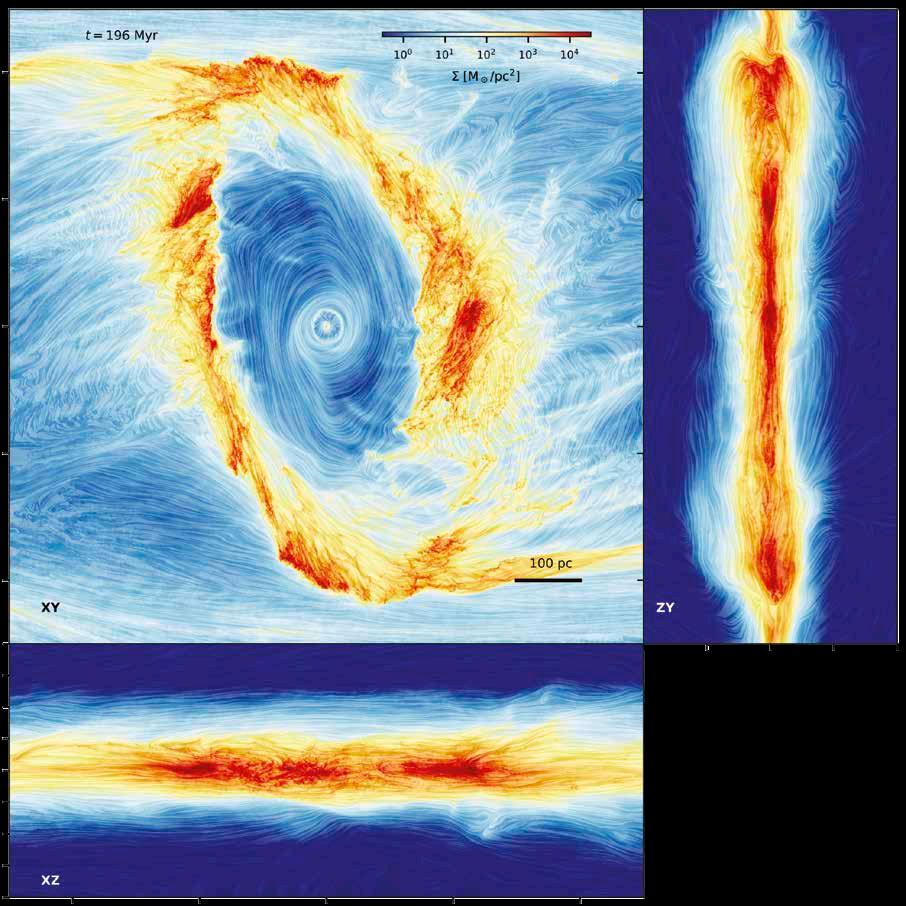
Background image by Marc Sendra Martorell on UnSplash.
A zoom toward the Galactic center in a numerical simulation by Tress et al.
ECOGAL
Understanding our Galactic ecosystem: From the disk of the Milky Way to the formation sites of stars and planet
Project Objectives
The ECOGAL project aims to develop a comprehensive, multi-scale understanding of the Galactic interstellar medium cycle, the process of star formation, and the formation of planet-forming circumstellar disks, which is necessary to explain the diversity of observed solar systems. To achieve this, two teams specializing in observations and two in simulations are joining forces to produce an extensive dataset of both observational results and numerical simulations, including synthetic observations derived from the latter.
Project Funding
This project has received funding from the European Research Council (ERC) Synergy grant under the European Union’s Horizon 2020 research and innovation programme under grant agreement No 855130.
Project Partners
Patrick Hennebelle, Ralf Klessen, Sergio Molinari, and Leonardo Testi. http://www.ecogal.eu/indexhtml-page5.php
Contact Details
Project Coordinator,
Patrick Hennebelle
CEA Paris-Saclay - Site de Saclay, D36, 91190 Saclay, France
T: +33 0169089987
E: Patrick.HENNEBELLE@cea.fr W: http://www.ecogal.eu/




Patrick Hennebelle is a researcher at the Department of Astrophysics of the French Alternative Energies and Atomic Energy Commission (CEA). His work focuses on the theoretical modeling of star formation and the formation of protoplanetary disks.
Ralf Klessen is a professor of theoretical astrophysics at Heidelberg University. His research explores the formation of stars both in the present-day Universe and in its earliest epochs.
Sergio Molinari is a researcher at INAF (Italian National Institute for Astrophysics). He conducts observations of the interstellar medium in galaxies, with a particular focus on star-forming regions.
Leonardo Testi is a professor at the University of Bologna. His research involves observing protoplanetary disks to better understand how and when planets form around stars.

The second approach involves prescribing the initial conditions ‘by hand’, then taking an object like a sphere to represent a star-forming region. Researchers then run many of these simulations and vary the parameters, such as the intensity of the magnetic field or the mass of the sphere. This second approach seems simpler than the first, allowing researchers to probe the influence of different parameters.
There may be several hundred parameters at play here, so identifying which are important and what conditions lead to the development of specific types of stars and planets is a highly complex task. Important new insights have been gained within the project in this respect, with researchers now able to identify the most important parameters in a simulation, and how modifying them will change the overall outcome.
properties and evolution of solids around proto-planetary disks that will eventually form planets, as well as the surrounding molecules and chemistry. At the scale immediately above, the star-forming regions, researchers are now able to look at the demographics, building on results from the ALMAGAL survey.
This means it is now possible to determine how many fragments are forming at each observed star formation site, and thus to predict the number of stars that will form out of big clumps of dust and gas. Researchers are also looking to measure the mass of these fragments, to assess the distribution of masses within each site, and also to study how they gain material from their environment. Is it only from their surrounding environment, or does material flow from larger scales?
“The team behind the ERC-backed ECOGAL project are pursuing a more comprehensive approach to modelling the Milky Way, linking together a hierarchical distribution of structures in an integrated approach”
Physical processes
The project team have been able to narrow down the physical processes relevant in different regions of the Galaxy, and with the outcome of every simulation the models can be refined further, as well as the connection between smaller and larger scales. This is an ongoing, iterative process, with researchers continuously refining their understanding, and evaluating the relative influence of different parameters.
Considerable progress has also been made in terms of essentially mapping the distribution of proto-planetary disks, central to understanding when and how planets form, which is an important goal in the project. It is now thought that stars and planets tend to form together, and the project team is one of the first to identify a complete distribution of these proto-planetary disks.
A further important aspect of the project’s work is in deploying new instruments and observing modes for the NOEMA and ALMA observatories, designed to execute observations and critical tests to the models. In particular, in regards to the role of magnetic field in regulating the formation of protoplanetary disks and their chemical composition.
The new instruments and improved models will help researchers understand the

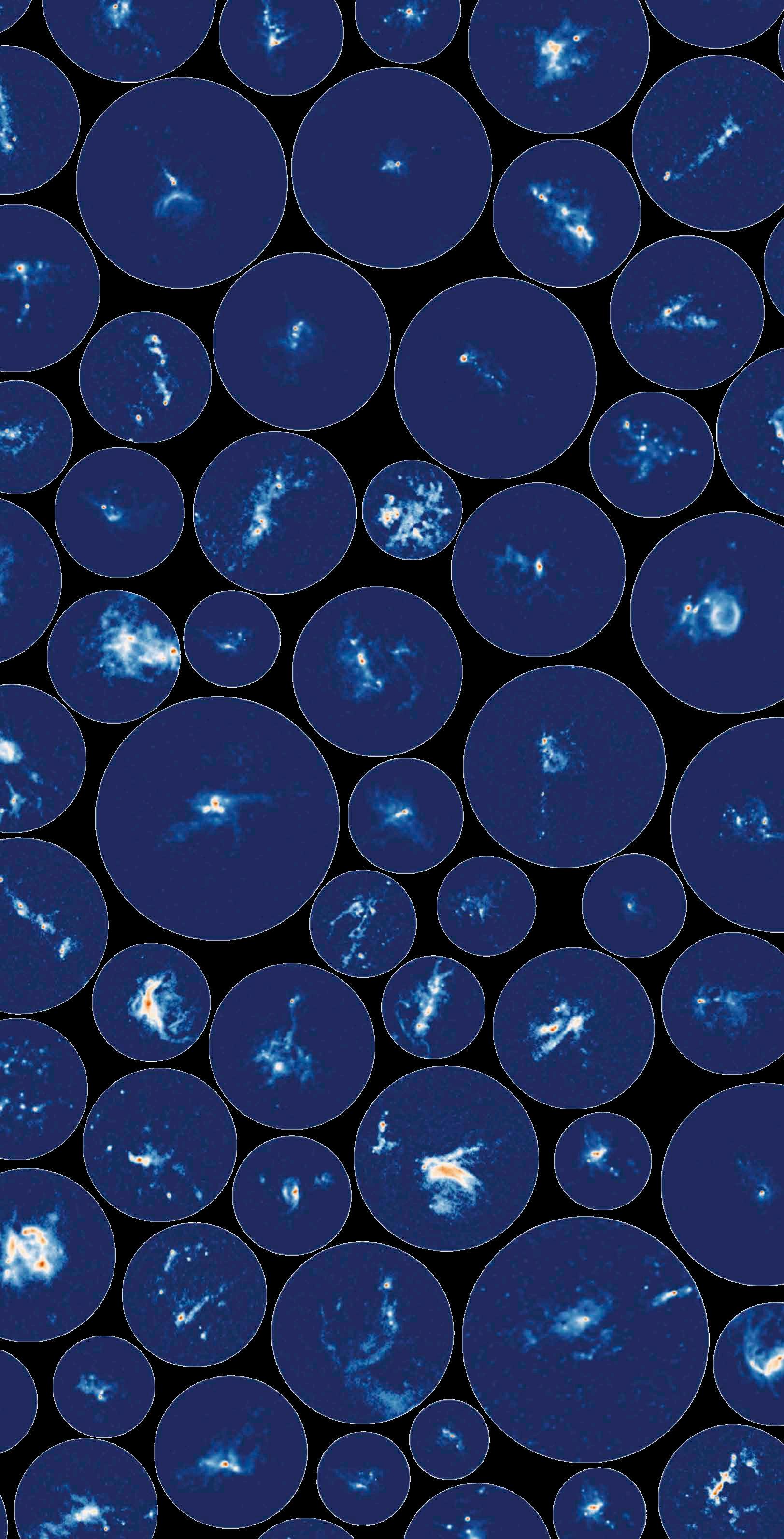
Hierarchical link to larger scales
The answer seems to be the latter, underlining the importance of studying these objects not in isolation but within their environments, as they are continuously being fed by the surrounding scales. The same applies to the link of individual star forming sites to their larger molecular cloud environment as well as the connection of these clouds to the global Galactic flow of even larger scales.
A large set of simulations has been developed that provides a coherent picture of how individual molecular clouds form and condense, and how they connect with different physical processes. All key evolutionary phases of molecular clouds have been captured in a self-consistent way. In parallel, this work has been connected to the Galaxy overall, and the key parameters that lead to the spiral structures we see in the Milky Way have been identified.
The project itself still has over two years to run, and researchers plan to carry on gathering more data and improving the predictive model, alongside developing new instruments to gather data at higher levels of precision.
Patrick Hennebelle, Ralf Klessen, Sergio Molinari, and Leonardo Testi (left to right)
A gallery of star forming clumps from the ALMAGAL survey.
Sustainable Mobility: What moves young adults?
Young adults often lead busy lives, and place a high value on balancing sustainable mobility with urban demands. We take a look at the habits, attitudes and outlook of young adults toward mobility in 15 global cities, based on a survey by Economist Impact for Nissan.
Mobility sits at the heart of city development, linking people and places amid rapid urbanisation. It is synonymous with liveability, as anyone who has endured hours-long traffic jams can understand.
Safe, reliable, environmentally-friendly and wellfunctioning mobility networks are key to keeping the lifeblood of cities flowing, from central business districts to outlying suburbs. Yet urban mobility is a constant work in progress, a continual balancing act between time, cost, safety and sustainability.
Concern is growing about its sustainability due to its heavy toll on the environment, especially in the age of climate change. The transport sector accounts for around one-fifth of global carbon dioxide emissions; this figure grew faster than any other end-use sector except for industry between 1990 and 2022, and is expected to grow by a further 11% between 2020 and 2030 after accounting for announced emission reduction pledges.
Going forward, environmental considerations must be balanced with other needs by making sustainable modes of transport affordable, safe and accessible for everyone. Fortunately, improvements in infrastructure, new innovations and technologies are helping the sector improve.
A recent study of young adults in 15 cities was conducted to understand why mobility is fundamental to modern urban life. Some cities have invested vast sums in enhancing public transit systems. In cities like Hong Kong and Helsinki, where 90% and 72% of total journeys, respectively, are made on public transport, these efforts have paid off. Los Angeles is the only city where respondents are relatively unenthusiastic about public transport connectivity in part due to long wait times, unreliable service and safety concerns; only 36% of respondents chose it in the famously car-dependent metropolis. In most other cities surveyed, transport connectivity scored 50% or more, peaking at 78% in Tokyo, where only 12% of journeys are taken by private cars.

While environmental concerns rank lower than time and cost, they loom larger in cities in emerging economies grappling with severe air pollution and tra¬ffic congestion. In New Delhi, vehicular emissions contribute to 52% of air pollution; in Metro Manila, they represent 88%. The stark realities of pollution and congestion push residents to factor sustainability into their travel decisions more than those in wealthier cities. In developed cities, better congestion management, cleaner air and advanced public transit networks lessen the daily impact of traffic, making environmental considerations feel less pressing. Just 27% of respondents in these cities cited environmental considerations as important when making travel decisions, compared to 42% from emerging cities.
A Mobility Mosaic
In emerging cities, where air pollution and congestion are pressing issues, the urgency for sustainable mobility is even greater. Consumers lean toward a multimodal mobility mix for the future, where EVs play a significant role but are not the sole solution. Having diverse mobility choices through innovative electrification strategies, hybrid technologies and inclusive smart mobility solutions that benefit the wider society. By listening to younger generations and investing in holistic solutions, cities can create a cleaner, smarter and more inclusive future for mobility—one where sustainability is not just an ambition but a reality for all.
Sustainable mobility requires tailored solutions rather than a one-size-fits-all approach. The future of urban transit will be shaped by residents’ preferences, policymakers’ imperatives and broader trends in society and technology. Whether through greater use of energy efficient EVs, walking or space-efficient mass transit, solutions will vary by city. Greater autonomy and higher incomes will give young adults more options, while broader mobility needs will evolve with life stages.
“Sustainable mobility requires tailored solutions rather than a one-size-fits-all approach. The future of urban transit will be shaped by residents’ preferences, policymakers’ imperatives and broader trends in society and technology.”
Flying on Hydrogen


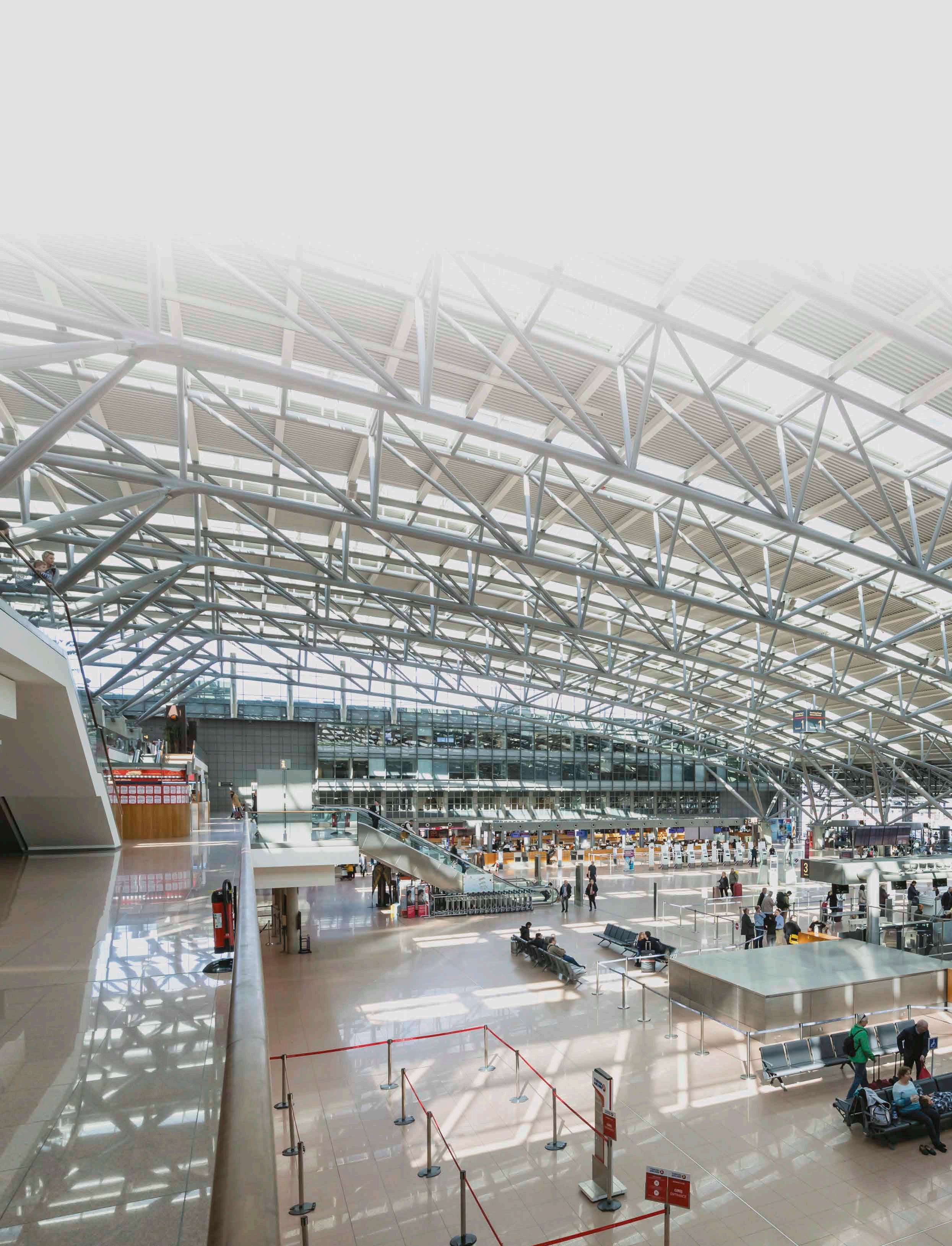
Hydrogen is poised to revolutionize regional air travel. The BSR HyAirport project, led by Hamburg Airport and partners from seven countries, is paving the way for hydrogen-powered flights and ground operations. Julian Klaaßen, Deputy Head of the Environmental Department at Hamburg Airport, explains how airports are preparing for this clean energy transition and why collaboration is key.
Aviation has long relied on kerosene, the conventional jet fuel that has powered everything from short domestic hops to long-haul international flights. But with the growing urgency of climate change and increasing pressure to decarbonize the transport sector, the search for cleaner, more sustainable alternatives has taken flight. One of the most promising contenders is hydrogen — a fuel with the potential to transform not only how aircraft are powered, but how airports operate. The BSR HyAirport project, launched in November 2023 and funded by the Interreg Baltic Sea Region Programme, aims to prepare airports across Northern Europe for this hydrogen-powered future, laying the groundwork for a new era of lowemission regional aviation.
Julian Klaaßen, who leads the project from Hamburg Airport, explains that the idea originated from a desire to connect airports using hydrogen-fueled flights.
“We realized that the perception and the knowledge about hydrogen in aviation varied between countries,” he says. “Therefore we considered a joint effort to develop solutions and to facilitate the creation of networks for future GH2 flying with our partners.”
A New Era of Clean Aviation
The project focuses on gaseous hydrogen, chosen because it can be implemented more quickly than liquid hydrogen, which is still years away from practical use in aviation. Hydrogen, when used in fuel cells or combustion engines, produces zero CO2 emissions at the point of use, making it an ideal candidate for regional aviation, where smaller planes operate over shorter distances.
At present, all commercial aircraft run on kerosene, a fossil fuel. While Sustainable Aviation Fuels (SAFs) are emerging, Klaaßen notes they still produce some emissions. “Hydrogen offers a cleaner solution, especially for smaller planes, which could be completely climate-neutral,” he says. The project targets short-haul routes first — often the most polluting yet the most adaptable — with the hope of triggering what Klaaßen calls a “small revolution in regional flying.”
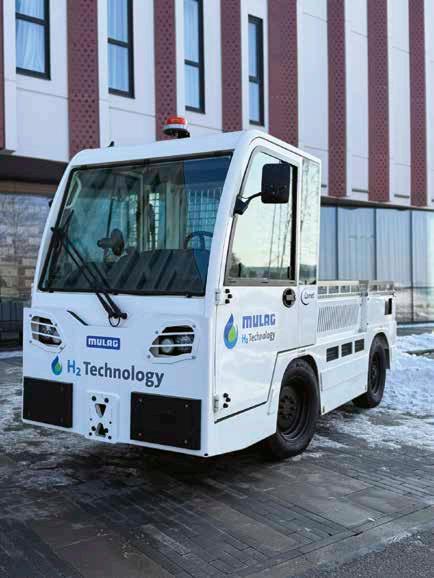
The BSR HyAirport project is built around three pillars: preparing solutions by assessing legal, technical, and supply chain requirements; piloting hydrogen-powered equipment and a demonstration flight between Rotterdam and Hamburg with a 10-seater ZeroAvia aircraft; and transferring knowledge by creating a practical “toolbox” to help other airports adopt hydrogen based on their local context.
Demonstration Flight:
Pioneering Hydrogen in the Sky
A key milestone of the project is the planned demonstration flight at the end of 2026, pending aircraft certification. This flight will connect Rotterdam and Hamburg using a retrofitted 9–10 seat aircraft powered by a ZeroAvia ZA600 engine, operating on 350 bar gaseous hydrogen. This initiative is supported by overlapping efforts from BSR HyAirport,
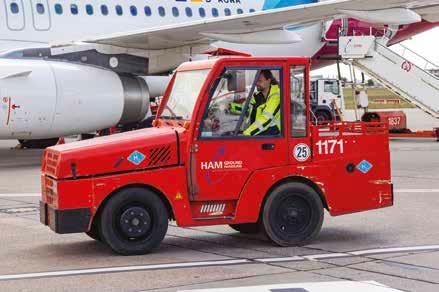
the Green Corridor Hamburg–Rotterdam, and a Memorandum of Understanding between Rotterdam Airport and ZeroAvia. The demonstration flight aims to prove the viability of hydrogen in regional air transport and highlight the potential for broader commercial use. “This flight will be a tangible step towards hydrogen-powered aviation,” Klaaßen says. “It’s not just theoretical anymore.” Besides this demonstrational flight, the partnership works on more flights to other locations as well.
To support these efforts, the project is conducting ground tests in real-world conditions. A recent trial at Riga Airport evaluated airport equipment performance, and further winter-specific testing is underway in Helsinki and Tallinn — key for understanding hydrogen’s behavior in cold climates. These tests will inform practical guidelines, safety protocols, and future deployment strategies.
As Klaaßen notes, the ground tests aren’t just technical exercises — they generate crucial learning for long-term adoption. In Helsinki, for example, testing hydrogenpowered winter equipment addresses a major fuel consumption challenge during harsh weather. Collecting data from these scenarios helps shape training protocols, safety procedures, and performance expectations for future users.
The toolbox will enable airports to assess whether producing hydrogen on-site or sourcing it externally is more feasible, taking into account factors such as available space, electricity costs, and regulatory conditions. It provides guidance based on input data to help identify the most practical solutions for each airport.
Challenges, Cooperation, and the Road Ahead
Despite the promise, challenges remain. The cost and availability of green hydrogen are significant obstacles, especially when moving from pilot to full-scale operations. In addition, national legislation around hydrogen use at airports is often inconsistent or incomplete, which the project aims to address through a legal feasibility study across partner countries.
Hydrogen retrofit baggage truck test at Hamburg Airport.
Hydrogen GSE test at Riga Airport.
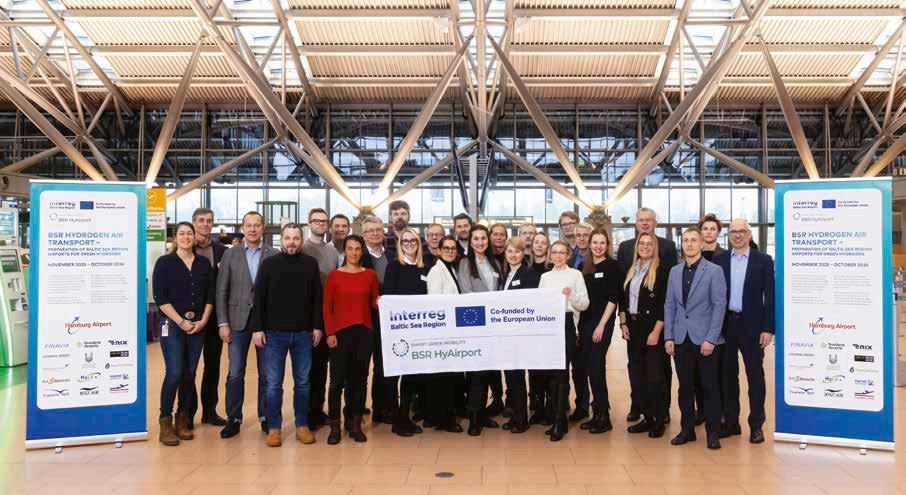
Kickoff-meeting BSR HyAirport November 2023.
Equally important is safety. Hydrogen is highly flammable, but its behavior is fundamentally different from kerosene — hydrogen vapor rises, kerosene vapor sinks, and their ignition energies differ. Adapting airport protocols and retraining personnel is critical for safe implementation. As Klaaßen puts it, “aviation and airports are built around kerosene. Now, we have to reimagine those systems around a new kind of fuel.”
As the project nears its halfway point, Klaaßen remains optimistic. “We’re building something that could change aviation. It’s challenging, but incredibly exciting.”
BSR HyAirport
Baltic Sea Region (BSR) HyAirport
Project: International Project for Hydrogen Use in Aviation
Project Objectives
The BSR HyAirport project aims to facilitate the early adoption of this key technology in the BSR by preparing airports for storing, handling, and delivering of green hydrogen as a future energy source in aviation.
Project Funding
This project is co-funded by the European Union Interreg Baltic Sea Region Programme under the project number: #C054 BSR HyAirport.
Project Partners
LEAD PARTNER Hamburg Airport • Poznan Airport Ltd. • JSC Lithuanian Airports • SJSC Riga International Airport • TALLINN AIRPORT • Finavia Corporation • SWEDAVIA AB • Växjö Småland Airport AB • Latvian Hydrogen Association • Sylt Airport • Sylt Air • Lübeck Airport • SIA Gulfstream Oil • Latvia University of Life Sciences and Technologies • Research Institutes of Sweden AB (RISE) • Fokker Next Gen Latvia
“The project’s demonstration flight, powered by a ZeroAvia ZA600 engine, marks a milestone for green aviation in Europe.”
Infrastructure requirements also vary dramatically from site to site. Some airports may produce hydrogen on-site using solar or wind power, while others will depend on delivery via pipeline or truck. The project’s flexible framework allows airports to input their expected fuel demand, available space, and local electricity conditions to calculate their best-fit model — whether centralized production, distributed supply, or hybrid approaches.
International cooperation is essential, as the solutions developed must work universally—aircraft fueled in one location must be able to refuel and operate in another. This need for interoperability makes the project’s wide-ranging partnership crucial.
The BSR HyAirport is co-funded by the European Union through the Interreg Baltic Sea Region Programme and brings together a dynamic partnership of airports, research institutions, aviation stakeholders, and hydrogen technology organizations from across Europe. The consortium includes Hamburg Airport, Poznan Airport, State company Lithuanian Airports, SJSC Riga International Airport, Tallinn Airport, Finavia Corporation, Swedavia AB, Växjö Småland Airport AB, the Latvian Hydrogen Association, Sylt Airport, Sylt Air, Lübeck Airport, SIA Gulfstream Oil, the Latvia University of Life Sciences and Technologies, as well as innovation partners RISE and Fokker Next Gen. Together, they represent a broad range of expertise, operational contexts, and regional needs, allowing the project to develop scalable, transferable solutions for the future of hydrogenpowered aviation.
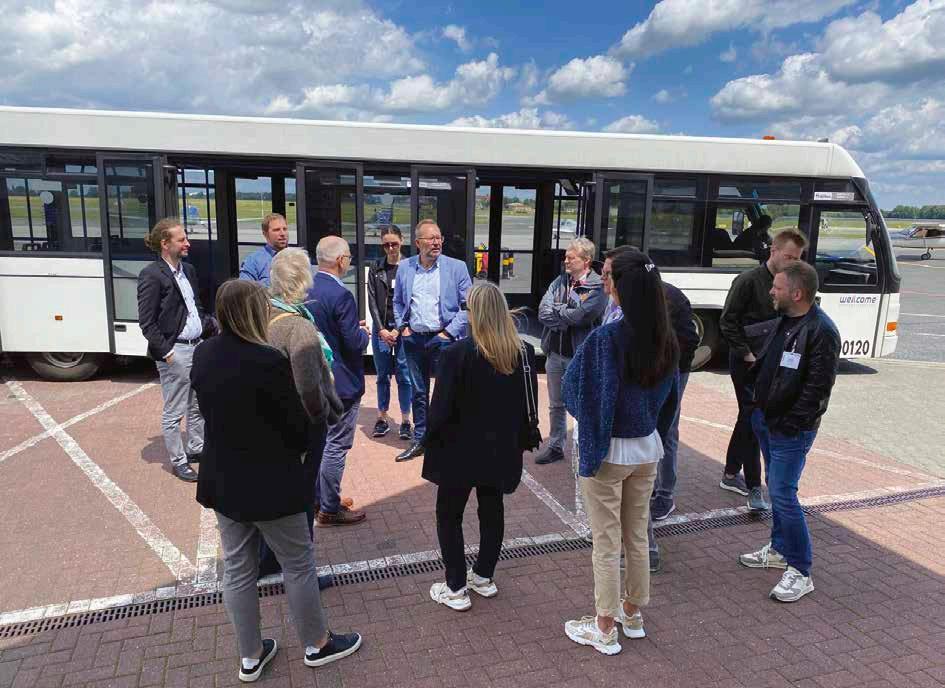
Contact Details
Project Coordinator, Julian Klaaßen Environmental Department (CE-U) Hamburg Airport GmbH, Flughafenstr. 1-3 D-22335 Hamburg T: +49 40 50 75-20 18 E: jklaassen@ham.airport.de W: www.hamburg-airport.de

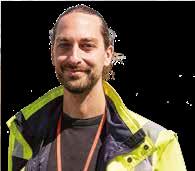
Julian Klaaßen studied Environmental Engineering in Hamburg and started his career at Hamburg Airport in the Environmental Department. He handled tasks such as APU control and the noise measurement system. Currently, he leads the decarbonization project Net Zero 2035 at Hamburg Airport, manages hydrogenrelated topics, and serves as the deputy head of the environmental department.




Julian Klaaßen
Partnership meeting and site visit at Poznan Airport.
LIFE NIMBUS: From Wastewater to Green Fuel

Turning wastewater into biomethane for city buses, the LIFE NIMBUS project is paving the way for circular-economy innovations. In conversation with Dr. Alessandro Solimeno, Researcher and Project Manager at Cetaqua-Water Technology Centre we discover how this Barcelona-based initiative not only slashes emissions but also showcases a practical model for greener, more efficient urban transport.
Cities worldwide face mounting pressure to reduce their carbon footprints, and Barcelona is no exception. Urban areas contribute significantly to greenhouse gas emissions, with transport alone accounting for nearly a quarter of Europe’s total CO2 output. Traditional city buses running on compressed natural gas (CNG-fossil-based methane compressed at high pressure—and diesel have long been considered transitional solutions. While these fuels offer some improvements by reducing particulate emissions compared to older diesel models, they still release greenhouse gases, primarily carbon dioxide (CO2), contributing directly to climate change.
Enter LIFE NIMBUS: a pioneering project co-funded by the European Union’s LIFE Programme, designed to leverage power-togas technology and biomethanation, turning an overlooked resource - sewage sludge from wastewater treatment - into a clean, renewable bus fuel. Led by Cetaqua-Water Technology Centre and carried out in collaboration with key local partners including Aigües de Barcelona, Transports Metropolitans de Barcelona (TMB), and the Universitat Autònoma de Barcelona (UAB), LIFE NIMBUS enhances the circular economy model by converting waste into valuable resources. “The NIMBUS project enhances the circular model between the wastewater treatment plant and the city,” explains Dr. Alessandro Solimeno, “using biogenic carbon and surplus renewable energy to convert hydrogen and biogas into biomethane.” By capitalizing on waste that cities naturally produce, the project not only mitigates emissions but exemplifies a practical circular-economy solution that can seamlessly integrate into existing urban transport systems.
Key Innovation: Power-to-Gas
LIFE NIMBUS’s pilot site is placed at the Baix Llobregat wastewater treatment plant, where sewage sludge is digested anaerobically to produce biogas. Traditionally, biogas could be burned onsite for heat and power. However, this project adds a new layer: combining CO2 of biogas with green hydrogen (using excess electricity to split water into hydrogen and
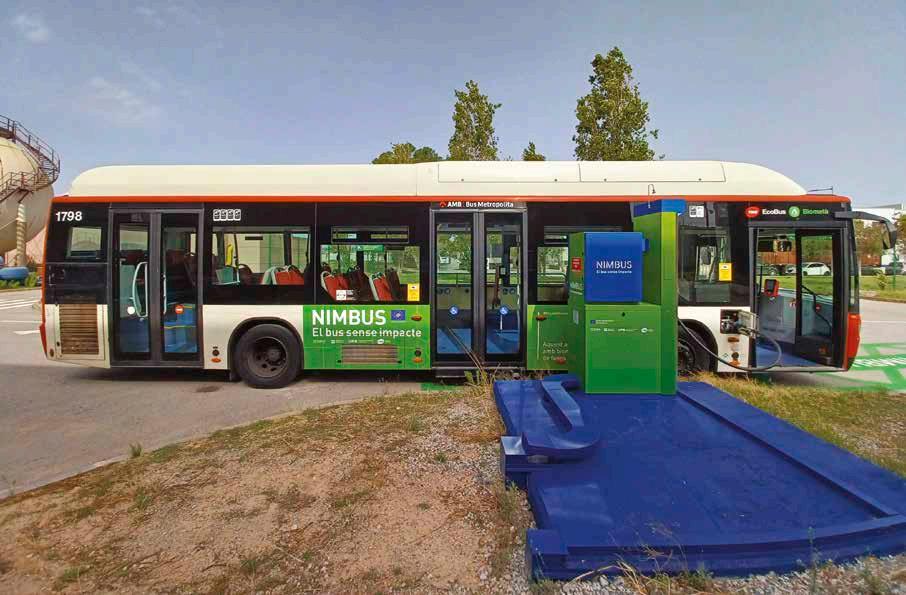
oxygen by means of electrolysis) to generate biomethane through a specific group of microorganisms called hydrogenotrophic methanogenic archaea - a process often referred to as power-to-gas.
According to Dr. Solimeno, “It’s not yet an entirely robust industrial-scale technology,” but the project has successfully demonstrated biomethanation in a real setting. By using excess renewable energy (such as wind or
addressing for future scale-up. “We’ve learned valuable lessons from the pilot,” says Dr. Solimeno, “and these insights are helping us refine our processes to ensure the bus can run hundreds of kilometers on biomethane as we move forward.” This continuous learning approach positions LIFE NIMBUS strongly for wider adoption and greater impact.
“We proved that wastewater could be turned into biomethane to power a bus. Now we know what works, what doesn’t, and how to push this forward on a bigger scale.”
solar) for electrolysis, the approach stores surplus electricity chemically in the form of biomethane, ready to fuel a bus.
Overcoming Technical Hurdles
Innovative projects such as LIFE NIMBUS naturally involve exploring new territory. The project’s goal of biomethane production with the characteristics required for efficient bus refueling presented the team with opportunities to optimize their approach. With proactive adjustments and ongoing upgrades, the NIMBUS team successfully identified key areas for improvement - such as temperature regulation and reactor configuration - which they are now
Real-World Operation: A Pilot Bus in Barcelona
One of LIFE NIMBUS’s defining features is the direct integration of its biomethane into a public bus belonging to Transports Metropolitans de Barcelona (TMB). Although the pilot phase revealed practical mechanical and technical bottlenecks: “In the current state, operating in continuous mode at 1.5 Nm³/h, the NIMBUS system produces around 22 kg of biomethane per day, which is equivalent to approximately one-third of the bus’s fuel tank.”
Despite these hurdles, the pilot offers a clear glimpse into the potential for largerscale deployment. “If we used all the biogas produced by the Baix Llobregat plant, we
TMB bus refueled with biomethane produced by LIFE NIMBUS.
could refuel up to 81 buses a day, each traveling around 100 kilometers,” notes Dr. Solimeno. Though on-site capacity at the pilot scale remains limited, this scenario highlights the significant impact biomethane could have if rolled out more broadly.
The team has also gathered valuable operational data on controlling factors like pH, temperature, and overall reactor stability - crucial elements for scaling up to an industrial level. “Controlling temperature, pH and liquid distribution evenly throughout the reactor helps us boost productivity and reliability,” says Dr. Solimeno. “Every obstacle we’ve faced has taught us how to optimize the process further.”
Collaboration & Wider Applications
Co-funded by the LIFE Programme, the consortium behind LIFE NIMBUS unites water technology experts at Cetaqua-Water Technology Centre, the water operator of the Barcelona metropolitan area, Aigües de Barcelona, the public transport operator of Barcelona, TMB, and research partners like (UAB). Collaboration has been essential in navigating regulatory frameworks, public transport logistics, and the engineering feats required to store and utilize biomethane. While Barcelona’s current renewableenergy surplus may be limited, Dr. Solimeno highlights that countries with ample wind power (e.g., Denmark, Germany, Ireland) or abundant biogas infrastructure stand to benefit even more from power-to-gas. By injecting biomethane into existing natural gas grids, these regions could effectively store and transport renewable energy, further integrating it into the circular economy.
Towards Commercial Reality
Perhaps one of the most promising aspects of LIFE NIMBUS is its potential for scale. Though the pilot project shows real promise, there’s a clear need for more robust industrial solutions - including bigger plants, improved reactor configuration, and better temperature and pH control in the reactors. Dr. Solimeno also points to a bioelectrochemical system developed by UAB, which could generate hydrogen from wastewater with a lower energy demand. “It’s still a lower-TRL technology - meaning it’s at an early stage of development, so additional testing and scaling are needed before wide commercialization - but if industrial development lowers costs, it could make biomethanation even more efficient.”
Next Steps & Lasting Impact
With LIFE NIMBUS entering its final phase, the team is preparing business models, replication studies, and Life Cycle Assessments to map out future opportunities. A closing event in June will bring stakeholders together to discuss results, remaining hurdles, and the path to commercialization. Despite the early challenges, the project stands as a real-world testament to circular-economy principles. “We’re hoping to demonstrate clearly,” Dr. Solimeno says, “that biomethane derived from wastewater can be scaled up into a viable, cost-effective solution for public transport.” By turning sewage sludge into a meaningful energy resource, LIFE NIMBUS exemplifies how innovative thinking, cross-sector collaboration, and on-the-ground testing can create a cleaner, more sustainable urban future.
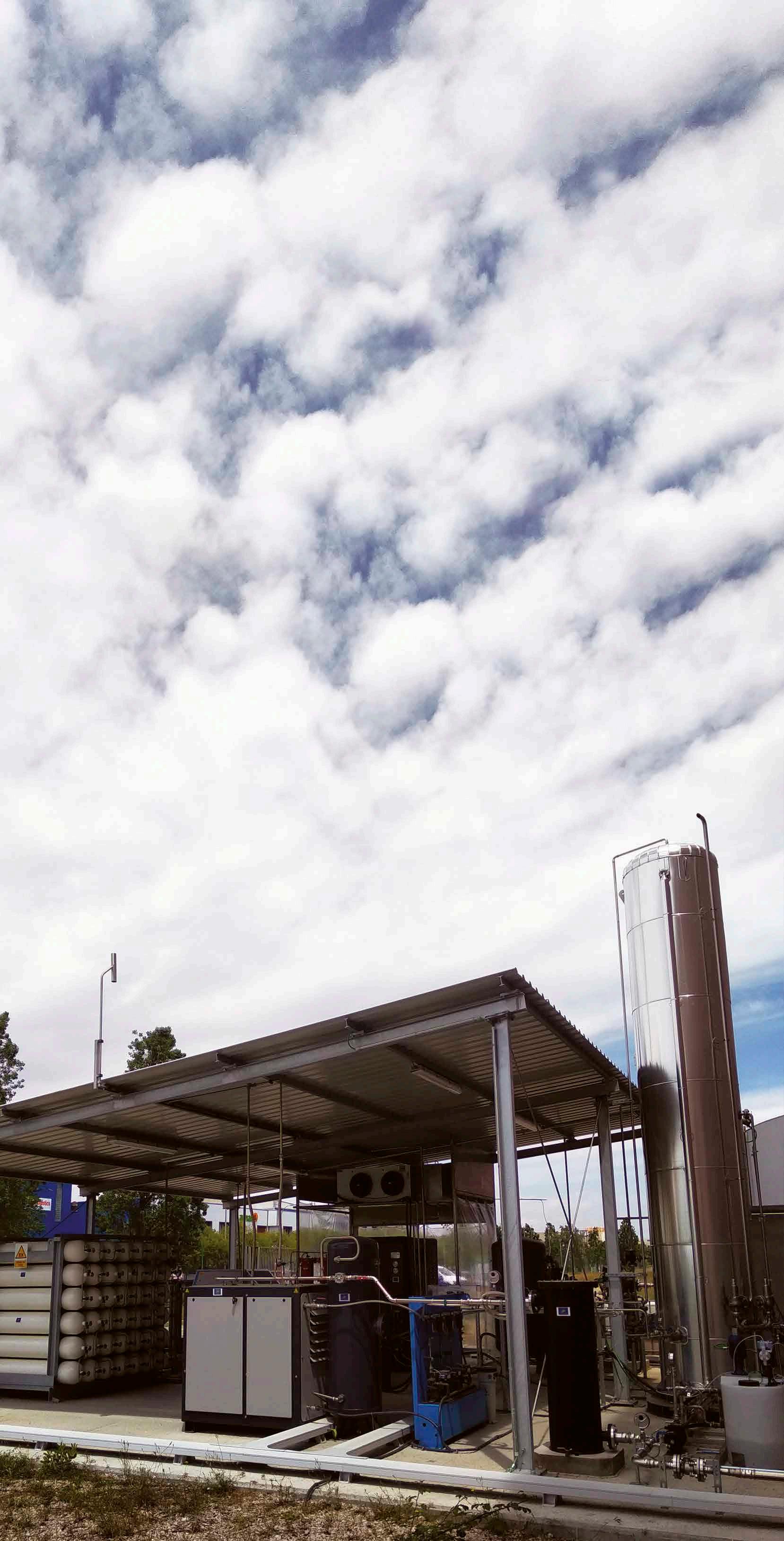
LIFE NIMBUS
Non-IMpact BUS: Demonstration of a biological methanation plant for sustainable urban transport
Project Objectives
The LIFE NIMBUS project promotes a circular model between wastewater treatment plants (WWTP) and cities. It focuses on valorising biogenic carbon and excess energy to produce biofuel, powering a public bus in Barcelona. By demonstrating power-to-gas technology, it aims to support renewable energy use and decarbonise the transport sector.
Project Funding
LIFE Nimbus is a European project cofunded by the LIFE Programme (LIFE19 ENV/ES/000191), the European Union’s funding instrument for the environment and climate action.
Project Partners
Consortium members: Cetaqua-Water Technology Centre (leaders), Aigües de Barcelona, Transports Metropolitans de Barcelona, Universitat Autònoma de Barcelona
Contact Details
Alessandro Solimeno
Project Manager and Researcher
Cetaqua Barcelona Crta. Esplugues, 75 08940 Cornellà de Llobregat T: +34 933 12 48 00 E: alessandro.solimeno@cetaqua.com W: https://www.life-nimbus.eu/

Alessandro Solimeno is Project Manager at Cetaqua-Water Technology Centre, working in the Zero Waste and Decarbonisation Area. He holds a Ph.D. in Environmental Engineering from UPC (Spain) and has expertise in microalgae treatment, circular economy, and sustainable energy solutions, focusing on biogas, biomethane, and hydrogen.


Alessandro Solimeno
LIFE NIMBUS pilot plant at Baix LLobregat WWTP.
A great LEAP towards improved energy efficiency


Improving the energy efficiency of houses is a key part of efforts to combat climate change, but renovation projects are often complex and costly, while other factors can also deter homeowners. The EU-backed LEAP project aims to ease the process and help homeowners in the North and West of Ireland access the available retrofitting solutions, as Mel Gavin explains.
Addressing Retrofit Challenges in the North West of Ireland
The North West of Ireland faces unique challenges when it comes to domestic energy retrofitting. Many homes in the region are older, there is a heavy reliance on oil and solid fuels, and the supply chain for retrofit services is fragmented. To tackle these issues, three local energy agencies have been established as part of the EU-backed LEAP project. This initiative brings together community enterprise, universities, and local authorities to support homeowners in improving the energy efficiency of their homes. The LEAP project is about helping homeowners access the available retrofitting solutions,” explains Mel Gavin, the project coordinator. Retrofitting a home can be a complex and technically demanding process, involving multiple steps and decisions. “Homeowners often don’t realise how important the order of improvements can be,” says Gavin. “They need expert guidance during the assessment stage to make informed choices. And even once they’ve decided what to do and have the funds, they still need to find the right suppliers.” That’s where the Local Energy Agencies come in. They provide an integrated home renovation service, supporting homeowners from assessment through to implementation.
Local Energy Agencies: Streamlining the Retrofit Journey
“It’s often said that the West of Ireland is full of old stone cottages that are difficult to retrofit,” says Gavin. “While some of these homes do require specialist solutions, around 70% of the housing stock in the region was actually built from the 1970s onwards. For these, standard retrofit solutions are typically suitable.” Technically, retrofitting these homes isn’t especially challenging—but economically, it can be. “We’ve looked at the cost range for deep retrofits across different property types—detached,
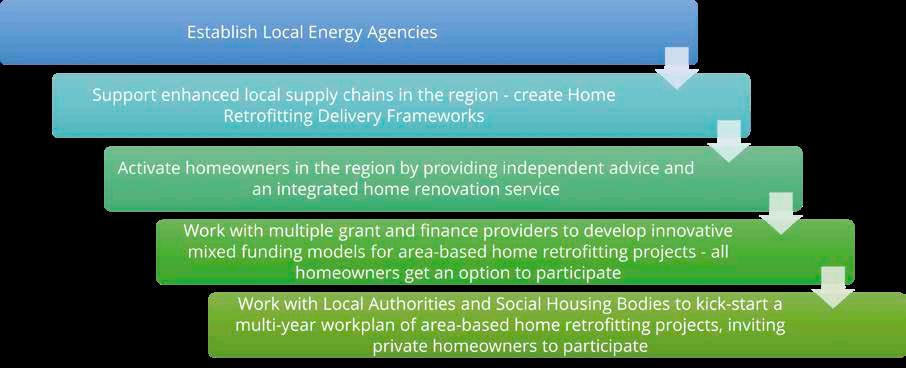
semi-detached, and terraced,” Gavin explains. “The investment is significant, often upwards of €30,000. That’s a big ask for most homeowners.” To support homeowners through this process, local energy agencies offer a streamlined, integrated service. Homeowners can begin their retrofit journey by contacting their local energy agency, where they receive a professional home assessment and a cost estimate for the recommended improvements. To support this process, the three regional agencies have already established Assessor Frameworks—networks of qualified professionals who carry out Home
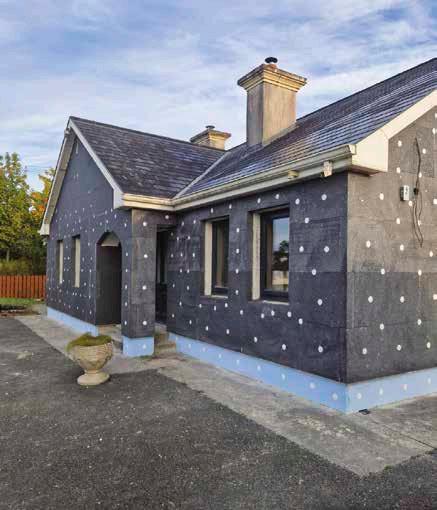
Energy Assessments (HEAs). Now, the LEAP team is working to develop a complementary Retrofitting Framework. “These are the local companies that will carry out the actual retrofit work,” explains Gavin. “There are plenty of providers, but the market is very fragmented.” For example, one company might only offer cavity wall insulation, while a homeowner may also need new windows, doors, or heating systems. To address this, companies are being encouraged to form clusters or consortia that can deliver a more complete, end-to-end service.
The Retrofitting Framework is structured into three categories:
● Lot 1: Full deep retrofit services
● Lot 2: Building fabric (walls, floors, roofs, windows, doors)
● Lot 3: Building services (plumbing, heating systems, solar panels, heat pumps)
The goal is to reduce fragmentation in the supply chain so that homeowners can work with a single service provider—the local energy agency. “That provider then manages all subcontractors and helps the homeowner access grants from the Sustainable Energy Authority of Ireland (SEAI),” says Gavin. Engaging homeowners and encouraging informed investment is a key part of the LEAP project. Gavin notes that comfort is often the most compelling reason for homeowners to retrofit. “It’s hard to sell
External Wall Insulation in progress.
LEAP Project Strategy
retrofitting purely on future energy or cost savings, because those benefits take time to materialise—especially with deep retrofits. But the comfort payback is immediate.”
“Another element that is starting to influence some homeowners is the impact of improved energy efficiency on the value of their property and the reduced cost of green mortgages.” Green mortgages in Ireland can offer interest rate discounts of up to 1.5% compared to standard mortgage rates. In Ireland, homes are rated on a Building Energy Rating (BER) scale from G (least efficient) to A (most efficient). National policy aims to bring 500,000 homes up to a B2 rating by 2030.
effort is the area-based approach, which aims to raise awareness and encourage collective action within communities. “The amount of BER data available is growing all the time, and we can now run analyses at a local level,” explains Gavin. This data allows the agencies to identify common retrofit needs in specific areas and present tailored solutions to residents. “Homeowners receive a Home Energy Assessment, and based on that, they can decide whether it’s something they’re ready to invest in. If they choose to proceed, they enter into a contract with the local energy agency, which then manages the entire process.” From there, the agency helps homeowners apply for SEAI
“What changes immediately when people retrofit their homes is their comfort level, that’s the immediate payback . Another element that is starting to influence some homeowners is the impact of improved energy efficiency on the value of their property and the cost of their mortgage.”
Making Retrofit Grants More Accessible
While a range of grants and financial supports are available to encourage home energy upgrades, current structures in Ireland tend to favour those who can afford to make large, upfront investments. The LEAP project team is actively working to help homeowners access these supports, but also to support a staged retrofit process for homeowners with lower investment budgets. “We’re in ongoing discussions with SEAI and other grant bodies to improve support for homeowners who need to take a staged approach to retrofitting,” says Gavin.
The goal is to offer flexible options that match different budget levels. “If a homeowner doesn’t have €25,000 to invest all at once, they can still make meaningful improvements,” he explains. “Even with just €5,000, they could access SEAI’s individual grant route— for example, to install cavity wall and attic insulation. That puts them on a pathway toward a deeper retrofit and immediately improves the comfort of their home.” This staged retrofitting model aligns with the Building Renovation Passport concept, recently introduced in the revised Energy Performance of Buildings Directive (EPBD). It allows homeowners to plan and carry out upgrades over time, without losing sight of the long-term goal of a fully energy-efficient home.
Building Momentum Through an Area-Based Approach
The Local Energy Agencies will play a key role in helping homeowners navigate retrofit options and supporting broader energy efficiency improvements. A key strategy in this
grants and coordinates the retrofit work. This community-focused model not only simplifies the process but also builds local interest and momentum. “Once people see their neighbours upgrading their homes, they’re more likely to get involved themselves,” Gavin adds.
The area-based approach is especially effective for reaching people who may not have the time or headspace to explore retrofitting on their own. “We can go into a neighbourhood and say, ‘We’re planning a retrofit campaign here. Are you interested? Would you like an assessment?’” says Gavin.
Demand is currently high, and local energy agencies are working at full capacity. “Our priority now is to streamline our processes to meet this demand,” he explains. “A big part of that is putting the retrofitting frameworks in place. We’re collaborating with local companies across the supply chain to move from a fragmented system to a more coherent, integrated service.”
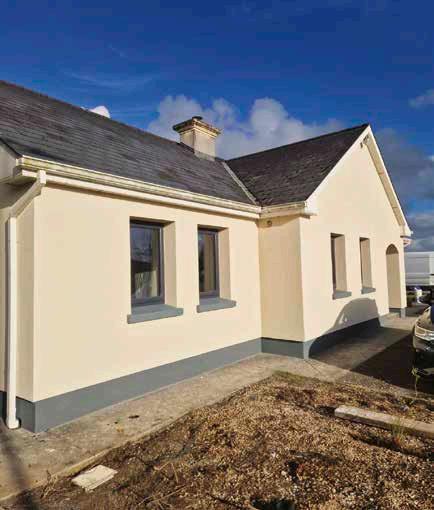

HOMERENO-LEAP
Local Energy Agencies in Peripheral Regions (LEAP)
Project Objectives
This project has supported the establishment of 3 Local Energy Agencies in the North and West of Ireland to support “integrated home renovation services”. Particular regional challenges include dispersed and older homes, a high reliance on oil and solid fuels and a fragmented supply chain.
Our aim is to build momentum in home retrofitting in our region, working with both the homeowners and supply chain to create a continuous pipeline of neighbourhoodbased projects. All homeowners should have the opportunity to invest in making their homes warmer, healthier, cheaper to heat and more valuable.
Project Funding
This project is financed by the EU- LIFE Climate Action Programme under Grant Agreement number LIFE21-CETHOMERENO-LEAP/101077163.
Project Partners
• North West Energy Agency (NWEA): Aidan McGrenra, LEAP Project Manager/ Joanne Holmes, Project Officer/ Michelle McDaid , NWEA Administration Manager
• Gníomhaireacht Fuinnimh an Iarthair
More details at: https://www.gfigaillimh.ie/
• Sligo Leitrim Energy Agency (SLEA) More details at: http://sligoleitrimenergyagency.ie/
Contact Details
Project Coordinator, Mel Gavin, R&D Coordinator
Atlantic Technological University
ATU Sligo, Ash Lane, Sligo, F91 YW50 T: + 353 (0)86 3099184
E: Mel.gavin@atu.ie
W: https://www.atu.ie/news/atu-launchesleap-project-to-retrofit-homes-for-a-moresustainable-future

Mel Gavin is a Chartered Engineer and Certified Energy Manager and an enthusiast for energy transition in the region, working as a Mentor and Technical Advisor on the SEAI Sustainable Energy Communities Programme, and supporting wider momentum toward economic, social and environmental sustainability.
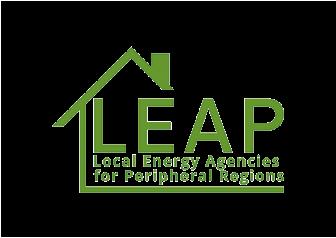

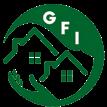


Mel Gavin
Deep Retrofit completed.
Rational Points Diagram
The rational points on a circle correspond, under stereographic projection, to the rational points of the line.
By Silly rabbit - Own work, CC BY-SA 3.0, https://commons.wikimedia.org/w/index.php?curid=4558859
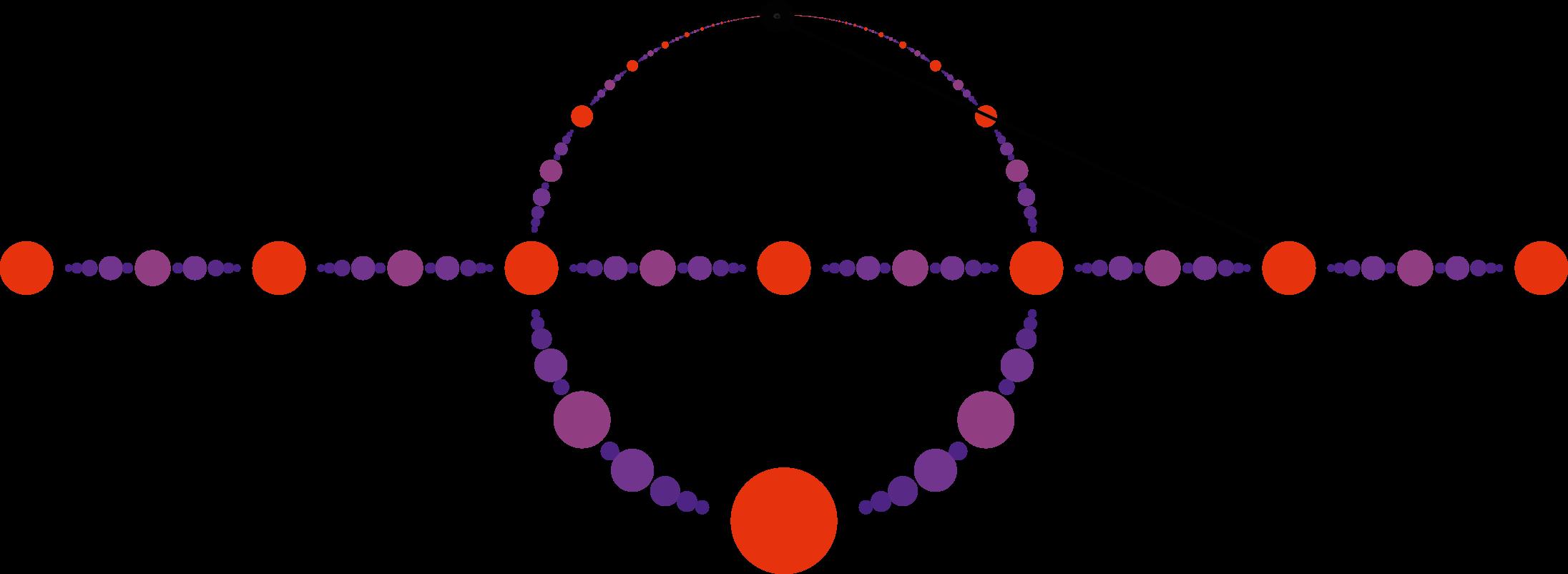
Probing the boundaries of the rationality problem

The solutions to polynomial equations in degree 2 can generally be parameterized, yet it is largely unknown whether this is possible for equations of degree as low as 3. The team behind the ERC-backed RationAlgic project aim to show that the solutions to polynomial equations in a certain degree and dimension range cannot be parameterized one to one, as Professor Stefan Schreieder explains.
The rationality problem in
the field of algebraic geometry can be addressed by parameterizing solutions to polynomial equations, an approach which is used to understand the zero sets of these equations. Among the simplest examples is the pythagorean equation, where x 2+y2=z 2 . “Such equations have certain invariants. There is the number of variables, and then there is the degree,” explains Stefan Schreieder, Head of the Institute of Algebraic Geometry at the Leibniz University Hannover. The solutions to this equation can be parameterized, which can be thought of as essentially a means of describing the solutions. “It is possible to parameterize the pythagorean equation, and in general it is always possible to parameterize the solutions to equations in degree 2,” says Professor Schreieder. “However, it gets much more complicated to parameterize the solutions when you start looking at more complex equations with a larger degree, or with more variables.”
RationAlgic project
This topic lies at the core of Professor Schreieder’s work as Principal Investigator
of the ERC-backed RationAlgic project, in which he and his team aim to prove that the solutions to equations in a certain degree and dimension range cannot be parameterized. The degree of an equation is, broadly speaking, the highest power term within it – for example, the degree of x3+xy2 would be 3 – while the dimension is the number of variables within the

are not rational, in the sense that their solutions also cannot be parameterized.”
The aim now is to extend this work and show that equations in a certain degree and dimension range cannot be parameterized, focusing primarily on homogenous equations, where all terms have the same degree. A variety of methods are being applied in this work,
“ It is possible to parameterize the pythagorean equation, and in general it is always possible to parameterize the solutions to equations in degree 2. However, it gets much more complicated when you look at more complex equations with a larger degree, or with more variables.”
equation minus two; there is a long history of research in this area, and Professor Schreieder is building on earlier findings in his work. “If the degree is larger than the number of variables, roughly speaking, then the problem is relatively easy. In this type of case it is known that you cannot parameterize the solutions,” he says. “Then in the ‘90s Professor János Kollár showed that most equations of degree at least roughly two-thirds of the dimension
including stereographic projection and certain cohomology theories, which Professor Schreieder uses to study algebraic cycles. “If you look at the zero set, the equation and all the solutions, this gives a certain geometric shape called a variety. An algebraic cycle is, roughly speaking, certain sub-varieties. We study the potential sub-varieties of a certain variety, and look at whether certain techniques can be used to reach findings
about the irrationality of varieties,” he explains. Professor Schreieder’s work in this area pre-dates the project; in 2019 he published a paper which he says represented a significant breakthrough.
“Previously people had understood the rationality problem for general equations whose degree is bounded from below by a linear bound in terms of the number of variables, i.e. on the dimension. In this degree and dimension range it was known that the solutions to general equations cannot be parameterized,” he outlines.
In his 2019 paper Professor Schreieder found a logarithmic bound, which grows substantially slower than any linear or polynomial bound. This work has opened up new insights into which types of equations can be parameterized.
“Previously, in dimension 1 million, the bound on the degree was in the region of 300,000, but this has been reduced to just 22,” says Professor Schreieder. The 2019
paper has since been refined further, and Professor Schreieder has gained more interesting results in work conducted together with different collaborators and PhD students. “We allow the dimension to be arbitrary in our research, and we try to understand how small could a degree be for that given dimension, where most equations still cannot be parameterized,” he explains. “The technical toolbox for this work comes from algebraic cycles, which is an important sub-field of algebraic geometry. The Hodge conjecture, one of the unsolved Millennium problems, lies within this field.”
This conjecture, and the challenge of understanding algebraic cycles and subvarieties, appears at first sight to be entirely unrelated to the rationality problem. This connection had been drawn by Professor Claire Voisin from Paris in 2015 and has since been generalized and refined. The rationality problem in fact touches on

many different fields of mathematics, and Professor Schreieder says it’s very important to remain open to new ideas when studying it. “I am very much influenced by the wider mathematical community. It is extremely important to communicate with other researchers, read their papers and really understand their work,” he stresses. The fields most closely connected with algebraic geometry are complex geometry, topology and number theory, and many of the techniques Professor Schreieder has been using are derived from these disciplines, yet his work also touches on other branches of mathematics. “I’m based in the complex geometry community, and other researchers in the field work with polytopes and combinatorics for example,” he continues.
The work of French mathematician Alexander Grothendieck was very influential in this respect, helping to establish connections and relationships
Stereographic Projection 3D Image 3D illustration of a stereographic projection from the north pole onto a plane below the sphere.
By Original: Mark.Howison at English Wikipedia : This version: CheChe - This file was derived from: Stereographic projection in 3D.png:, CC BY-SA 4.0, https://commons.wikimedia.org/w/index.php?curid=56357179

RATIONALGIC
Rationality of varieties and algebraic cycles
Project Objectives
The EU-funded “RationAlgic“ project explores classical algebraic geometry problems using modern methods. It focuses on the rationality problem, examining if solutions to multivariable polynomial equations are parametrized by rational functions, and the study of algebraic cycles, which analyzes a variety’s subvarieties. Unramified cohomology is a key tool in this research.
Project Funding
This project has received funding from the European Research Council (ERC) under the European Union’s Horizon 2020 research and innovation programme under grant agreement No 948066 (ERC-StG RationAlgic).
Contact Details
Project Coordinator,
Prof. Dr. Stefan Schreieder
Leibniz University Hannover Institute of Algebraic Geometry Welfengarten 1 30167 Hannover
T: +49 511 762 2248

E: schreieder@math.uni-hannover.de W: https://www.iag.uni-hannover.de/en/ schreieder
J. Lange and S. Schreieder, On the rationality problem for hypersurfaces, Preprint 2024, arXiv: 2409.12834 https://arxiv.org/abs/2409.12834
N. Pavic and S. Schreieder,The diagonal of quartic fivefolds, Algebraic Geometry 10 (6) (2023), 754-778.
S. Schreieder, Stably irrational hypersurfaces of small slopes, J. Amer. Math. Soc. 32 (2019), 1171-1199.
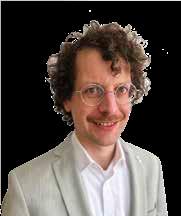
Stefan Schreieder is Head of the Institute for Algebraic Geometry at Leibniz University Hannover. He gained his PhD from the University of Bonn in 2015, and has since held several research positions in both Germany and America. He is one of the editors of the Bulletin and the journal of the London Mathematical Society.



between algebraic geometry and other subjects. While his own background is in complex geometry, Professor Schreieder has gained knowledge of other fields and branches of mathematics during the course of his research, helping shape his ideas and the overall direction of the RationAlgic project.“In order to write research papers and develop new approaches I had to learn about certain aspects of number theory, while I could also use some geometric ideas that I was very familiar with,” he outlines. This breadth of interests is reflected in Professor Schreieder’s own research agenda, which extends into other
equations can be parameterized and which can’t. “I would like to improve these degree and dimension bonds further,” he says. This is not something that can be mapped or predicted however, and to an extent progress relies on moments of inspiration, sometimes drawing on ideas and concepts developed by other researchers. “I try to read other people’s work, and also continue with my previous work. At some point key ideas can emerge,” continues Professor Schreieder. “The big improvement of previous results that I achieved in 2019 was maybe not expected at the time, yet it was clear to me that it was significant.”
“ The degree of an equation is, broadly speaking, the highest power term within it – for example, the degree of x3+xy2 would be 3 – while the dimension is the number of variables within the equation minus two.”
areas beyond the rationality problem. “I am also interested in problems related to the Hodge conjecture for example, and other related problems. Some techniques relevant to this work can also be useful for the rationality problem,” he says.
Parameterizing solutions to polynomial equations
This remains the primary focus in the RationAlgic project, which is currently around two-thirds of the way through its six-year funding term. A number of research papers are in the process of being written, with Professor Schreieder exploring new ideas as he seeks to draw a clearer picture of which polynomial
The RationAlgic project team are now aiming to build on this earlier research, and show that if the degree of an equation is sufficiently large compared to the dimension, then it is impossible to parameterize the solutions. At the same time Professor Schreieder and his colleagues are also working on a number of other papers, collaborating and sharing new ideas that could open up further avenues of investigation. “There is a group of people working here at the Institute on a number of fields related to the rationality problem. Our team, including several post-docs and PhD students, works together and influences each other,” says Professor Schreieder.


Stefan Schreieder
A SURE way of imaging the microvasculature


Ultrasound is an enormously valuable medical imaging tool, yet it is not currently able to image the smallest blood vessels in the body. We spoke to Dr Charlotte Mehlin Sørensen, Professor Jørgen Arendt Jensen, Professor Erik Vilain Thomsen and Professor Michael Bachmann Nielsen about their work in developing a new imaging approach designed to give clinicians insights into the microvasculature.
An ultrasound scanner is an enormously valuable tool in modern medicine, enabling doctors to image soft tissue and rapidly diagnose patients, and the technique is widely used across the world. However, currently ultrasound is relatively limited in terms of the resolution of the imaging system. “The resolution is on the order of half a millimetre, or maybe a little less. However, the smallest blood vessels in the body are actually on the micron level, down to around 10-20 microns, so we can’t currently see the microvasculature,” explains Jørgen Arendt Jensen, Professor of Biomedical Signal Processing at the Technical University of Denmark (DTU). This is an issue Professor Jensen is working to address as part of his work in an ERCbacked initiative. “We’re trying to develop a new imaging system called SURE that can show the microvasculature,” he explains. This has previously been done by injecting small, gas-filled bubbles as contrast agents into the blood, then following them through the body. This allows medical professionals to see the smallest vessels in the body, yet it takes a long time, which is not practical
for patients. “When you are measuring very small things people have to stay extremely still, which is very difficult for sustained periods,” points out Professor Jensen. The SURE system takes just a couple of seconds however, while still providing highly detailed images of the microvasculature.
“Our approach allows us to see vessels down to a size of maybe 25 micrometres,” outlines Professor Jensen. “Then we can
cells – erythrocytes – are used as a target. “There are a huge amount of erythrocytes in the blood stream, around 5 million cells within just a cubic millimetre, so there are lots of targets,” says Professor Jensen.
Erythrocytes can’t be seen directly from a normal ultrasound image however, as Professor Jensen says the signal is very weak.
“The signal from the blood is often 100 times weaker than from the tissue. So it’s vital for
“Our approach allows us to see vessels down to a size of maybe 25 micrometres. Then we can start observing these small vessels. How much blood do they carry, how fast does it flow?”
start observing these small vessels. How much blood do they carry, how fast does it flow? We can put on a normal ultrasound transducer, acquire data, and within seconds we can see these kinds of images.”
SURE imaging
The project team are working to both develop and improve the SURE approach, and also test it with a view to its future application. In the SURE approach red blood
us to make a really good ultrasound image, with no movement,” he explains. “We do what is called motion compensation, so that it’s a completely fixed image. Then we take all the tissue signals and remove them, we essentially subtract out the tissue, which leaves the blood signal.”
This approach involves isolating the blood signal, locating the blood vessel, then locating it over time. This procedure takes just a couple of seconds to provide
SURE image of the blood vessels in a healthy rat kidney. In the left lower corner an artery/vein pair is seen as a small and a large vessel running alongside each other from the center of the kidney towards the left side. Stretching towards the kidney surface are cortical radial arteries with a size of ~100 µm. The image is recorded over 1.9 sec without the use of contrast agents using erythrocytes as the tracking target.
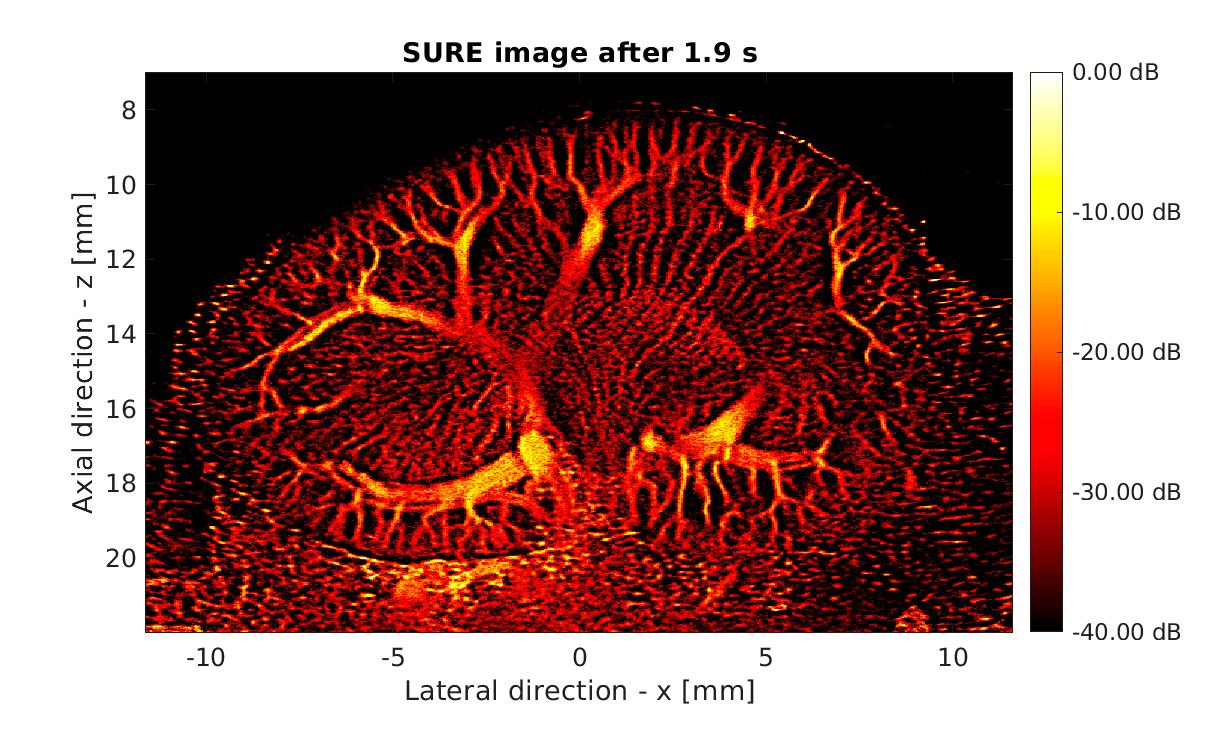
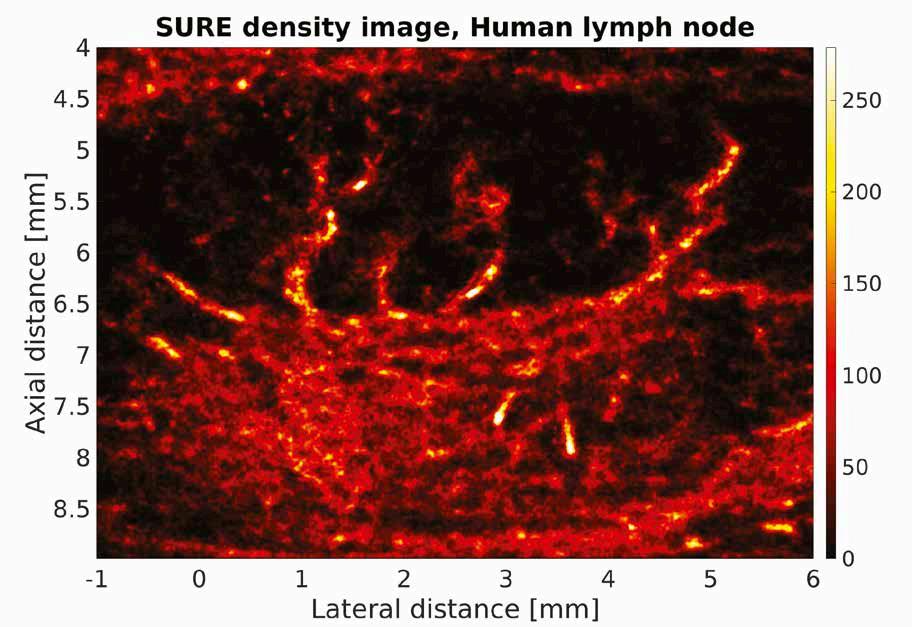
a detailed picture of the condition of a patient’s microvasculature. “A computer detects the erythrocyte peaks and they are brought together to produce an image of the blood vessels. Then we can find out more about the blood flow, including the velocity and the direction it is flowing in,” outlines Professor Jensen. This will provide a deeper picture of how much blood flows to different sites and organs within the body, which is an important indicator of their overall health. “For example, if more blood is flowing to a particular area of the brain then that often means there is more activity going on there, and the same goes for other organs,” says Professor Jensen.
A variety of applications of the SURE approach are being explored in the project, for example in identifying kidney problems before they become more severe. This is a prominent issue, with the incidence of kidney problems set to rise in line with an increase in the number of people with diabetes. “We know that about 25 percent of diabetic patients will have kidney problems,” explains Dr Charlotte Mehlin Sørensen, Associate Professor in the Department of Biomedical Sciences at the University of Copenhagen. However, it’s not clear which diabetic patients will go on to develop kidney problems, and current clinical markers only show kidney problems when they are already at an advanced stage. “A technique that could show a decline in the function of the kidney, but before damage has actually happened, would be highly valuable,” stresses Dr Sørensen.
Diabetic kidney disease
The project team are exploring the potential
of the SURE approach in this respect, and they have already been able to show a decrease in vascular density in diabetic rats before the clinical markers showed that they had kidney problems. The hope is that this technique could help researchers understand the underlying mechanisms behind diabetic kidney disease, which Dr Sørensen says could then open up wider possibilities. “That could then pave the way towards finding new treatment targets for diabetic kidney disease,” she says. Another area of interest in the project is knee injuries, which lead to increased blood flow to the affected area. “We’re conducting a long-term experiment on knee tendons, looking at the microvasculature and blood flow into the tendons,” outlines Professor Jensen.
A number of other applications are also the subject of investigation in the project, such as in diagnosing lymph node cancer,
SURE image of a healthy human lymph node recorded over 2 sec. The image shows the blood perfusion running in straight healthy blood vessels. This differentiates a healthy node from a diseased node, where the blood vessels will appear more irregular and tortuous and not only appear from the central hilus (center of image).
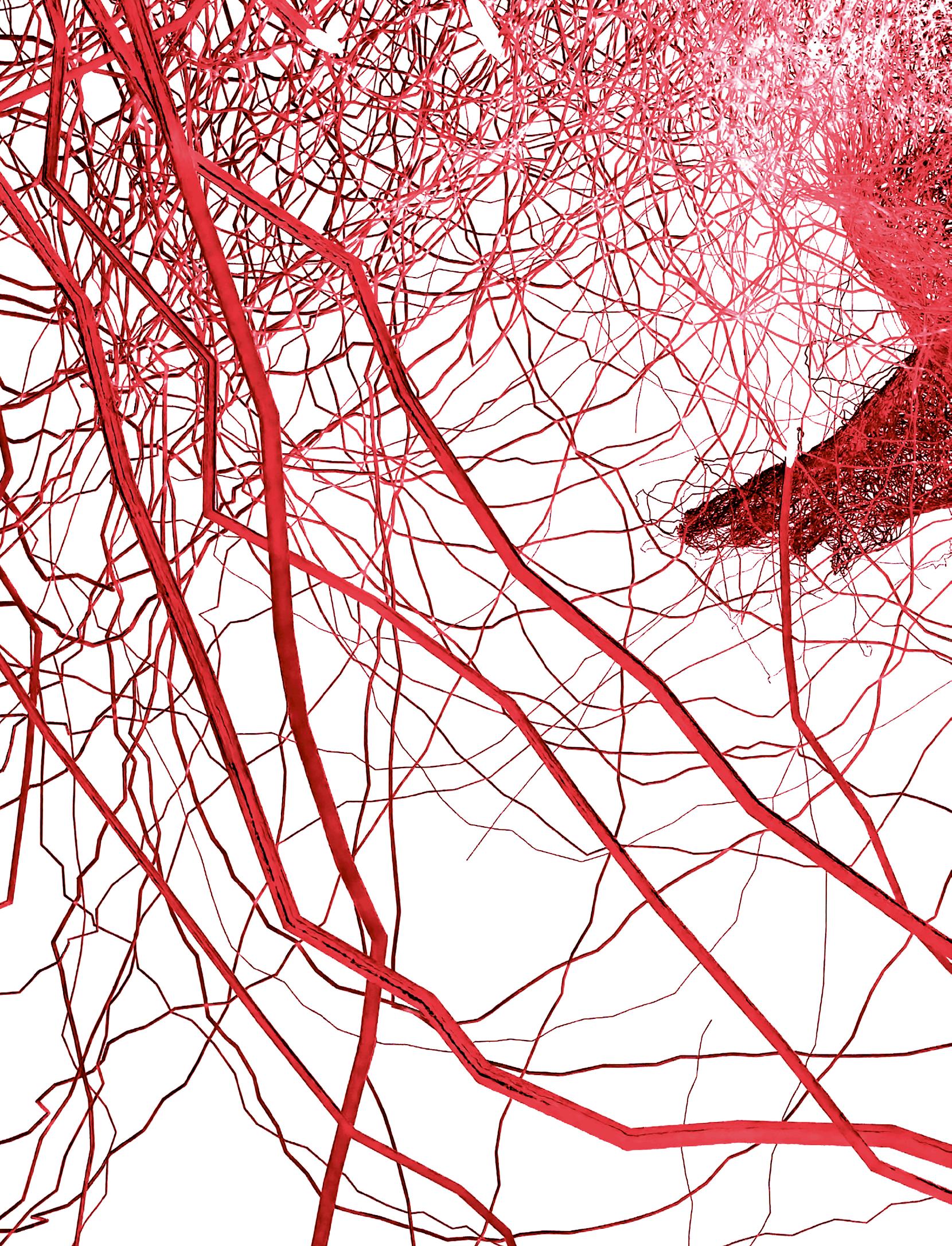
Highly specialized row-column probes are developed by Professor Erik Vilain Thomsen at the MEMS group at DTU. Advanced silicon fabrication techniques are employed to construct capacitve micro-machined transducers at DTU’s clean room for silicon chips with up to a million elements. This will make it possible to translate SURE imaging to 3-D volumes. “The project is backed by a synergy grant, and involves collaboration between researchers in a variety of different fields, which enables us to tackle highly complex challenges,” says Professor Jensen.
The scope of the project has also widened over time, for example in building a deeper picture of what the microvasculature looks like. The project’s research is breaking new ground, so there isn’t a clear basis for comparison, to validate images of blood flow in tiny vessels in the body. “We then need to go to other fields where they use very high resolution imaging
“We’re pushing the boundaries of the SURE approach on several different levels. We are working on animal and clinical studies , while we are also developing ultrasound probes and doing the processing.”
with work in this area ongoing. However, the full range of applications is by nature difficult to foresee, and depends to a large degree on the technical specifications of the SURE approach, which researchers are still striving to improve and refine. “We’re pushing the boundaries of the SURE approach on several different levels. We are working on animal and clinical studies, while we are also developing ultrasound probes and doing the processing,” explains Professor Jensen.
techniques,” says Michael Bachmann Nielsen, Professor in the Department of Clinical Medicine at Copenhagen University Hospital. This challenge was tackled by tapping into specialist expertise in micro-CT scans. “We put a contrast agent in the kidney of a rat, euthanized it and gave the kidney to our colleagues who work with micro CT techniques,” says Professor Jensen. “We could see that images of the microvasculature from our SURE scan were the same as we could see with a micro-CT.”
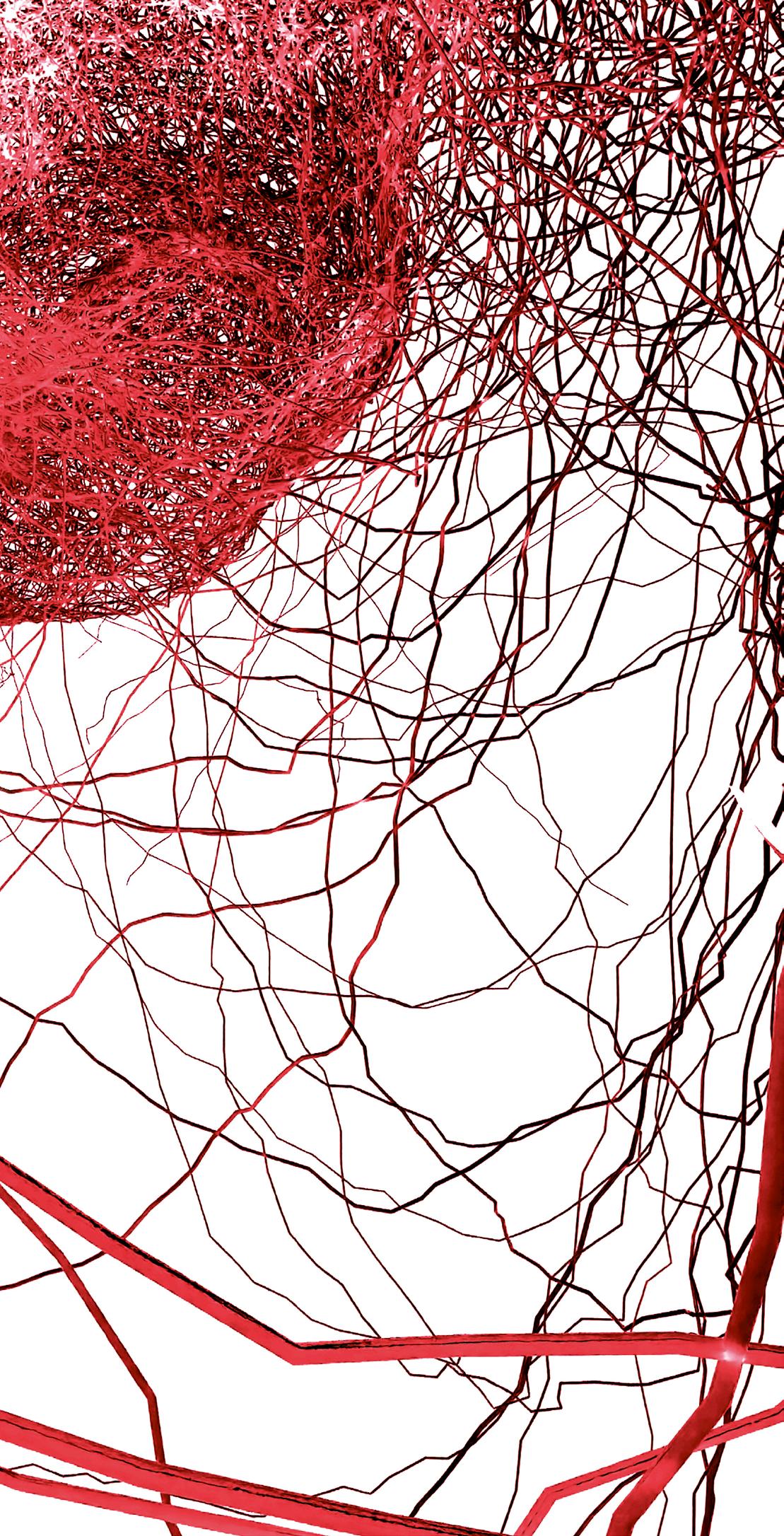
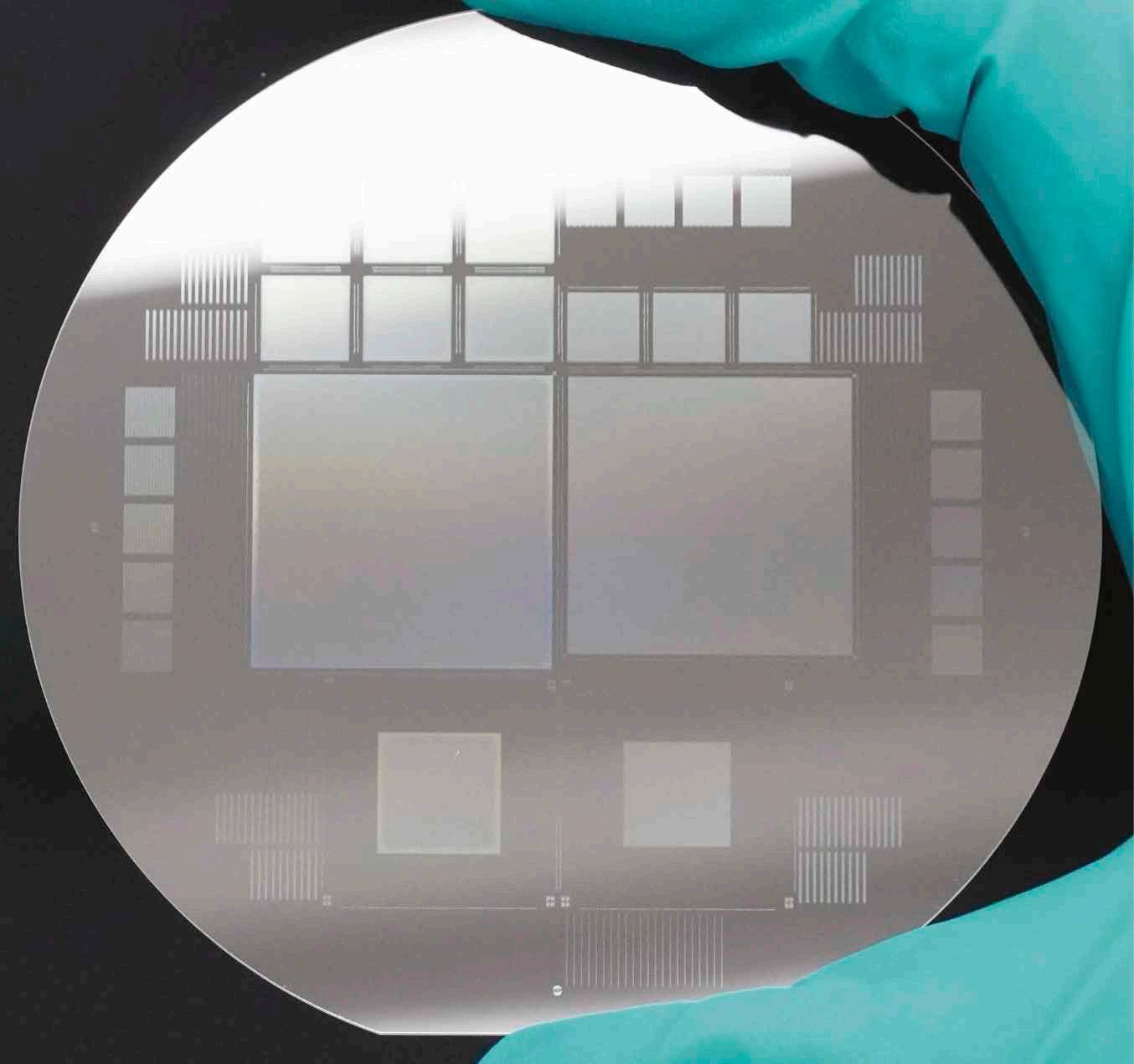
Bringing SURE to clinics
The long-term aim is to make the SURE approach available in clinics, and researchers are working to improve and refine the system while still retaining the key attributes of ultrasound, such as its interactive nature and its mobility. While the SURE approach involves a new scanning technique and some quite intensive data processing, with graphics processing units (GPUs) running in parallel to provide computational power, this doesn’t lead to any changes in the outward appearance of the ultrasound scanner. “The scanner that the patients see will be the same,” says Professor Jensen. A scanner can be essentially rolled to a patient’s bedside, and it will rapidly provide a picture of their
microvasculature. “You can take in a patient, put the probe on, push a button and see the result. We are trying to preserve the interactive nature of ultrasound,” continues Professor Jensen.
This work also helps to extend the range of ultrasound imaging, with the project team looking to open up new possibilities for clinicians. Access to a wide range of imaging techniques helps clinicians understand the condition of individual patients, and Professor Jensen says ultrasound is an important tool in the bag. “Ultrasound is very functional. You can look at flow, you can see whether things are hard or soft, you can look from different viewpoints. It’s a really good interactive tool,” he stresses.
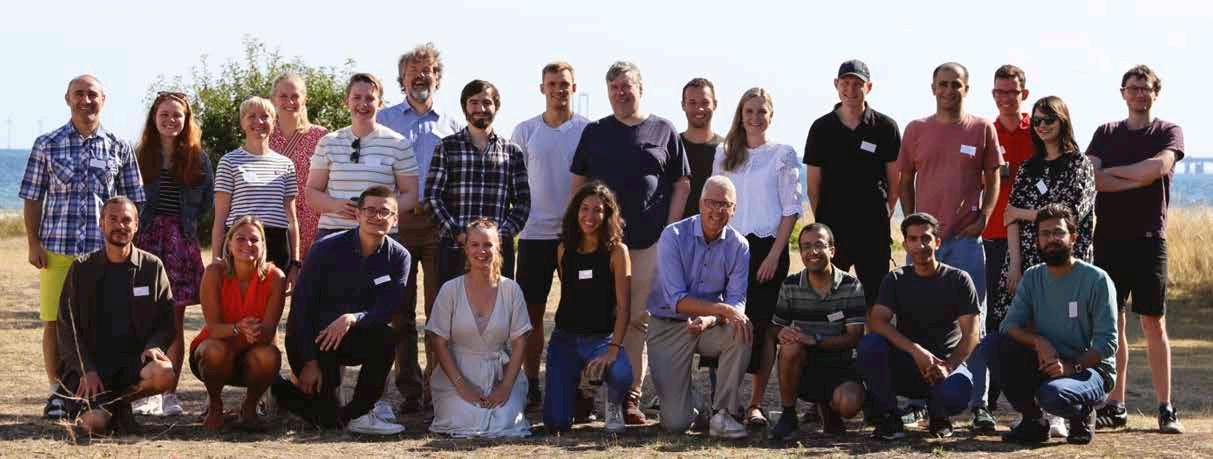
SURE
SUper Resolution ultrasound imaging using Erythrocytes
Project Objectives
Current ultrasound techniques are not able to provide a picture of the microvasculature, the smallest blood vessels in the human body. The team behind the SURE project aim to overcome existing limitations by developing a new imaging approach, using red blood cells as targets, which will allow clinicians to see vessels down to a size of 25 micrometres, opening up new possibilities in diagnosing different conditions.
Project Funding
This project has received funding from the European Union’s Horizon 2020 ERC Synergy Grant under grant agreement No 854796
Project Partners
• The Technical University of Denmark DTU • Rigshospitalet • The University of Copenhagen
Contact Details
Charlotte Mehlin Sørensen
Associate Professor Department of Biomedical Sciences
Faculty Of Health Sciences
University of Copenhagen Blegdamsvej 3B, DK-2200 Copenhagen
Denmark
T: +45 35 32 79 00
E: cmehlin@sund.ku.dk
W: https://bmi.ku.dk/english/research/ circulation-kidney-and-lung/sorensen-group/

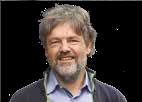


Charlotte Mehlin Sørensen is an Associate Professor in the Department of Biomedical Sciences at the University of Copenhagen. Her research focuses on kidney hemodynamics, diabetic kidney disease and incretin hormones.
Erik Vilain Thomsen is Professor in micro and nano technology at the Technical University of Denmark. He researches micromachined ultrasound transducers and their applications for super resolution ultrasound imaging.
Michael Bachmann Nielsen is a Full Professor in the Department of Clinical Medicine at the University of Copenhagen. His research interests include clinical testing of new ultrasound techniques, tumour vascularity and artificial intelligence.
Jørgen Arendt Jensen is a Full Professor of Biomedical Signal Processing within the Department of Health Technology at the Technical University of Denmark. His research interests include simulations of ultrasound imaging, synthetic aperture super resolution and 3D imaging.




Charlotte Mehlin Sørensen, Erik Vilain Thomsen, Michael Bachmann Nielsen, and Jørgen Arendt Jensen (left to right)
Breaking new ground in research requires a large team of very talented people from different research fields. The SURE team on their annual summer meeting where mile stone and project plans are discussed.
Silicon wafer with several capacitive micromachined ultrasonic transducers (CMUT) based ultrasound transducers fabricated in the SURE project. The two large arrays are row-column transducers with 512 rows and 512 columns having in total 262144 small sound emitters.
Financing the finance for energy-efficiency improvements


Renovating buildings and improving their energy efficiency performance has been identified as a key element of efforts to meet France’s climate and energy targets. However, current levels of financial support for renovation are insufficient in these terms, an issue that the FiRéno+ project , led by the consortium of ADEME, French Agency for Ecological Transition, Sustainable Finance Observatory, and Res Publica, seeks to address.
Many French banks provide loans at relatively low rates to support building renovation projects, helping improve energy efficiency and contributing to the wider goal of meeting climate and energy targets. However, current levels of support are insufficient to meet France’s energy consumption reduction targets, as outlined in the Stratégie Nationale Bas Carbone. “If we really intend to achieve the targets that have been set out, in terms of reducing energy consumption and protecting the climate, additional finance is required,” says Guillaume Lorentz of Sustainable Finance Observatory.
The consortium behind the EU-backed FiRéno+ project is now working to bring different stakeholders together in roundtables and encourage discussion, aiming to establish a shared agenda and support the transition to a more sustainable economic model. “The aim of FiRéno+ is to actively mobilise banks, private companies, national housing or habitat agencies, ministries, think tanks, consulting firms, experts, and civil society, looking to unlock finance for renovation projects,” outlines Lorentz. “A lot of banks discuss loans with their clients. They will discuss the possibility of renovating a property on the basis of the energy efficiency performance.”
The focus of attention in these discussions is the renovation of private properties, both residential and tertiary, which are typically older buildings with significant scope to improve energy efficiency. The tertiary sector accounts for around a third of the total building-related energy consumption in France and reducing that could have a significant impact in terms of meeting environmental targets.
“The building sector accounts for a large proportion of emissions, and there’s a lot of focus on it,” acknowledges Lorentz. France Stratégie indicates that an additional annual investment of around €20 to €30 billion will be required by the end of the decade for the energy renovation of buildings. “The long-term goal of the FiRéno+ project is to get more
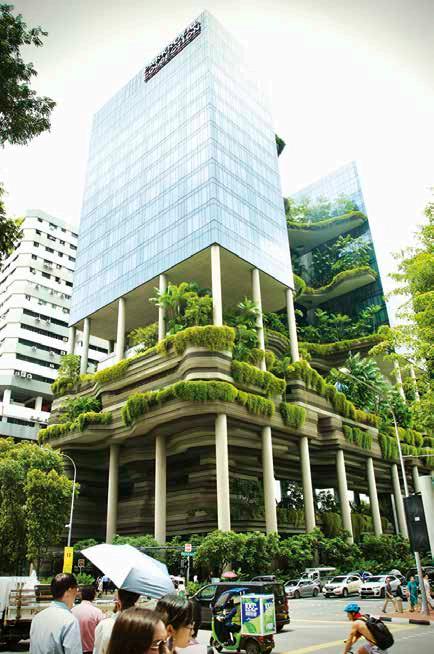
finance – in the region of 3-4 billion Euros –dedicated to renovation projects,” he says. “In the FiRéno+ project we’ve established working groups and held roundtables, bringing together different stakeholders, including banks, construction companies and private citizens, aiming to identify the barriers to investment and look at how we can scale it up.”
FiRéno+ project
This work will help the project team build a deeper understanding of how banks operate, the financial mechanisms they use, and to then encourage other institutions to apply them where they have been shown to be effective. A second major focus area for the project is on encouraging collaboration between the different stakeholders, as part of efforts to get more renovation projects up and running. “This is about understanding what energy efficiency means, and providing a greater degree of clarity on how investing in deep renovation projects can benefit different stakeholders,” explains Lorentz. From this basis, the consortium is working to stimulate renovation projects, through financial support or providing relevant
information. “We are engaged in discussions with banks and different private companies. We can help them access financial resources to fund a deep renovation project or provide information that will support them in understanding how to proceed,” continues Lorentz. “We are building tools and implementing processes to establish more and more renovation projects.”
A major priority for the project is to clarify the broad benefits of renovation, both environmental and economic. Renovated buildings consume less energy, which means lower utility bills and reduced greenhouse gas emissions — a win-win for both property
Photo by Jacky Watt on Unsplash
owners and the planet. “We’re looking at the overall picture, from energy performance to cost savings,” says Lorentz. Financial support is available, including for lowincome households, and high-performance renovations are increasingly accessible.
Energy efficiency performance
The energy efficiency performance of a property is reflected in its overall value to some extent, a point which may help to encourage investment in renovations of those buildings with relatively low ratings. However, it’s difficult to draw direct comparisons between properties in this respect and precisely assess the financial impact of improved energy efficiency. “There have been studies, but it’s challenging to put a specific value on it. Some companies are focused on identifying the intrinsic value of energy efficiency, but that tends to be for larger buildings and specific investments,” continues Lorentz. The ‘green value’ of a renovation may be difficult to quantify, yet Lorentz says this

Over the past months, stakeholders from across the renovation ecosystem have collaborated to design and test innovative solutions. The Plenary Restitution Session will unveil the concrete actions and shared insights developed on June 19th in Paris. This event is a unique opportunity for project members, partners, and curious minds alike to come together and see how collective efforts are turning ideas into real impact. For more information, please visit: www.fireno-plus.fr
“FiRéno+ aims to actively mobilise banks , private companies , national housing or habitat agencies , ministries , think tanks , consulting firms , experts , and civil society, looking to unlock finance for renovation projects.”
can be persuasive in encouraging banks to support such projects, so the project team are working to build a fuller picture in this area. “We really want to provide a better understanding about the value of green loan when it comes to renovation projects, which is something we are

currently working on,” he says.
A bank typically needs a lot of information and supporting evidence when considering whether to offer a loan and assessing the risk of default. When the level of risk has been reduced banks are often keen to get involved, in part to
FiRéno+
French roundtables for scaling up investment in energy efficiency and integrated renewables in the Building Sector
Project Objectives
FiRéno+ aims to massify the financing of efficient building renovation. It sets three objectives:
1. Collectively develop solutions to remove barriers to increasing funding for efficient renovations
2. Foster mutually beneficial actions and longterm collaboration between public authorities, the private sector and property owners.
3. Propose turnkey solutions passed on to decision-makers to increase investments and reduce greenhouse gas emissions
Project Funding
This project has received funding from the EU LIFE programme 2021 –2027 under grant agreement no 101119759.

Project Partners
• ADEME - https://www.ademe.fr/
The Agency for Ecological Transition participates in the implementation of public policies in the fields of the environment, energy, and sustainable development. It also helps to finance projects.
• Res Publica - https://en.respublica-conseil.fr/
Contact Details
Project Coordinator, Guillaume Lorentz
2, Place de la Bourse
75002 Paris (office address)
T: ++33 6 62 75 64 88

E: guillaume.lorentz@sf-observatory.org : https://www.linkedin.com/in/guillaumelorentz/
W: www.sustainablefinanceobservatory.org
Views and opinions expressed are however those of the author(s) only and do not necessarily reflect those of the European Union or CINEA.

has over twenty years of experience in the financial sector, and works to identify, quantify and manage climate-related risks.


demonstrate their green credentials to a wider public increasingly concerned about environmental and sustainability issues. “We see banks and other organisations placing an increasing level of emphasis on their green asset ratio. Under the Basel reforms, banks are expected to publish their exposure, in terms of energy efficiency work on real estate buildings,” says Lorentz. The project team are working to essentially align financial markets with the Paris Agreement, so that they support the level of investment required to meet
Lorentz is looking to make clear progress by the time the project concludes in September. “We would like to address the key barriers limiting the number of renovation projects,” he outlines. “Tools and processes have now been provided to encourage banks to develop loans and explore new financial mechanisms for renovation, and to ultimately increase the number of projects that go ahead. We also want to support the involvement of private firms in renovating the homes of their employees.”
“If we really intend to achieve the targets that have been set out, in terms of reducing energy consumption and protecting the climate, additional finance is required,”
environmental targets; banks need clear information in this respect. “It is important for banks to know their footprint in terms of their green investments, so they have the ability to define what is going on when they provide a loan. So where a loan is supporting energy-efficient renovation projects, the bank will get all the relevant information,” continues Lorentz.
This could mean for example the European Taxonomy for sustainable finance, classifying those activities that can be considered environmentally sustainable, as well as describing potential differences in terms of re-financing rates. These topics are under discussion between the different stakeholders, with four roundtables already held, and

The backdrop to this work is the goal of improving the energy efficiency of buildings, in line with the targets set out in the Paris Agreement of 2015. Scaling up energy renovation appears to be a key driver of the transition. In fact, it offers a way to address issues such as poor housing conditions — and thus social challenges — CO2 emissions, and energy sovereignty. The FiRéno+ team are working towards these goals, and while the project itself is set to conclude in September, Lorentz says their work will have a long-term impact beyond the end of the funding term. “FiRéno+ aims to develop a toolkit and set of processes, opening up new opportunities to renovate buildings,” he says.
Guillaume Lorentz works at the Sustainable Finance Observatory thinktank in Paris. He
Guillaume Lorentz


